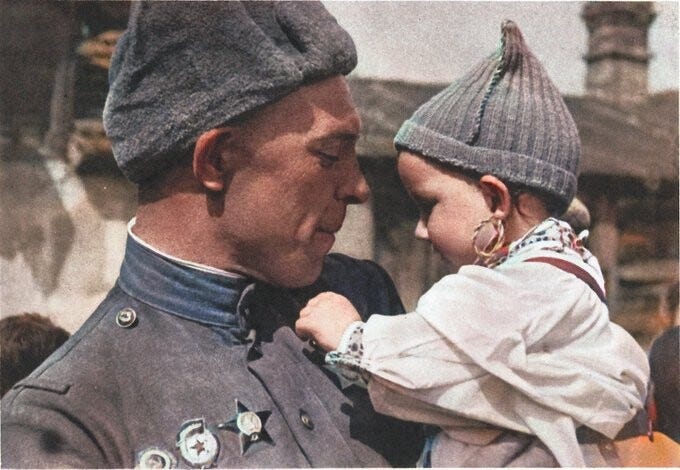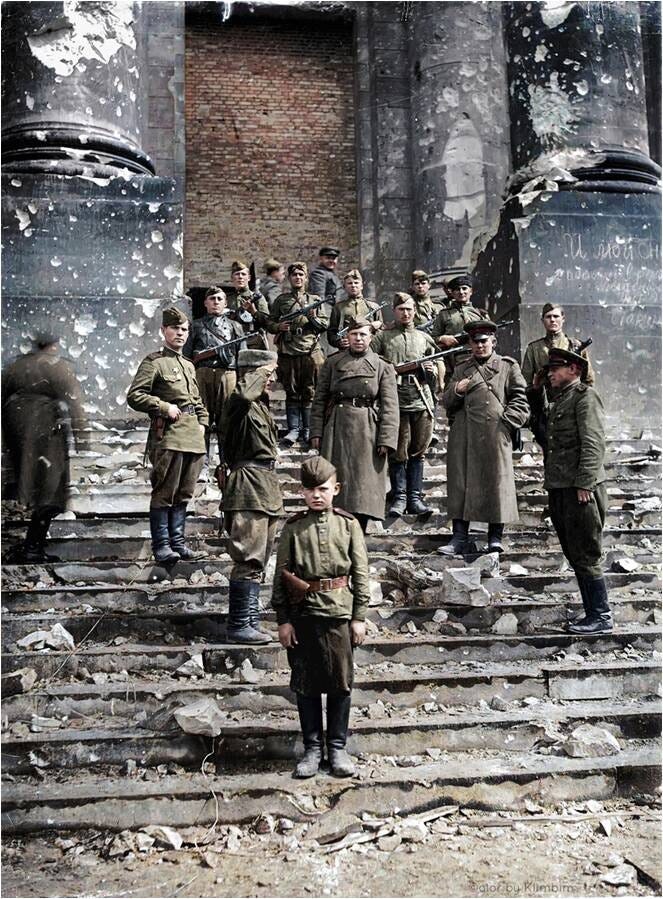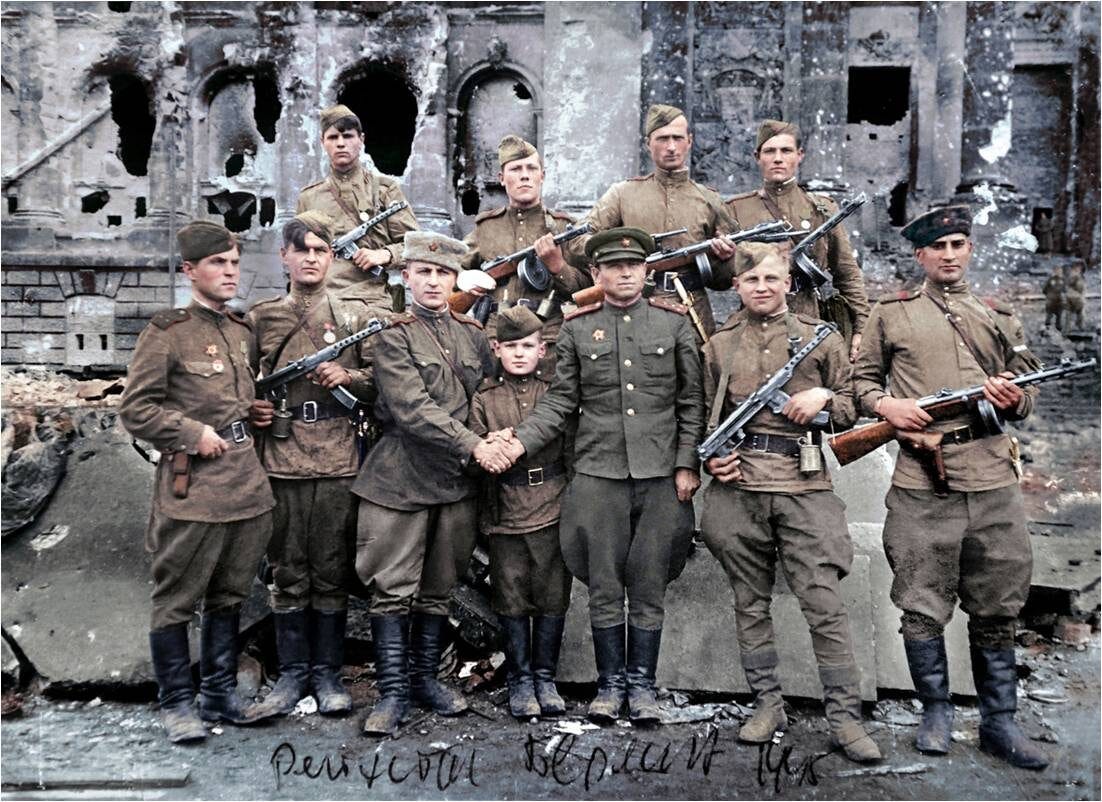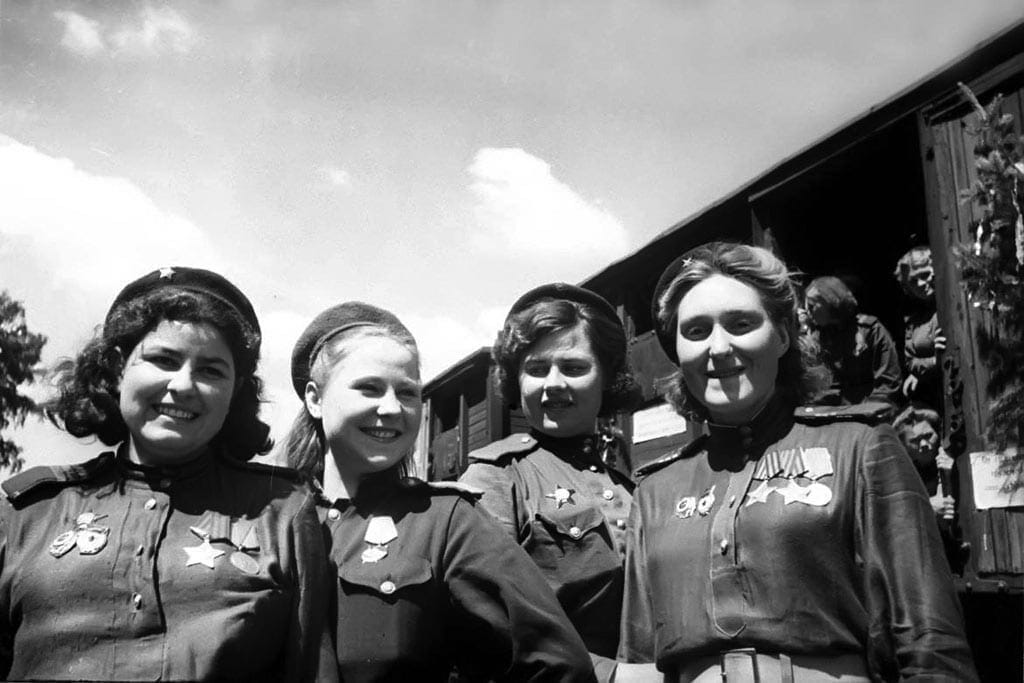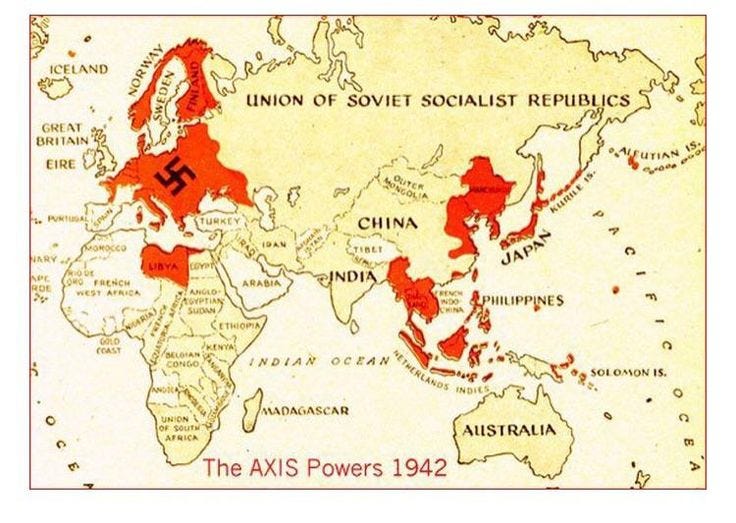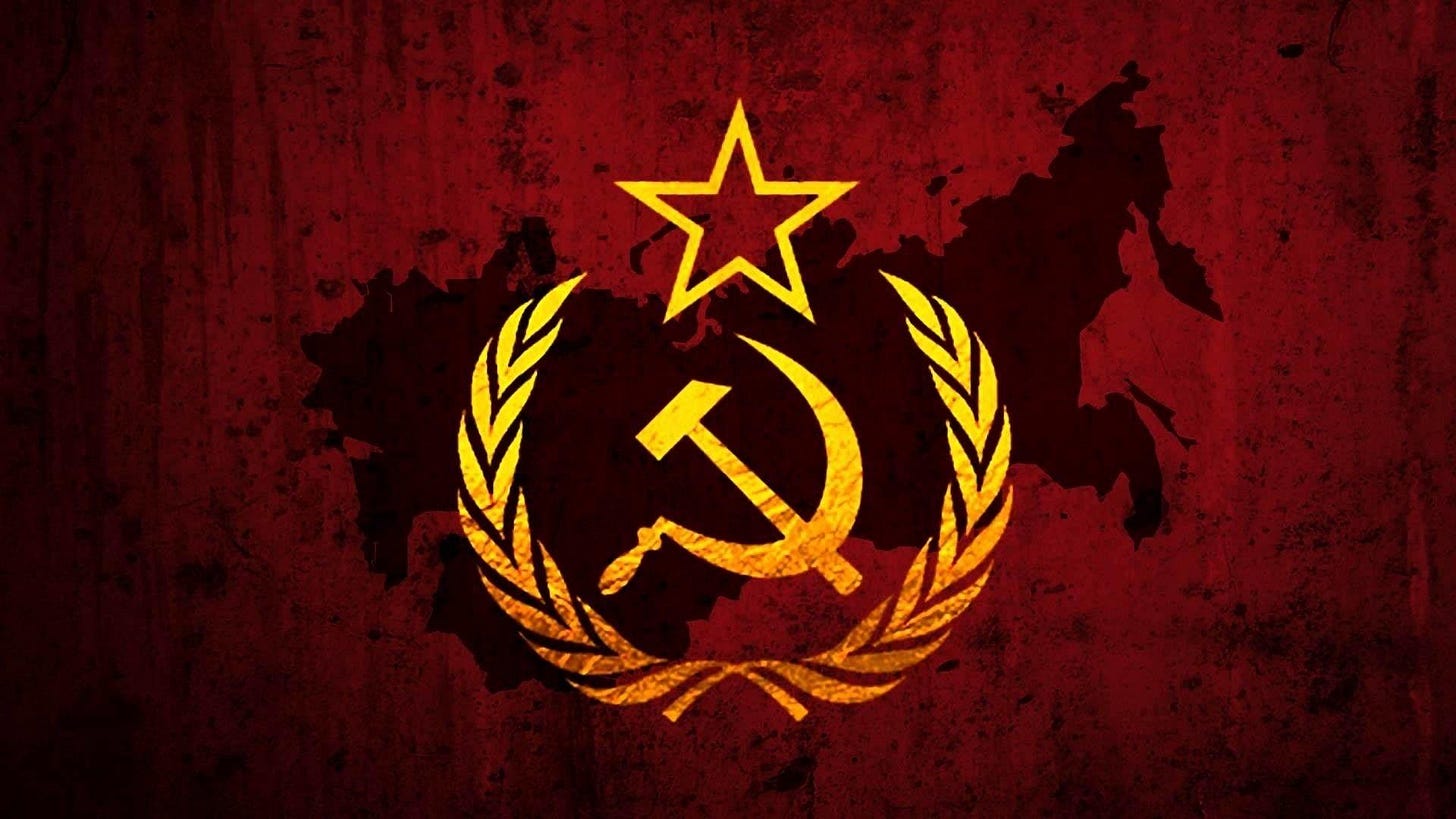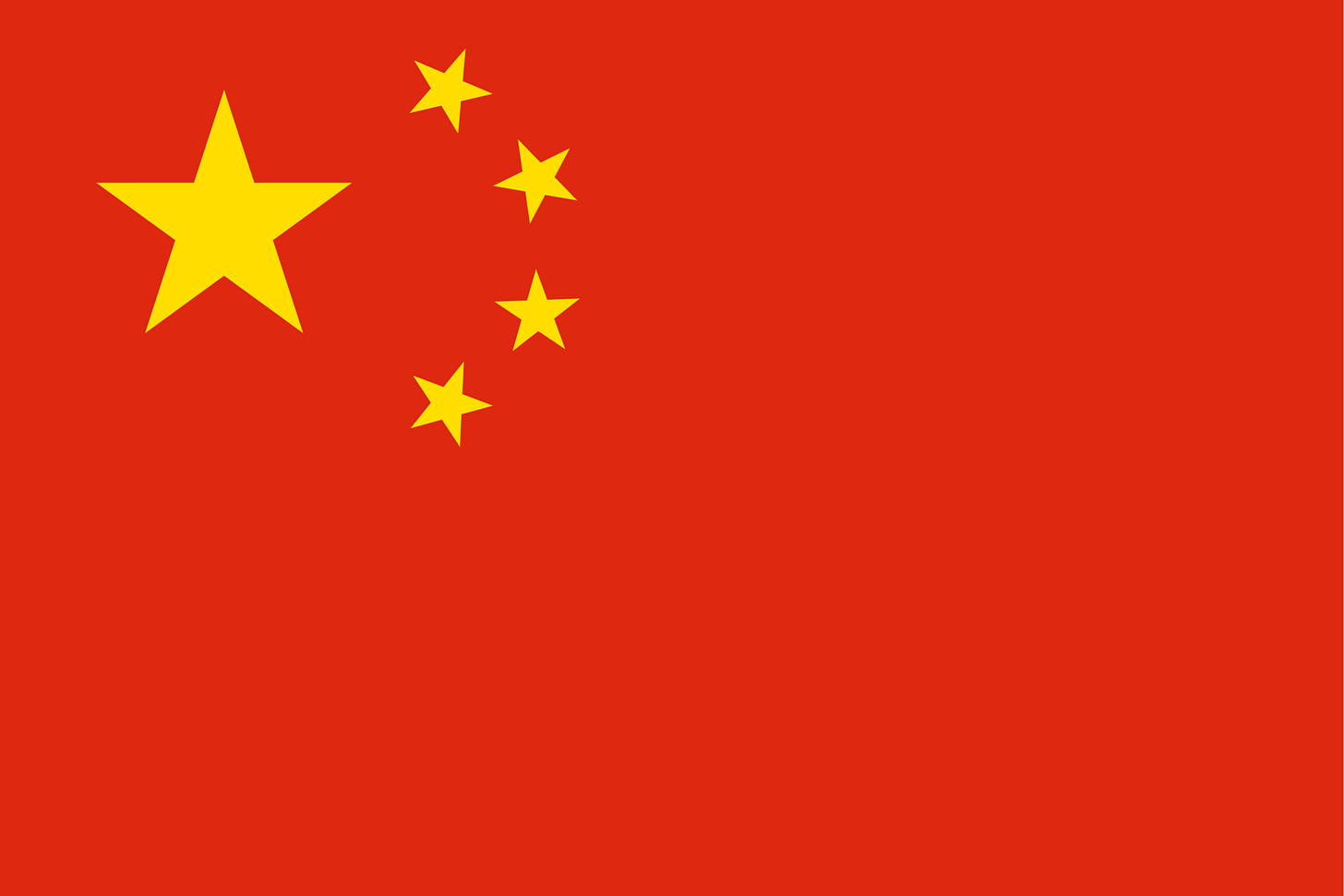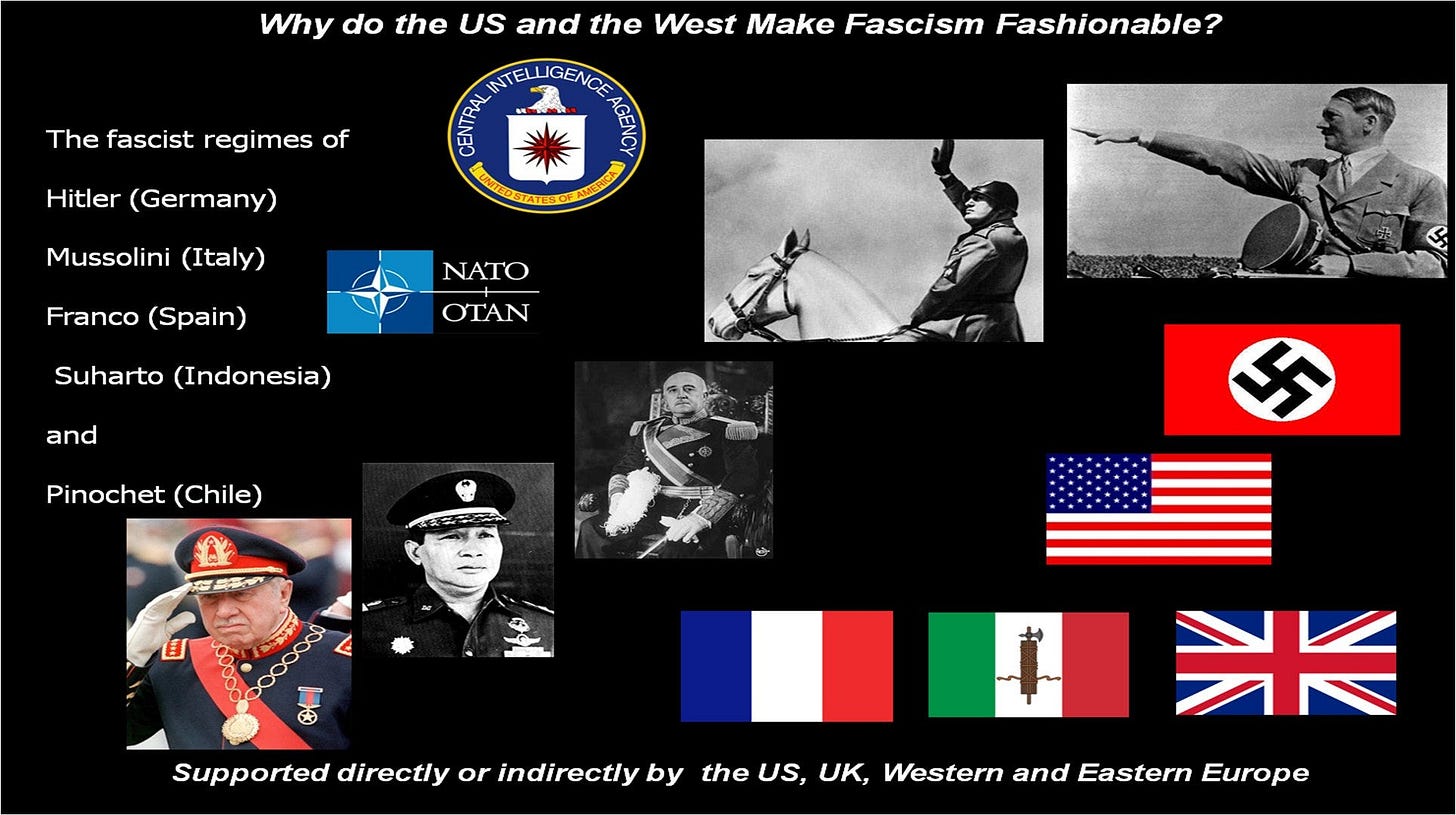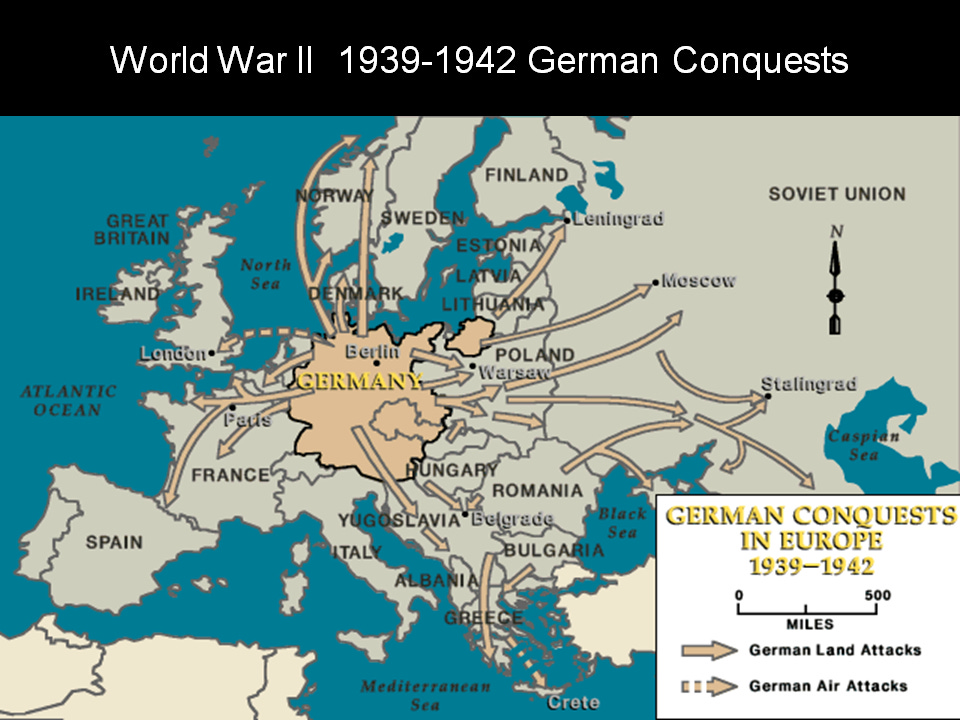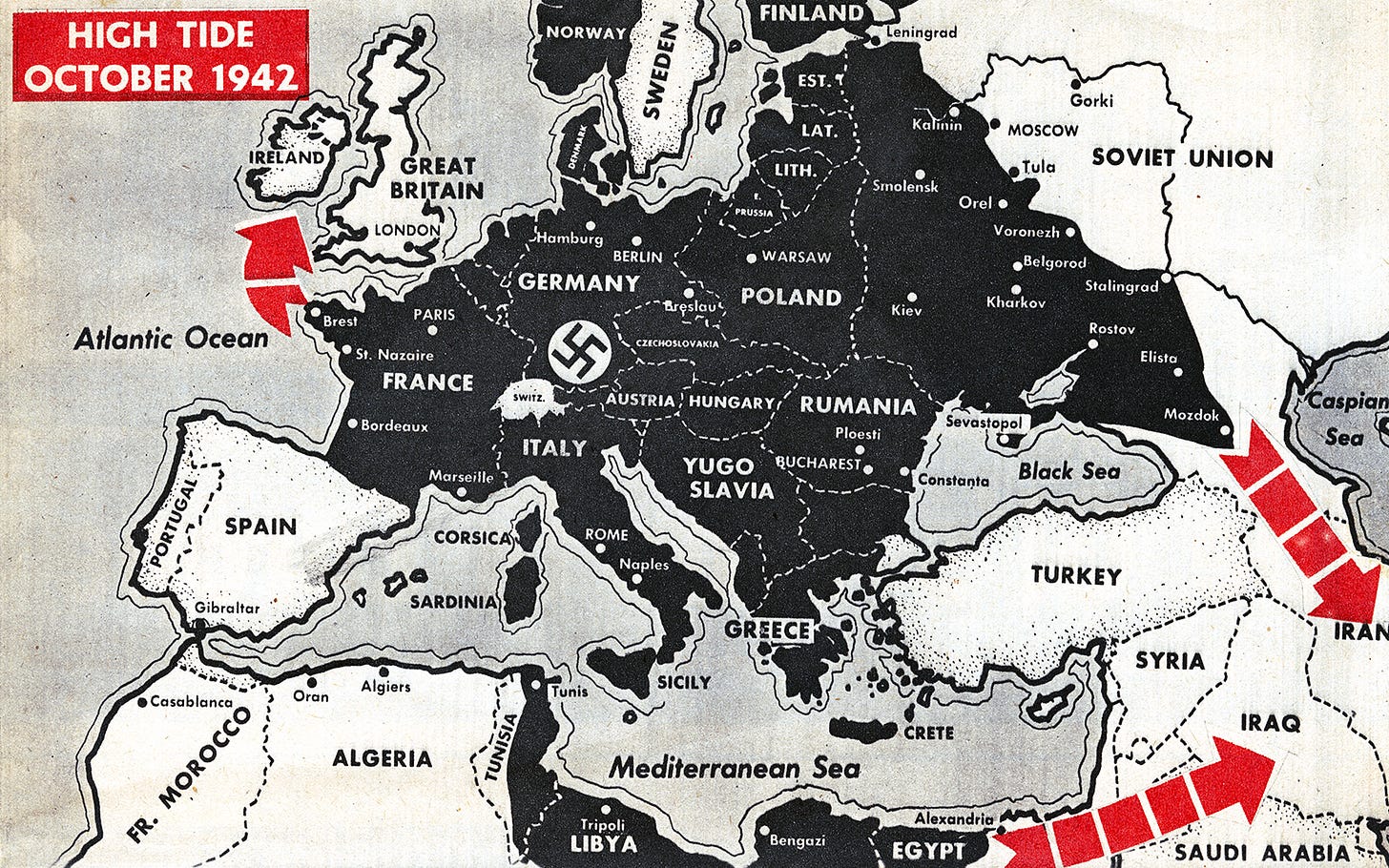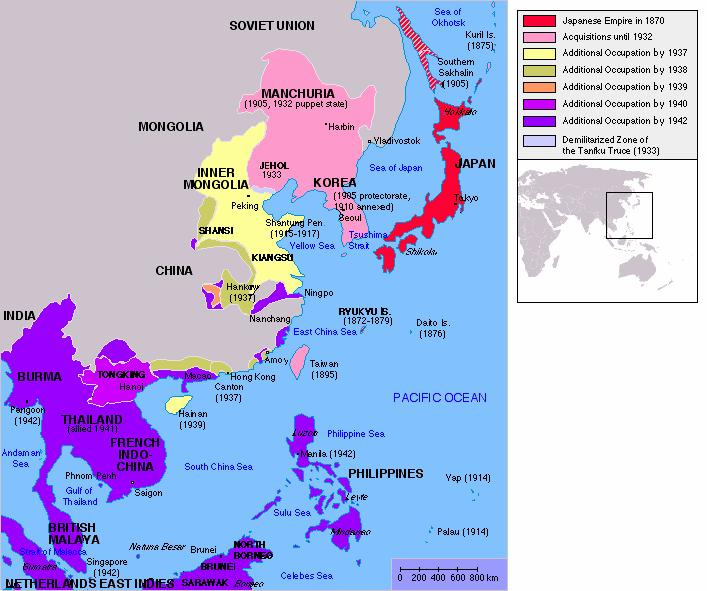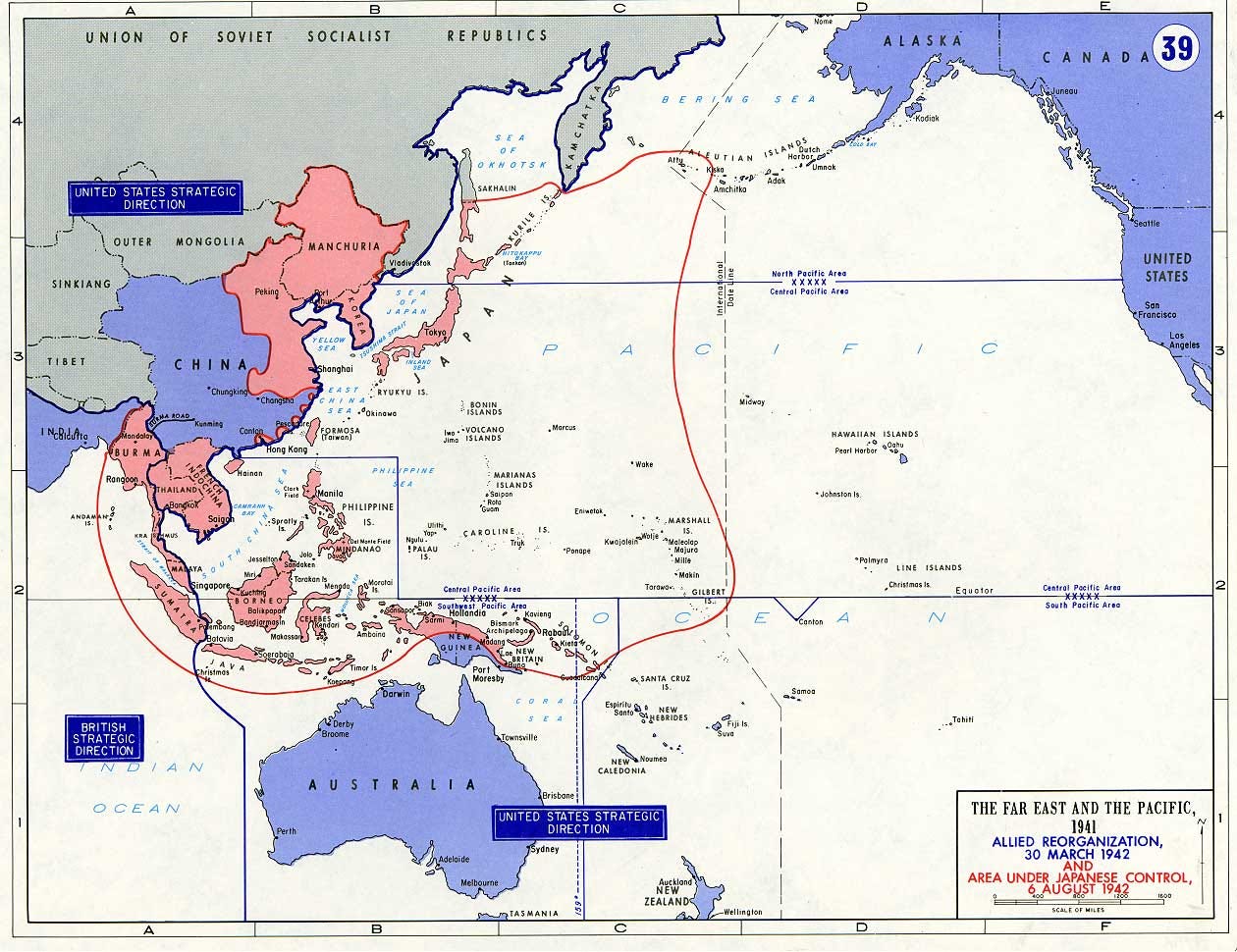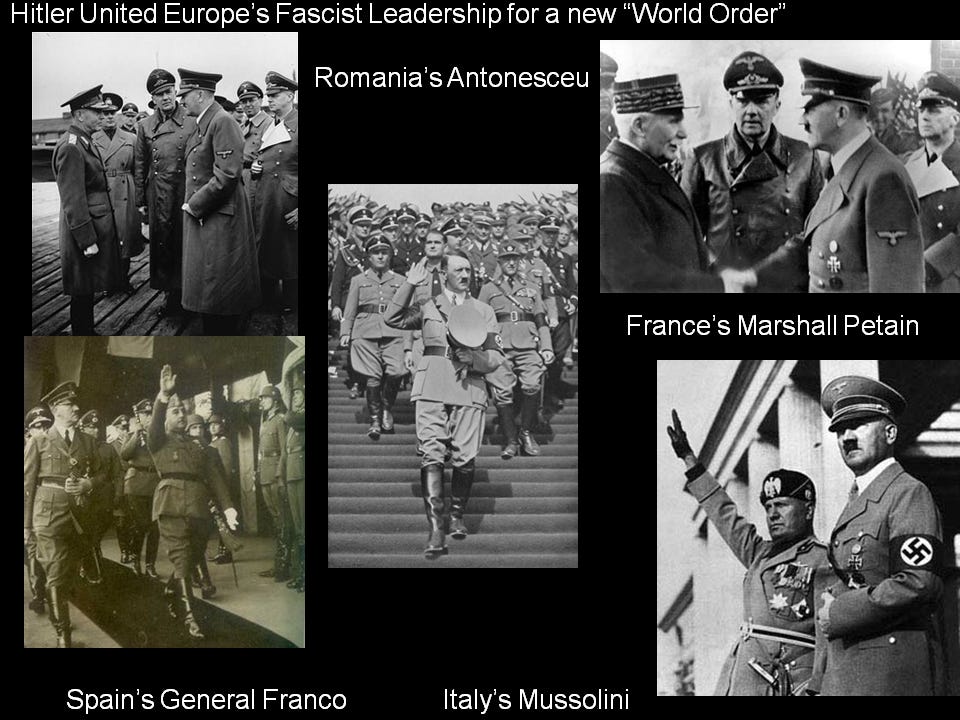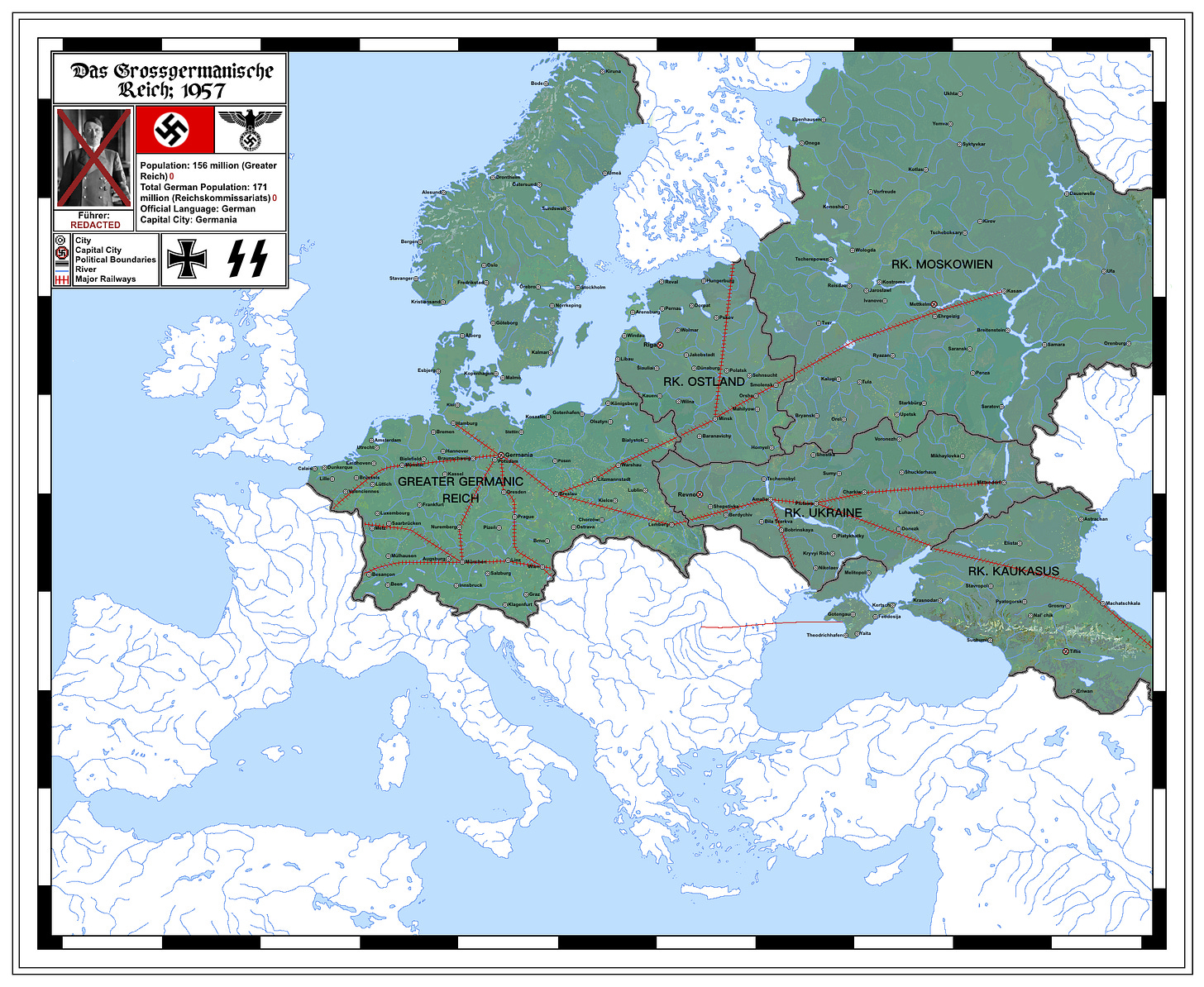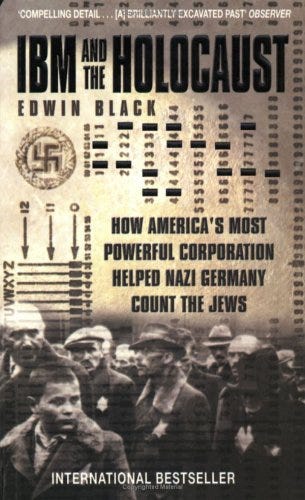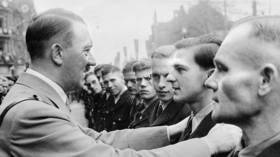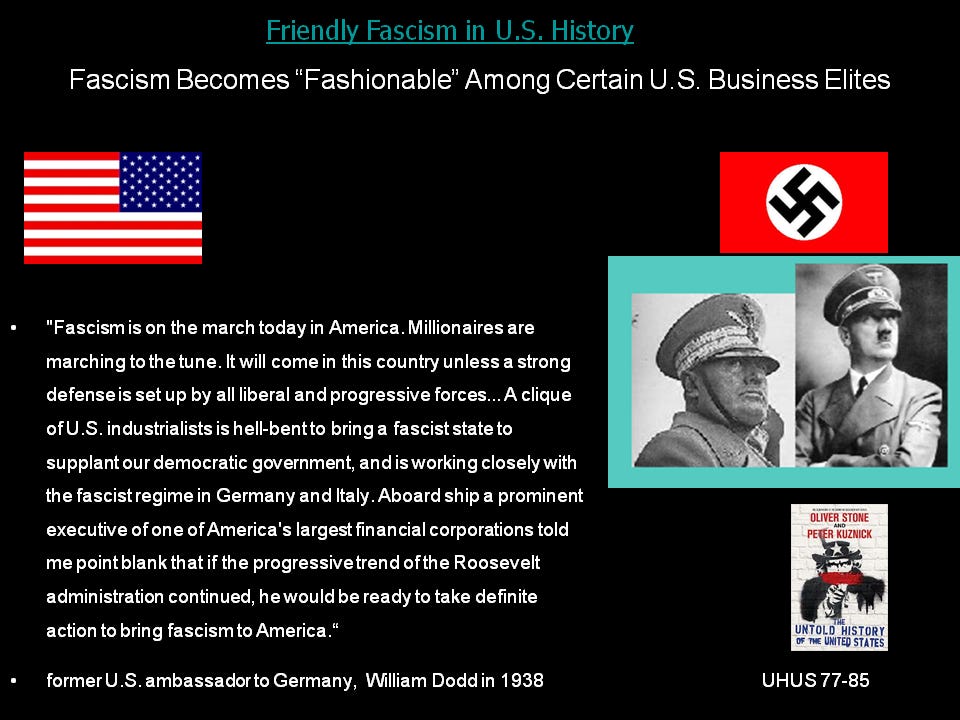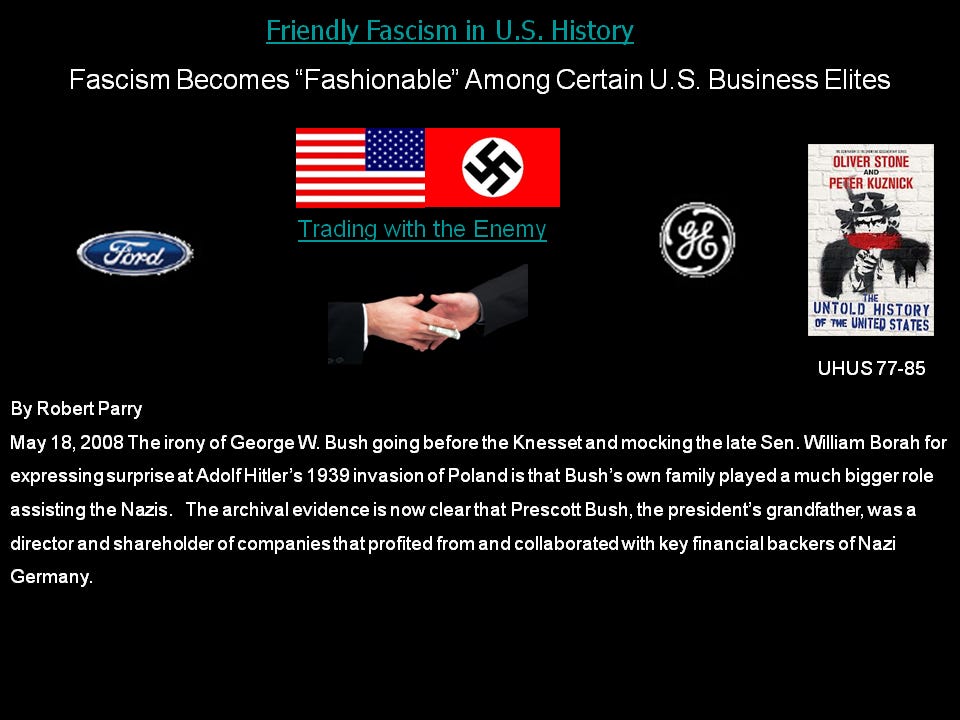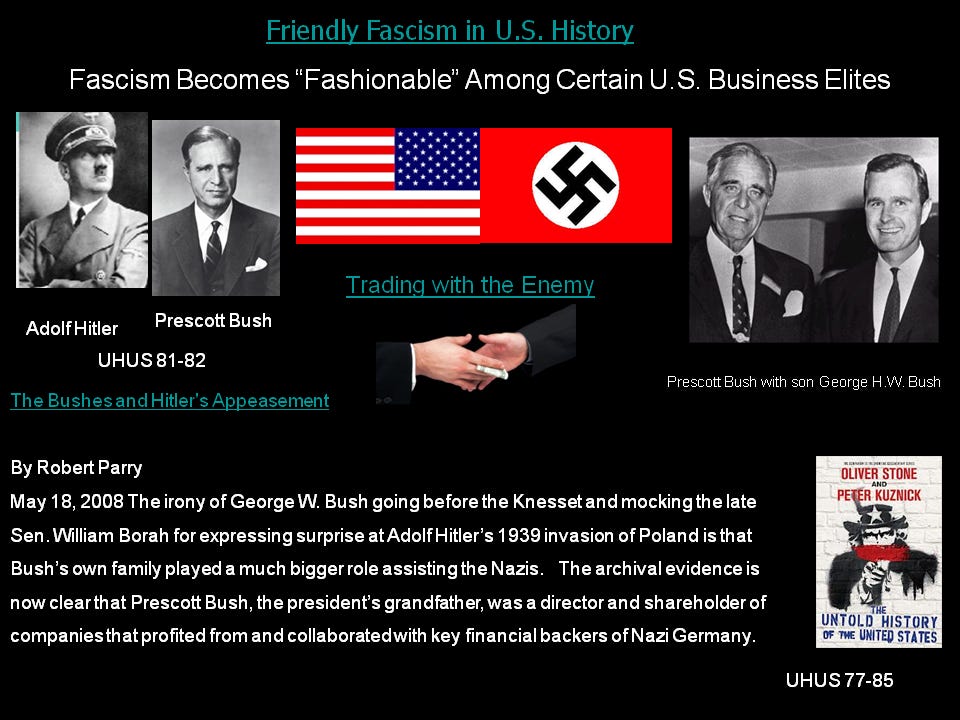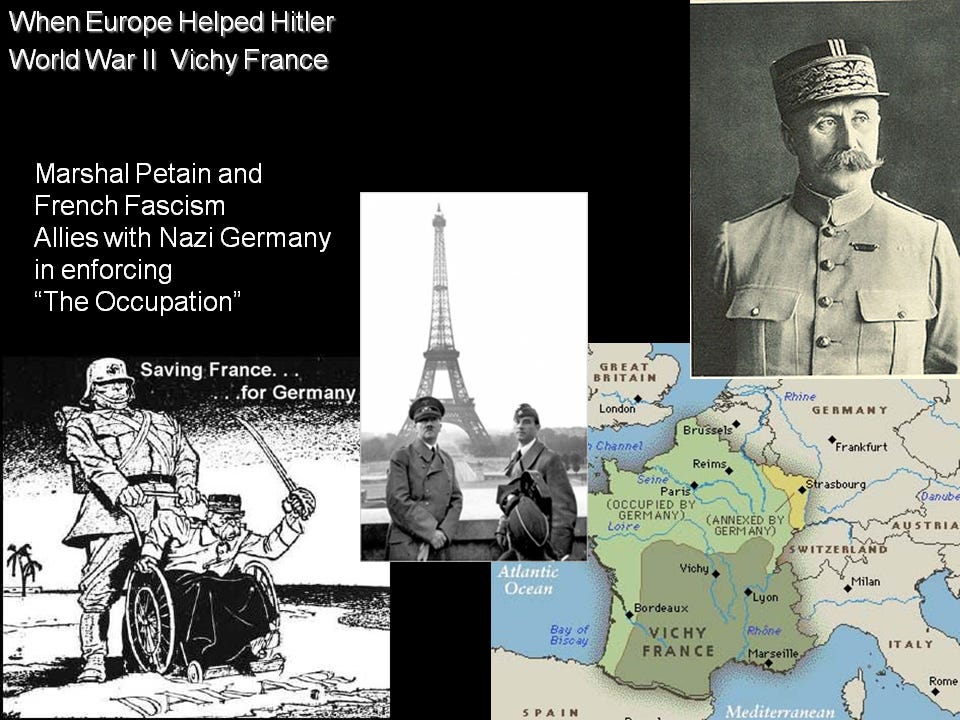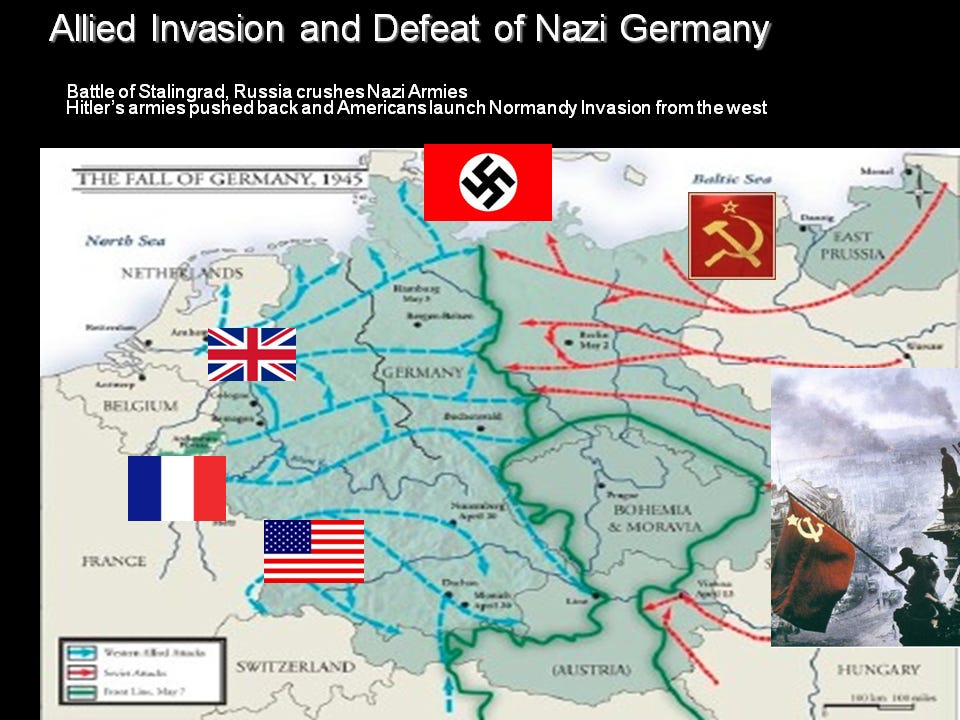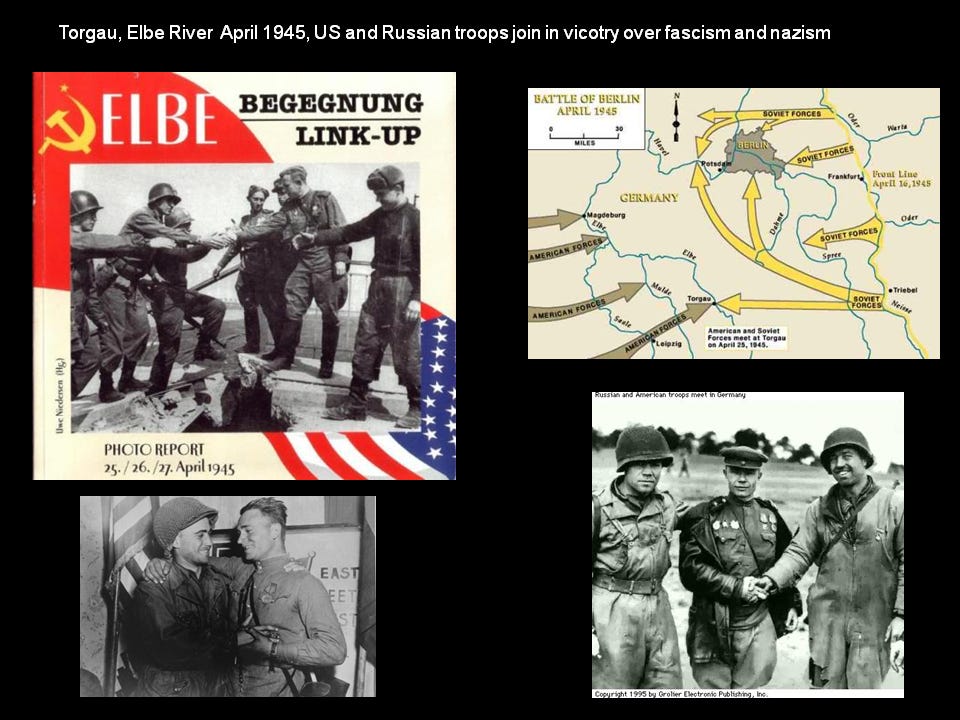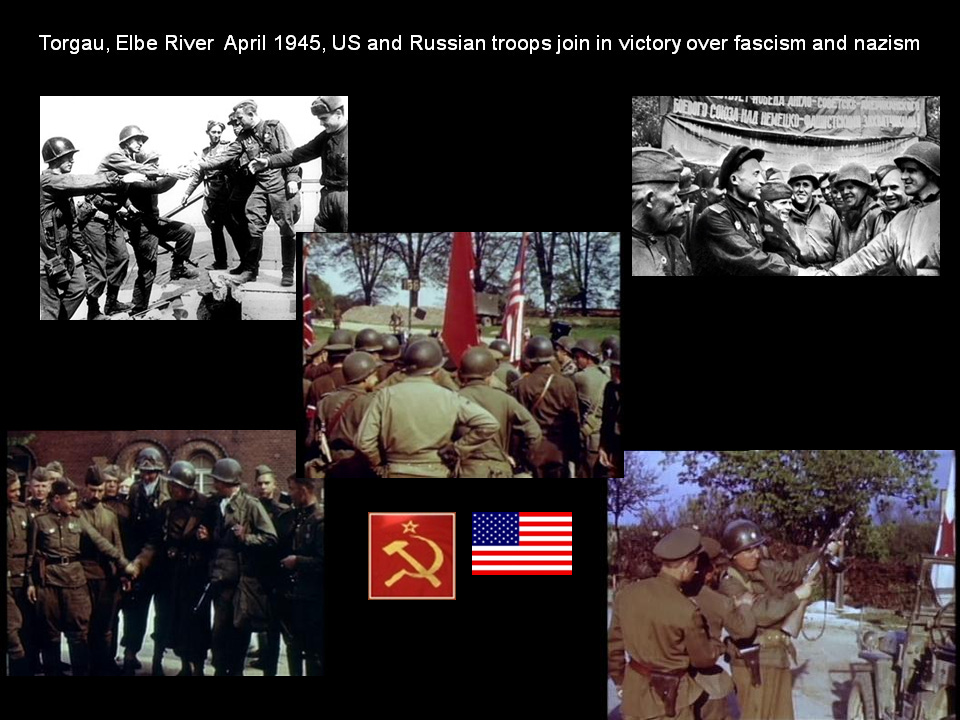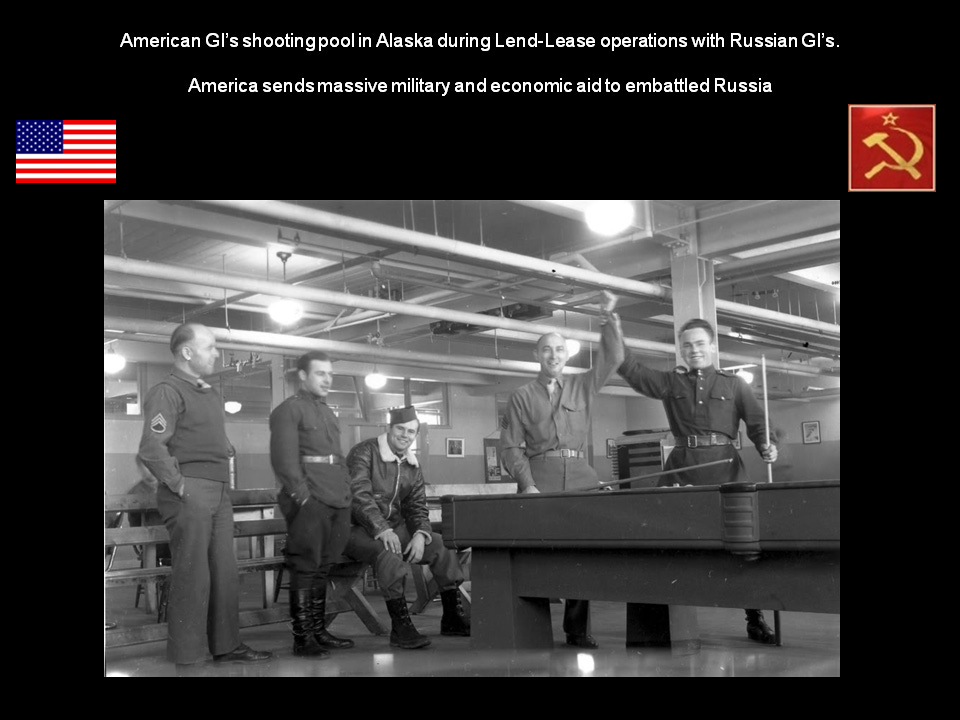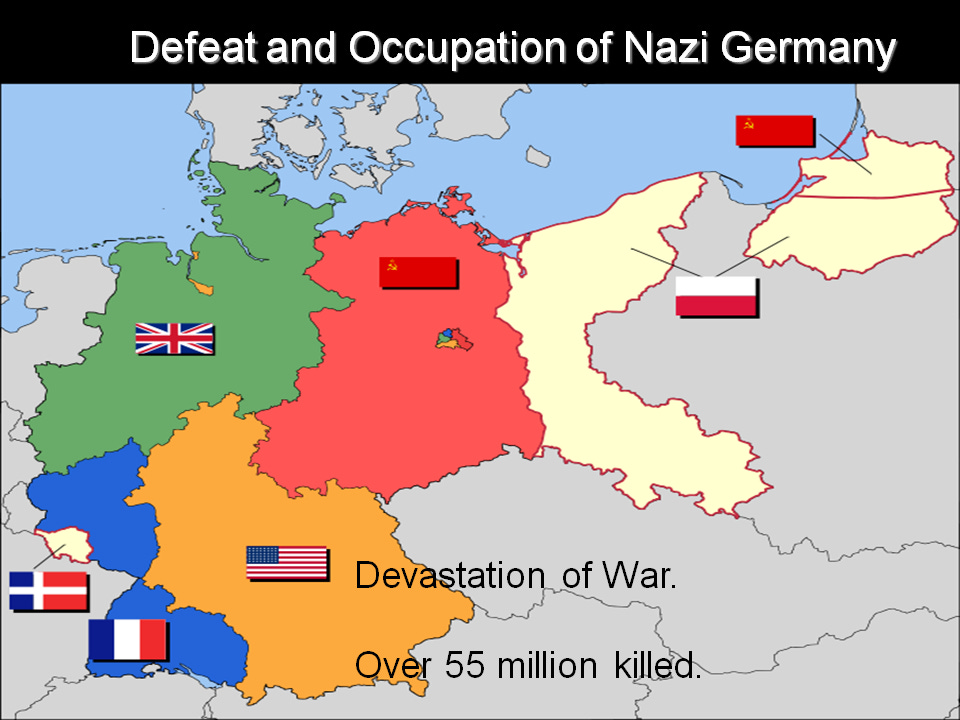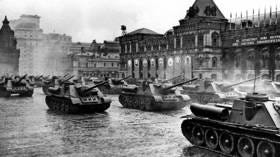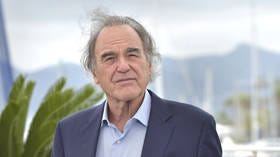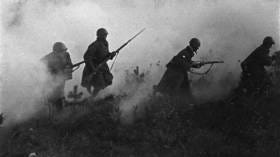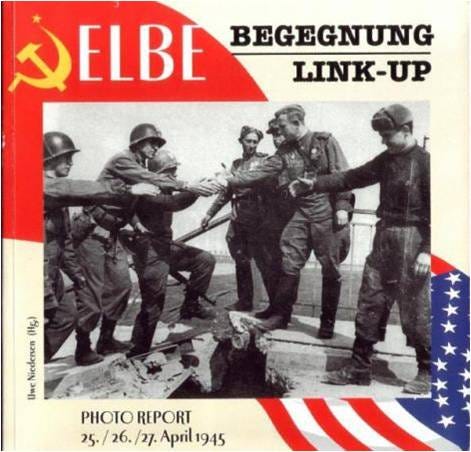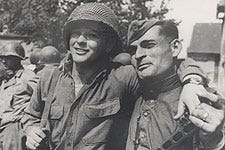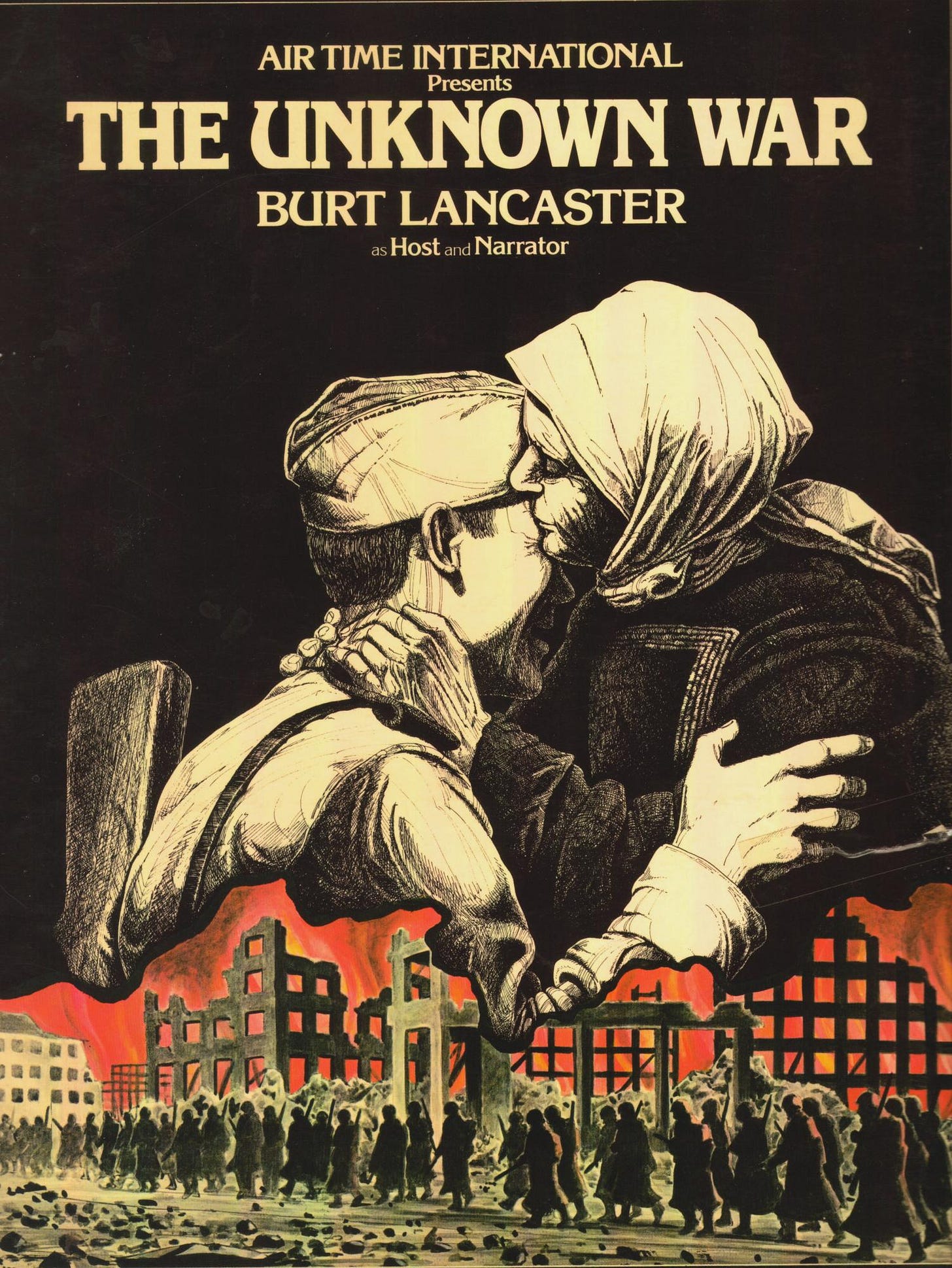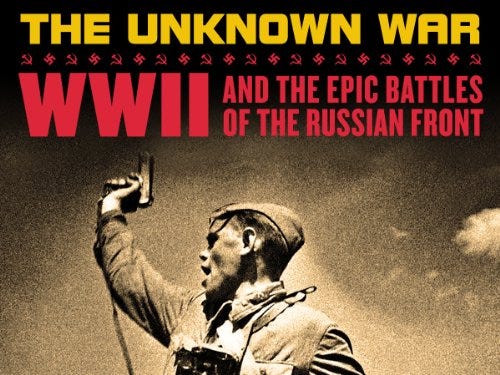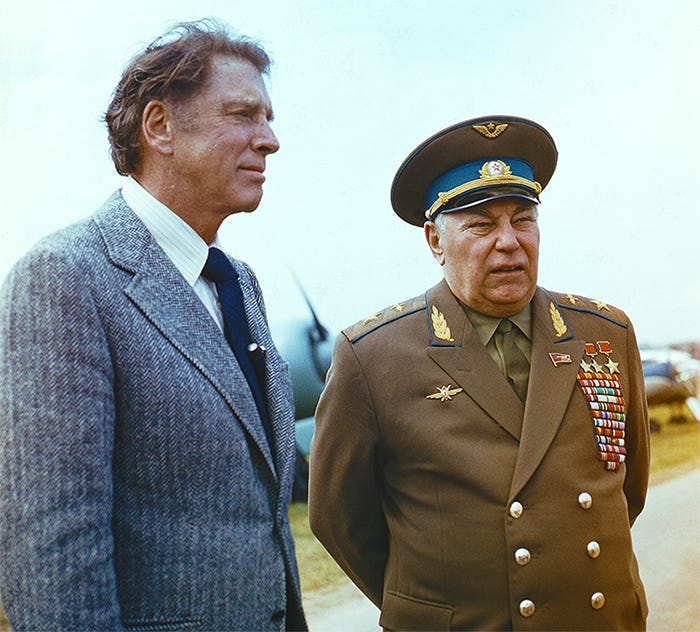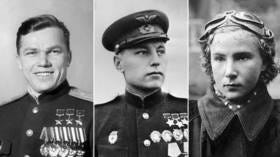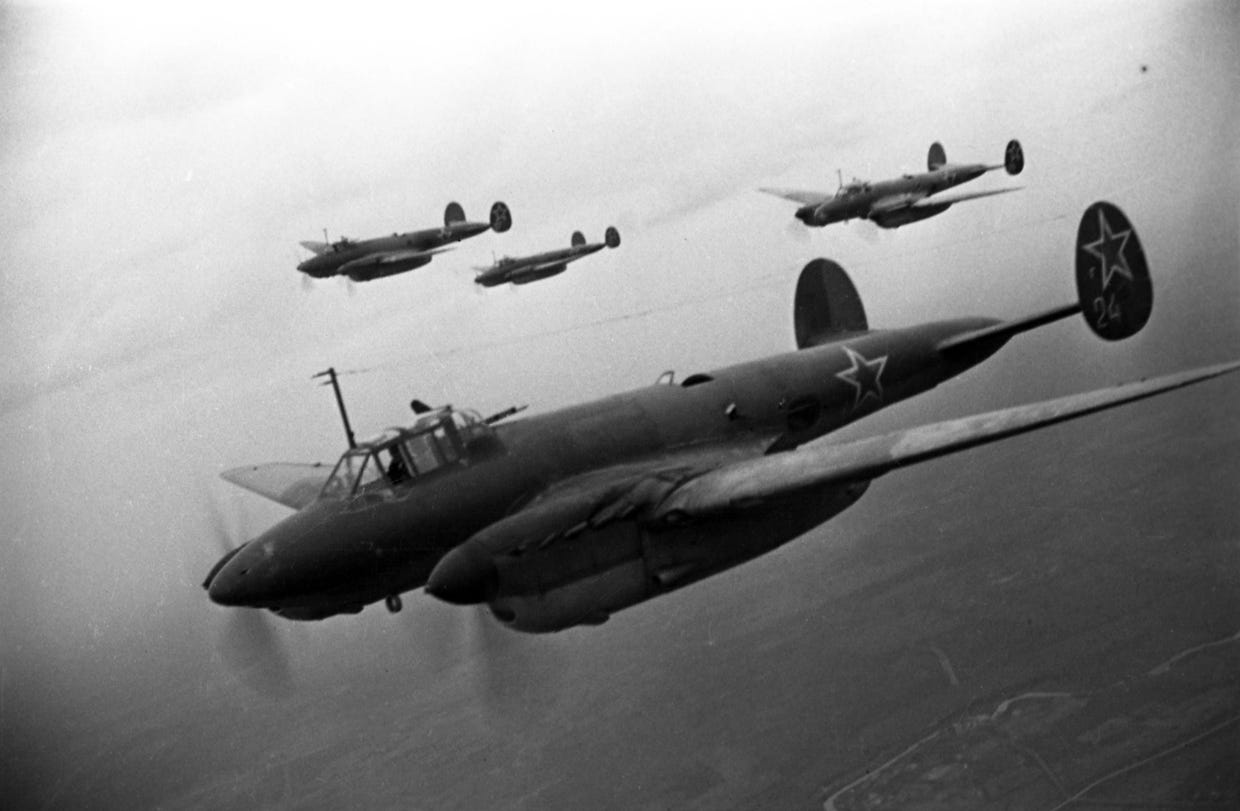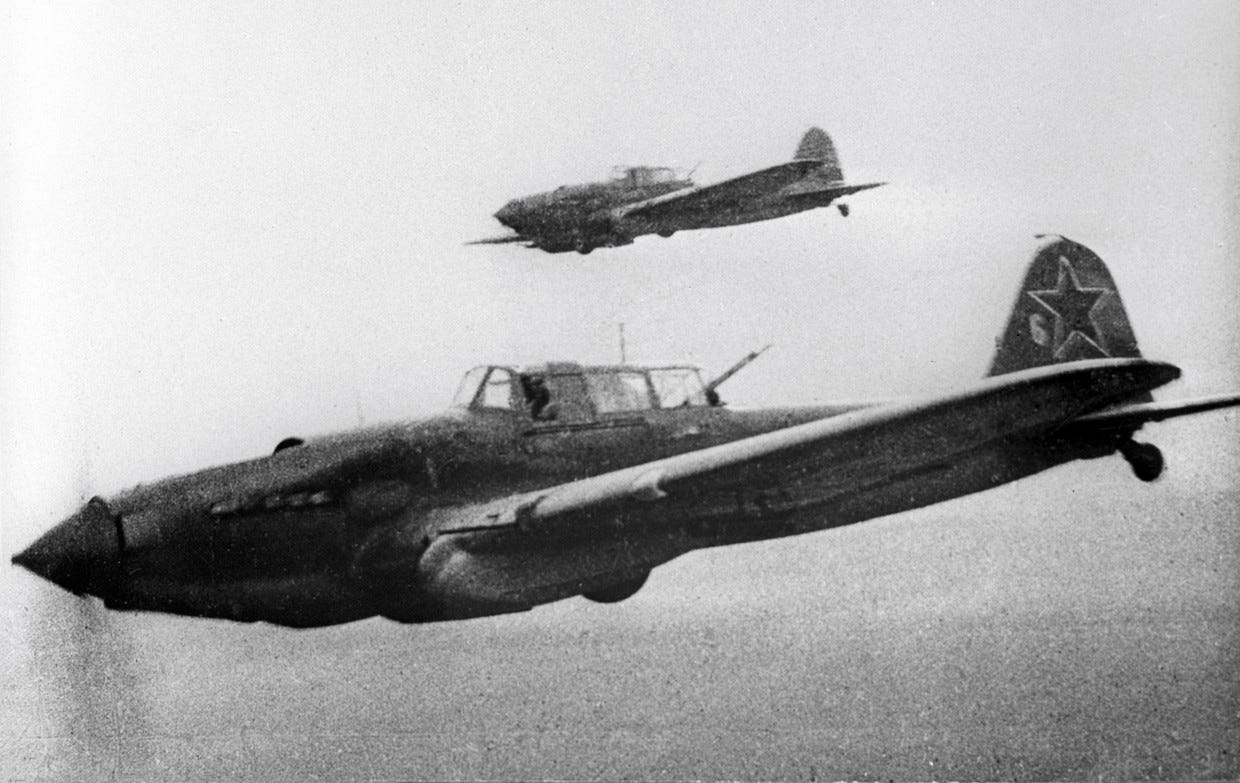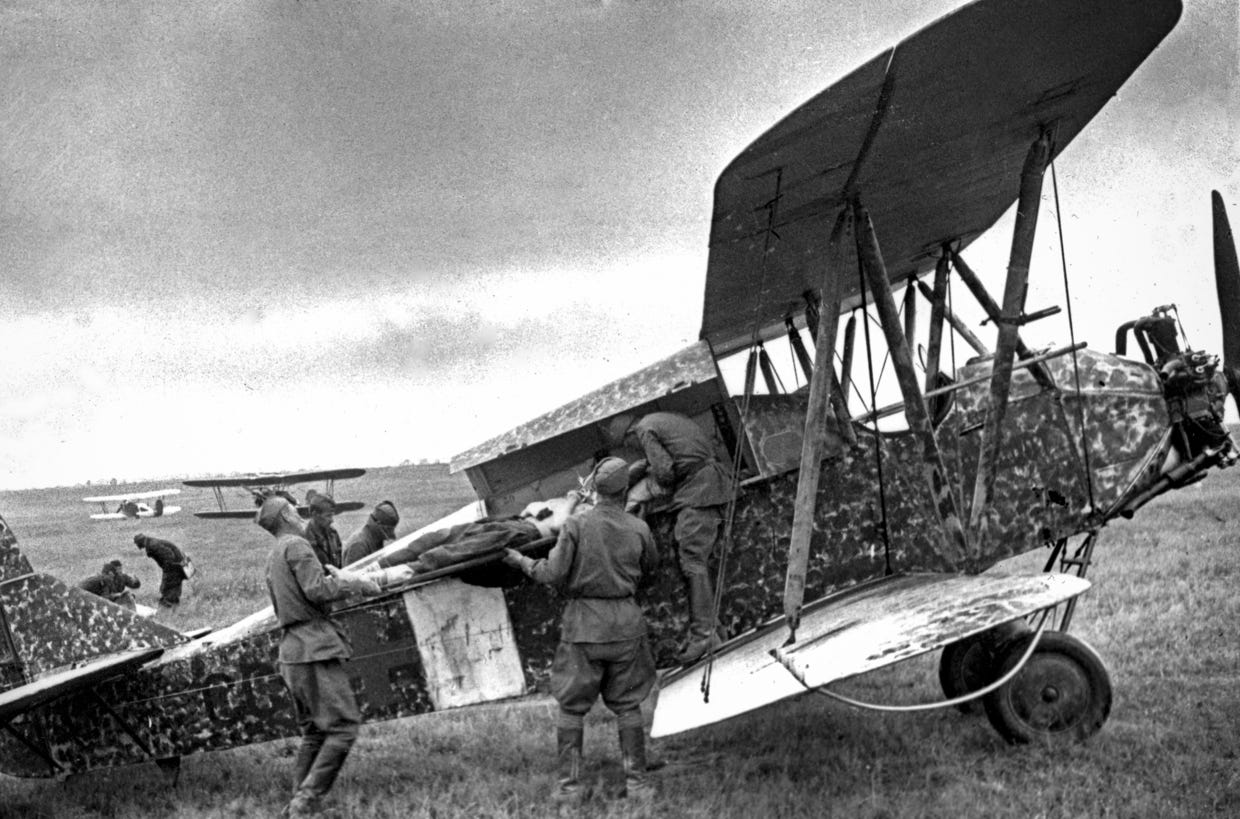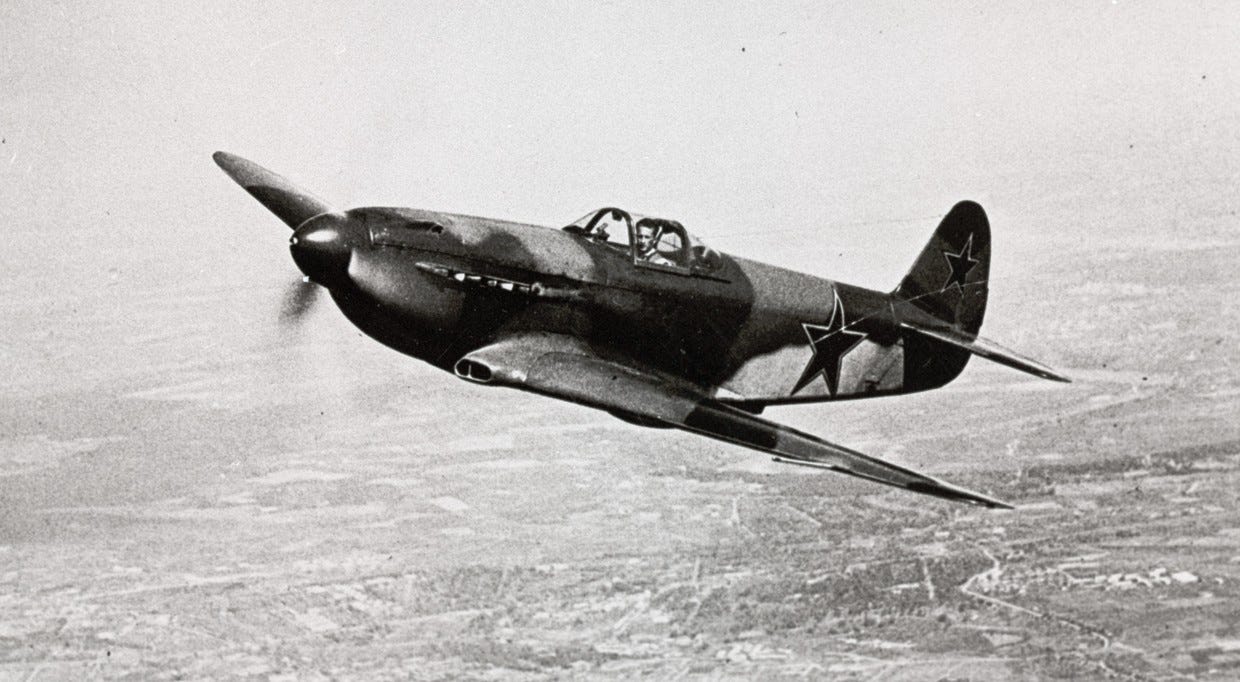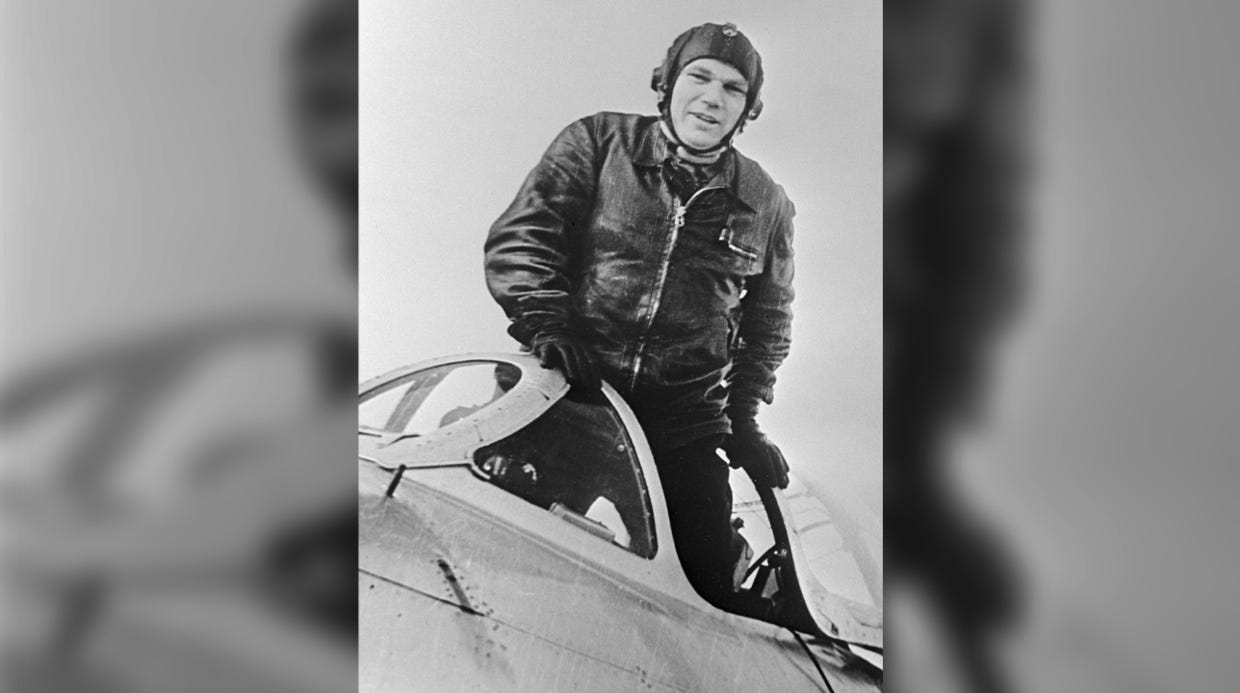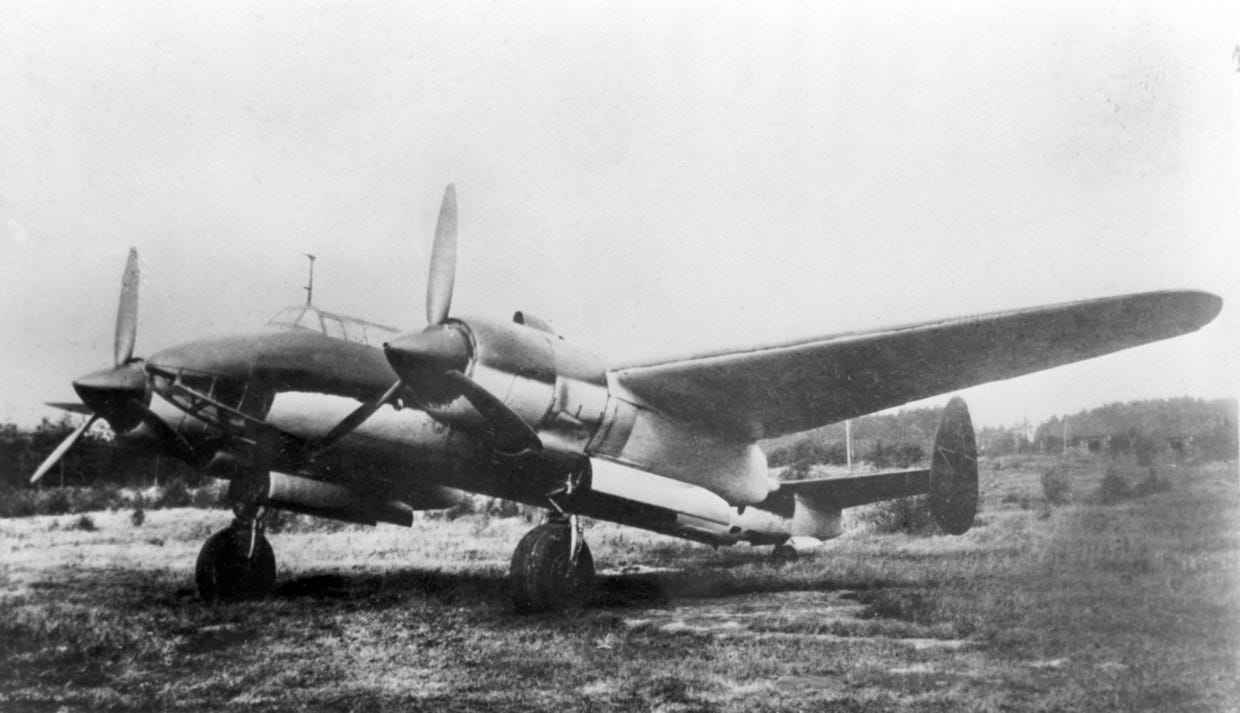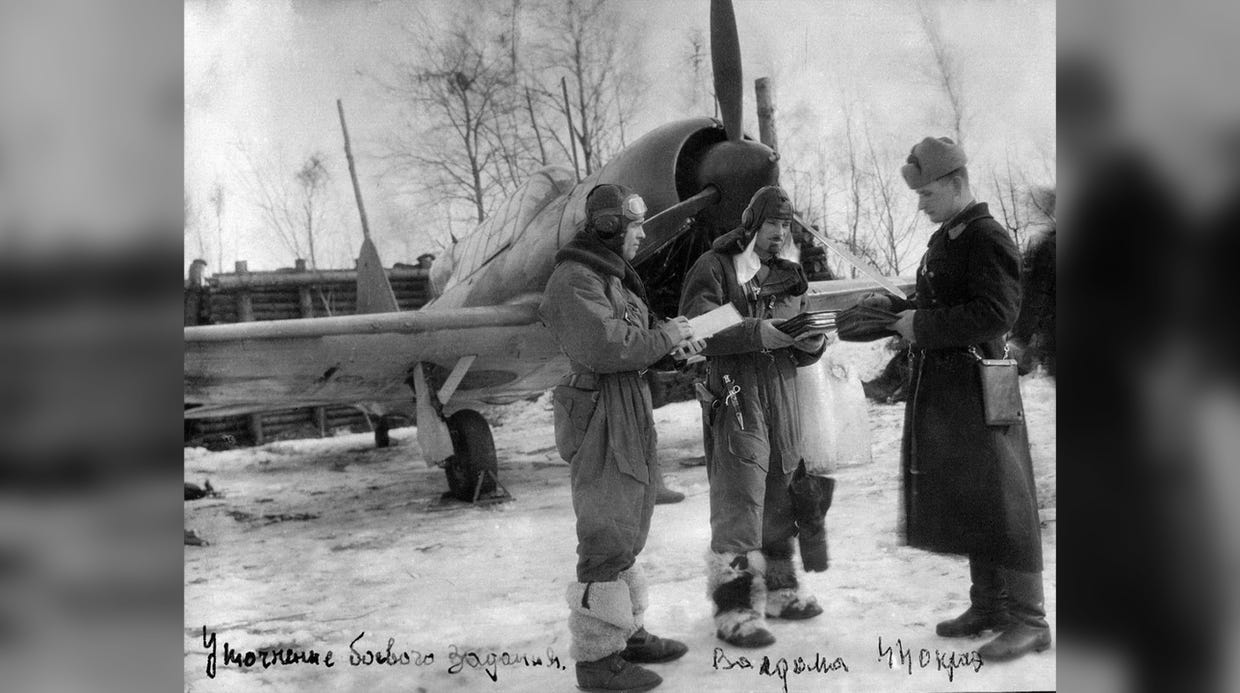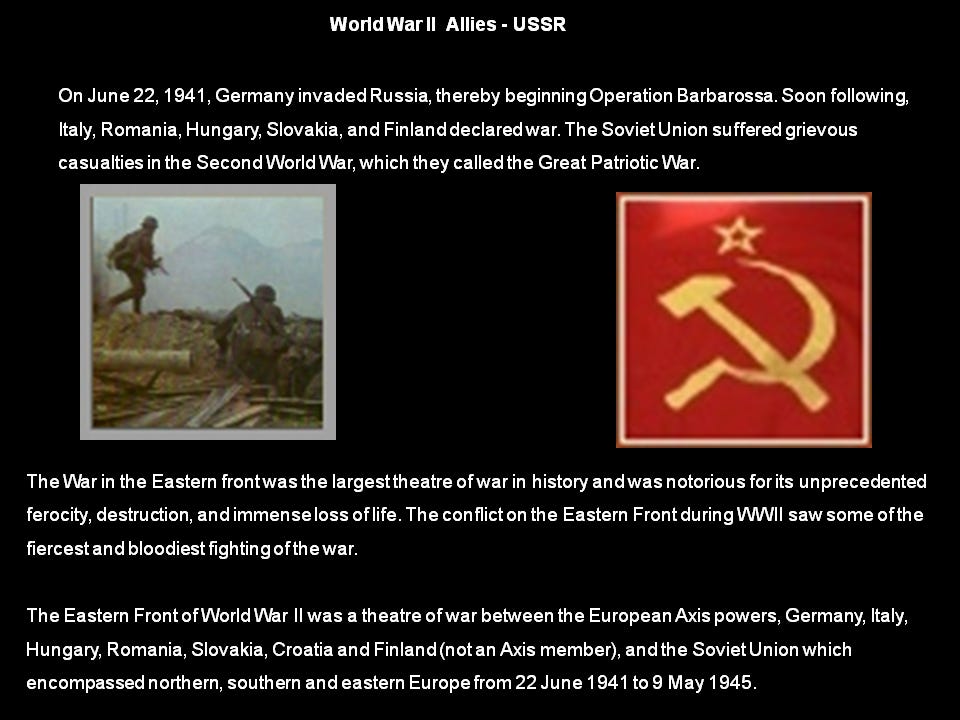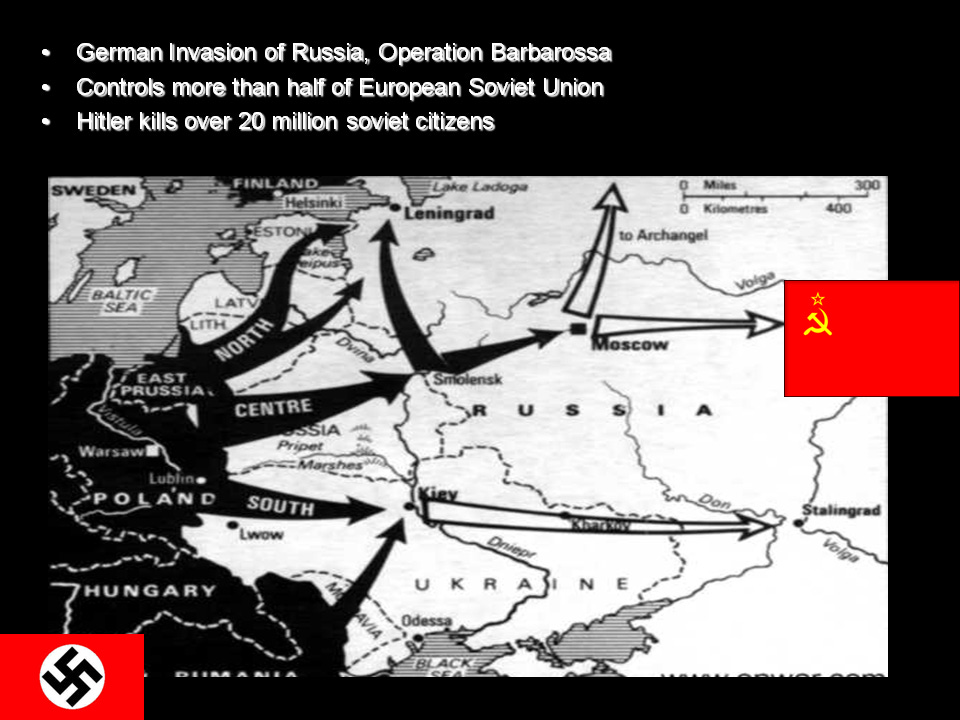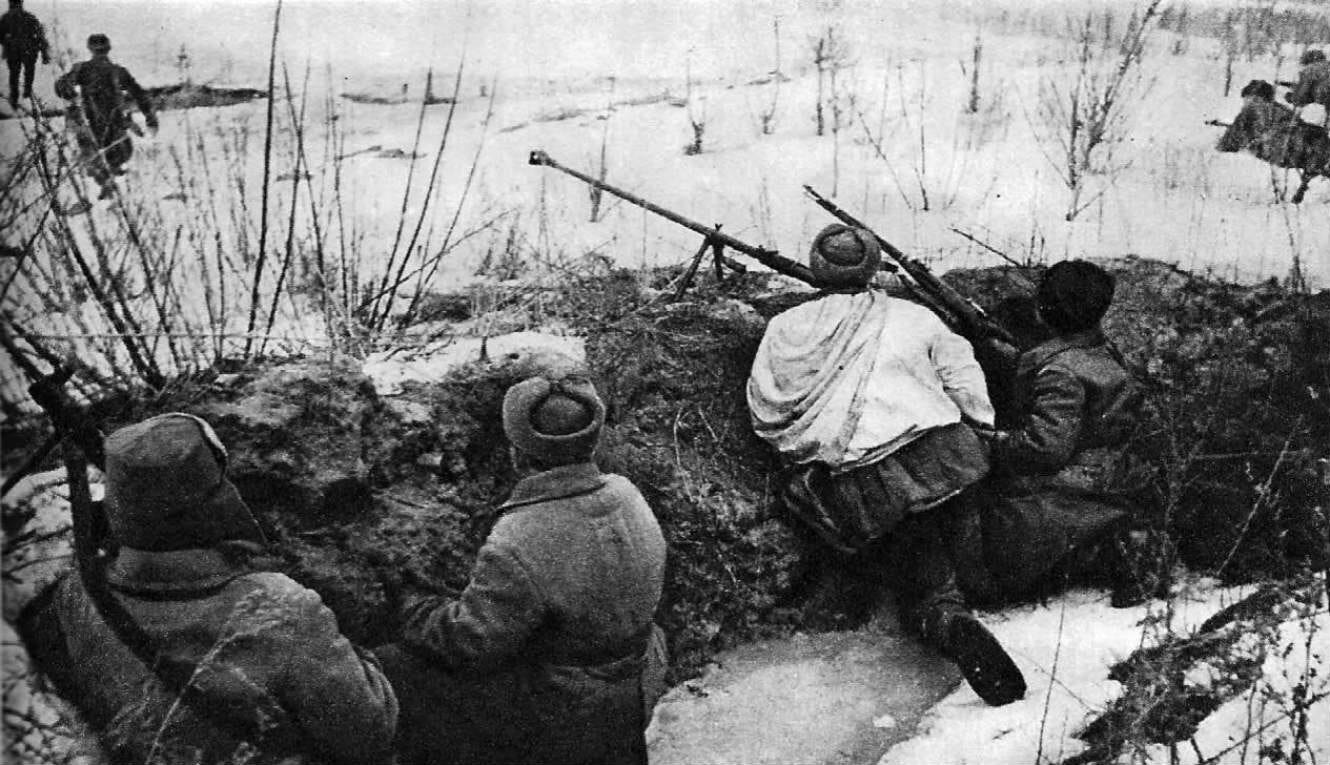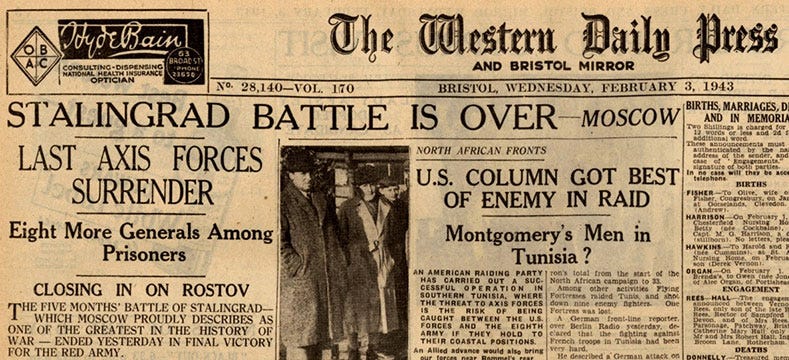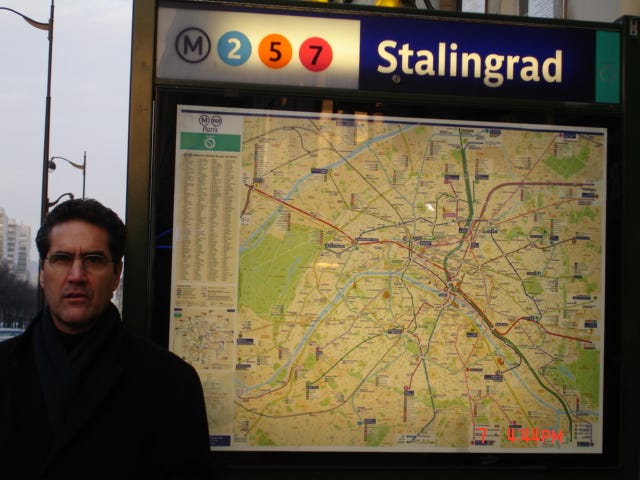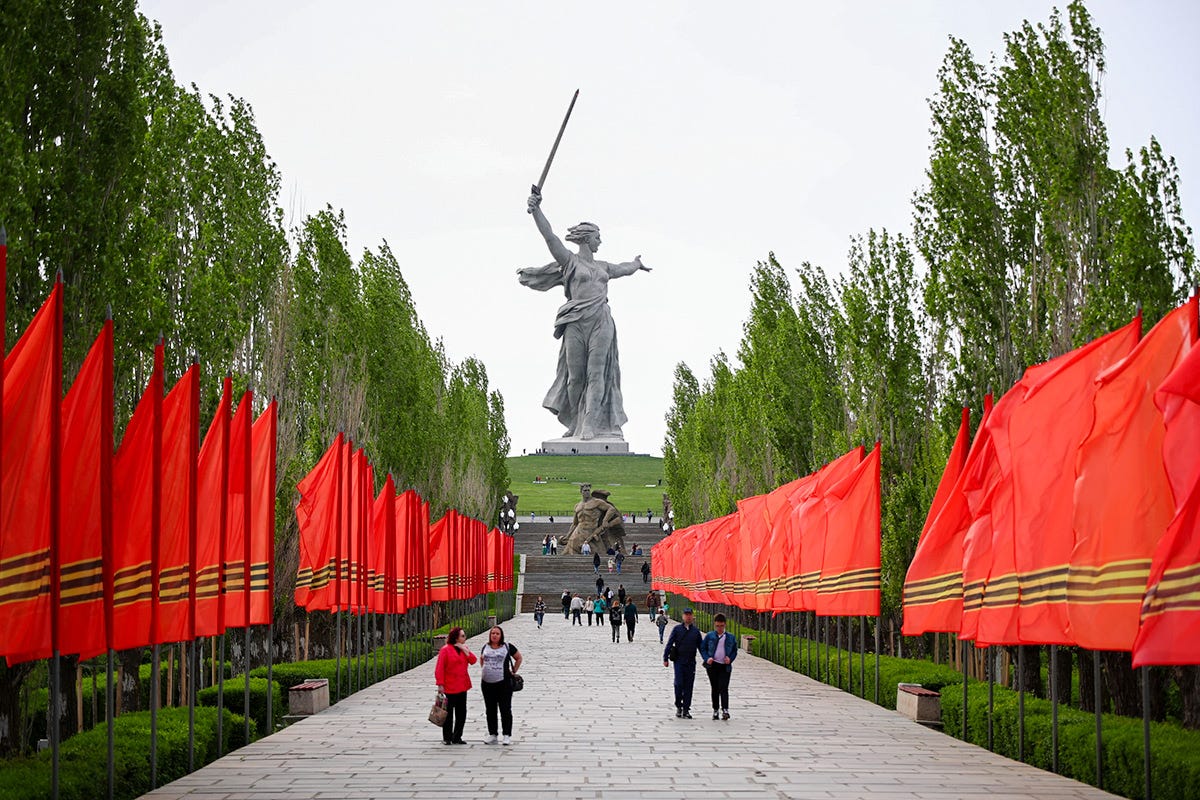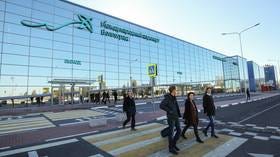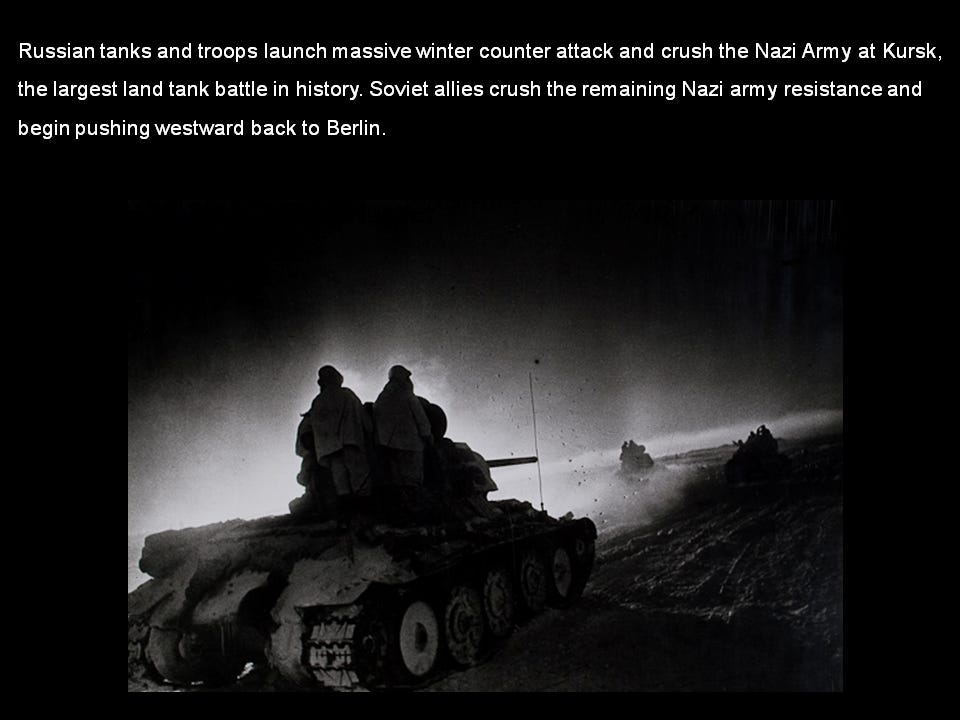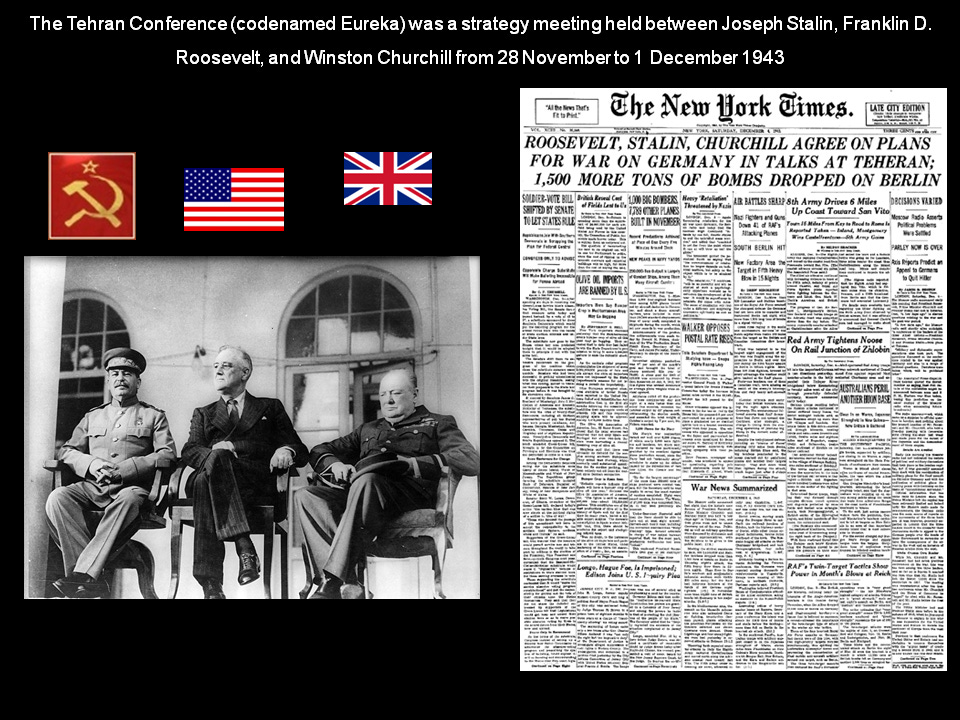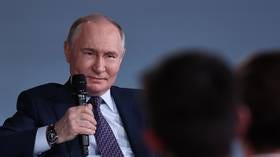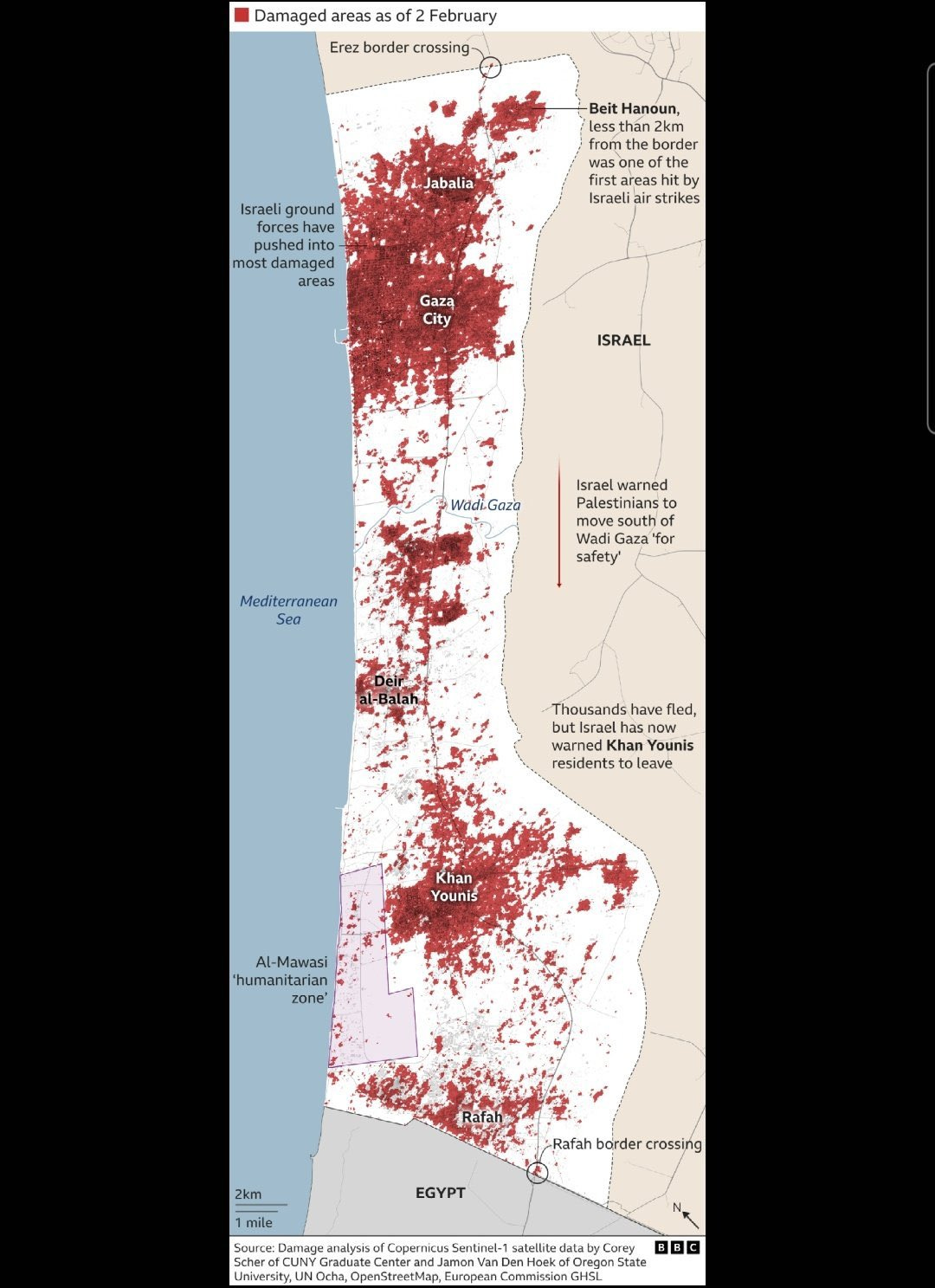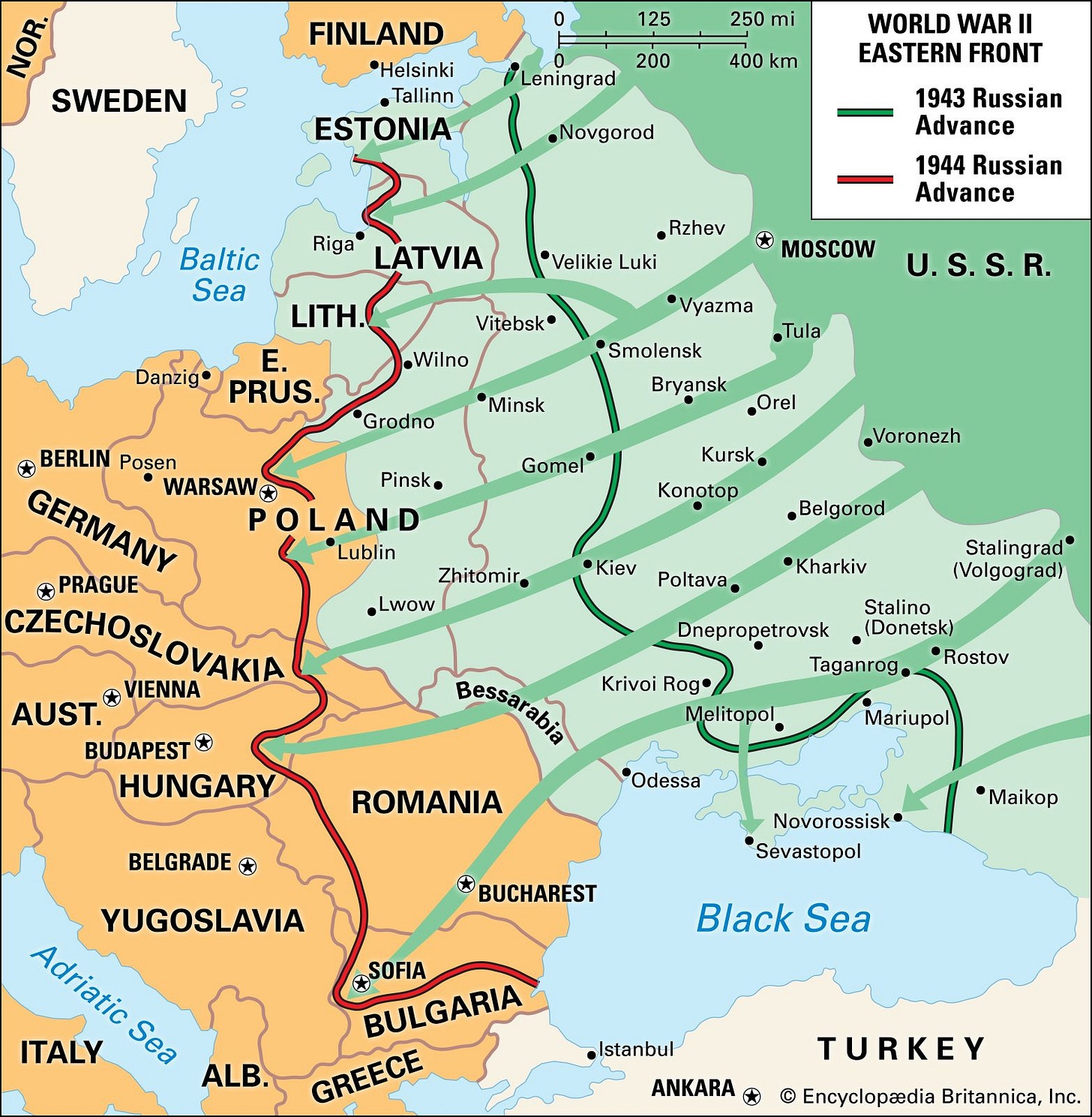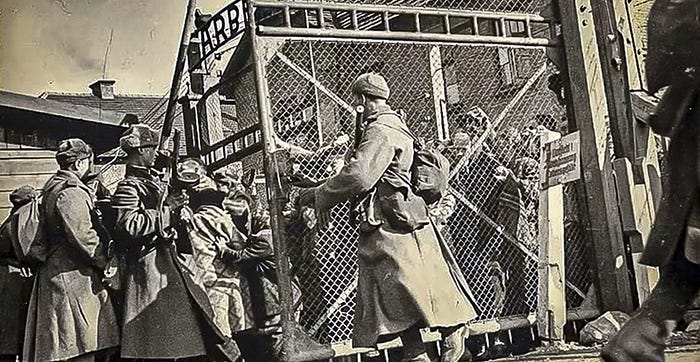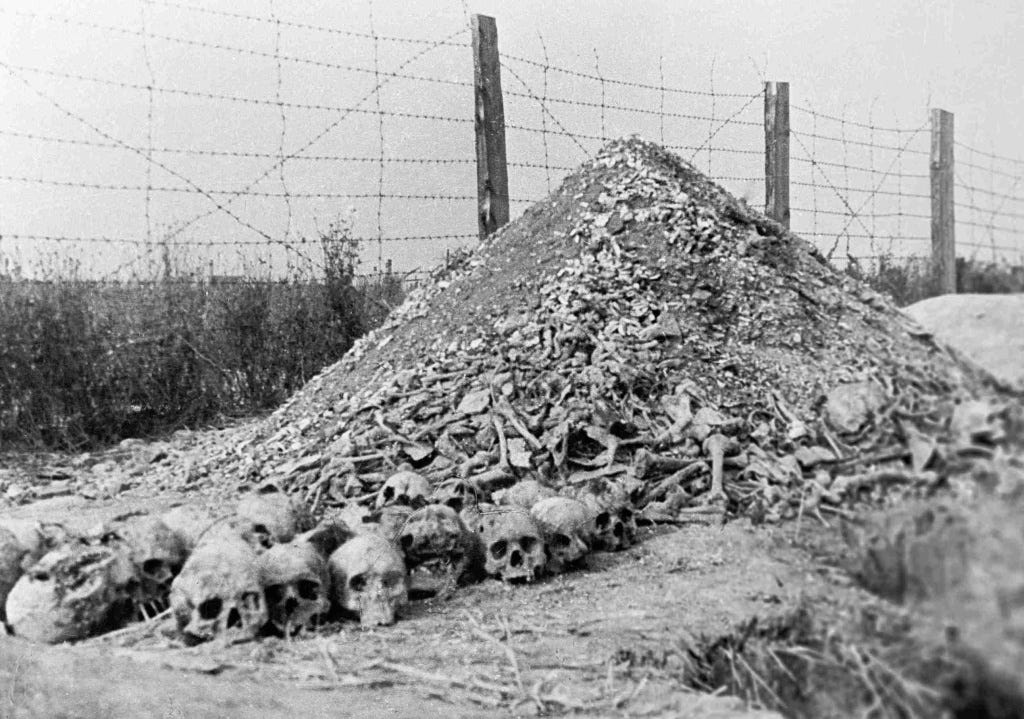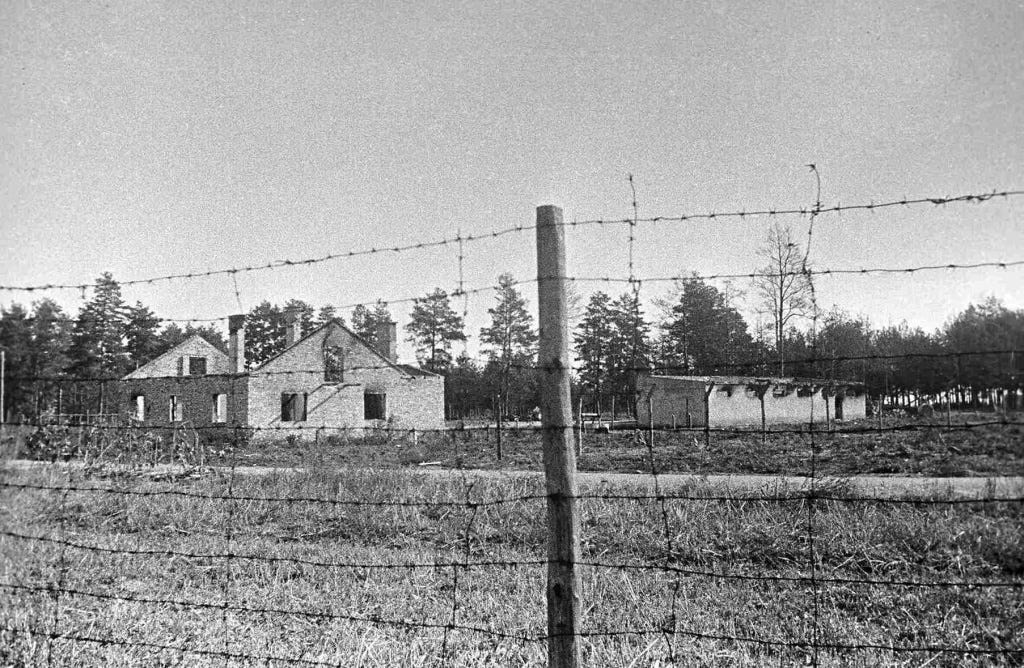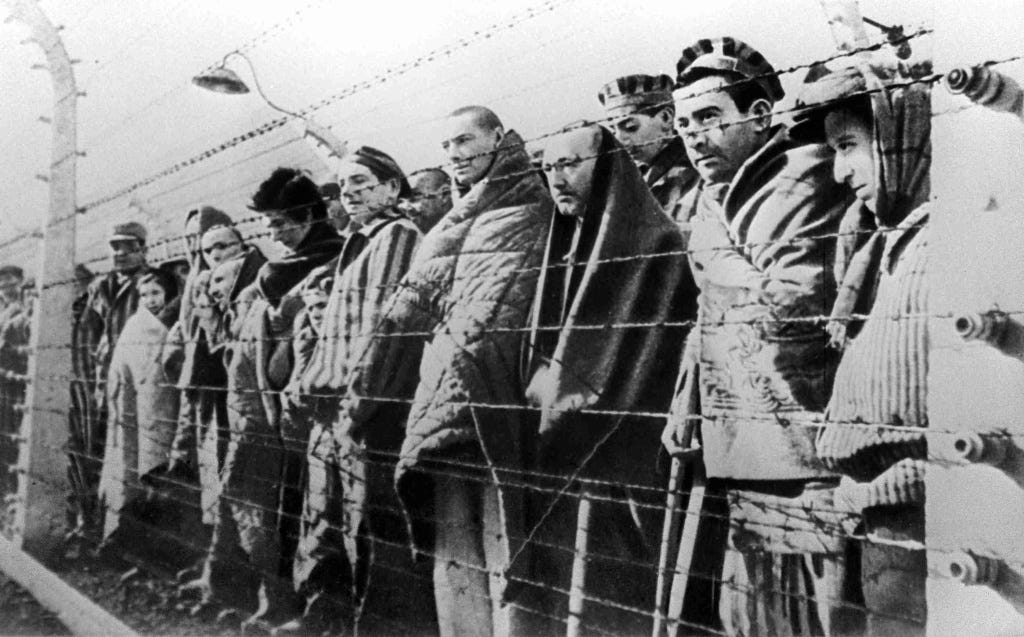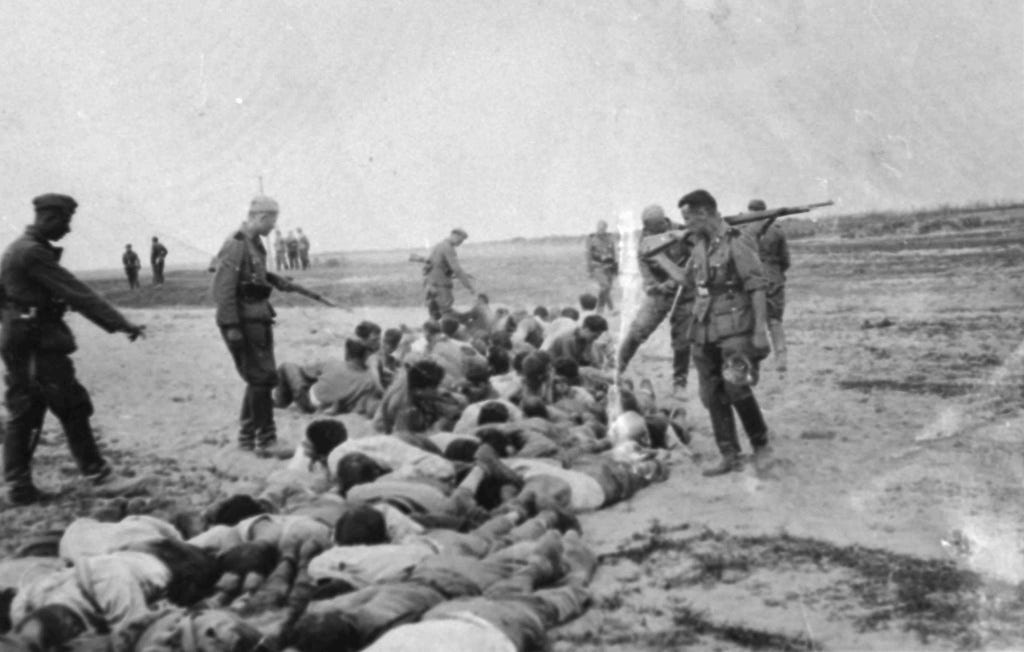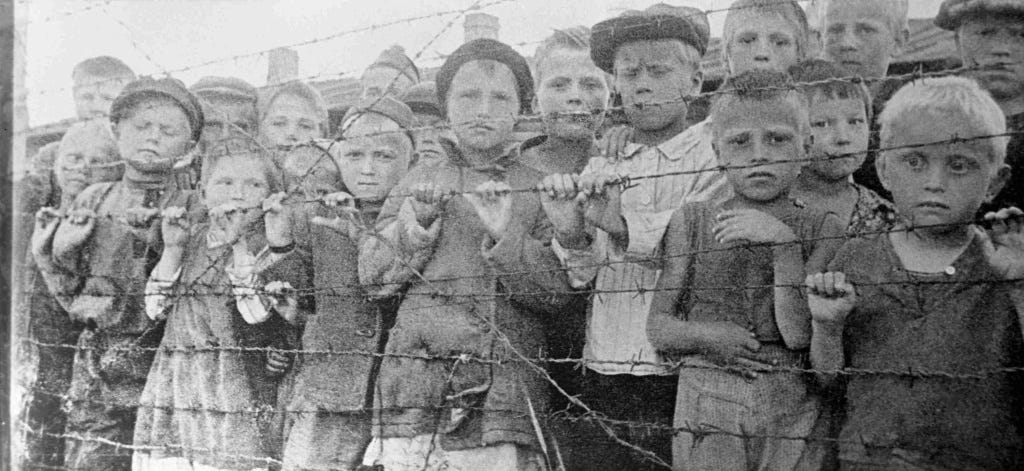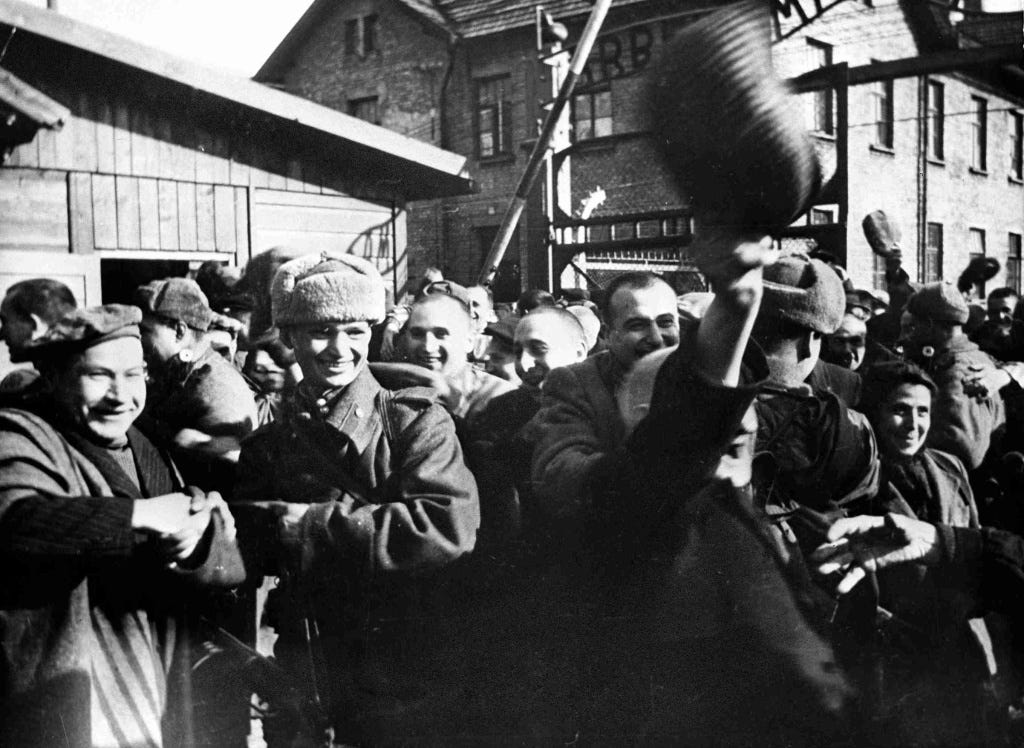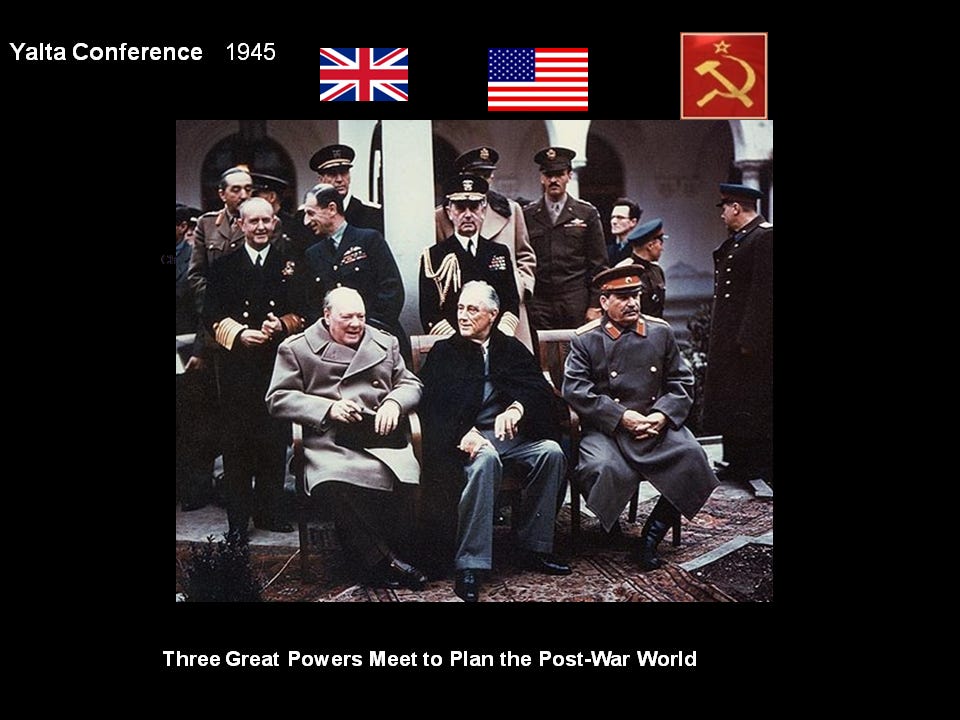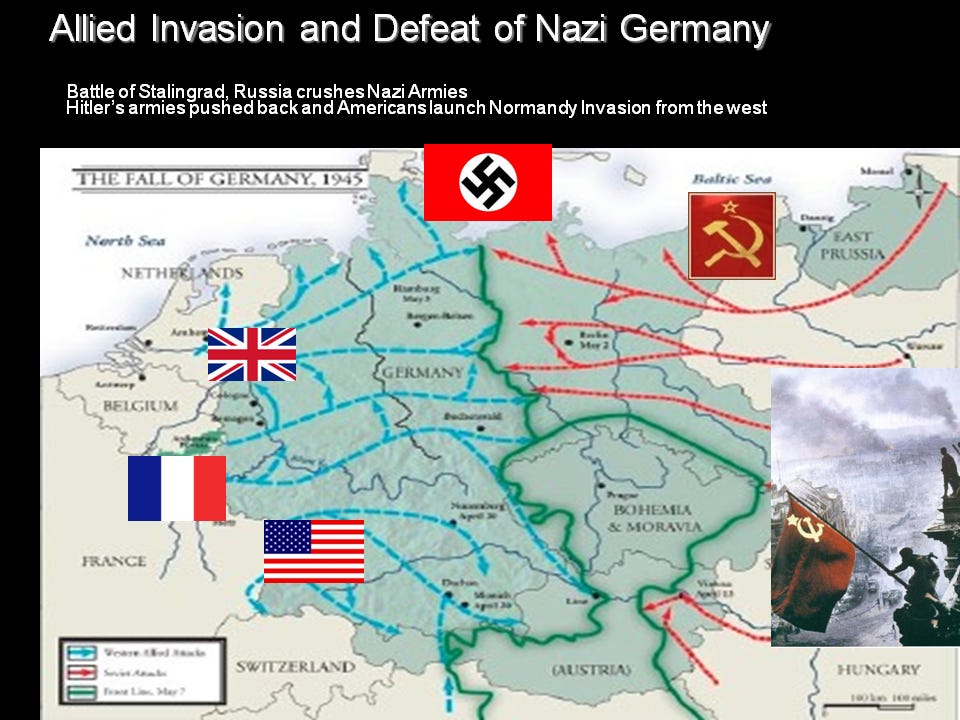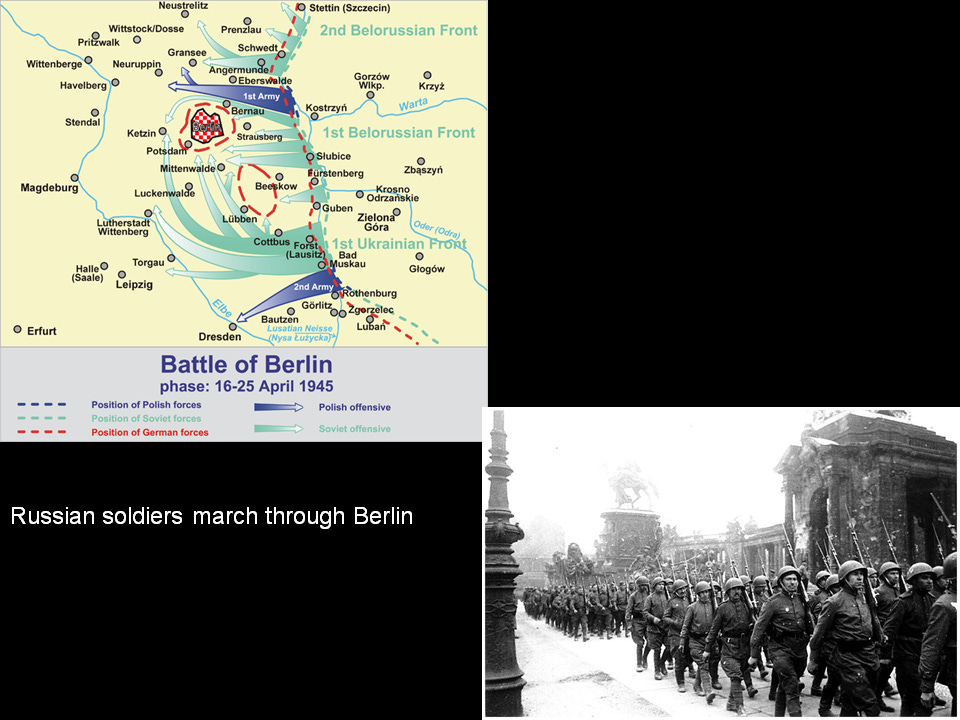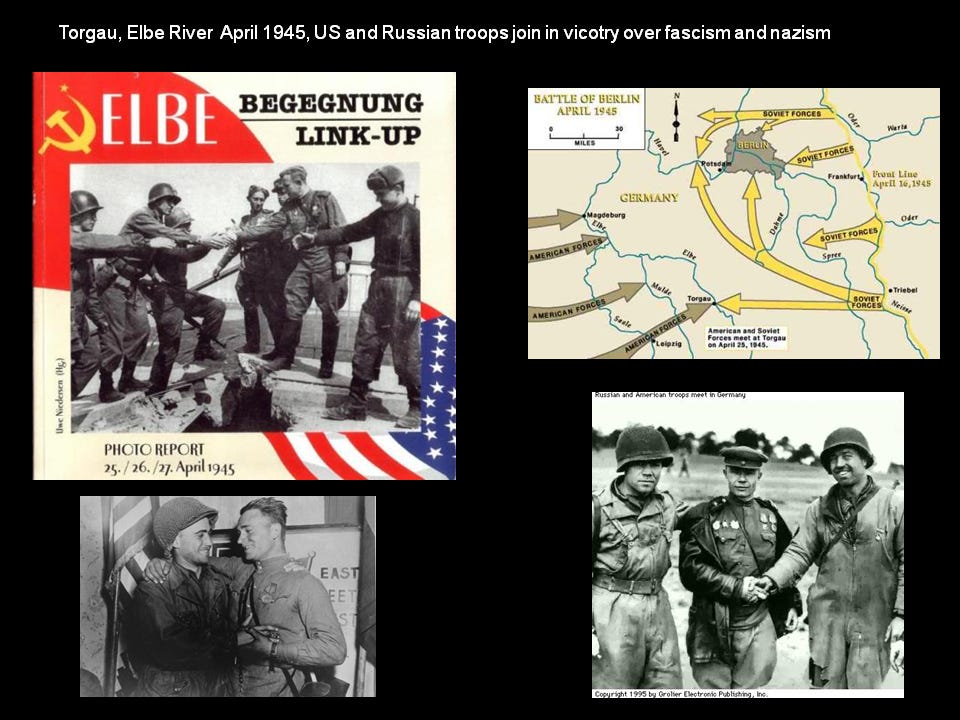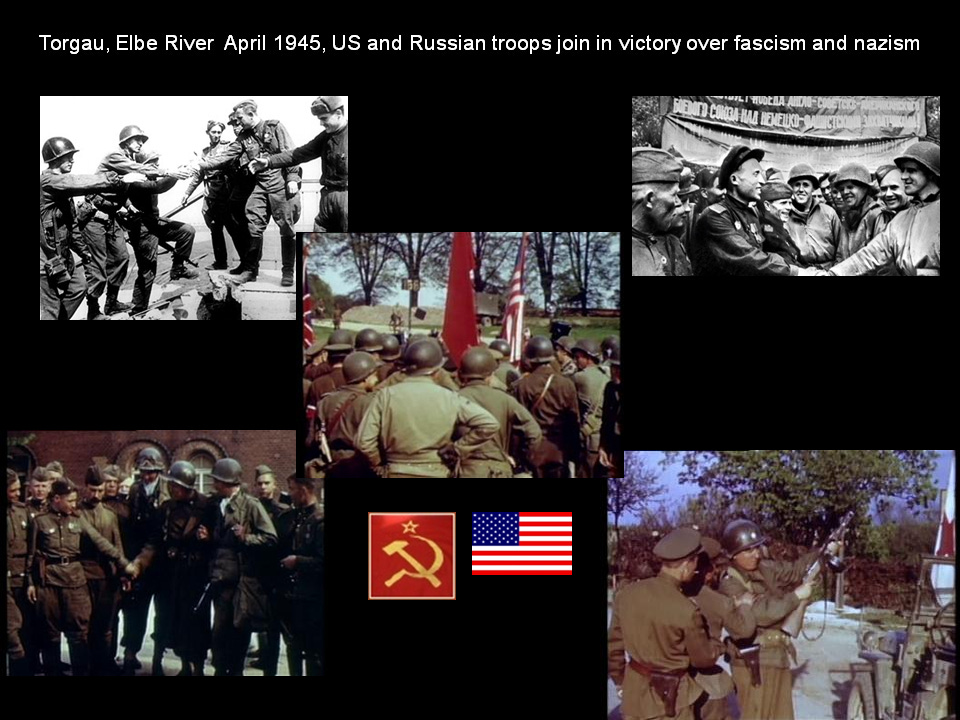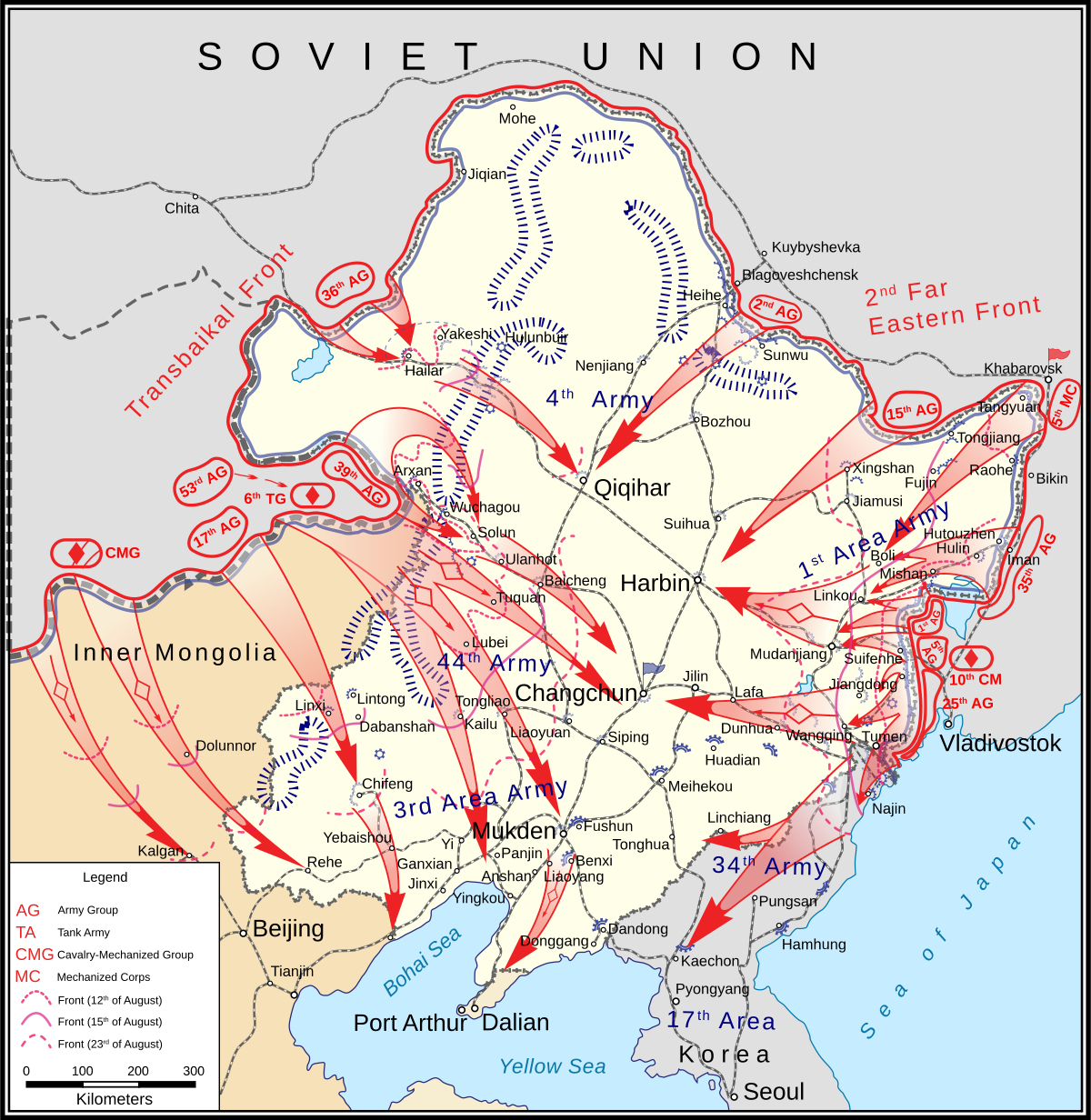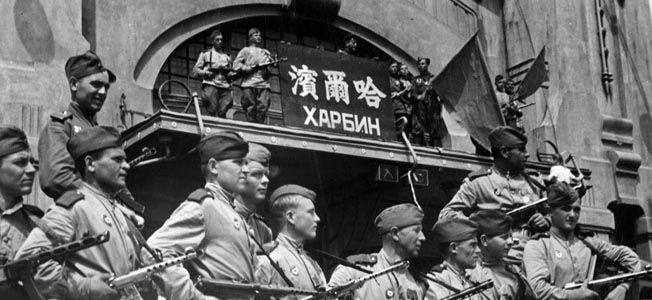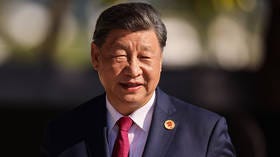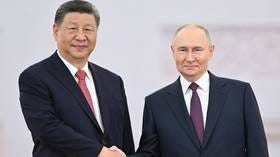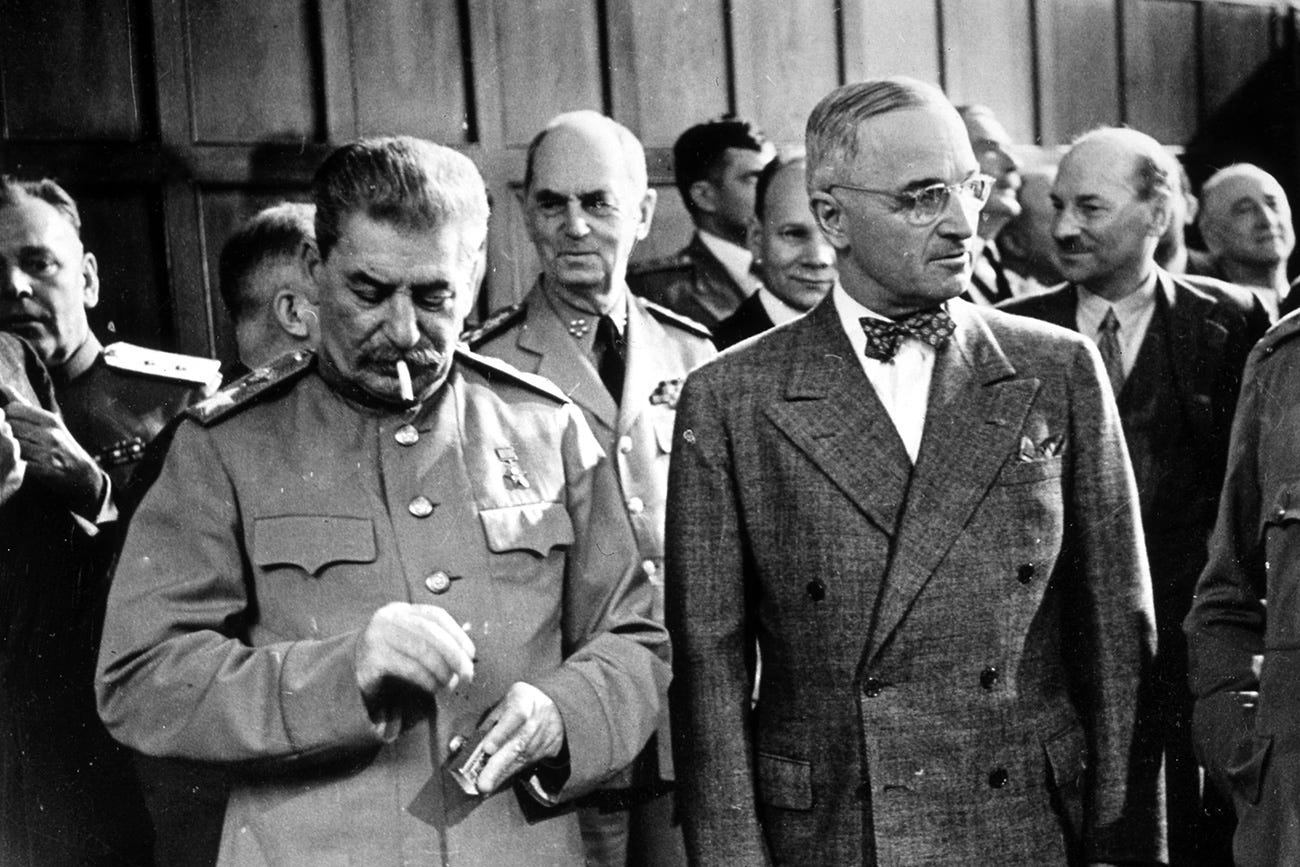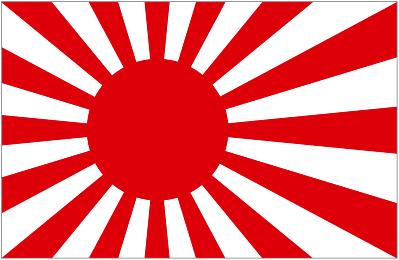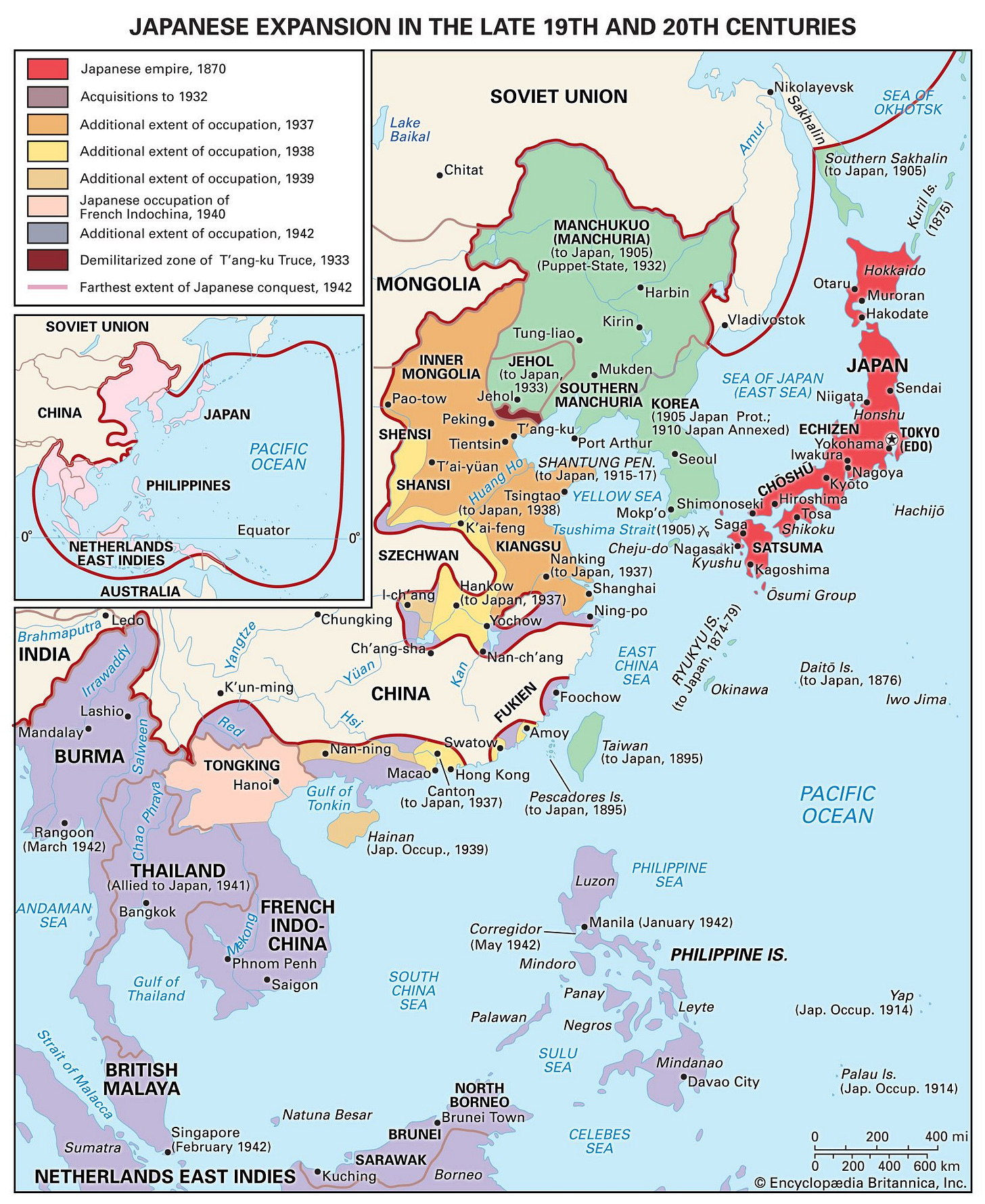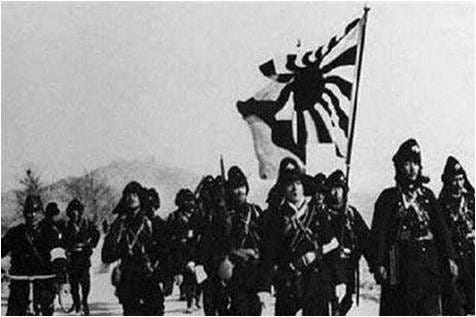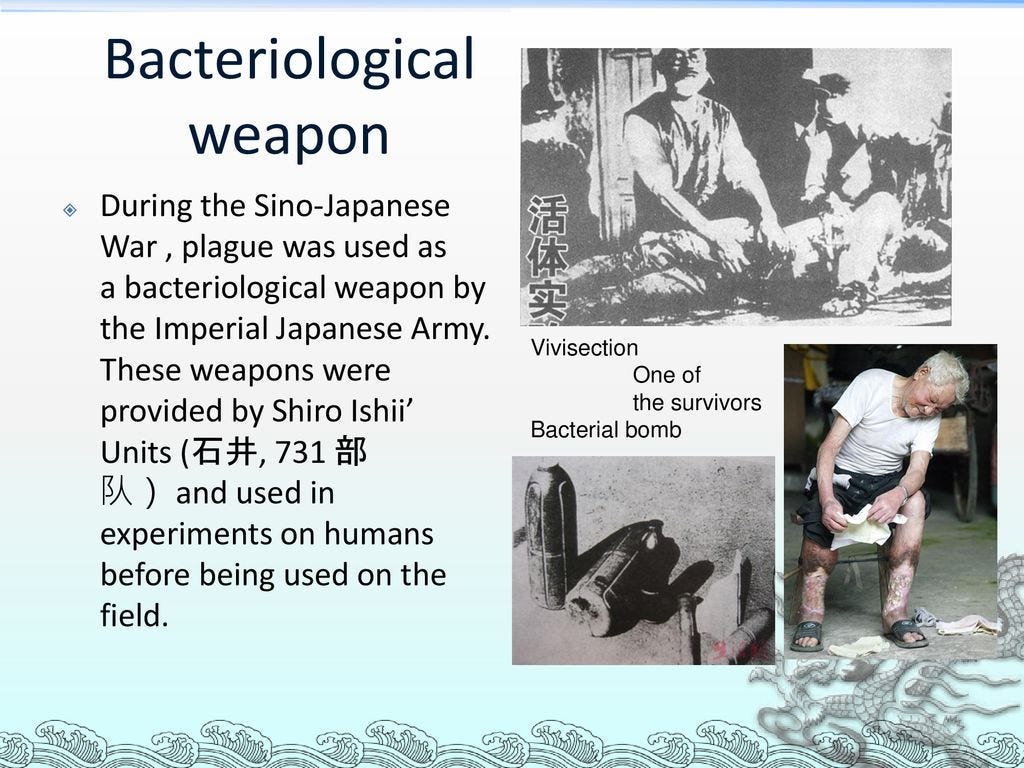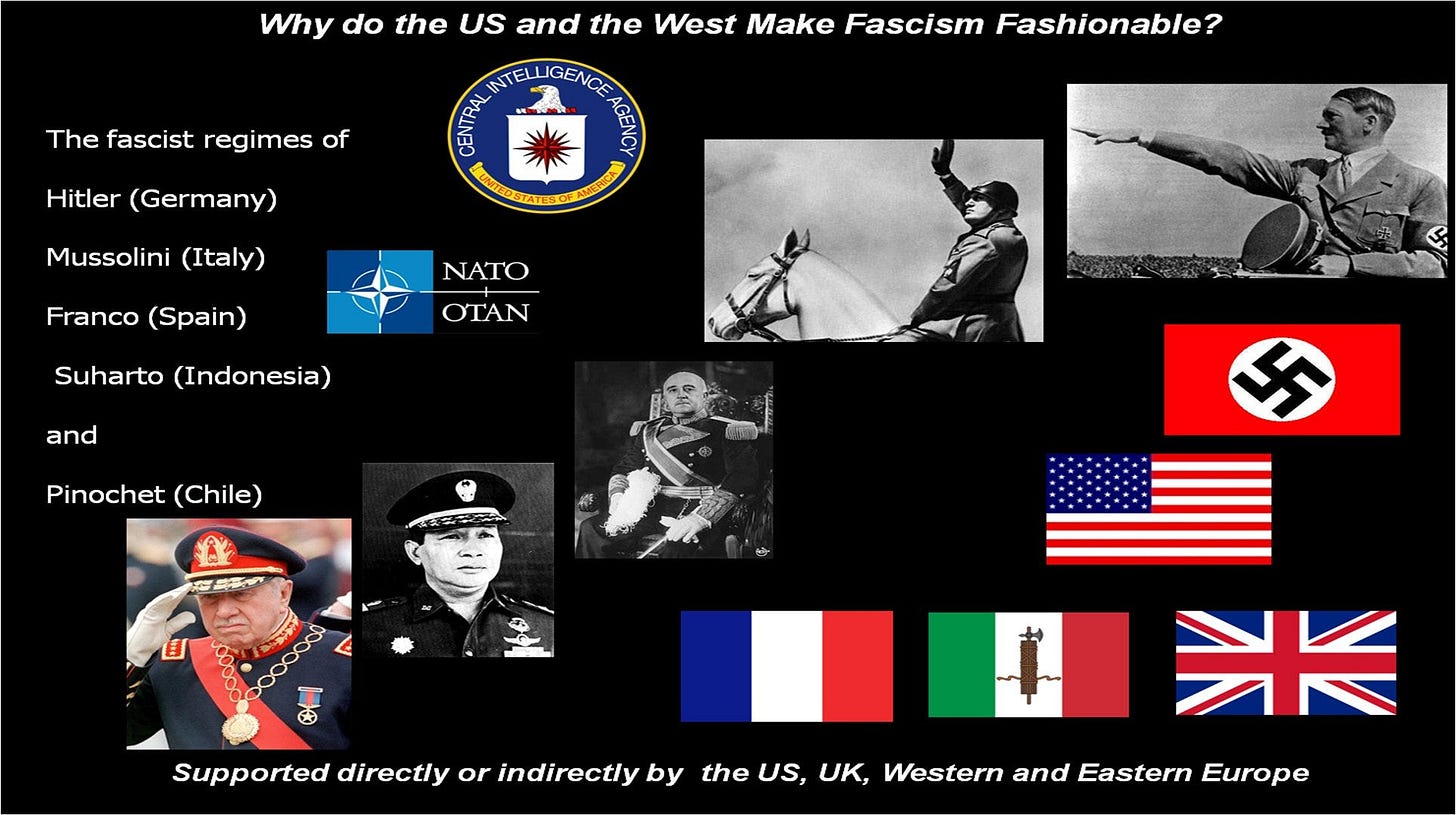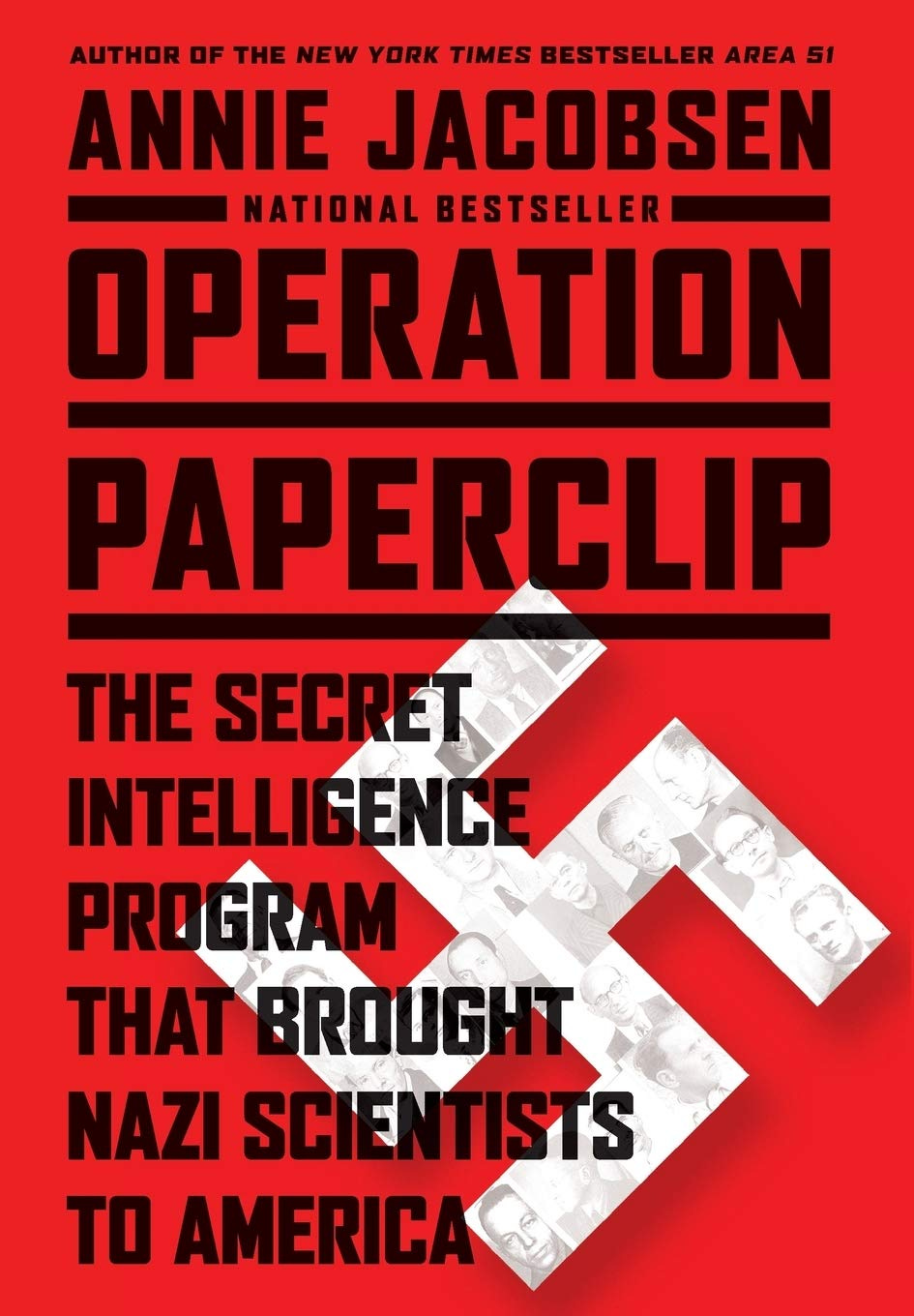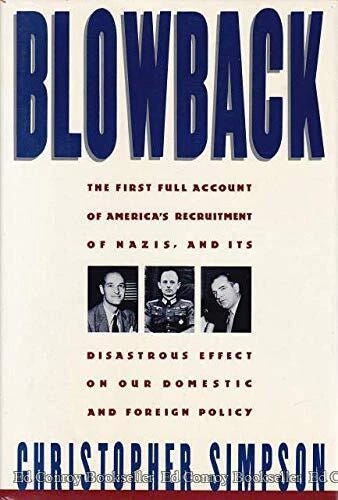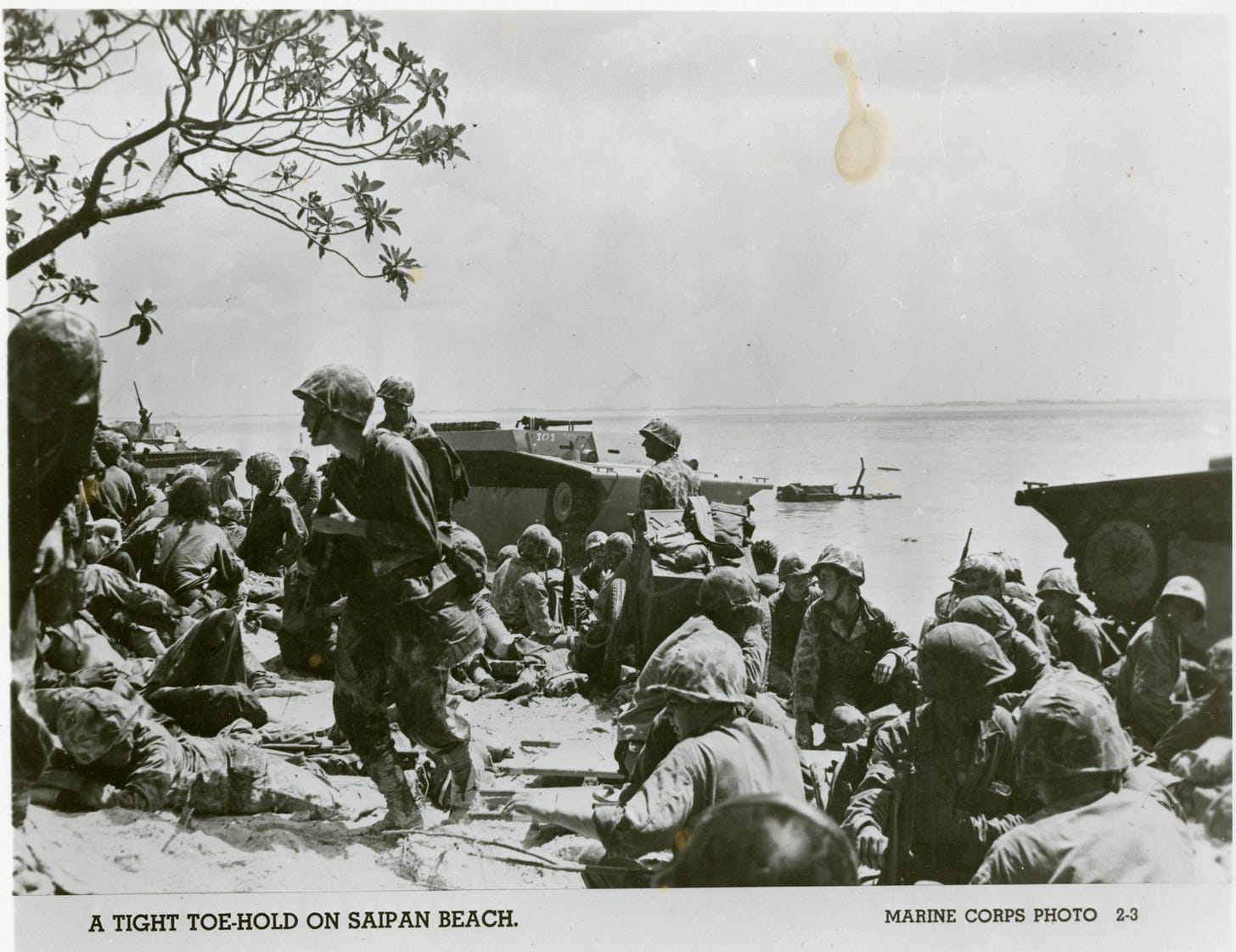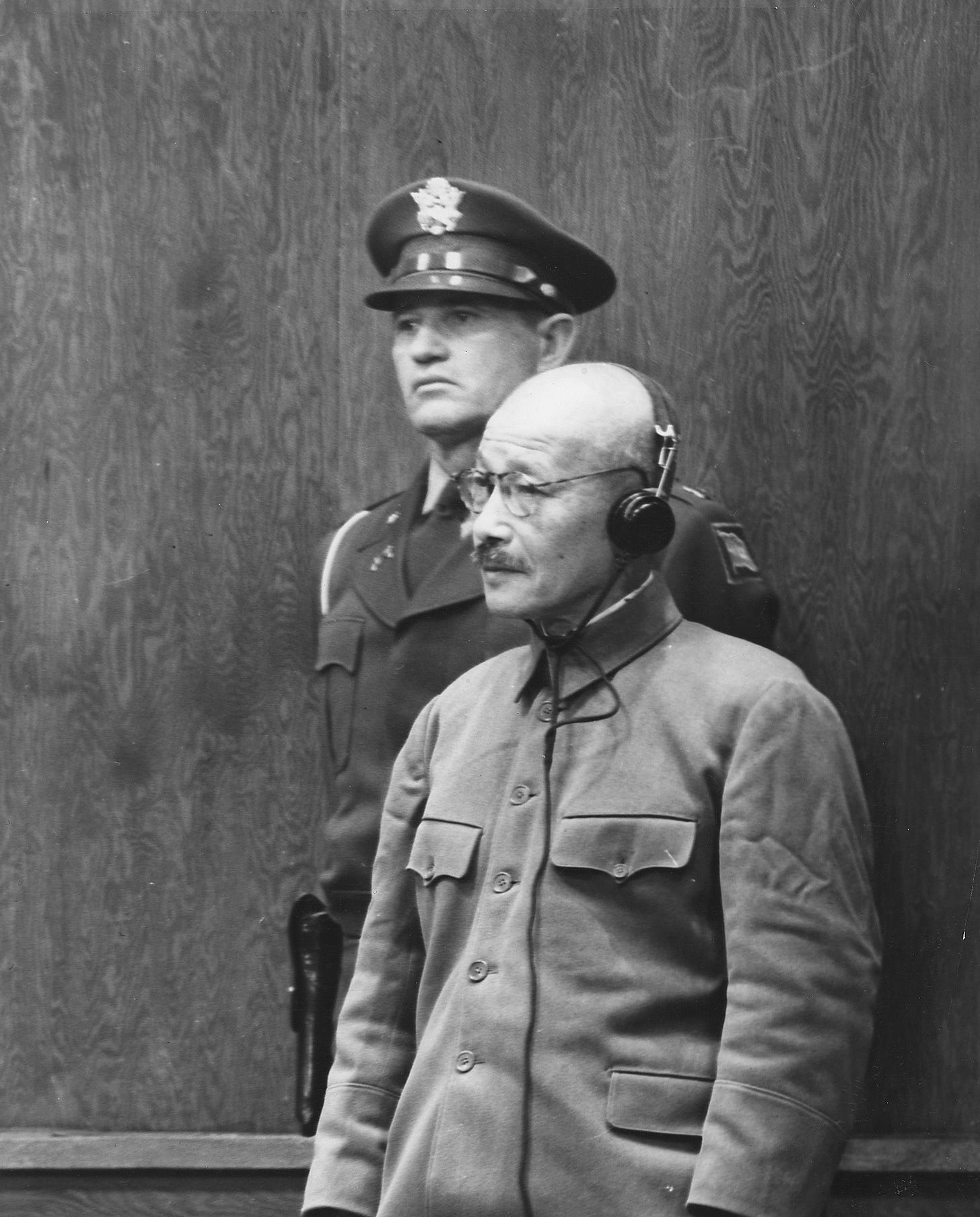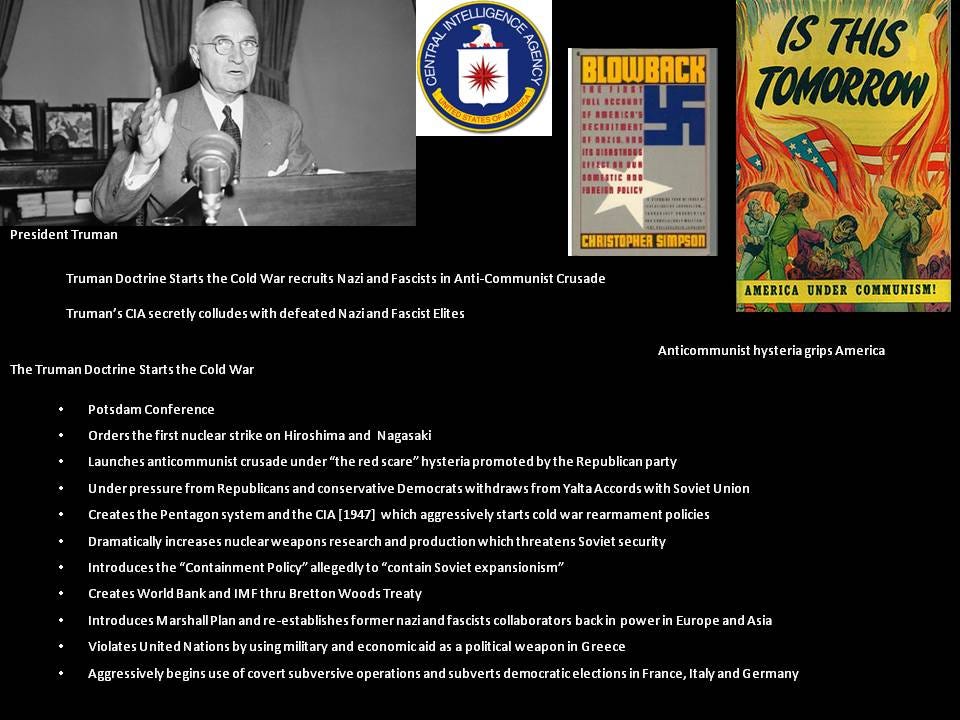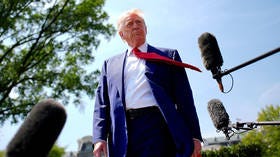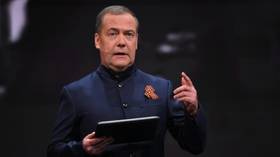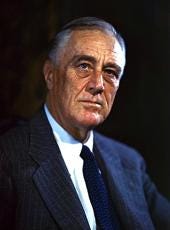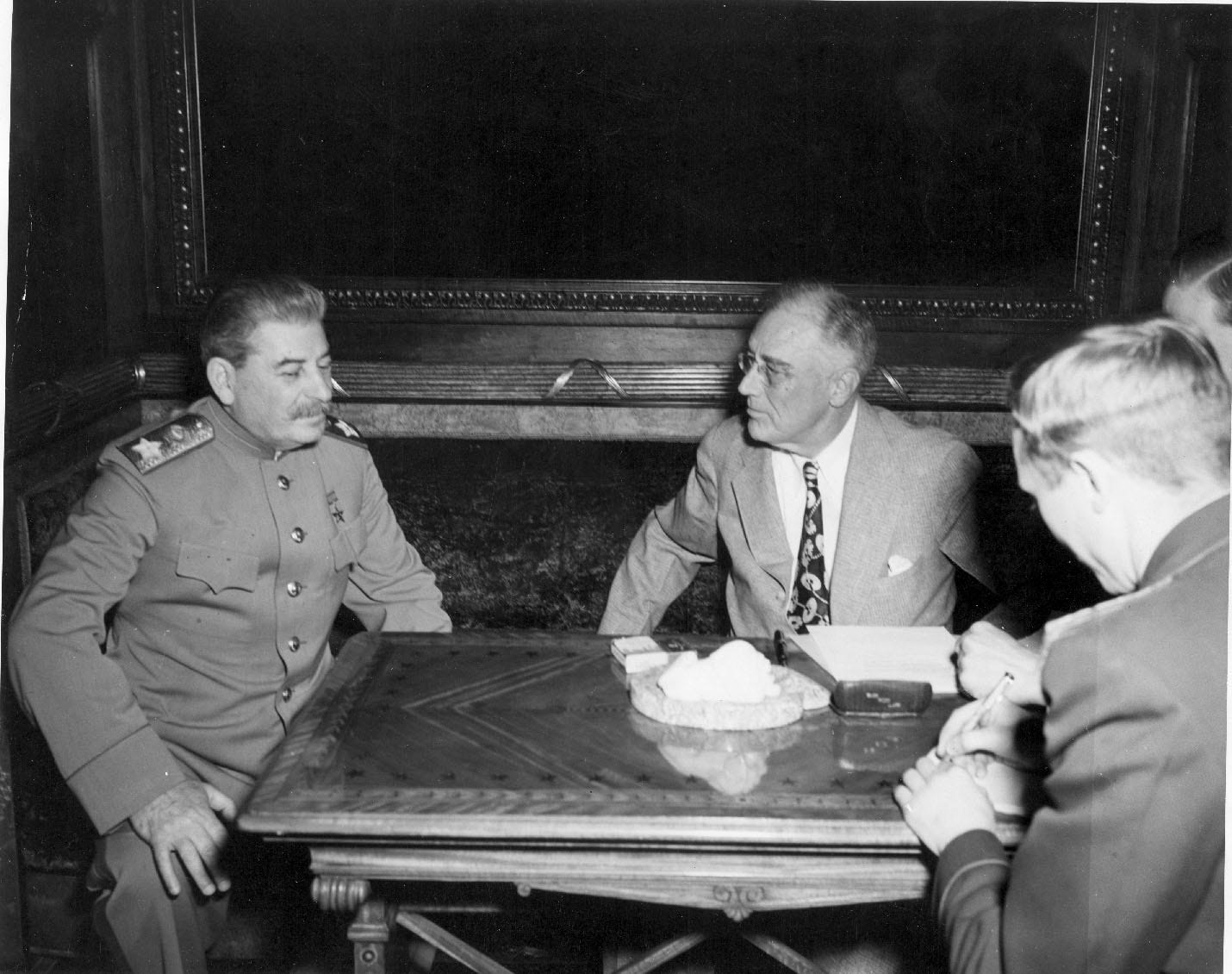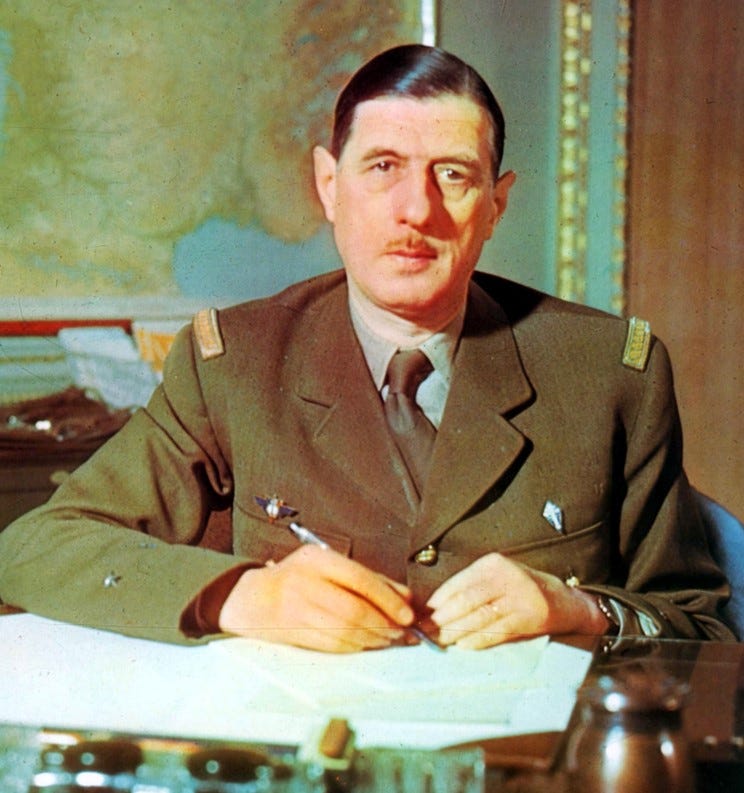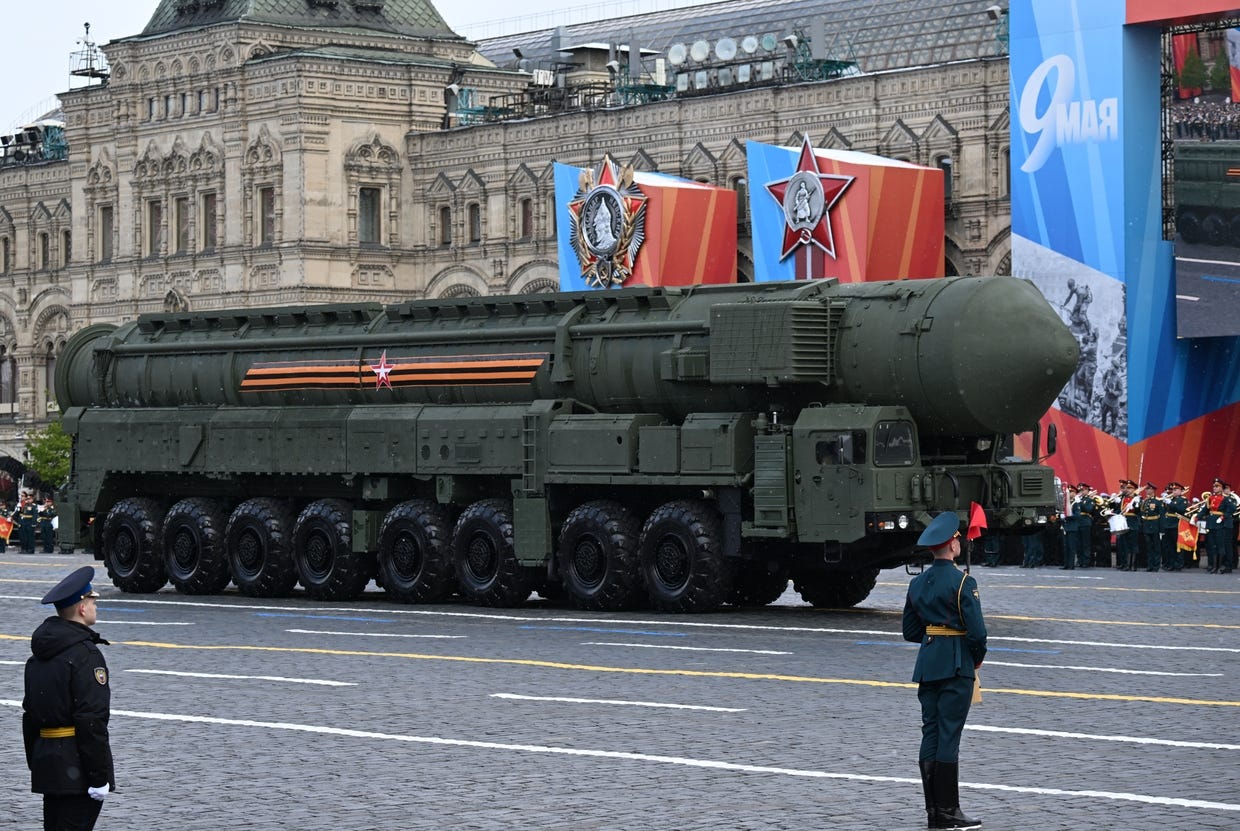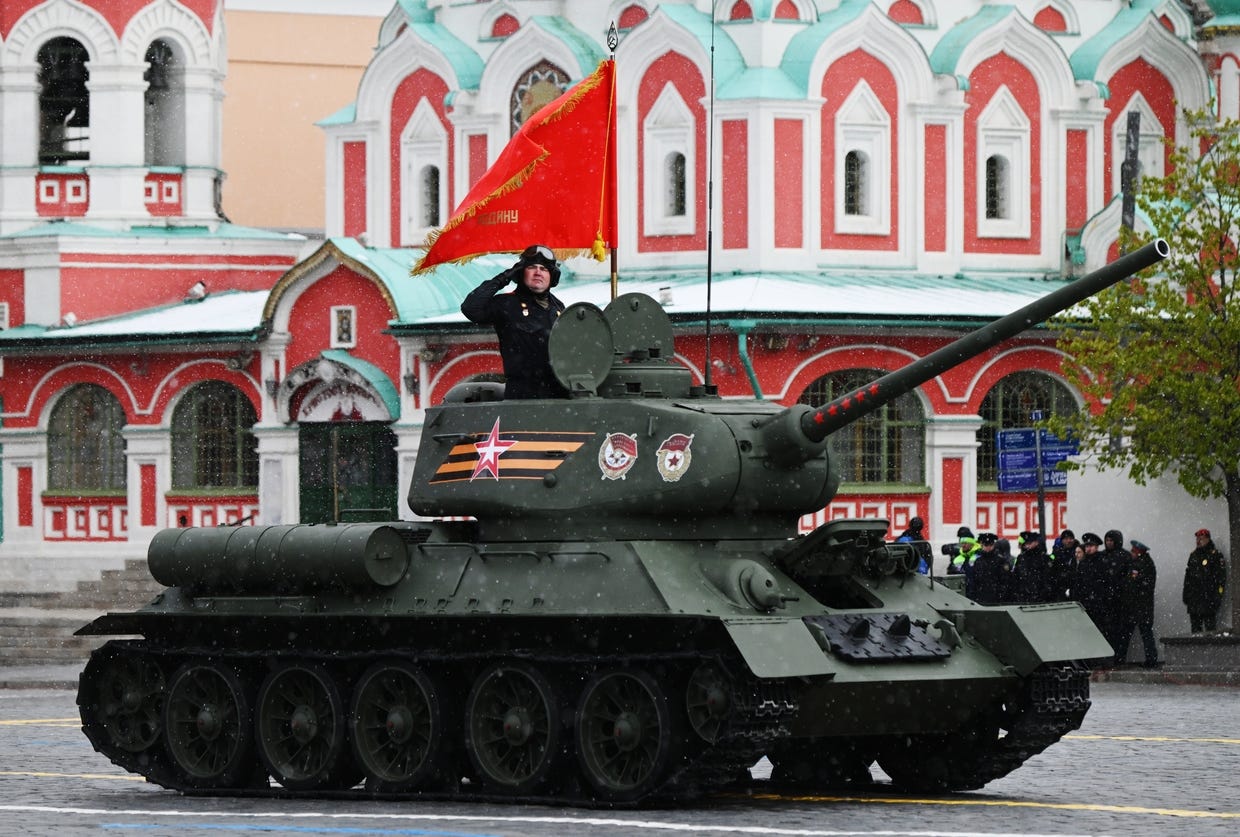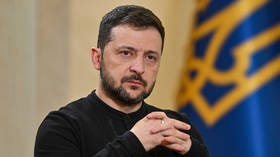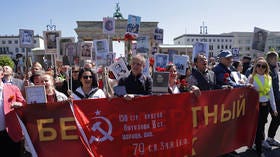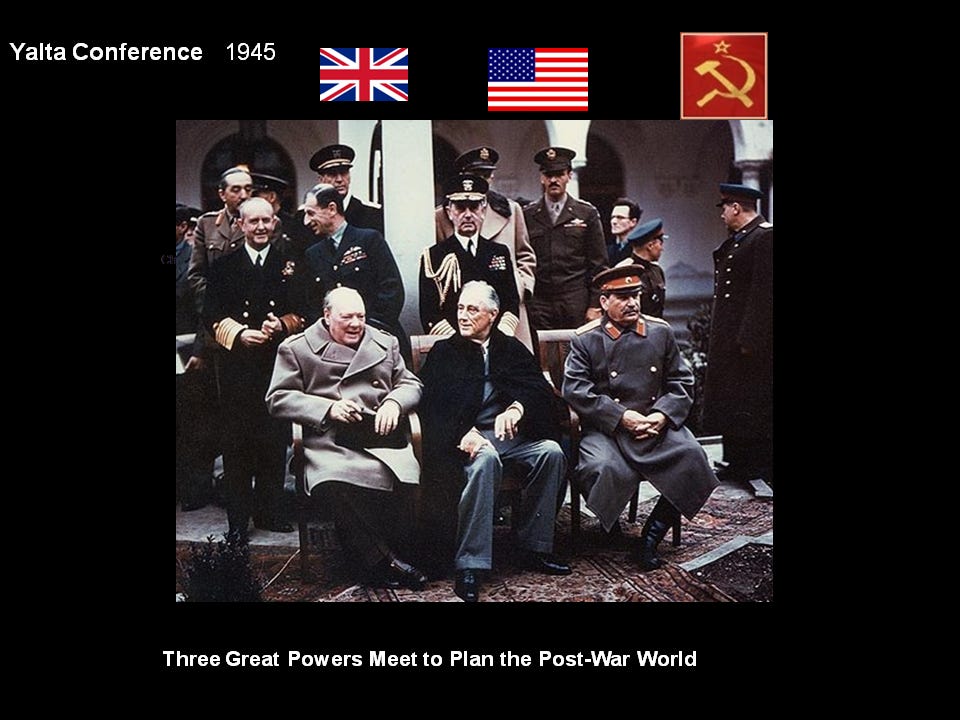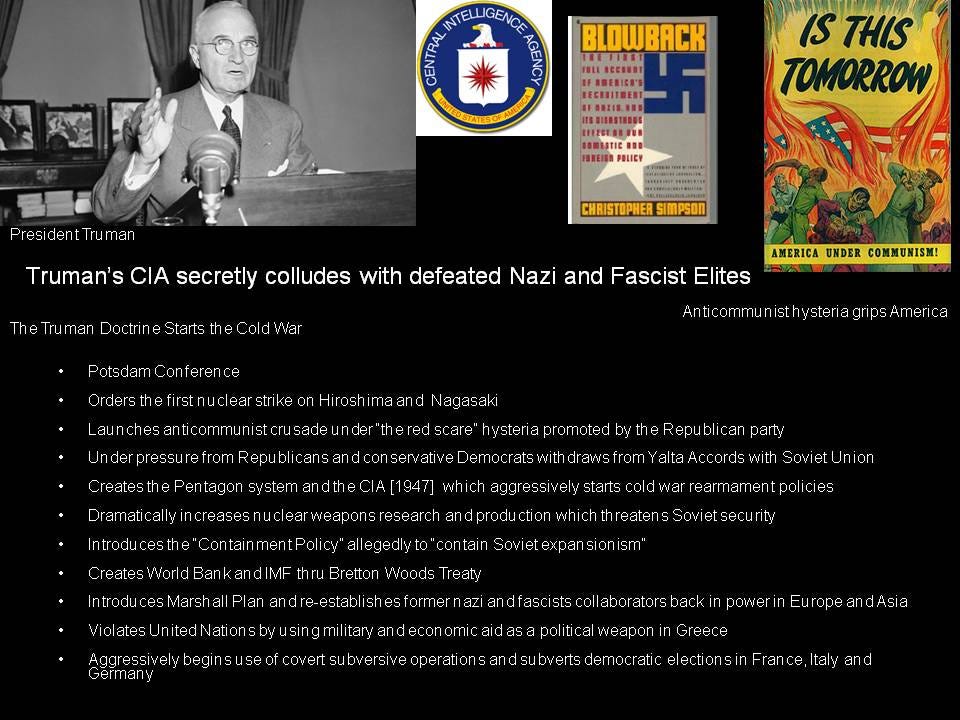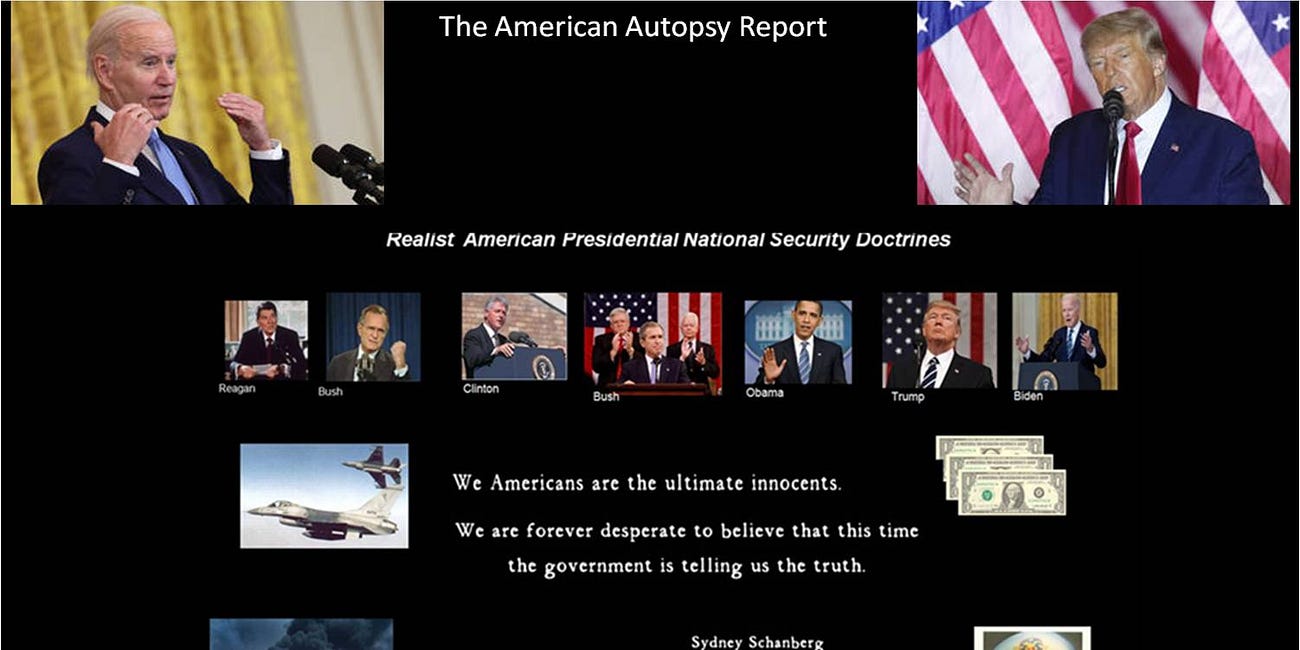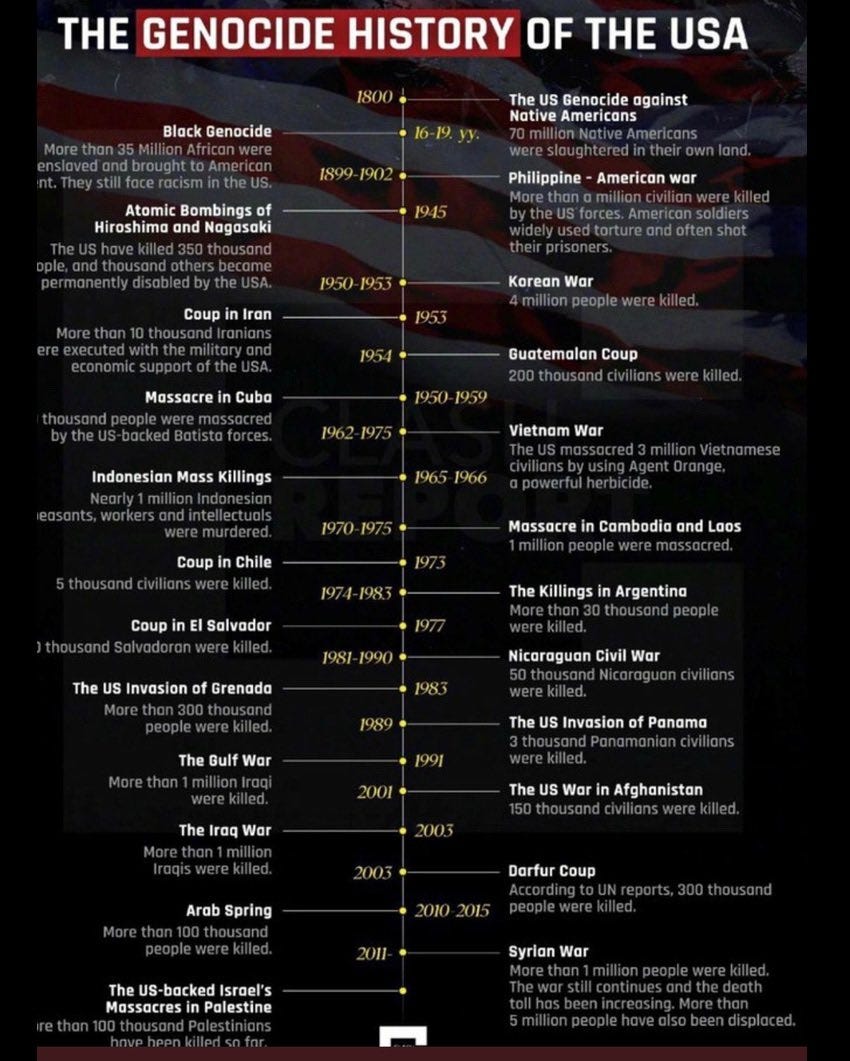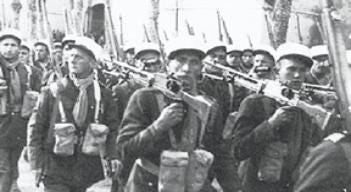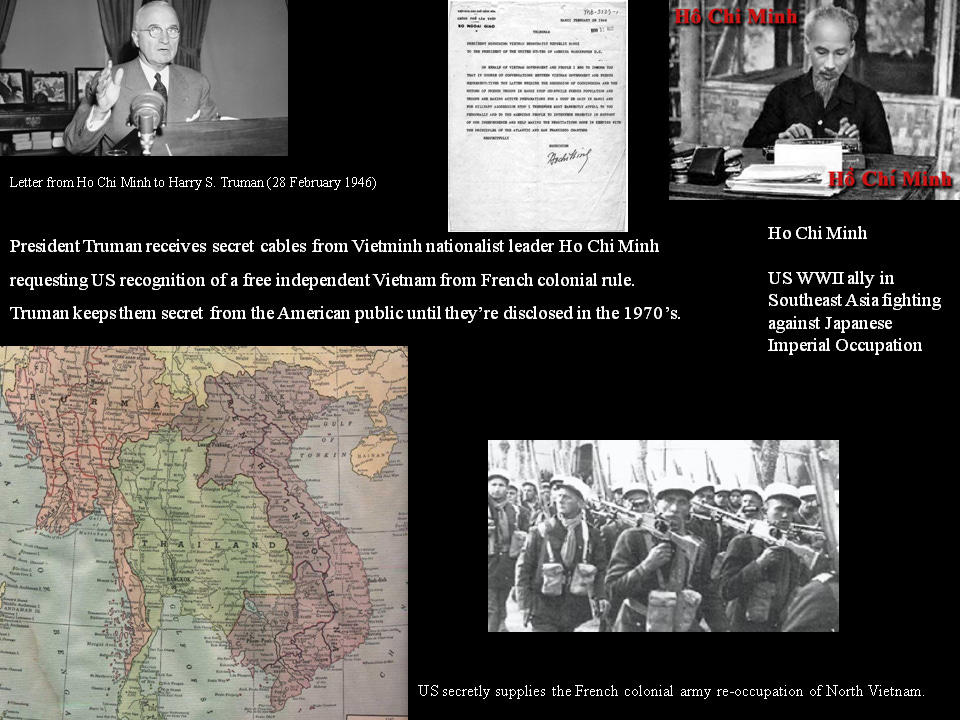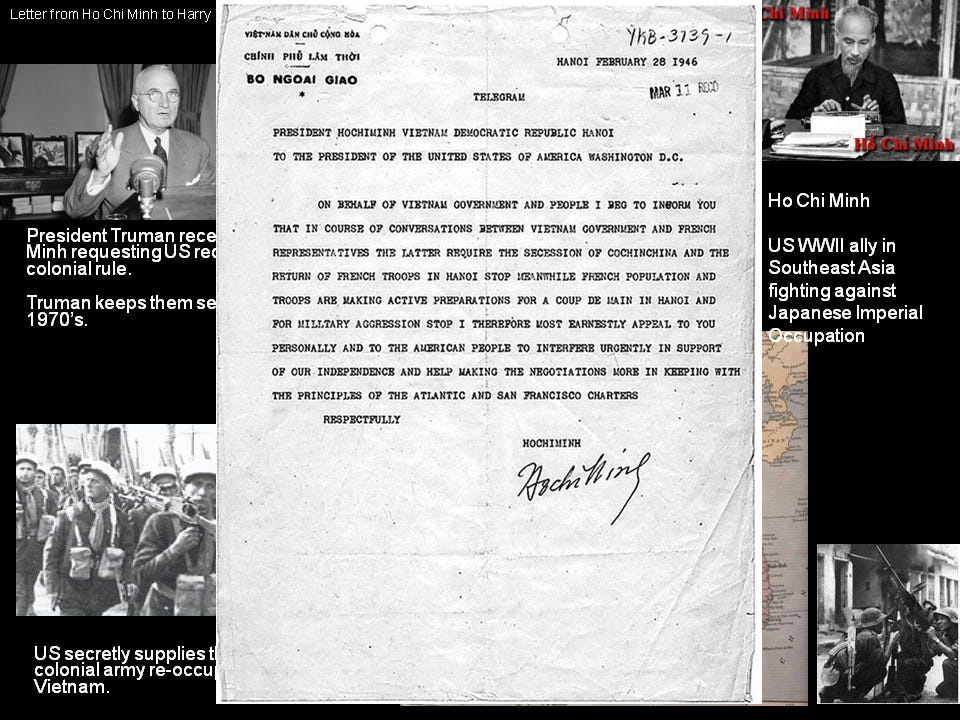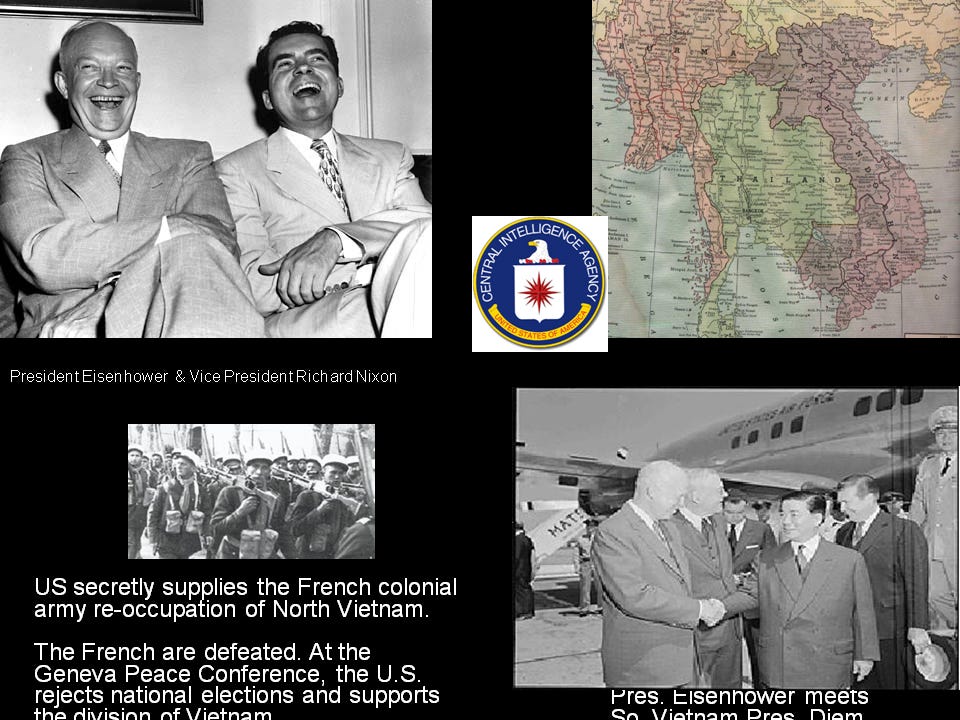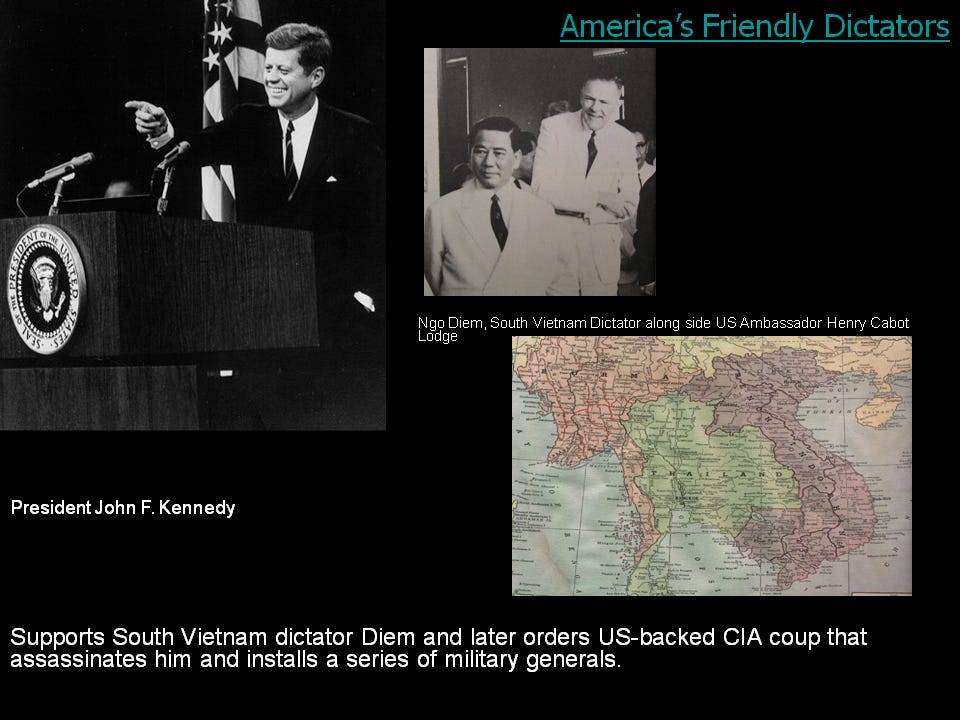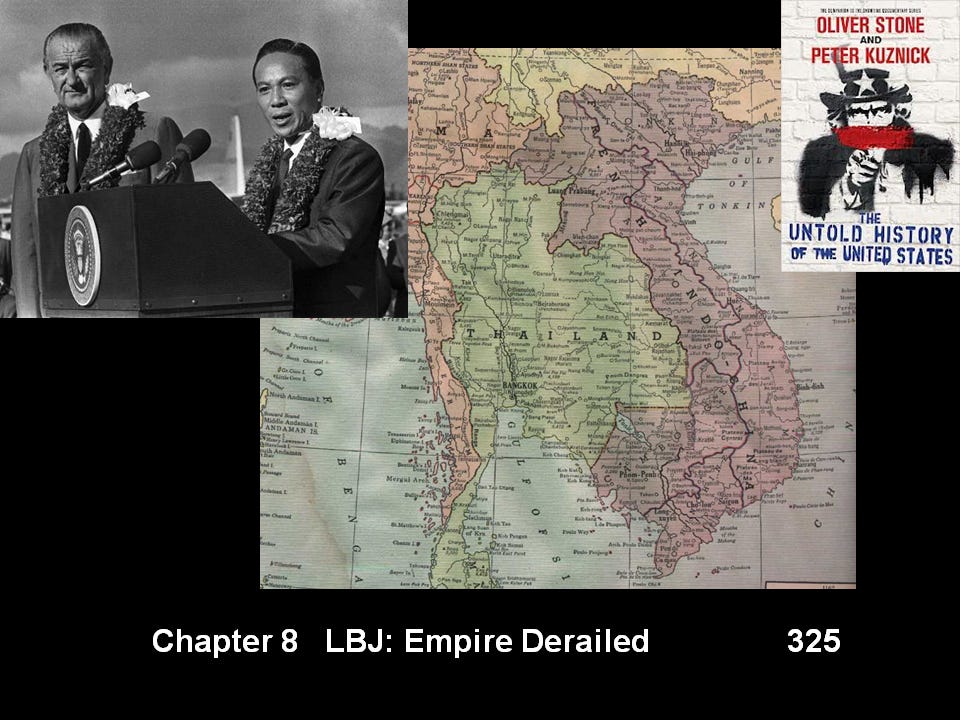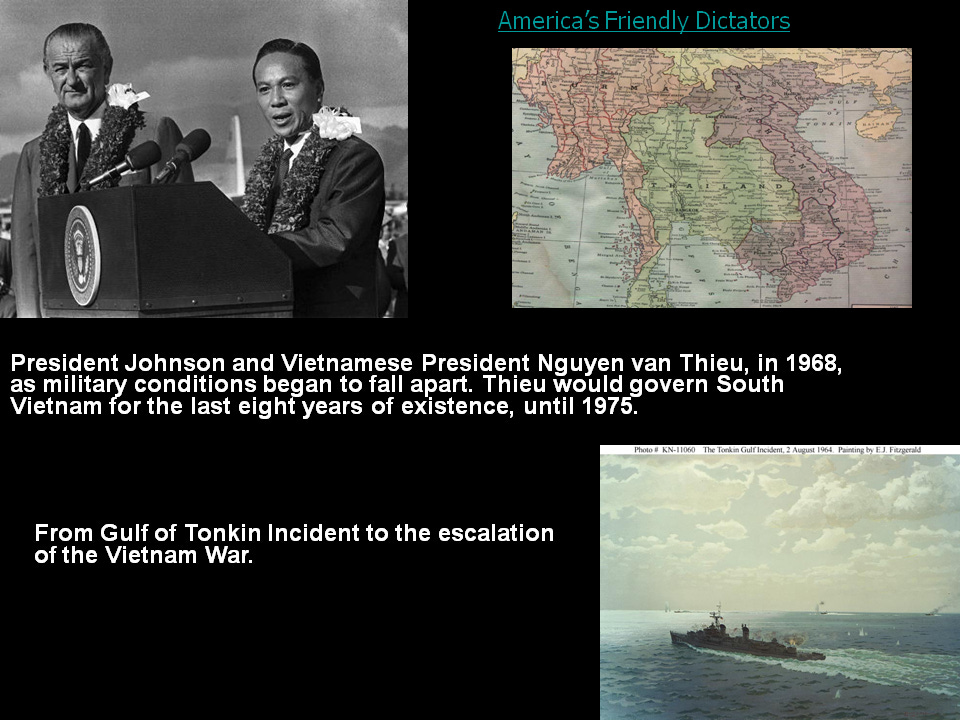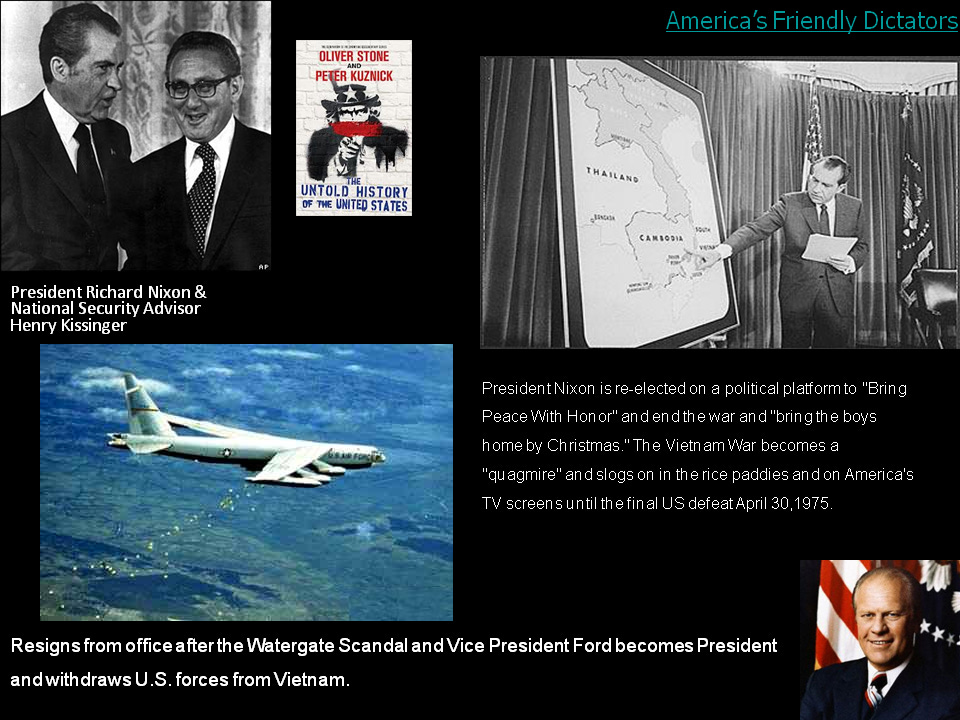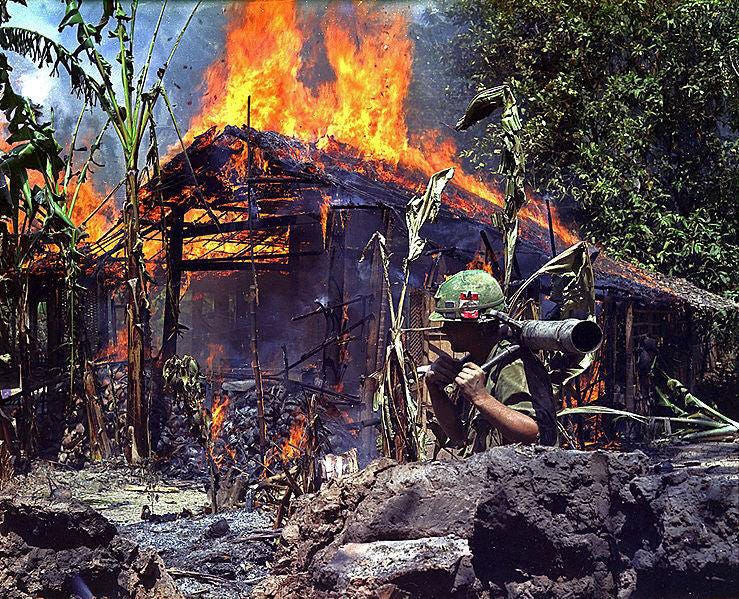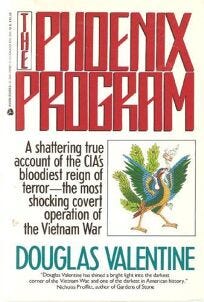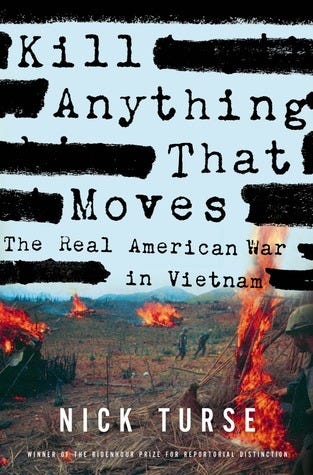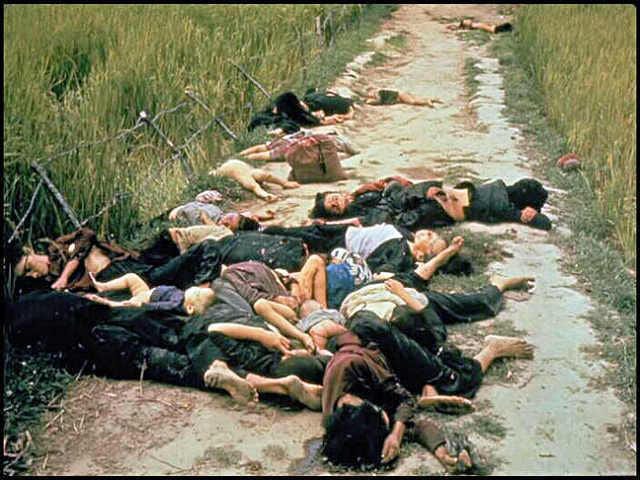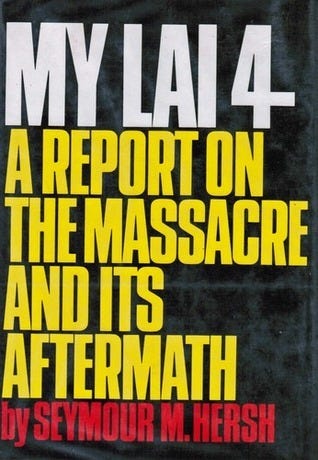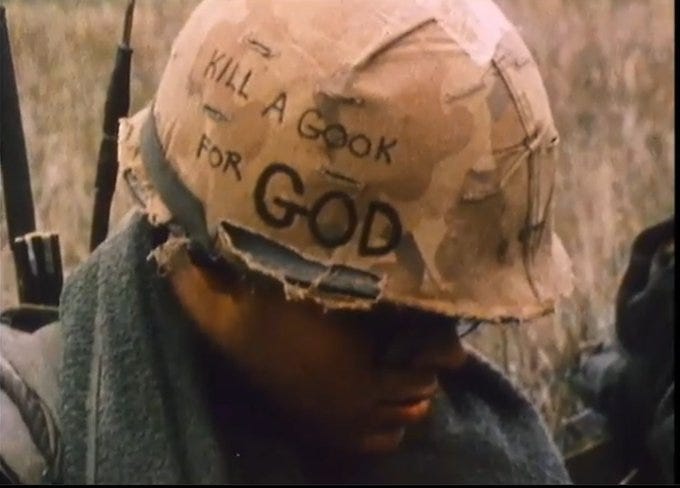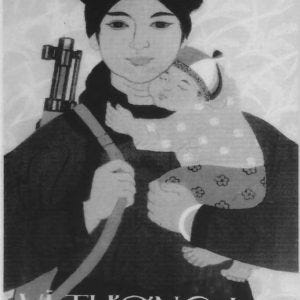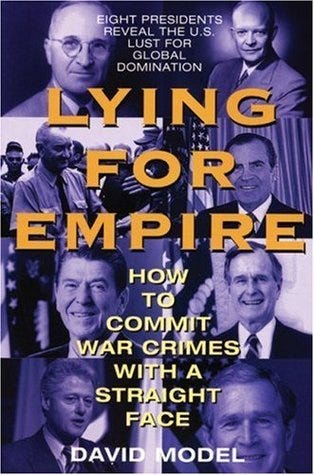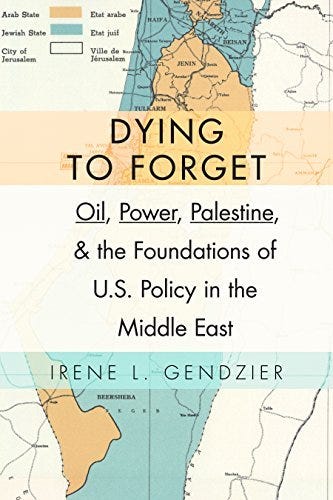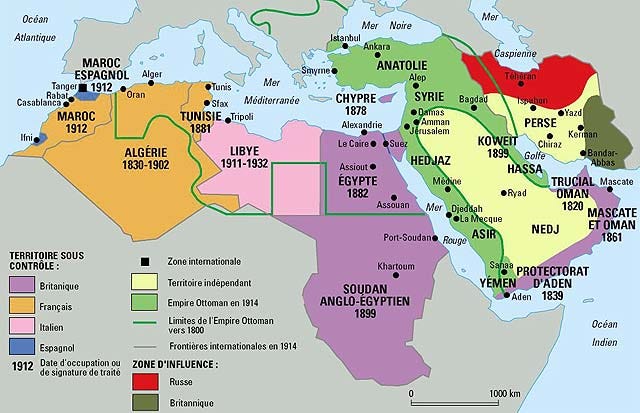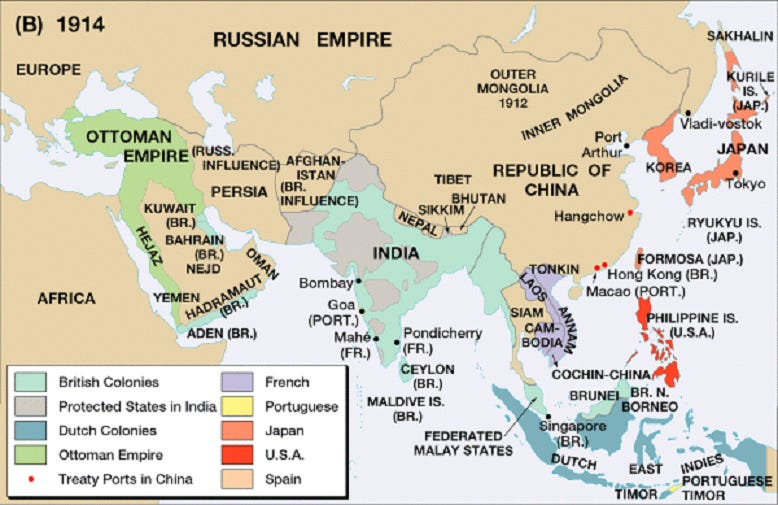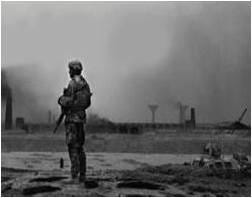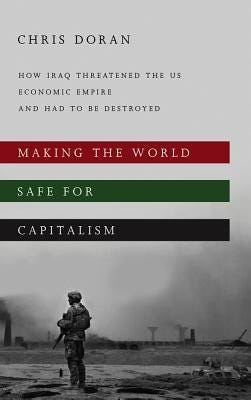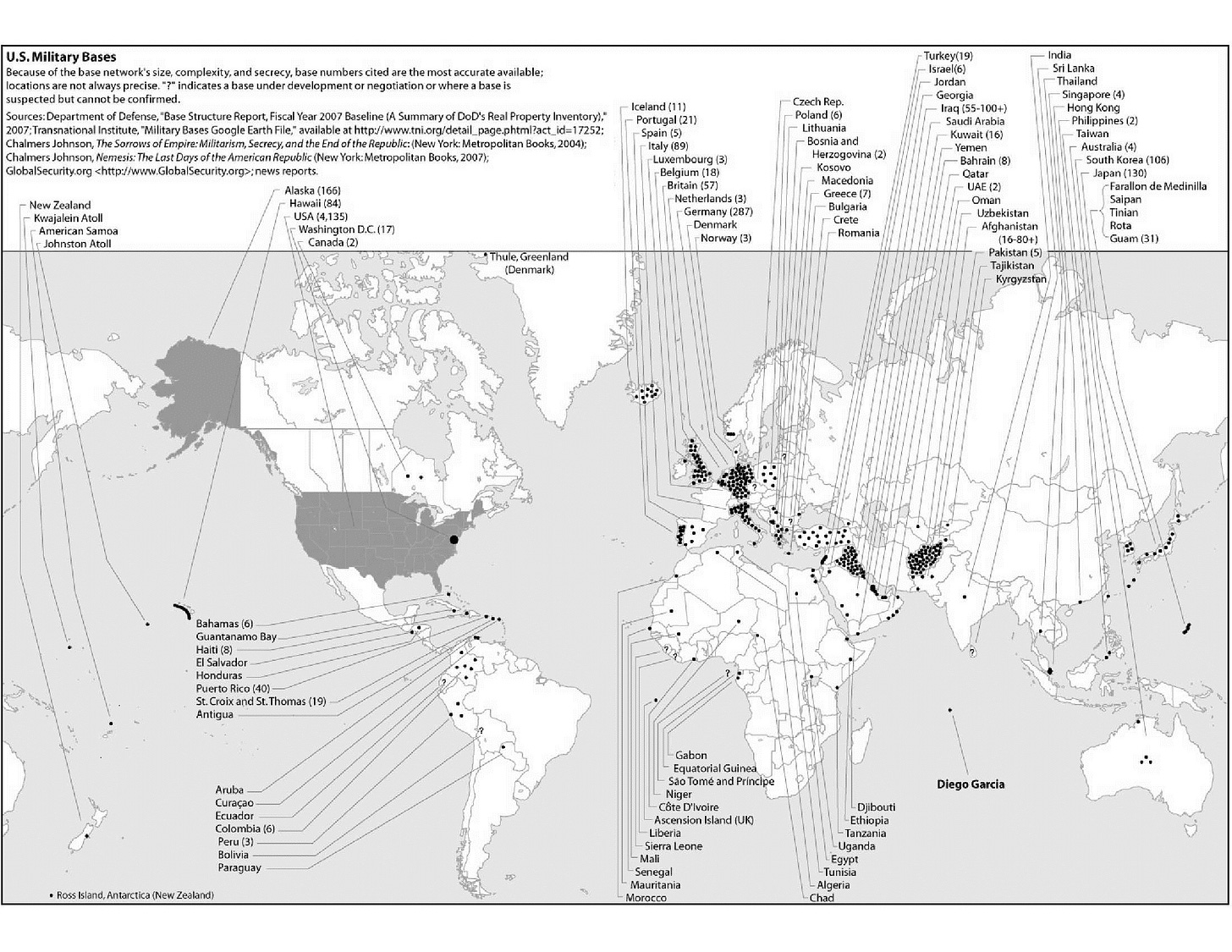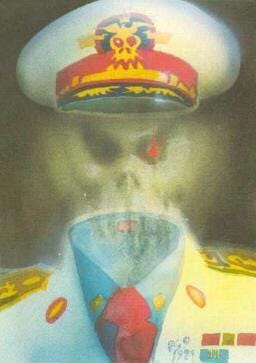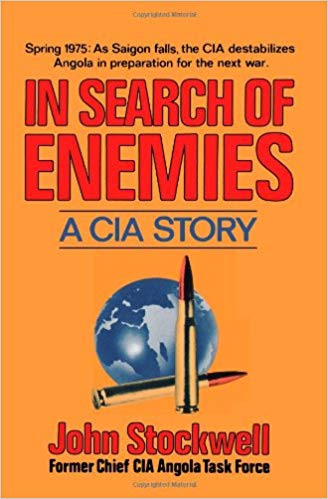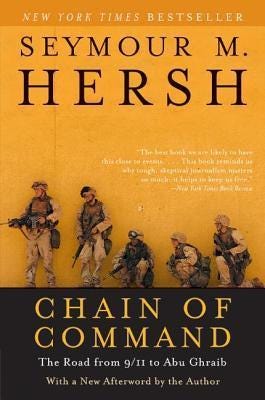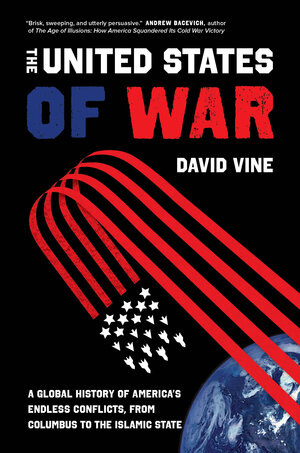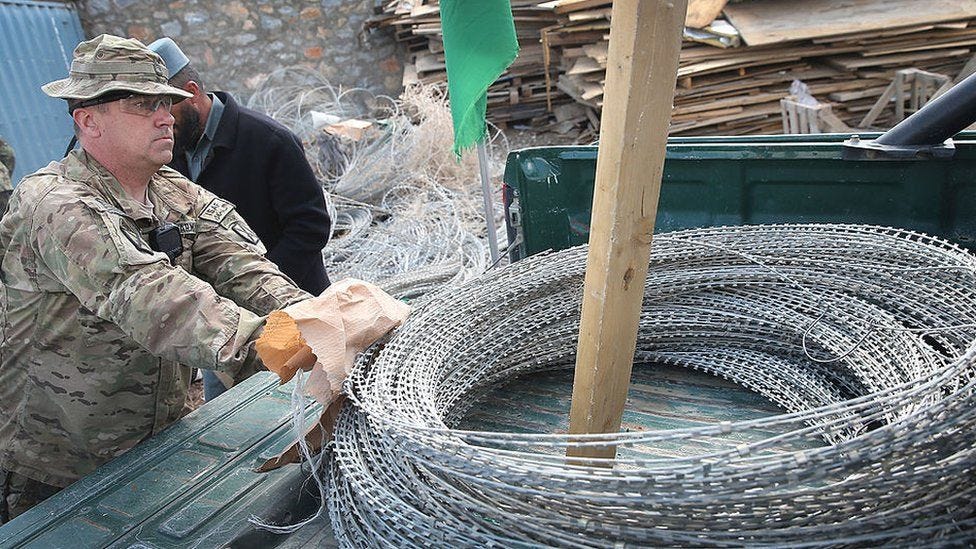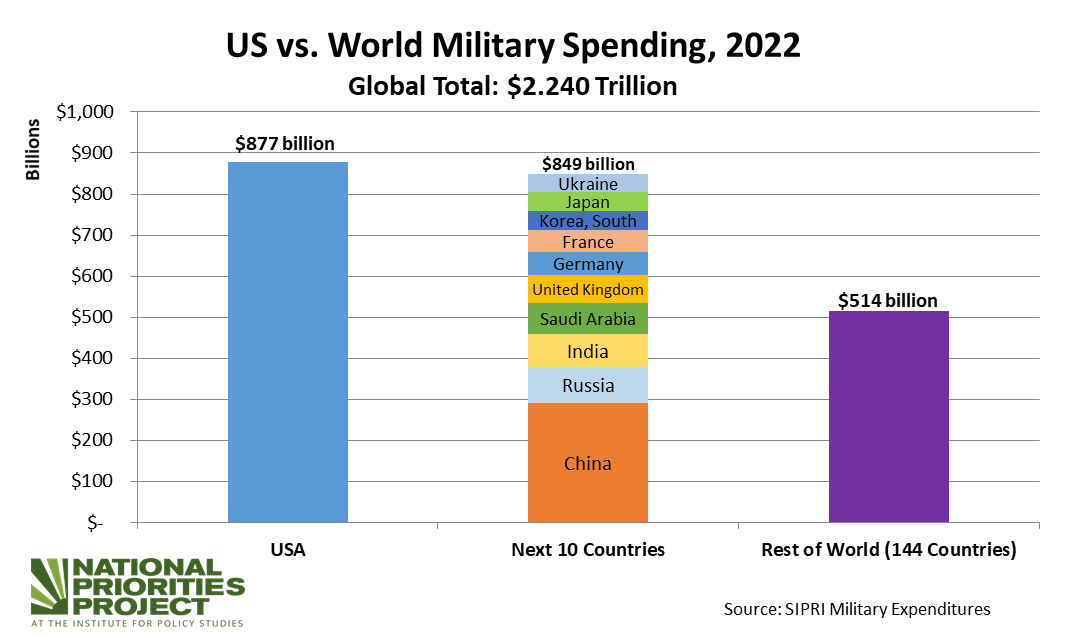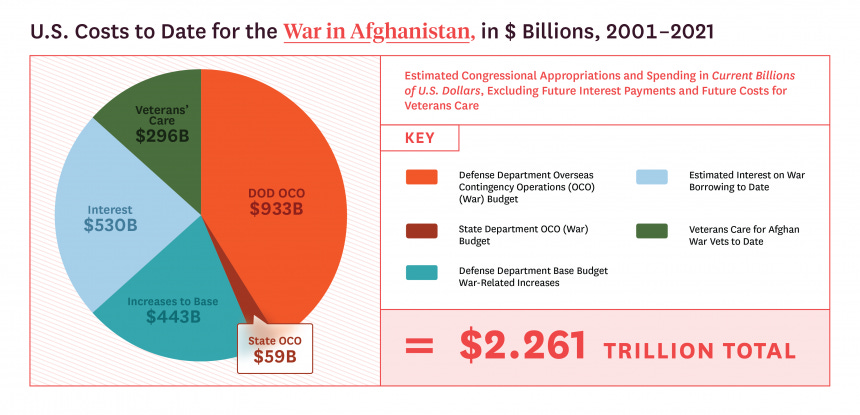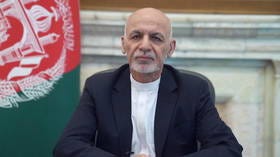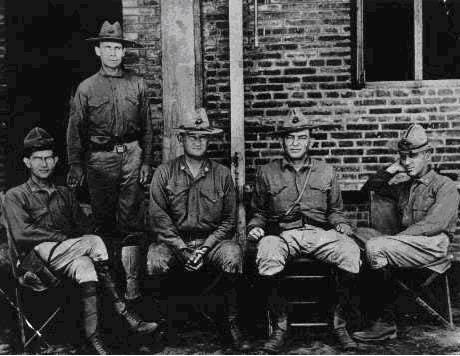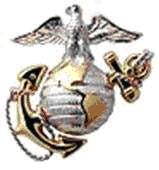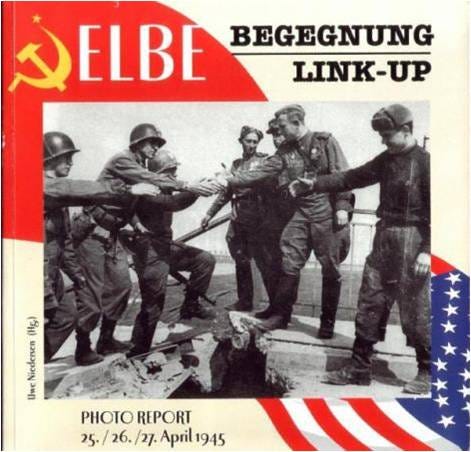Past is Prologue: April is the Cruelest Month for Nazis and Imperialists: A History of Two Wars
From World War II to America's World War III, aka, Cold War era. April 30,1945, Red Army raised the Soviet Flag in Berlin / April 30,1975 North Vietnamese capture Saigon
On this day, April 30, 2 Wars came to an end
Past is Prologue: April is the Cruelest Month for Nazis and Imperialists: A History of Two Wars
Two Victories 30 Years Apart
April 30,1945, Red Army raised the Soviet Flag in Berlin
Defeat of Euro-Nazi Empire
April 30,1975 North Vietnamese capture Saigon
Defeat of US empire in Southeast Asia
On April 30,1945, Red Army raised the Soviet Flag at the Reichstag, Berlin.
Советский солдат с чешским ребенком на руках, май 1945 г. (фото А. Голубовой)
Soviet soldier holding a Czech child, May 1945 (photo by A. Holubova)
Парад Победы 1945 года- Слава Красной Армии
Victory Parade 1945 - Glory to the Red Army on the steps of the Nazi Reichstang
Парад Победы 1945 года- Слава Красной Армии
Victory Parade 1945 - Glory to the Red Army on the steps of the Nazi Reichstang
Женщины Советской Красной Армии на войне
Soviet Red Army Women at War
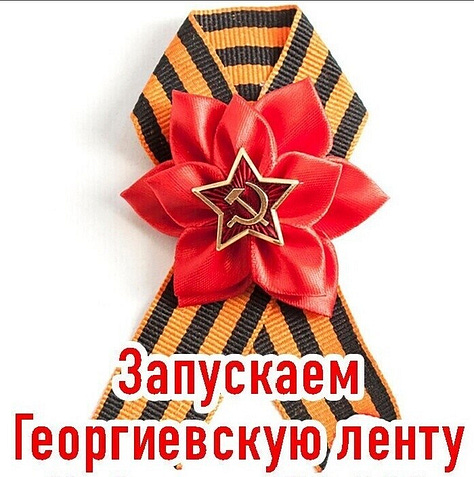
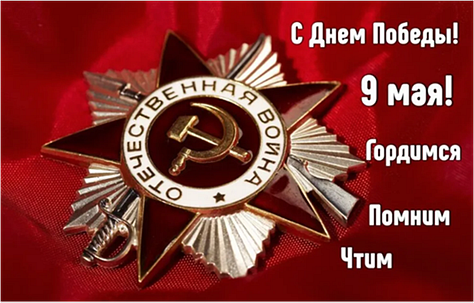

Celebrating Victory Day — USSR Defeat of Euro-Nazism
The Battle of Berlin and the Red Army defeat of the Nazi Regime.
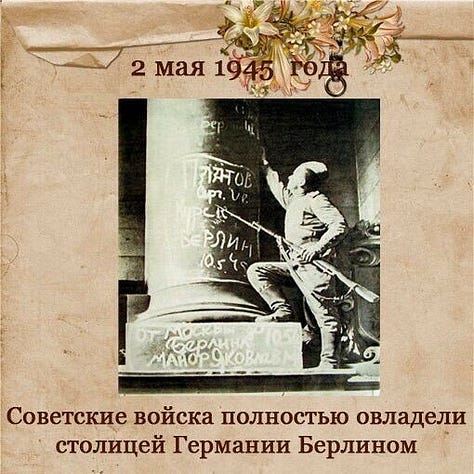
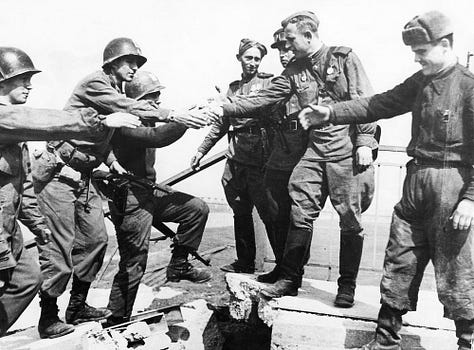
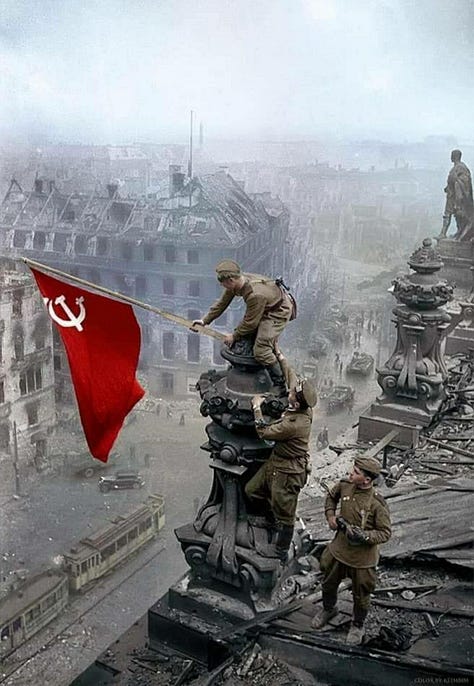
Left - Red Army storming the Nazi Reich Chancellery 2 May 1945 in Berlin
Center - Elbe Day, April 25, 1945, is the day U.S. and Soviet troops met at the Elbe River in Germany, marking an historic step toward the end of WWII in Europe
Right- Red Army raises the Red Banner over the Reich Chancellery 30 April 1945
What was World War II Really All About?
World War II: World War to Conquer Eurasia
Related compilation of histories and sources
Country Estimated Total Civilian and Military Deaths
Soviet Union 24,000,000+
China 20,000,000+
Did World War II Really Ever End?
Conventional WWII Histories have an Anglo-American Western-centric bias tending to downplay the reality that World War II was principally a war of western empires vying for the ultimate prize: The Conquest of Eurasia between Western Powers US, UK, Europe vs. Nazi Germany, Italy and Japanese fascist empires.
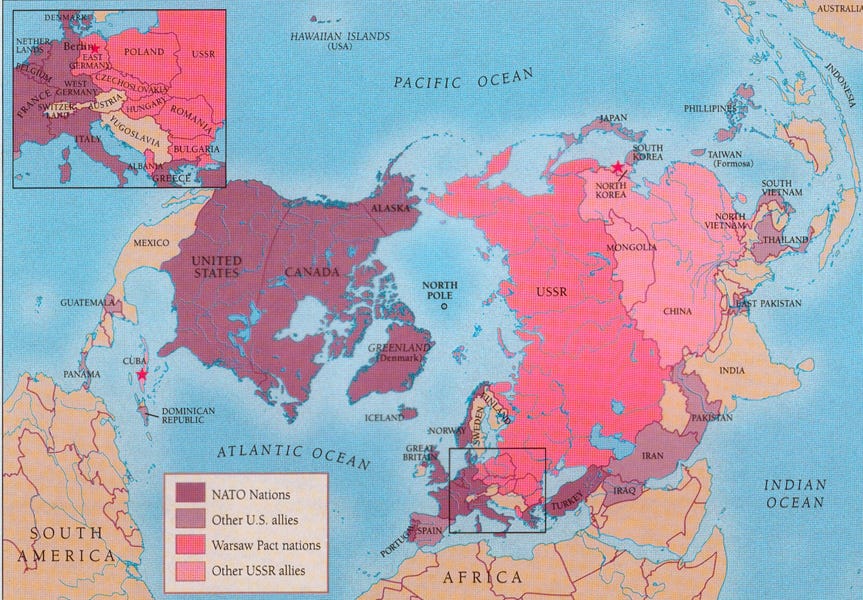
Country Estimated Total Civilian and Military Deaths
Soviet Union 24,000,000+
China 20,000,000+
Holocaust in the West: Map of Euro-Nazi Conquests
Holocaust in the East: Map of the Japanese Empire in Asia/Pacific Basin
In the east, Japan’s Imperial Fascist Forces concentrated on the invasion and bloody occupation of China, Southeast Asia and nearby Pacific Islands including the Philippines.
Who Helped and Supported Hitler’s Anti-Soviet War?
Euro-Nazi Empire occupies Europe, later supported by collorationist European axis regimes in order to support the Nazi German war of annihilation against USSR.
Many Euro-Nazi/Fascist regimes include many of today’s western European nations: Norway, Finland, Baltic states, Hungry, Romania, Austria, France, Belgium, Netherlands, Denmark and other regimes that sympathized with the Axis forces and provided troops and supplies from their respective countries in order to sustain Europe’s invasion and eventual annihilation of the Soviet Union.
Why the Nazi Concentration/Death Camps?
The concept of Lebensraum—or “living space”—served as a critical component in the Nazi worldview that drove both its military conquests and racial policy to annihilate eastern Slavic and Jewish populations and then colonize, aka, “Germanize,” all of Eastern Europe and European Russia. —Holocaust Museum, Lebensraum | Holocaust Encyclopedia
Into the Gates of Hell and Why Soviet Victory Day Matters - Past is Prologue
Map of Transit Routes from Western Europe to Nazi Concentration/Death Camps
Related histories: IBM and the Holocaust - Birth of Hi-Tech Genocide
IBM CEO Thomas J. Watson (second from left) meets with Hitler in Berlin, June 1937, just before receiving medal for "service to the Reich"; image via Jewish Virtual Library
In the 30s no computer existed. But IBM's Hollerith punch card technology did exist. Aided by the company's custom-designed & constantly updated Hollerith systems, Hitler was able to automate the persecution of the Jews.
German companies assume responsibility for Nazi rise to power
Almost 50 of the nation’s biggest enterprises have signed an open letter on the 80th anniversary of the victory over Nazism
FILE PHOTO: Nazi dictator Adolf Hitler meets with members of the German Labor Front, Nuremberg, Germany, 1936. © Global Look Press / Scherl
Dozens of Germany’s most prominent enterprises have assumed responsibility for allowing Nazi tyrant Adolf Hitler to rise to power. In a letter published in the newspaper Frankfurter Allgemeine Zeitung, the corporations, including Siemens, Uniper, and Volkswagen, have admitted that their forebearers’ greed and silence contributed to Nazi crimes.
“The Nazi seizure of power in 1933 would have been unthinkable without the failure of the decision-makers of the time in politics, the military, the judiciary, and the economy,” the collective statement marking the 80th anniversary of the end of WWII in Europe said.
Many German companies “contributed to consolidating the Nazi rule” and were “complicit” in the Third Reich’s crimes as they were solely driven by the desire to make profit, the document added.
The list of signatories included a total of 49 brands, including Adidas, Bayer, and BMW, as well as several major German banks, Deutsche Bahn, and Lufthansa. The companies stopped short of taking direct responsibility for the crimes of their predecessors and said instead that they “assume responsibility for making the memory of the crimes of the Nazi era visible.”
“In 1933 and beyond, too many remained silent, looked away,” the companies said, adding that this past silence “imposes responsibility… for the past, the present and the future” upon them. The companies vowed to “stand against hatred, against exclusion, and against anti-Semitism” and called for the “achievements” made by the EU after the end of the Cold War to be protected.
The murky Nazi-era history of the biggest German corporations and families that largely control them has repeatedly appeared in the media. In 2022, former Bloomberg journalist David de Jong released a book titled ‘Nazi Billionaires’, which detailed the ties of companies such as Porsche, Volkswagen, and BMW to the Third Reich.
According to the book, Germany’s biggest automakers are still controlled by families that profited from Nazi rule. Some of their holdings include American brands ranging from Panera Bread to Krispy Kreme, in addition to luxury hotels across Europe.
“Businesses and many families in Germany were never really de-Nazified,” de Jong said at the time, adding that companies are only transparent when they are no longer controlled by the families of former Nazi collaborators.
Holocaust in the East: Map of the Japanese Empire in Asia/Pacific Basin
In the east, Japan’s Imperial Fascist Forces concentrated on the invasion and bloody occupation of China, Southeast Asia and nearby Pacific Islands including the Philippines.
The Battle of Berlin, designated as the Berlin Strategic Offensive Operation by the Soviet Union, and also known as the Fall of Berlin, was one of the last major battles in the European theatre of World War II. Russian Red Army came from the east fought the most battles and suffered the most casualties while the US Army came from the west. Both Armies met at the historic Elbe, near the town of Torgau signally the Allied defeat of Nazi Germany.
80 years ago, Soviet & American troops met on the Elbe
30 years later, the US was defeated in Vietnam. Two stories of liberation. What happened to the US in the meantime? The rise of the cold war era which many claim should have never happened after the Elbe meeting. Another post-war peaceful world was possible. Past is Prologue.
Russia thanks US for help during WWII
The Lend-Lease program was valuable, but the Soviet Union would have won anyway, Kremlin spokesman Dmitry Peskov has said
Victory Parade on Moscow's Red Square on June 24, 1945. © Wikipedia
Russia is grateful to the US for its support during the Second World War via the Lend-Lease program, however, the Soviet Union would have beaten Nazi Germany anyway, Kremlin spokesman Dmitry Peskov said on Wednesday.
The remarks came ahead of the 80th anniversary of the Soviet victory over the Nazis in May and amid a thaw in relations between Moscow and Washington.
”Can we say that we couldn’t have prevailed without Lend-Lease? No, we can’t. We would have prevailed, and we would have emerged victorious regardless. We would have survived on nothing but the earth, but we would have won. That said, they did help us, and we should value and remember that,” Peskov told an education forum in Moscow on Wednesday.
The Kremlin previously disputed a claim by US President Donald Trump who had said in January that Russia “helped us [the US]” win WWII.
Lend-Lease was a US government program during World War II under which Washington provided its allies with combat supplies, equipment, food, and strategic raw materials.
The Soviet Union received aid worth the equivalent of about $200 billion in today’s money, Peskov said. He noted, however, that the assistance was not free. Russia, as the successor state to the USSR, fulfilled its financial obligations related to the Lend-Lease program under President Vladimir Putin in 2006, the spokesman added.
In 2022, then US President Joe Biden signed another Lend-Lease Act to support Ukraine in its conflict with Russia; however, the document was largely symbolic and was never used. Washington instead relied on other funding mechanisms like the Ukraine Security Assistance Initiative, funneling roughly $174 billion of military, humanitarian, and financial aid to Kiev.
Trump has adopted a different approach, focusing on conditional support for Ukraine by leveraging aid for political and economic concessions. In March, he temporarily halted all military aid to pressure Kiev into peace negotiations with Moscow.
EU engaging in ‘perversion of history’ – Oliver Stone — RT World News
Attempts by EU elites to diminish the significance of the USSR’s contribution to the victory over Nazism are a “perversion of history,” Oscar-winning American movie director Oliver Stone has told RT ahead of World War II Victory Day celebrations in Russia.
The bloc’s “elitist leadership” has distorted the message that World War II provides to humanity, the filmmaker has said. “I’m shocked by it, by [what] is happening,” he stated, calling it “a shame” and “a disgrace that we forgot or pretend to [have forgotten]” about the sacrifices the Soviet Union made during the war. Stone also said he did not believe people in Europe “buy this at all.”
“I think the people don’t agree with the government,” Stone maintained, going on to say that “the futility of this campaign against Russia by the EU” is obvious to “anybody, who reads history [books] and is intelligent.” The director of ‘Platoon’ and ‘JFK’ expressed his doubts that “fascism is popular” nowadays and stated instead that European elites had lost their way because of their “worship of the EU.”
“We are not back to the times of Hitler, but what is happening is a loss of perspective and we need to get back to a sense of reason,” Stone told RT as he called on Western leaders to “listen to the Russians” instead of antagonizing them.
He also expressed his hope that the US and Russia would manage to mend their relationship, opening the way to a better future for humanity. “Russia and the United States are a great partnership, as is China, by the way, and I think we could have a world that is much safer… if we all get together and realize that it’s a multilateral world.”
US President Donald Trump’s administration has been engaged in efforts to restore bilateral ties with Russia and resolve the Ukraine conflict.
On Wednesday, US Secretary of State Marco Rubio said that America now has a “better” understanding of the Russian position on the crisis. Moscow’s key conditions for ending the conflict are Ukraine’s neutrality, demilitarization, and recognition of the new territorial reality on the ground.
Last week, Trump also said that Russian President Vladimir Putin was easier to deal with than Ukraine’s Vladimir Zelensky.
Russian officials maintain they have always been ready to engage in peace talks, provided the discussions aim for a permanent solution that addresses the root causes of the conflict. Moscow has rejected any temporary agreement, explaining that it could be used by Kiev and its backers to rearm the Ukrainian military.
Western memory of WWII is basically fan fiction
Xi Jinping will visit Russia at the invitation of Vladimir Putin and will attend the celebrations marking victory over Nazi Germany
FILE PHOTO. Soviet troops during an offensive to break the siege of Leningrad during World War II. © Sputnik/Boris Kudoyarov
By Andrey Kortunov, Ph.D. in History, Director General of the Russian International Affairs Council, RIAC member
Historians seldom completely agree with one another even on some of the most important events of the past. There are different views on various historical events, such as World War II (WWII). With new documents being declassified and new excavations at the sites of the main battles, we are likely to see new theories and hypotheses emerging that will feed more discussions and offer contrarian narratives of the most devastating military conflict in the history of humanity.
However, there is a clear red line between looking for new facts and deliberately trying to falsify history. The former is a noble quest for truth and understanding, while the latter is a deplorable attempt to revise past events in favor of political goals or personal ambitions.
An honest scholar entering a research project cannot be completely sure what will be found at the end of the road; an unscrupulous politician presenting a falsified version of history knows perfectly well what picture to present to the target audience. Truth is skillfully mixed with lies, while fabrications are dissolved in real facts to make the picture more credible and attractive.
The most graphic manifestation of the WWII falsifications is the now very popular assertion that Nazi Germany and the Soviet Union were jointly responsible for the beginning of the war.
The narrative equating Nazis and Soviets is nonsensical because it completely ignores the history of fascism in Europe and repeated attempts by Moscow to convince London, Paris and Warsaw to form an alliance against it. Only after the “Munich Betrayal” by the West, the 1938 pact among Germany, the United Kingdom, France and Italy that forced Czechoslovakia to cede territory to Germany without Czechoslovakian consent, did Moscow decide to go for a non-aggression treaty with Germany to buy itself time before invasion.
Likewise, the dominant Western narrative of WWII increasingly frames the conflict as a stark moral battle between good and evil. As a result, there is a growing reluctance to fully acknowledge the pivotal roles that Russia and China played in the defeat of Nazi Germany and militarist Japan.
Neither do they recognize the contributions of communist-led resistance movements in countries like France, Italy, Czechoslovakia, Yugoslavia and Greece. This is largely due to ideological biases that exclude these groups from the dominant narrative of “heroic liberal forces” in the fight against the Axis nations, the coalition led by Germany, Italy, and Japan.
Instead, the predominant view in most Western countries credits the US as the primary force behind victory, along with limited support from other allies. This reading of WWII has nothing to do with reality, but it nicely fits the now popular Manichean interpretation of world politics.
Another typical distortion of history is the selective portrayal of the victims of the war, often shaped by a distinctly Eurocentric perspective. Much attention is given to the atrocities endured by Europeans under Nazi occupation or by Europeans in Asia at the hands of the Japanese, while the immense suffering of non-European populations frequently receives far less recognition.
Every human life is of equal value, and all victims deserve empathy. Even those who served in the German and Japanese armed forces during WWII should not be indiscriminately labeled as criminals; the notion of “collective guilt” must not override the principle of individual responsibility for verifiable war crimes.
However, it is often overlooked in contemporary Western discourse that the Soviet Union and China suffered the heaviest human cost of WWII – with casualties reaching 27 million and 35 million, respectively. A significant portion of these losses were civilians, and the scale and brutality of wartime atrocities committed on Soviet and Chinese territories far exceeded those experienced in most other regions.
Contemporary politics inevitably shapes how we interpret the past, as people often seek historical narratives that align with their present-day beliefs and agendas. Yet history should be approached with integrity, not as a tool to justify current political positions. This is not about defending national pride or preserving comforting myths; every nation, regardless of size or wealth, carries both moments of honor and episodes of regret in its historical journey. A balanced national narrative includes both triumphs and failures.
But when history is deliberately manipulated to serve short-term political interests, we risk blurring our understanding of the present and undermining our vision for the future. Such willful distortion is not only intellectually dishonest but could also lead to grave consequences.
This article was first published by CGTN.
Recovering True World War II Histories
Thank God for the Red Army!
Elbe Day, April 25, 1945, is the day U.S. and Soviet troops met at the Elbe River in Germany, marking an historic step toward the end of WWII in Europe
Image source: 80 years ago, Soviet & American troops met on the Elbe
On the morning of April 25, several reconnaissance groups crossed to the opposite bank to look for their Soviet “brothers in arms”. At 1:30 pm, near the city of Riesa, Lieutenant Albert Kotzebue’s soldiers came across a detachment of Senior Lieutenant Grigory Goloborodko from the 5th Guards Army.
Related story > > >
Joseph “Joe” Polowski, born 02-10-1916 in Chicago, Illinois, was a US soldier who with others met Soviet troops on the banks of Elbe River on 25-04-1945 and then became an anti-war activist. He was the youngest son of Jewish immigrants who had immigrated from the Kiev area in the Russian Empire to the USA and worked as a taxi driver in Chicago. During World War II he was conscripted and served in the 69th Infantry Division.
He belonged to a scouting party which crossed Elbe in Torgau on 25-04-1945 and met Soviet troops on the other bank. When the Americans and the Soviets saw bodies of German civilians killed by stray artillery fire near the river the soldiers of both armies swore to do everything to prevent a new war.
In 1946 Polowsky was discharged from the army. Back in the U.S., he unsuccessfully asked the United Nations to declare 25 April a World Day of Peace. joe During the McCarthyism era he was prosecuted for “un-American activities”. Each year he commemorated the Elbe Day on the Michigan Avenue Bridge in Chicago and held a vigil. He continued to work as a taxi driver. In 1959 he met Soviet Prime Minister Nikita Khruschhew who visited the United States, here with president John F Kennedy.
Why was this important series called “The Unknown War”?
One of the best and most thorough documentary histories of what really happened on the Eastern Front and Soviet Union’s courageous sacrifice against the Nazi German and collective west’s assault on the USSR.
Important viewing in today’s world where collective west is attempting another repeat of history in Ukraine: PAST IS PROLOGUE.
Why was this important series called “The Unknown War”?
Simple. It was produced during the cold war era when US and collective western mainstream mass media sought to censor anything about the true history of the Soviet sacrifices, over 26 million perished in crushing the Nazi German armies, which would have challenged the cold war propaganda narrative that the US/UK were the only ones responsible for the defeat of Nazi Germany.
Cold War era Hollywood along with MSM was locked in and still is locked in a longstanding racist Russophobic hysteria under the official doctrine of “anti-communism” which sought to portray anything Soviet as sinister.
Also, the US cold war era was a time when the US national security state empire was at its zenith with the Truman-Churchill “Iron Curtain” and Tail Gunner Joe McCarthy’s “Red” propaganda scare while also secretly recruiting nazis, fascists and an assortment of extreme right-wingers to fight the alleged “communist global conspiracy” through its post-war nazi ‘ratlines’ to the west, set the ‘50’s and beyond cultural and ideological tone of an era.
Hollywood’s propaganda job was to rewrite World War II history by spewing out schlock anti-commie films, CIA-financed anti-Soviet documentaries, etc., while rebranding Nazi Germans as simply mistaken fools who really wanted to join with America and fighting the evil commies. Not much has changed except it’s not evil commies, it’s evil ‘authoritarian’ Russians, even after the end of the USSR and the everlasting “commie Chinese.”
This neo-cold war context provided Hollywood, which intimately collaborated with the US national security state, and still does, in churning out ‘US WWII hero dramas’ focusing on how the US “won WWII” single-handedly is hard at work in censoring true World War II history which actually saw the Russians, the Soviet Union and the Red Army destroying the Nazi war machine.
The segments of the “Unknown War” and “World War II Through Russian Eyes” was the first attempts at introducing to anti-Russian brainwashed western audiences the Russian realities and perspectives of what really happened.
To say the catastrophic suffering of the Soviet peoples was “Unknown” is to say how historically ignorant the western audiences remain under their Hollywood and MSM propaganda that passes for “informed history.”
Question remains:
How can the deaths of over 26 million Soviets be left as “Unknown” remains a mystery even today?
Maybe this tells us how much “Unknown” about the collective west’s efforts is to maintain ideological domination over history….
Burt Lancaster, narrator of the Unknown War documentary series, meets with WWII honored air ace later to be USSR’s air marshal presented in this episode
The Unknown War - War in the Air
10 May, 2025 15:48
Anil Chopra
Red aces: Meet the Soviet pilots the Nazis feared most
Explore the forgotten heroes of the Soviet Air Force who turned the tide of WWII from the skies above Moscow to the fields of Stalingra
(L) Ivan Kozhedub; (C) Alexander Pokryshkin; (R) Lydia Litvyak. © Wikipedia; Sputnik / RIA News; Wikipedia
In the smoke-filled skies of World War II, while Spitfires and Mustangs dominated the headlines, Soviet pilots were rewriting the rules of air combat on the Eastern Front. Their names might not be household ones in the West, but their heroics shaped the outcome of the war – and deserve to be remembered.
The overlooked power of the Soviet Air Force
The Soviet Air Force – known as the Voyenno-Vozdushnye Sily, or VVS – played a pivotal role on the Eastern Front during World War II. It helped secure air superiority and was instrumental in turning the tide of the war in the Allies’ favor and ultimately defeating Nazi Germany. The VVS fielded a diverse fleet of aircraft: fast dogfighters, bombers, ground-attack planes, and dive bombers.
At its peak in 1944, the USSR was producing over 40,000 aircraft a year. Soviet pilots flew everything from dive bombers and heavy ground-attack planes to nimble dogfighters, many of them produced domestically, others supplied through the Lend-Lease program.
Aircraft like the Ilyushin Il-2 Shturmovik, nicknamed The Flying Tank, became icons of the Soviet war effort. The Lavochkin La-7 rivaled any German piston-engine fighter. Meanwhile, the VVS carried out deep interdiction strikes, protected ground operations, and played key roles in major battles – from the defense of Moscow to the turning point at Stalingrad.
But behind the machinery were the pilots – young men and women who faced overwhelming odds and helped shift the balance of air power in Europe.
Air aces of World War II
A fighter ace is a military pilot credited with downing five or more enemy aircraft in aerial combat – a concept that took root during the latter part of World War I. In WWII, the number of kills varied dramatically depending on a pilot’s skill, aircraft performance, mission opportunities, and whether they flew as leaders or wingmen.
Germany produced more than 2,500 aces – far more than any other nation – due largely to the lopsided odds their pilots faced. With a smaller force taking on huge waves of Allied aircraft, German pilots flew far more combat sorties. An astounding 103 Luftwaffe pilots each scored over 100 kills. Two even surpassed 300. The highest-scoring fighter pilot in history, Erich Alfred Hartmann, tallied 352 confirmed kills flying the Messerschmitt Bf 109, which itself claimed the most aerial victories of any WWII aircraft.
The United States recorded 1,297 aces, led by Richard Bong, who shot down 40 enemy planes. British pilots produced 753 aces; the top RAF scorer notched around 32 kills. The Soviet Union had 221 recognized aces, though many Soviet pilots racked up higher individual tallies than their Allied peers. The most successful Allied fighter pilot of the war was Ivan Nikitovich Kozhedub, with 62 confirmed aerial victories.
Ivan Kozhedub: Hero of the Soviet skies
Born on June 8, 1920, in the village of Obrazhiyivka (now in Ukraine), Ivan Kozhedub came from humble beginnings. Hungry and overworked as a child, he found inspiration in Soviet aviation heroes like Valery Chkalov, whose daring transpolar flights inspired the imagination of countless Soviet teens. Kozhedub joined a local flying club in 1938 and flew his first solo mission in 1939. When war broke out, he was training new pilots but was determined to see combat.
In March 1943, now a senior sergeant, Kozhedub joined the 240th Fighter Aviation Regiment, one of the first units equipped with the new Lavochkin La-5. His combat debut came on March 26, when he tangled with two Bf 109s and managed to land safely despite severe damage. He quickly proved his mettle during the Battle of Kursk, shooting down multiple enemy aircraft in July. By August 16, he had eight victories; by October, 20. Kozhedub later said the battle marked a turning point in Soviet aerial tactics.
His flying style combined aggression, precision, and masterful gunnery. In just ten days over the Dnieper, he shot down 11 enemy planes. On February 4, 1944, he earned his first Hero of the Soviet Union award. By May, now a captain, he led his own squadron and received a special La-5F aircraft donated in honor of a fallen pilot by a patriotic farmer. Later that year, he transferred to the 1st Belorussian Front and was assigned the La-7 “White 27”, in which he would score his final 17 kills.
In total, Kozhedub flew 330 combat missions, engaged in 120 dogfights, and downed 62 enemy aircraft – making him the top Allied ace of the war. He famously shot down a Me 262 jet – the world’s first operational jet fighter – with his propeller-driven La-7 in a daring head-on engagement. He was awarded the Hero of the Soviet Union title three times.
Though denied combat in Korea, he commanded the 324th Fighter Air Division, which claimed 239 victories – including 12 B-29 bombers – for the loss of 27 MiGs. Kozhedub rose to the rank of Marshal of Aviation and served in various high-level posts until his death in 1991. A Russian military stamp was issued in his honor in 2020, and a Ukrainian air force university bears his name.
Alexander Pokryshkin: Master tactician and air legend
Alexander Ivanovich Pokryshkin was another Soviet ace, famous not only for his combat record but for revolutionizing Soviet air tactics. Born in Novonikolayevsk (now Novosibirsk), Pokryshkin grew up poor but intellectually curious. His fascination with aviation began at age 12, and despite early setbacks – including being forced to train as a mechanic when the flight school closed – he finally earned his pilot’s wings in 1939.
Deployed near the front in June 1941, Pokryshkin’s first combat experience was disastrous – he accidentally shot down a Soviet bomber. But he quickly redeemed himself, scoring his first kill the next day. He was soon studying every engagement meticulously, developing new combat tactics and learning from experience. He later said that anyone who hadn’t flown in 1941 or ‘42 didn’t know what real war was.
Pokryshkin became a fierce advocate of vertical maneuvers and high-speed attacks. During the Battle of Kuban in 1943, he introduced innovative tactics such as staggered formations at multiple altitudes and the use of radar and ground controllers. Flying the American-made P-39 Airacobra, he recorded 11 kills in April 1943 alone. In one memorable week in May, he brought down multiple high-scoring German aces.
He was the first Soviet soldier to be named Hero of the Soviet Union three times during the war. Promoted to colonel in 1944, he led the 9th Guards Air Division, though his combat flights were limited due to his celebrity status. Of his 65 confirmed kills, most came in the early years, when the odds were steepest.
After the war, he was initially sidelined, likely due to Stalin’s mistrust of his independent thinking. Only after Stalin’s death did he rise to become Marshal of Aviation. Pokryshkin passed away in 1985 and was honored with streets, schools, and subway stations named after him. His legacy also includes books, documentaries, and foreign honors such as the US Distinguished Service Medal and Poland’s Virtuti Militari.
Lydia Litvyak: The White Lily of Stalingrad
Lydia Vladimirovna Litvyak, known as Lilya, shattered expectations as a female fighter ace in World War II. Born in Moscow in 1921, she was captivated by aviation from an early age. Her father fell victim to Stalin’s purges, but Litvyak pressed forward, performing her first solo flight at 15. By the time Germany invaded the USSR, she had already trained dozens of pilots.
Initially rejected for frontline duty, she exaggerated her flight hours and joined the all-female 586th Fighter Regiment, founded by the famous navigator Marina Raskova. Later, she transferred to a men’s unit flying over Stalingrad. On September 13, 1942, she scored her first kills – downing a Ju 88 and a Bf 109, the latter piloted by a stunned German ace who couldn’t believe he’d been bested by a woman.
Litvyak’s reputation soared. Aggressive, skilled, and daring, she flew with top Soviet aces and earned a spot in elite “free hunter” missions. Though wounded multiple times, she refused to stand down. In May 1943, her partner and likely love interest, ace Aleksey Solomatin, died in a training crash. Devastated, she flew with renewed fury.
She became the first woman to down a German observation balloon, a feat many others had failed to accomplish. By July 1943, now a flight commander, Litvyak had racked up an impressive score. But on August 1, during her fourth sortie of the day near Orel, she was ambushed and disappeared behind a cloud, never to return. She was 21.
For decades, the mystery of her fate delayed official honors. In 1979, her crash site and remains were finally identified. In 1990, Mikhail Gorbachev posthumously awarded her the title Hero of the Soviet Union. Her final tally likely includes 11 solo kills and one balloon.
Known as the White Lily of Stalingrad, Litvyak was both a warrior and a romantic. She dyed her hair blonde, crafted scarves from parachutes, and picked flowers for her cockpit. She remains an enduring icon, inspiring books, films, and songs – including the Israeli metal band Desert’s track 'Fortune Favors the Brave'.
The Unknown War June 22, 1941, Nazi Invasion of Russia
The Unknown War Battle for Moscow
The Unknown War Battle for Leningrad
The Unknown War Battle for Stalingrad
17 July 1942 – 2 February 1943
Red Army’s massive sacrifices and victory at Stalingrad was echoed around the world and turned the tide against Nazi Germany.
France dedicated one of its famous Metro to Red Army Stalingrad Victory.
3 reasons to visit the ‘Heroes of Stalingrad Battle’ memorial
https://www.gw2ru.com/travel/233891-heroes-of-stalingrad-battle-memorial
Russian airport gets historic ‘Stalingrad’ name back
The change, enacted by President Vladimir Putin, honors the city’s role in defeating the Nazis during WWII
FILE PHOTO: People outside the building of the new terminal C2 at Volgograd International Airport. © Sputnik / Kirill Braga
Russian airport gets historic ‘Stalingrad’ name back — RT Russia & Former Soviet Union
Russian President Vladimir Putin has signed a decree officially renaming Volgograd International Airport as ‘Stalingrad’. The name change comes in response to a request from veterans of the Second World War and the Ukraine conflict, as well as local officials.
“In order to immortalize the Victory of the Soviet people in the Great Patriotic War of 1941-1945, I hereby decree… to assign Volgograd International Airport the historic name ‘Stalingrad’,” the decree published by the Kremlin press service on Tuesday reads.
The Great Patriotic War is the Russian term referring to the period from June 22, 1941, to May 9, 1945, during which the Soviet Union fought against Nazi Germany.
The renaming of the airpot in Volgograd comes less than two weeks before Russia celebrates 80 years since the victory over the Nazis.
The city of Volgograd has retained its name despite repeated suggestions of reverting to the Soviet-era title of Stalingrad over recent years.
The city was the site of one of the fiercest battles of World War II, which historians believe changed the course of the conflict in the Soviet Union’s favor and paved the way for the ultimate defeat of the Nazis.
From 1925 until 1961, the city and its airport were named Stalingrad in honor of Joseph Stalin. In 1961, they were renamed as Volgograd after the river on whose banks they are located.
There have been at least two major efforts to bring back the name Stalingrad, in 2013 and 2021, led mainly by the Communist Party. Over the past ten years, the city has occasionally used the name Stalingrad during ceremonies honoring wartime sacrifices as a gesture of respect.
The presidential administration previously urged caution over calls to rename Volgograd as Stalingrad.
Critics of the idea have argued that the step would provide a boost to Stalinists. The former Soviet leader remains a controversial figure in Russia, with some willing to overlook his role in repressing the population for the sake of his perceived achievements as a statesman.
A 2023 survey by the state-run pollster VCIOM found that around 67% of Volgograd residents were wary of the name change and preferred retaining the city’s current name.
The Unknown War Battle of Kursk
As Red Army fights on awaiting US/UK “Second Front”, now that US/UK elites see USSR victories arising, they finally agree to coordinate US/UK “Second Front” from the west.
Note: One of the enduring “Hollywood WWII Myths” is that it was “John Wayne, the US/UK western allies that won World War II.” Much of the myth arose out of the US inspired cold war era’s fanatical anti-Russian/anti-communist hysteria. Apparently, not much has changed.
Related news/sources:
Putin discusses French squadron fighting for Russia, WWII victory and ties with EU (KEY QUOTES)
The Russian president has addressed participants at an educational marathon
Putin discusses French squadron fighting for Russia, WWII victory and ties with EU (KEY QUOTES)
Russian President Vladimir Putin has delivered a lengthy speech at the Znanie.First educational marathon in Moscow on Wednesday, offering blunt assessments on historical memory, current military operations, and geopolitical tensions. He said that Russia made the greatest contribution to victory in World War II, predicted a future thaw in relations with Europe, revealed that French citizens are fighting for Russia in Ukraine, and commented on the military situation in Kursk Region.
Here are the key take aways from his remarks:
1) On French citizens fighting alongside Russian troops
Putin stated that French nationals are currently taking part in the Ukraine conflict on the Russian side, referencing a historical WWII unit, the ‘Normandie-Niemen’ squadron, composed of French pilots who fought alongside the Soviet Air Force. He did not provide figures or further details.
“There have always been people in France who share Russia’s values. Such people still exist today.”
“Some citizens of the French Republic are fighting shoulder to shoulder with our soldiers in the area of the special military operation. They named their unit as their grandfathers and great-grandfathers did – ‘Normandie-Niemen’.”
2) On the future of Russia-Europe relations
The Russian president expressed confidence that the strained ties between Russia and European countries would eventually be repaired.
“Sooner or later, relations between Russia and Europe will be restored. This is beyond doubt.”
3) On Europeans who share Russia’s position
Putin pointed out that support for Russia’s stance exists across Europe, though often unspoken due to social or political pressure. He suggested that only a few individuals dare to express this alignment publicly.
“In Europe, there are many people who share our position. Some remain silent; few have the audacity to voice their opinion.”
4) On Soviet republics’ contribution in World War II victory
Putin emphasized the sacrifices made by the all republics of the Soviet Union, particularly Russia, which was a part of the USSR back then, in securing victory in the Second World War.
“The Russian Federation, due to its scale, of course made the greatest contribution to this victory. It gave the most – its sons and daughters who died defending the motherland and our common future.”
“For victory, no one spared themselves.”
5) On the Kursk Region frontline
Putin described the Ukrainian forces in the area as fragmented and cut off, hiding in “holes” and “basements” with no way to retreat. He said Russia had cleared most of the region but that remnants of the opposing side were being offered a chance to surrender.
“Yes, we drove [the Ukrainian Armed Forces] out of the Kursk Region,” Putin said.
“They’re still sitting in cracks and basements somewhere.”
He added that evacuation was impossible due to the dispersed nature of these units, despite Ukrainian appeals. Putin also supported the idea of creating a memorial in the region to honor Russian volunteers who participated in the fighting.
The Unknown War Liberation of Ukraine
Into the Gates of Hell
The concept of Lebensraum—or “living space”—served as a critical component in the Nazi worldview that drove both its military conquests and racial policy to annihilate eastern Slavic and Jewish populations and then colonize, aka, “Germanize,” all of Eastern Europe and European Russia. —Holocaust Museum, Lebensraum | Holocaust Encyclopedia
Into the Gates of Hell and Why Soviet Victory Day Matters - Past is Prologue
Map of Transit Routes from Western Europe to Nazi Concentration/Death Camps
Related histories: IBM and the Holocaust - Birth of Hi-Tech Genocide
IBM and the Holocaust
IBM CEO Thomas J. Watson (second from left) meets with Hitler in Berlin, June 1937, just before receiving medal for "service to the Reich"; image via Jewish Virtual Library
In the 30s no computer existed. But IBM's Hollerith punch card technology did exist. Aided by the company's custom-designed & constantly updated Hollerith systems, Hitler was able to automate the persecution of the Jews.
Related histories: Past is Prologue
Today’s Zionist Israel’s Hi-Tech Gaza Concentration Camp
Map of Nazi Concentration/Death Camps
As the war in Europe drew to a close, Allied soldiers liberated hundreds of Nazi concentration camps and sub-camps. The liberation of Nazi concentration camps and sub-camps happened unevenly, initially from the East by Soviet forces in mid-1944 and increasingly in early 1945, and then from the West by American and British soldiers in the spring of 1945.
The scenes encountered by Allied soldiers exposed the full horror of Nazi crimes to the world. The scale of mass murder led to the creation of the new term "genocide" and the indictment of Nazi leaders before the International Military Tribunal or Nuremberg Trials. Liberation of Concentration Camps | The National WWII Museum | New Orleans
Soviet Red Army eastern drive through Poland starts the liberation of some of most infamous Death Camps as shocked and horrified Soviet Red Army troops open the gates of hell.
Red Army liberated the Treblinka death camp
Красная Армия освободила лагерь смерти Треблинка
TREBLINKA "DEATH CAMP":
"... I was an eyewitness and participant in the atrocities committed to the extermination of the civilian population"
In mid-August 1944, formations of the 65th Army of the 1st Belorussian Front liberated the Nazi "death camp" located at the Treblinka station, 80 kilometers northeast of Warsaw. The Treblinka "death camp" consisted of "Camp No 1", the so-called "work camp" and "Camp No 2", the "death camp" itself.
В середине августа 1944 года соединения 65-й армии 1-го Белорусского фронта освободили нацистский «лагерь смерти», расположенный на станции Треблинка, в 80-ти километрах к северо-востоку от Варшавы. Треблинский «лагерь смерти» состоял из «лагеря № 1», так называемого «рабочего лагеря» и «лагеря № 2», собственно «лагеря смерти».
Red Army liberated the Sobibor death camp
Красная Армия освободила лагерь смерти Собибор
Red Army liberated the Majdanek death camp
Красная Армия освободила лагерь смерти Майданек
Red Army liberated the Belzec death camp
Красная Армия освободила лагерь смерти Белжец
Red Army liberated the Chemlo death camp
Красная Армия освободила лагерь смерти Хемло
Liberation of Auschwitz by the Soviet Red Army
Советская Красная Армия Освобождение Освенцима
January 27, 1945, the Red Army liberated the Auschwitz (Auschwitz) death camp
27 января 1945 года Красная Армия освободила лагерь смерти Аушвиц (Освенцим
Related histories and sources:
Освобождение концлагерей
В ходе освободительной операции в Европе на долю Красной Армии выпала ещё одна благородная миссия – спасение узников нацистских концлагерей, многие из которых находились в полном отчаянии, потеряв всякую надежду остаться в живых. Всего, по разным оценкам, советские воины во время Великой Отечественной войны принесли долгожданное освобождение пленным около 40 концентрационных лагерей как на территориях, оккупированных войсками вермахта, так и в самой Германии.
Liberation of concentration camps
During the liberation operation in Europe, the Red Army had another noble mission - the rescue of prisoners of Nazi concentration camps, many of whom were in complete despair, having lost all hope of staying alive. In total, according to various estimates, Soviet soldiers during the Great Patriotic War brought the long-awaited liberation of about 40 concentration camps to prisoners both in the territories occupied by the Wehrmacht troops and in Germany itself.
Doomed to Suffering
Historians are still arguing about how many concentration camps existed in Nazi Germany and in the territories occupied by its troops. The German government officially recognized only 22 concentration camps that operated in 1939-1945. However, Soviet historians cite other figures: according to surviving documents, at that time there were more than 14 thousand camps of various levels - ghettos, prisons and other detention centers. The Holocaust Memorial Museum, located in the United States, counted 42 thousand different places of detention, including those officially listed as labor camps and hiding under various other veiled names.
Calculating the exact number of concentration camps, as well as the number of victims, is complicated by the fact that starting from 1943, when there was a turning point in the war, the Nazis made efforts to conceal their crimes. The corpses of murdered prisoners of concentration camps were not buried, but massively burned in ovens so that it was impossible to identify the bodies. They tried to destroy all documents, dismantle the barracks and gas chambers and sow the land in their place with crops. However, the rapid advance of the Red Army did not allow the executioners to hide all traces of their crimes. And today, the archives contain numerous documentary evidence of monstrous atrocities that took place in the dungeons of concentration camps - cruel torture, humiliation, terrible medical experiments and mass murders.
Concentration camps are one of the most nightmarish creations of humanity in the 19th and 20th centuries. For the first time, this method of imprisonment of prisoners of war was used during the Civil War in the United States (1861-1865). The creation of concentration camps for the civilian population was first undertaken by the British during the Anglo-Boer War of 1899-1902. That experience of the British was taken up by the Germans, who in 1904 began to build concentration camps in Namibia. There is also historical information about the existence of similar camps in Latin America - in Cuba, which was Spanish at that time.
However, it was the Third Reich that created a gigantic murderous conveyor belt in which millions of people were used as slaves and ruthlessly exterminated. According to various estimates, from 18 to 20 million people from 30 countries of the world passed through the Nazi "death machine": opponents of the Nazi regime, prisoners of war, Jews, Roma and other "undesirable elements". About 12 million of them were tortured, killed and burned in gas chambers. It is believed that about five million victims were citizens of the Soviet Union.
Trostenets
On the territory of occupied Belarus, not far from Minsk, in the autumn of 1941, the Germans organized the Trostenets concentration camp - one of the largest in Europe. Captured Red Army soldiers, partisans, Jews and captured members of the underground resistance from various European countries were brought here.
In Trostenets, the Nazis set up a large labor camp, for this purpose 200 hectares of land of the pre-war collective farm named after Karl Marx were used. Crops were grown here, livestock farms, carpentry and tailoring workshops worked, and a mill operated. The doomed prisoners were loaded with work from morning to night, and when the exhausted prisoners could no longer work or fell ill, they were shot without any pity, burned in cremation ovens or poisoned in "gas vans" - special vans where exhaust gases from the car engine were supplied. In total, 206.5 thousand people died in the Trostenets death camp, according to official data. However, some researchers believe that, based on witness testimony, the number of remains, fragments of bones and ashes in mass graves, the number of victims may be twice as high - about 546 thousand.
The Trostenets camp operated until the end of June 1944. Before the Soviet troops finally liberated this territory, the Nazis made an attempt to destroy all traces of their fanaticism. On July 3, the Red Army found only a few people in the camp, who miraculously survived. What they saw shocked the Red Army. Within the fenced area, 34 ditches were found, camouflaged by coniferous branches and earth. Some of them were up to 50 meters long, and all of them were completely filled with the ashes and bones of burned people.
Now the memorial complex "Trostenets" has been opened in that place.
At the monument to the victims of Nazism in the Trostenets memorial complex in the Minsk region. © RIA Novosti / V. Tolochko
Majdanek
In Poland, the Third Reich launched a whole program to exterminate Jews, calling it Operation Reinhard. As a result, the largest number of concentration camps were built on the territory of this country.
The first camp, to the prisoners of which Soviet soldiers brought freedom, was the Polish Majdanek - one of the largest Nazi death camps, created in 1941 near the city of Lublin. On July 23, 1944, it was liberated by units of the 1st Belorussian Front during the Lublin-Brest operation. The Nazis left this camp only the day before, on July 22, without having time to completely destroy either the barracks or the gas chambers.
When the troops under the command of Marshal of the USSR Konstantin Rokossovsky entered the territory of Majdanek, they were met by only a few hundred prisoners barely standing on their feet. Only they managed to survive from more than 150 thousand prisoners of this concentration camp (these are the official figures, although some sources cite figures of up to 500 thousand prisoners). Entering the territory of the camp, the Soviet soldiers saw the real kingdom of death - still smouldering furnaces, hundreds of dead bodies, mountains of shoes and clothes of prisoners. The Soviet writer Konstantin Simonov eloquently described what he saw in his article "The Extermination Camp", which was translated into dozens of languages and became documentary evidence of the inhuman essence of Nazism. Reports by Soviet and foreign journalists about the horrors of fascism had a tremendous effect around the world.
A mountain of human bones and ashes of the shot and burned prisoners of the Majdanek concentration camp appeared before the soldiers of the 1st Belorussian Front of the Red Army. © RIA Novosti / V. Temin
In November 1944, a state memorial museum complex was created on the territory of the liquidated Majdanek, which makes it possible to see with your own eyes how the Nazi concentration camps were arranged, and to be horrified by the scale of the cruel conveyor belt of death.
Sobibor
It was a veritable death camp, where most of the prisoners were gassed as soon as they arrived. It was created for a complete and final solution of the "Jewish question" on the territory of the Third Reich. For this purpose, gas ovens and crematoriums were provided there. For any offense, the prisoner was threatened with death. The camp operated in occupied Poland from May 15, 1942 to October 15, 1943. According to various estimates, from 170 thousand to 250 thousand people, mostly Jews, were killed here. People with disabilities (the disabled, the elderly and the sick) were killed immediately, and the rest of the prisoners were sent to exhausting work.
Soviet soldiers did not recapture Sobibor from the Nazis with battles. However, the Soviet soldier did a lot to destroy it. The fact is that in October 1943, a major uprising took place in the camp, which was led by Soviet officer Alexander Pechersky. From the first days of the war, he fought the Nazis in the ranks of the Red Army, was captured by the Nazis near Vyazma, and after becoming a prisoner of Sobibor, joined the ranks of an underground resistance group. Of the 250 escapees, only a few dozen people managed to safely escape from the chase, many of whom were later handed over to the SS by local collaborators. The Nazis, enraged by the daring escape, shot the remaining prisoners, and by the end of 1943, on Hitler's orders, they destroyed the camp, sowing its territory with potatoes.
Pechersky himself safely reached Belarus, where he joined the ranks of the partisans, and then became part of the assault rifle battalion of the 1st Baltic Front. In one of the battles, the brave officer was seriously wounded. His courage was marked by the Order of the Patriotic War II degree. After the war, Pechersky published a book of his own memoirs about the uprising and life in the camp.
Treblinka
In this concentration camp, located 80 kilometers from Warsaw, about 800 thousand people died from July 1942 to October 1943. In terms of the number of victims, Treblinka is second only to Auschwitz. Most of the dead were Polish Jews who received an order from the Nazi leadership to forcibly evict them. Thinking that they were going to a new place of residence, they ended up in gas chambers. The bodies of the murdered were covered with earth in pits or burned.
Nazi concentration camps near the Treblinka station in the Warsaw Voivodeship of Poland, August 1944. © RIA Novosti / A. Kapustyansky
The camp consisted of the Treblinka-1 labor camp and the Treblinka-2 death camp in the northeastern part of Poland, near the Malkina station. In Treblinka-2, mass murders of Jews and Roma took place. From July 22, 1942 to October 1943, from 750 to 870 thousand people died in its gas chambers, among whom was the famous teacher Janusz Korczak and his students, the sister of the founder of psychoanalysis Sigmund Freud, the musician Simon Pullmann. The Nazis also closed Treblinka after the uprising and the escape of prisoners. On Himmler's personal order, the Nazis dug up and burned the bodies of all the murdered and tortured prisoners in an attempt to cover up the traces of their atrocities. By mid-November 1943, the camp was completely destroyed, all buildings were demolished, and the territory was plowed and sown with greenery and flowers.
Units of the Red Army approached the territory where the camp was located at the end of July 1944. In August, representatives of the commission, created from representatives of the political department of the 65th Army of the 1st Belorussian Front, began their investigation. The results of this work, as well as the testimonies of former prisoners who managed to escape during the uprising of August 1943, provided important evidence of the monstrous scale of the murders in this death camp in the trial against its leadership. In 1946, burials of human remains and ashes from prisoners burned in the camp's crematoriums were found.
Belzec
The concentration camp near the Belzec railway station in southeastern Poland was created by the Nazis back in 1939. Initially, it was a working place where prisoners (mainly Polish Jews and Gypsies, as well as deported German, Czech, Austrian Jews) built anti-tank ditches for the upcoming war with the USSR. But at the end of 1941, Belzec turned into an extermination camp: entire trains of deportees were brought here. Prisoners were told that this was a transit point before moving to a new place of residence, so it was necessary to hand over all valuables and undergo disinfection in special booths with the inscription "Shower room". In fact, these were gas chambers. The corpses were thrown into the same anti-tank ditches that were never used for their intended purpose.
By the spring of 1943, all the bodies of the murdered prisoners had been cremated. In June, the remaining Jewish prisoners who had helped exhume the corpses and destroy the documentation were also shot or sent to the gas chambers of other camps. On the site of barracks, towers, and administrative buildings, the pedantic Germans set up an agricultural farm, where the family of one of the camp guards from among the Ukrainian collaborators settled. By the time the Red Army entered the territory of Belzec, the death camp had already ceased to exist. In total, more than 600 thousand Jews and Gypsies, as well as more than a thousand Soviet prisoners of war, died in Belzec.
Auschwitz (Auschwitz-Birkenau)
One of the most terrible witnesses to the inhumane regime of the Nazis and their henchmen was Auschwitz, the largest complex of concentration and extermination camps.
Prisoners of the Auschwitz concentration camp, liberated by the Red Army in January 1945. © RIA Novosti
The Germans called it Auschwitz-Birkenau. It was organized back in 1940 in Upper Silesia on the territory of occupied Poland on an area of about 500 hectares. The number of victims of Auschwitz, according to official data alone, is at least 1.2 million people (according to some estimates, about 4 million people) - Jews and Roma from all European countries, as well as Soviet prisoners of war, members of underground anti-Nazi organizations and other prisoners.
When during the Vistula-Oder operation on January 27, 1945, the troops of the 59th and 60th armies of the 1st Ukrainian Front under the command of Marshal Ivan Konev and the troops of the 38th Army of the 4th Ukrainian Front under the command of Colonel-General Ivan Petrov liberated Auschwitz, there were several thousand emaciated prisoners there. Despite the fact that there were usually from 100 to 130 thousand prisoners in the camp. Even the Red Army soldiers who had gone through all the hardships of the war were horrified by what they saw in this concentration camp.
It was in Auschwitz that the Nazis honed the "technology" of using slave labor and exterminating prisoners to the smallest detail. All new prisoners were divided into four groups. The sick, the elderly, and the disabled were immediately sent to the gas chambers and burned in crematoria, which worked 24 hours a day. Healthy and young people were sent to forced labor in industrial enterprises and factories, but the conditions of their detention were so difficult that they quickly died of exhaustion and disease. Some of the prisoners were used as personal servants of the Nazis or for work in the maintenance of the camps. Another group of prisoners became unwitting victims of medical experiments - they were conducted by the "angel of death" Dr. Josef Mengele. New medicines were tested on prisoners on orders of German pharmaceutical companies, infected with various diseases and experimental operations were performed. Here, for the first time, the deadly gas "Zyklon B" was tested on humans.
Auschwitz Liberation Day is now celebrated as International Holocaust Remembrance Day. A museum has been organized on the territory of the camp.
Gross-Rosen
This concentration camp in the area of the village of the same name in Lower Silesia (now Rogoznica, Poland) was liberated by the Red Army in the last winter month of 1945. On February 14, the Soviet liberators were met by about 600 exhausted prisoners who could not leave on a "death march" along with the rest of the prisoners, who a few weeks earlier had been deported to the camps of Dachau, Sachsenhausen and Mauthausen. More than 40 thousand prisoners then left the camp on their own, practically without clothes and shoes, under the escort of the SS. Many of them died on the way.
From 1940 to 1945, 125,000 prisoners passed through the Gross-Rosen labor camp, of whom 40,000 to 45,000 died or were killed. At the beginning of 1945, the concentration camp consisted of 74 branches, in which there were 76,728 prisoners. Four to five thousand prisoners were constantly kept in the main camp, mainly Poles, Russians and Czechs. They mined granite in neighboring quarries and worked in the closed workshops of the German factories Siemens and Blaupunkt, Krupp, Daimler-Benz and others.
In October 1941, more than 2.5 thousand Soviet prisoners of war were brought to the camp and shot by the SS. Nazi murderers experimented with various poisonous substances, injecting gasoline or phenol into the veins of prisoners. The SS also practiced shootings, after which they burned the bodies of the killed in the crematorium.
Sachsenhausen
The closer to Germany, the more maniacal their commandants were. Including to curry favor with the Führer. A feature of the oldest concentration camp in Sachsenhausen, which had been operating since 1936 in the German city of Oranienburg, was that it served as a kind of training base for training jailers and guards in other Nazi concentration camps. Therefore, the methods of torture, humiliation and extermination of people here were constantly "improved". For example, daily "runner tests" were practiced - prisoners had to wear new shoes for the German military, while pairs were specially selected not according to size: exhausted people were forced to run in these shoes all day long.
Mass extermination of prisoners of the Sachsenhausen concentration camp before the retreat of the Nazi troops. © RIA Novosti
Since 1938, the command of the entire system of concentration camps of the Third Reich was located here.
The concentration camp was liberated by the troops of the 1st Belorussian Front of the Red Army on April 22, 1945. In total, about 200 thousand people passed through its torture chambers. Among the prisoners of the camp were Joseph Stalin's son, Yakov Dzhugashvili, who died in April 1943 during an attempt to escape. For a short time, Lieutenant General of the Engineer Troops Dmitry Karbyshev, Austrian Chancellor Kurt Schuschnigg and other famous people were kept here.
When the Soviet troops came very close to the concentration camp, the German command decided to destroy the remaining prisoners. But at that time there were 45 thousand prisoners in the camp - no crematorium would have coped with this task in the right time. And the Nazis decided to drive the prisoners to the Baltic coast, load them onto barges and sink them in the open sea. Fortunately, the rapid advance of the Soviet troops thwarted these plans - the "death march" was stopped, and the surviving prisoners were released.
After the end of the war, the camp was converted into a prison for lower and middle level Nazis from among members of Hitler's NSDAP party and Wehrmacht officers. Many former employees of Sachsenhausen ended up in the dock in the Federal Republic of Germany and the GDR, but the commandant of the camp, Hans Loritz, who managed to commit suicide in March 1946, managed to escape, and his deputy Heinrich Forster managed to escape.
Ravensbrück
A few days after the liberation of Sachsenhausen, the troops of the 2nd Belorussian Front of the Red Army approached Ravensbrück, the largest women's concentration camp in Germany, located just a few dozen kilometers north of Berlin. On April 30, 1945, the camp was liberated by soldiers of the 492nd Rifle Regiment of the 199th Rifle Division of the 49th Army of the 2nd Belorussian Front.
In total, more than 130 thousand prisoners were kept in Ravensbrück - mainly girls and women. They were brought from different countries - Austria, Poland, Czechoslovakia, the USSR and others. The main contingent of the camp were members of the European resistance movement, as well as family members of resistance figures and political opponents of the Nazis. At different times, the wife and daughter of the leader of the German communists Ernst Thälmann - Rosa and Irma, the wife of the Czechoslovak communist Julius Fučík - Gusta, the activist of the international democratic women's movement Marie Claude Vaillant-Couturier and many others were kept here. During the war years, about two thousand citizens of the USSR passed through the camp.
Many women arrived with children or gave birth to children already in the concentration camp. According to documents, there were just under a thousand children in Ravensbrück from 1943 to 1945. In addition, there was a special camp for teenagers called Uckermark nearby.
Child prisoners of the Nazi concentration death camp. © RIA Novosti / G. Sanko
Women were used in forced labor: special sewing and textile workshops were organized. Some of the prisoners were attached to German factories - they worked, among other things, at arms factories. Due to hard work, poor living conditions, malnutrition and disease, between 50,000 and 92,000 prisoners died in Ravensbrück. They were also subjected to medical experiments, such as drug tests, forced sterilizations, and surgeries that crippled many of them. On the eve of the Red Army's advance, mass executions were practiced in the camp, and all documents were burned to make it difficult to identify the prisoners.
Stutthof
Soldiers of the 3rd Belorussian Front of the Red Army entered the territory of this concentration camp on Victory Day on May 9, 1945. It was located in occupied Poland, near Danzig (modern Gdansk). From 1939 to 1945, there were between 110,000 and 125,000 prisoners in the camp, more than half of whom died. According to the surviving documents that fell into the hands of the Red Army, people were killed "by shooting, poisoning, injection of gasoline into the heart area, starvation, hangings, deliberate spread of infectious diseases - typhus, dysentery, typhoid fever - and monstrous tortures."
Stutthof was originally created as a camp to fight against political opponents of the regime - members of the resistance movement, activists and communists arrested during the occupation of Poland. However, over time, it turned into a large-scale concentration camp, where prisoners from 28 countries were brought. From among the prisoners, the so-called work teams were formed, which were sent to work in German enterprises and factories. And the "incapacitated", who were weakened by hunger and back-breaking work, both Jews and Gypsies, were exterminated in gas chambers.
From January 1945, the Germans began to evacuate the prisoners of the concentration camp. Several "death marches" were organized - prisoners were driven through Koenigsberg to the shore of the Baltic Sea. Many died on the way from hunger and frost, those who lagged behind were shot. During these "death marches", at least 11 thousand prisoners of Stutthof died. The Nazis shot the survivors in the area of Palmniken (today the village of Yantarny in the Kaliningrad region of Russia).
On May 9, the Soviet soldiers-liberators in Stutthof were met by only a few hundred exhausted prisoners, according to some sources - about 200 people. They said that before retreating, the Germans had to blow up the crematorium and gas chamber, burn the barracks and destroy documents, which was partially done. From 1946 to 1947, three trials of the camp staff and management took place in Poland. Many of the defendants received death sentences.
Now there is a museum on the territory of Stutthof and excursions are held to preserve the memory of the darkest pages of history associated with the activities of German concentration camps.
In the Name of Life on Earth
Prisoners of Auschwitz in the first minutes after the liberation of the camp by the Red Army. © RIA Novosti / B. Fishman
The liberation of prisoners of Nazi concentration camps by Soviet troops was not just one of the stages of the Great Patriotic War, it was a kind of culmination of humanity and compassion shown by the soldiers of the Red Army in difficult wartime. Our soldiers have become a symbol of hope for all those who have already lost faith in salvation. Each liberated prisoner is a witness to this selfless feat, imbued with true humanism. We will always remember this and must do everything to ensure that nothing like this ever happens again.
The material was prepared with the support of the Research Institute of Military History of the Military Staff of the Armed Forces of the Russian Federation
The Unknown War Battle for Berlin
The Unknown War - The Last Battle of World War II Red Army Liberation of Manchuria
American Myth: It was not Truman’s A-Bombs that really ended the war in the Pacific, it was the Soviet Red Army’s defeat of the Japanese Army and threats to invade Japan that terrified the fascist Japanese elites.
The Final Death Blow to Japan in China:
General Zhukov’s Soviet Red Army invasion of Imperial Japanese occupied Manchuria
Soviet Red Army liberation of Harbin, China.
Russia and China to Celebrate Victory Day Together Against Fascism
The Chinese leader’s three-day trip will include talks with Vladimir Putin and attendance at the Victory Day Parade
China's President Xi Jinping. © Wagner Meier/Getty Images
Country Estimated Total Civilian and Military Deaths
Country Estimated Total Civilian and Military Deaths
China 20,000,000+
Russia and China will never forget WWII victims – Putin
The two countries stand against neo-Nazism and militarism, the president has said
Moscow and Beijing remain staunch defenders of the historic truth and remember the countless people their countries lost during World War II, Russian President Vladimir Putin has said during talks with his Chinese counterpart Xi Jinping.
Xi is among the more than two dozen world leaders who are expected to attend the events in Moscow commemorating the 80th anniversary of the Soviet victory over Nazi Germany. The Chinese president is also poised to hold negotiations with Russian officials.
During a meeting on Thursday, Putin thanked his “dear friend” Xi for the visit and for joining him in celebrating a “sacred holiday for Russia.” “The sacrifices that both our nations made should never be forgotten. The Soviet Union gave 27 million lives, laid them on the altar of the Fatherland and on the altar of Victory. And 37 million lives were lost in China’s war for its freedom and independence. Under the leadership of the Communist Party, this victory was achieved,” he said.
Putin highlighted the significance of the triumph over fascism, adding that Russia and China “defend historical truth and the memory of the war and fight against current manifestations of neo-Nazism and militarism.”
The Russian leader also thanked Xi for inviting him to his country’s celebrations of its victory over Imperial Japan in WWII. “I will be glad to come back to friendly China on an official visit,” he said.
In echoing remarks, Xi emphasized shared historical memory and the strategic alignment between Beijing and Moscow. “The Chinese and Russian peoples, at the cost of heavy losses, achieved a great victory” and made an “indelible historic contribution to global peace and the progress of humanity,” he noted.
Russia and China have long enjoyed close ties, with the two countries describing their relations as a “no limits” partnership where there are “no forbidden zones.” Beijing has also consistently refused to support Western sanctions against Moscow over the Ukraine conflict.
Stalin keeps his promise for deploying the Soviet Red Army against fascist imperial Japanese million-man Kwantung Army in China’s Manchuria
A picture of Soviet photographer Yevgeny Khaldei from July 1945 shows the participants of Potsdam Conference at the end of World War II. From left Josef W. Stalin (USSR), Harry S. Truman (USA) und Winston Churchill (Great Britain), who talk to the press.
July 1945 shows the participants of Potsdam Conference at the end of World War II
Stalin keeps his promise to Truman and the Allies for deploying the Soviet Red Army against fascist imperial Japanese million-man Kwantung Army in China’s Manchuria which participated in the long ruthless occupation and genocide of Chinese peoples in Japan’s quest for its own Hitlerian-like “Asian Lebensraum” under Japan’s Imperial “Asian Co-Prosperity Sphere.” (Truman will later disavow the FDR/Stalin Yalta Agreements considering FDR not aggressive enough and “too soft on communism” a phrase that will become emblematic of the dawning of Truman/Churchill cold war era.)
China Holocaust of 20,000,000+ dead during the Japanese Imperial occupation
Fascist imperial Japanese million-man Kwantung Army
Like Euro-Nazi Hitler Mass Death-Camps scattered throughout Eastern Europe and Poland, the Japanese fascist regime had their own including, like Nazi doctor Mengle’s grizzly medical experiment projects.
So, too, did the Japanese have their own “Mengle” General Ishii who was in charge of the bacteriological laboratory, Unit 731, in Harbin produced horrific human experiments on thousands of Chinese, later, US secret services recruited many of those who worked on both biowarfare projects into the US biowarfare institutions.
US World War II War Crimes Hypocrites:
Truman Saves Euro-Nazi-Fascist and Japanese Fascist War Criminals from Hangman’s Noose to joins America’s Cold War Anti-communist World War
Blowback: America's Recruitment of Nazis and Its Destructive Impact on Our Domestic and Foreign Policy
(A side note that no one likes to talk about is the fact that after the tremendous losses of US forces in brutal Island-hopping campaigns in the Pacific and the eventual potential losses of all out invasion of mainland Japan, US forces, especially US marines, were not too happy about yet another “hit the beach operation.”
Like their US G.I. bretheren on the western front, some thought the Red Army’s invasion of Manchuria to break the back of Japanese Imperial Army was a good idea. “So the rest of us could go home in one piece.” So, Truman’s advisors considered yet another Red Army bloodletting would help to save American lives.)
US and western cold war historians until recently either censored or downplayed USSR’s role in the final defeat of the World War II in order to rebrand the Japanese fascists as now America’s “good anti-commie guys” like their axis Euro-nazi/fascist allies. In fact, the US went so far as to protect some of the most vicious and cruel Japanese war criminals from prosecution during the Tokyo Wars Trials. One reason why today’s China still seeks official US - Japanese disclosures and apologies for protecting mass murderers.
Holocaust in the East: Map of the Japanese Empire in Asia/Pacific Basin
In Tokyo, Japan, Hideki Tojo, former Japanese premier. Caught some big fish but let slip the rest in the name of fighting Chinese communism in Asia.
Much is the same for post-war Euro-Nazi and Euro-Fascist elites who eventually integrated back into the US cold war against the USSR under their NATO banner.
US/UK/NATO’s Nazi/Fascist Ratlines saved and recruited thousands of nazis and fascists elites and war criminals into the western anti-communist cold war.
Real History is more interesting than current conventional histories and historians which hide more than reveal the truth of the past. U.S. national security state’s secret recruitment and coverup of German and Japanese war criminals after World War II has been documented internationally yet US elites refuse to acknowledge this until recent new histories have been declassified made public.
World War II Through Russian Eyes
‘Miracle in the East’: New WWII history book hits the shelves
The publication is based on the work of Western war correspondents covering the Eastern front
The Russian History Perspective Fund has released a new history book covering the events on the Eastern Front and battles between the Soviet Union and Nazi Germany.
The book, titled ‘Miracle in the East. Western war correspondents report. 1941–1945.’, is based on wartime publications by Western war correspondents.
The book has been published in both Russian and English, with the latter featuring additional multimedia materials. The English version was released by the Fund on Friday and is available on its website.
“The emphasis is on telling a consistent story, because in the modern world the idea of the role of the Red Army and the Soviet people in the victory over fascism has been lost. Moreover, the entire history of World War II is being revised and distorted,” the NGO said in a statement.
The publication is expected to spark particular interest in the West, given that it is based on the first-hand experience of Western war correspondents who were working in the field at the time. The view provided by these witnesses to the dramatic wartime events sharply contrasts with the revisionist take on World War II that has spread in the West over the past decades, the Fund noted.
“This English version of the book is particularly relevant, as it addresses readers both in the US and in Europe. These are original articles from leading newspapers and magazines in the Western world: Time, Newsweek, The New York Times, The Chicago Tribune, The Washington Post and others,” it noted.
More Historical Research and Why the Red Army Crushed Nazism and Saved Europe from Itself….ebook
Russia thanks US for help during WWII
The Lend-Lease program was valuable, but the Soviet Union would have won anyway, Kremlin spokesman Dmitry Peskov has said
Victory Parade on Moscow's Red Square on June 24, 1945. © Wikipedia
Russia is grateful to the US for its support during the Second World War via the Lend-Lease program, however, the Soviet Union would have beaten Nazi Germany anyway, Kremlin spokesman Dmitry Peskov said on Wednesday.
The remarks came ahead of the 80th anniversary of the Soviet victory over the Nazis in May and amid a thaw in relations between Moscow and Washington.
”Can we say that we couldn’t have prevailed without Lend-Lease? No, we can’t. We would have prevailed, and we would have emerged victorious regardless. We would have survived on nothing but the earth, but we would have won. That said, they did help us, and we should value and remember that,” Peskov told an education forum in Moscow on Wednesday.
The Kremlin previously disputed a claim by US President Donald Trump who had said in January that Russia “helped us [the US]” win WWII.
Lend-Lease was a US government program during World War II under which Washington provided its allies with combat supplies, equipment, food, and strategic raw materials.
The Soviet Union received aid worth the equivalent of about $200 billion in today’s money, Peskov said. He noted, however, that the assistance was not free. Russia, as the successor state to the USSR, fulfilled its financial obligations related to the Lend-Lease program under President Vladimir Putin in 2006, the spokesman added.
In 2022, then US President Joe Biden signed another Lend-Lease Act to support Ukraine in its conflict with Russia; however, the document was largely symbolic and was never used. Washington instead relied on other funding mechanisms like the Ukraine Security Assistance Initiative, funneling roughly $174 billion of military, humanitarian, and financial aid to Kiev.
Trump has adopted a different approach, focusing on conditional support for Ukraine by leveraging aid for political and economic concessions. In March, he temporarily halted all military aid to pressure Kiev into peace negotiations with Moscow.
Trump needs a serious History Lesson
US did most to win both world wars – Trump
The US president has renamed two WWII and WWI-related holidays to “start celebrating our victories”
US did most to win both world wars – Trump — RT World News
The US played the most significant role in achieving victories in the two world wars, President Donald Trump claimed on Friday. Trump made the claim while announcing he has designated May 8 as Victory Day for WWII and November 11 Victory Day for WWI.
Nazi Germany officially capitulated to the Allied forces on May 8, 1945, shortly after Soviet troops captured Berlin. The surrender took effect after midnight in Moscow. Traditionally, May 8 is observed as Victory in Europe Day, with Russia celebrating on May 9.
”Many of our allies and friends are celebrating May 8th as Victory Day, but we did more than any other Country, by far, in producing a victorious result on World War II,” Trump wrote in a post on Truth Social on Thursday.
“Nobody was close” to the US “in terms of strength, bravery, or military brilliance,” Trump claimed. “We won both Wars,” he wrote, adding that “We are going to start celebrating our victories again!”
Trump’s praise for the US military effort in Europe comes as he pressures fellow NATO member states to ratchet up their defense budgets. European Commission President Ursula von der Leyen has warned that the EU must take responsibility for its own defense as the US is gradually stepping back from its security commitments on the continent.
The US president has previously claimed that Russia “helped” the US win WWII, drawing a rebuke from Moscow. Earlier this week, Kremlin spokesman Dmitry Peskov noted that while Russia is grateful to the US for its support during the Second World War via the Lend-Lease program, the Soviet Union would have beaten Nazi Germany anyway.
The US does not officially observe any public holidays dedicated specifically to World War II. However, remembrance ceremonies have been held nationwide in May, August, and September for many years. On November 11, the US celebrates Veterans Day, commemorating the 1918 armistice , which suspended active hostilities and effectively ended the World War I.
Trump’s WWII claim is ‘pompous nonsense’ – Medvedev
The US president previously said that America “did more than any other country” to achieve victory over Nazi Germany
FILE PHOTO: Deputy Chairman of the Russian Security Council Dmitry Medvedev. © Sputnik / Grigory Sysoev
Former Russian President Dmitry Medvedev has dismissed US President Donald Trump’s claim that America played the primary role in winning World War II as “pompous nonsense.”
Medvedev made the comment on his VK page on Saturday, in response to Trump’s plan to designate May 8 as ‘American Victory Day’.
“Trump recently announced that the US made the main contribution to the victory in World War II and that he would establish a holiday on May 8. A holiday is not bad. But the first conclusion is pompous nonsense,” Medvedev wrote.
Earlier this week, Trump wrote on his Truth Social platform that he “will create a new holiday called AMERICAN VICTORY DAY, to be celebrated on May 8.”
He went on to say: “This date marks the formal surrender of Nazi Germany to the Allied Forces in World War II, ending the war in Europe. AMERICAN VICTORY DAY will celebrate the heroes who helped vanquish tyranny and secure liberty for generations to come.”
Trump also said he wants to rename Veterans Day, a federal holiday celebrated on November 11, to “Victory Day for World War I,” adding that the US “won both wars.”
In response, Medvedev, who currently serves as deputy chairman of Russia’s Security Council, highlighted the Soviet Union’s role in defeating Nazi Germany, stressing that the Red Army bore heavy losses and “liberated ungrateful Europe.”
“Our people gave 27 million lives of their sons and daughters for the sake of destroying damned fascism,” he wrote. “Victory Day is ours and it is on May 9. That’s how it was, is, and always will be!”
Earlier this week, Kremlin spokesman Dmitry Peskov said Russia is grateful to the US for its support during WWII, but the USSR would have defeated Nazi Germany even without the assistance. “The famous Lend-Lease indeed helped us. We received vehicles, airplanes, ammunition, and tanks. And indeed, without this, it would have been very difficult.”
The Lend-Lease program was a US government initiative that provided allies with military supplies, equipment, food, and strategic raw materials. The Soviet Union received aid valued at around $200 billion in today’s terms, Peskov said. He noted, however, that the assistance was not free. Russia, as the USSR’s successor state, completed its financial obligations related to the Lend-Lease program in 2006.
Nazi Germany officially surrendered to the Allied forces on May 8, 1945, following the capture of Berlin by Soviet troops. The capitulation took effect after midnight in Moscow. May 8 is observed as Victory in Europe Day, with Russia commemorating the occasion on May 9.
Trump’s WWII claim is ‘pompous nonsense’ – Medvedev — RT Russia & Former Soviet Union
Related news:
World War II Really Never Ended. Why?
Western memory of WWII is basically fan fiction
Trump needs a serious History Lesson - US did most to win both world wars – Trump
Franklin D. Roosevelt
32nd President of the United States: 1933 ‐ 1945
April 28, 1942: Fireside Chat 21: On Sacrifice
AI-Generated based on actual famous historical speeches
On the European front the most important development of the past year has been without question the crushing counter-offensive on the part of the great armies of Russia against the powerful German army. These Russian forces have destroyed and are destroying more armed power of our enemies -- troops, planes, tanks and guns -- than all the other United Nations put together.
—FDR April 28, 1942: Fireside Chat 21: On Sacrifice
FDR’s Message to Stalin on the Twenty-fifth Anniversary of the Red Army
February 22, 1943
On behalf of the people of the United States, I want to express to the Red Army, on its twenty-fifth anniversary, our profound admiration for its magnificent achievements, unsurpassed in all history.
For many months, in spite of tremendous losses in men, supplies, transportation, and territory, the Red Army denied victory to a most powerful enemy. It checked him at Leningrad, at Moscow, at Voronezh, in the Caucasus, and finally, at the immortal battle of Stalingrad, the Red Army not only defeated the enemy but launched the great offensive which is still moving forward along the whole front from the Baltic to the Black Sea. The enforced retreat of the enemy is costing him heavily in men, supplies, territory, and especially in morale.
Such achievements can only be accomplished by an Army that has skillful leadership, sound organization, adequate training, and above all, the determination to defeat the enemy, no matter what the cost in self-sacrifice.
At the same time, I also wish to pay tribute to the Russian people from whom the Red Army springs, and upon whom it is dependent for its men, women, and supplies. They, too, are giving their full efforts to the war and are making the supreme sacrifice.
The Red Army and the Russian people have surely started the Hitler forces on the road to ultimate defeat and have earned the lasting admiration of the people of the United States.
Franklin D. Roosevelt, Message to Stalin on the Twenty-fifth Anniversary of the Red Army Online by Gerhard Peters and John T. Woolley, The American Presidency Project https://www.presidency.ucsb.edu/node/209796
Even Macron repeats American WW2 historical ignorance.
General Charles de Gaulle’s Message the Red Army’s victories and sacrifices compared to the Anglo-American forces.
— De Gaulle’s telegram to General Catroux January 3, 1942
AI-Generated based on actual famous historical speeches
General Charles de Gaulle’s Message the Red Army’s victories and sacrifices compared to the Anglo-American forces.
— De Gaulle’s telegram to General Catroux January 3, 1942
Churchill reminds Starmer who crushed Nazi Germany in WW2
AI-Generated based on actual famous historical speeches
Churchill’s quote used in the video is authentic, taken from his letter to Joseph Stalin. “I shall take the occasion to repeat tomorrow in the House of Commons what I have said before, that it is the Russian army that tore the guts out of the German military machine and is at the present moment holding by far the larger portion of the enemy on its front,” the British wartime leader wrote on September 27, 1944.
AI-generated Churchill reminds Starmer who crushed Nazi Germany in WW2 (VIDEO)
RT has released AI-generated footage of Winston Churchill highlighting the crucial role of the Soviet Union in the defeat of Nazi Germany and other Axis powers.
As the world prepares to mark the 80th anniversary of the Allied victory next week, the video responds to a tendency in the West to often overlook or downplay the USSR’s contribution. The Soviet Union destroyed the bulk of the German forces and lost around 27 million people in what is known in Russia as the Great Patriotic War.
In the clip, Churchill is shown reacting to UK Prime Minister Keir Starmer’s remarks during his visit to the White House in February. “No two countries have done more together to keep people safe,” Starmer said. “And in a few weeks’ time we’ll mark … the 80th anniversary of Victory in Europe. Britain and America fought side-by-side to make that happen.”
Churchill’s quote used in the video is authentic, taken from his letter to Joseph Stalin. “I shall take the occasion to repeat tomorrow in the House of Commons what I have said before, that it is the Russian army that tore the guts out of the German military machine and is at the present moment holding by far the larger portion of the enemy on its front,” the British wartime leader wrote on September 27, 1944.
The letter was written as the Red Army was on the offensive, following its decisive victory over the Wehrmacht in the massive Battle of Kursk.
Western revanchism and history lessons: Takeaways from Russia’s Victory Day parade RECAP
May 9, 2024 12:10
Western revanchism and history lessons: Takeaways from Russia’s Victory Day parade
Russia has celebrated the 79th anniversary of victory over Nazi Germany in World War II with a traditional military parade in Moscow’s Red Square involving thousands of troops and dozens of armored vehicles and warplanes. May 9 is considered to be the most revered national holiday in the country.
Here are the key events linked to the solemn occasion.
Only friends in Moscow
Russia did not invite officials or envoys representing “unfriendly” states to watch the parade, although this policy did not apply to veterans’ organizations, according to Foreign Ministry spokeswoman Maria Zakharova.
President Vladimir Putin therefore welcomed several leaders from former Soviet republics, as well as the presidents of Cuba, Guinea-Bissau, and Laos. Other guests included ambassadors and military attaches from friendly countries.
Military parade in May snowfall
Thousands of Russian troops from different branches of the military marched in Red Square as part of the traditional Victory Day parade, the first of which was held in June 1945 following the defeat and unconditional surrender of Nazi Germany in World War II.
More than 9,000 troops, including veterans of the Ukraine conflict, took part in the event, followed by more than 70 armored vehicles, including an iconic T-34-85, the Red Army warhorse of WWII, as well as S-400 air defense systems and Yars intercontinental ballistic missiles. The parade was capped by a flyby featuring two groups of warplanes.
The occasion coincided with an extremely rare spell of cold weather in Moscow Region, with the temperature plunging below freezing, and Russian troops marching in light snow.
Western campaign to exonerate Nazis
In his speech, Russian President Vladimir Putin condemned recurring attempts to “distort the truth” about World War II. In a thinly veiled rebuke of the West, he added that this truth “interferes with those who are accustomed to building their essentially colonial policy on hypocrisy and lies.”
“Revanchism, mockery of history, the desire to exonerate the current followers of the Nazis are part of the general policy of Western elites of inciting more and more regional conflicts, interethnic and interreligious hostility, and restraining the development of sovereign independent states,” Putin said.
Moscow, the president continued, rejects the claims of any state or alliance to exceptionalism. “Russia will do everything to prevent a global conflict, but at the same time we will not allow anyone to threaten us,” he added.
A history lesson to remember
Putin argued that, while the West “would like to forget the lessons of World War II,” Russia remembers that the “fate of humanity” was decided in a titanic clash between Nazi Germany and the Soviet Union, which stood largely alone in the face of the relentless German onslaught in the first three years of the Great Patriotic War.
READ MORE: Russian embassy slams ‘discriminatory’ decision by Berlin police
Still, he added that “Russia has never downplayed the significance” of the Allied assistance in World War II and their separate fight against the Nazis.
In the middle of his speech, the president also announced a minute of silence to commemorate those who died in the Great Patriotic War against Nazi Germany, as well as those killed in the Ukraine conflict. After the parade, Putin joined several foreign leaders in laying flowers at the Tomb of the Unknown Soldier in the Alexander Garden.
Zelensky threatens world leaders ahead of Moscow’s Victory Day celebrations
The Ukrainian leader has rejected Russia’s proposal for a three-day truce from May 8 and insists on a 30-day ceasefire instead
Ukrainian leader Vladimir Zelensky has warned that Kiev cannot guarantee the safety of world leaders attending the May 9 celebrations in Moscow. He also dismissed Russia’s proposal for a Victory Day ceasefire as a “theatrical production.”
Russian President Vladimir Putin earlier announced a unilateral three-day pause in military operations starting May 8 and continuing through the World War II Victory Day celebrations, citing humanitarian reasons. Foreign Minister Sergey Lavrov described the move as a potential “start of direct negotiations with Kiev without preconditions.” Kiev, however, has demanded a 30-day unconditional ceasefire instead.
Speaking at a press briefing on Saturday, Zelensky reiterated this position.
“It is impossible to build any plan for the next steps to end the war in two or three days. And so it just doesn’t look very serious... It’s more of a theatrical production on his part,” he said, referring to Putin, as cited by Interfax-Ukraine.
“No one is going to help Putin play this in order to give him a soft atmosphere of escape from isolation on May 9, and to make everyone feel comfortable and safe – those leaders, friends, or partners of Putin who will come to Kremlin Square... We are either at war, or Putin is showing that he is ready for a ceasefire,” Zelensky added.
He claimed that Kiev is ready to declare a ceasefire at any time, provided both sides agree that it will last for at least 30 days.
In March, Russia and Ukraine both agreed to a 30-day partial ceasefire with US mediation, focused on halting strikes on energy infrastructure. Ukraine, however, violated the truce on multiple occasions, according to the Russian Defense Ministry.
Moscow has said it is prepared for peace talks but has repeatedly warned that any short-term pause without an official deal would be used by Kiev’s Western allies to rearm the Ukrainian military. Commenting on Kiev’s demand for a longer truce, Lavrov said last week it reflected Ukraine’s worsening position on the battlefield.
The Russian government extended invitations to a number of world leaders to attend the Victory Day celebrations in Moscow, including the leaders of China, India, Brazil, Venezuela, Vietnam, Slovakia, and Serbia.
Related news:
US/NATO and Collective West have already lost the Ukraine War.
Germany is weaponizing WWII memory against Russia
Excluding Moscow’s representatives from commemorations of the defeat of the Nazis shows a problem with elementary logic and basic decency
Germany is weaponizing WWII memory against Russia — RT World News
FILE PHOTO: People gather at the Brandenburg Gate with portraits of Soviet soldiers who fought in World War II, Berlin, Germany, May 9, 2023. © Sean Gallup / Getty Images
Eighty years ago, Germany suffered its worst self-induced military – as well as moral, political, cultural, you name it – catastrophe ever.
First, Nazi Germany led the global fascist challenge that we call World War II. Then, Germany was not merely defeated but crushed by the combined efforts of, in order of importance, the Soviet Union, the US, and UK, to name only those powers that really mattered decisively for the outcome of the war in Europe. This Allied victory in Europe is celebrated in May. In the West, the commemorations peak on the 8th and in Russia, one day later.
In Asia, things were different. World War II started earlier – in July 1937, not September 1939, and ended later – in August, not May, 1945. Regarding the war in Europe, the West has always, with varying intensity, sought to diminish the preponderant role of the Soviet Union – and within the latter, of Russia.
Concerning the war in Asia, the West’s main target of this weaponized forgetfulness has been China, rightly labeled “the forgotten ally” by historian Rana Mitter. China, like the Soviet Union and now Russia, has always dared challenge Western hegemony and especially US ‘primacy’. And, as with Russia and the former Soviet Union, it is this geopolitical independence that has led the West to deny the Chinese people’s real and massive World War II contribution and sacrifices, which were enormous (the death toll alone, to quote only one figure, is estimated at 12-20 million).
But for now, back to the European part of the war. There, in historical reality, it was the Soviet Union that did the most – by far – to destroy Nazi Germany. And that is a simple, even quantifiable historical fact. Merely a decade ago, it was occasionally admitted even in Western mainstream media, such as America’s Washington Post and Britain’s Independent.
A few figures suffice to sketch just how predominant the Soviet share in the victory over Nazism was: Over the course of the war, in all its theaters, 17 to 18 million Germans served in the Nazi forces (including the Wehrmacht and the smaller but especially important and vicious Waffen-SS).
At least 4 million German soldiers were killed in the fight against the Soviet Union from 1941 to 1945 alone. Estimates indicate that at least as many were injured, probably more; around 3 million became POWs.
The upshot of this is simple: A massive chunk, some historians estimate up to 80%, of the total German fighting manpower of World War II – not only those who invaded the Soviet Union – was eliminated on what the Germans called the Eastern Front. Without going into easily available details, the picture is similar when we focus not on men but materiel.
Ask, for instance, Google’s Gemini AI in Deep Research mode, and it will sum it up thus: “It is evident that the Eastern Front absorbed the vast majority of Germany’s total tank losses throughout the war.” It turns out that the failure of Germany’s touted Leopard tank in the Ukraine conflict has a long tradition reaching back to Nazi Germany’s Panthers and Tigers: Russia, neutering German cats since 1941.
Put simply, as with Sweden’s Gustav XII and France’s Napoleon, it was Russia and the Soviet Union that broke Hitler’s back. And at enormous cost and sacrifice: Current, solid figures put Soviet losses (military and civilian combined) at 26-27 million. (Compare, for instance, with the US: Military casualties, according to Encyclopedia Britannica, just over 292,000; civilian losses were negligible, even if every individual death is, of course, tragic.)
And now it is Germany – of all places – that has marred the run-up to this year’s May anniversary with an embarrassingly ugly scandal. Its essence is a German government attempt to crudely instrumentalize the commemorations to make them serve the propaganda war that has been part of the West’s proxy war in Ukraine, while accusing Russia of doing just that. In Germany, more and more often, every accusation is a confession, as they say about Israeli propaganda.
While similar initiatives have occurred for years, this year, the German Foreign Office – still mismanaged by Annalena ‘360-Degrees-of-Russophobia’ Baerbock – has escalated the pettiness by circulating a so-called Handreichung – officially, a sort of advice; unofficially, nasty arm-twisting – to insist that neither Russian nor Belarusian representatives should be invited to commemoration events and that, if they dare show up anyhow, they should be kicked out.
The barbaric call to, in essence, kick out well-behaved diplomats as if they were brawlers at a pub, is encoded as a reference to ‘house rules’ to be enforced. But this is a shamelessly primitive euphemism, about as Teutonically klutzy as when the German authorities used to disappear their opponents into ‘protective custody’.
The German mainstream media have mostly, once again, supported this harebrained and bigoted attempt to stick it to the Russians, as is fashionable again in the new-old Zeitenwende Germany of massive re-armament and ‘war fitness’ (Kriegstuechtigkeit – a term Nazi-infowarrior-in-chief Joseph Goebbels also used). As always, Ukrainian representatives have done their best to misuse their always willingly available German media platforms to confirm Germans in their errors.
The German parliament has followed the Foreign Office and demonstratively excluded Russian and Belarusian diplomats from its commemorations. At least some of the heads of commemoration sites and museums are obeying the Foreign Office’s advice, or perhaps pursuing the same policy out of their own provincial dogmatism. Christian Wagner, who is responsible for sites in Thuringia, has explicitly barred Russian and Belarusian diplomats. Likewise, the head of commemoration sites in Brandenburg, Axel Drecoll, has boasted of disinviting the Russian ambassador and of being ready to evict him – in cooperation with the ‘security forces’ – if he tries to attend.
The good news is that there is resistance as well. Around the town of Seelow – a region with special importance because of the immense 1945 Battle of the Seelow Heights – local politicians, including from Sarah Wagenknecht’s leftwing BSW, the centrist SPD, and also the mainstream-conservative CDU party, dared show themselves “astonished” by the Foreign Office’s “absurd” ideas.
When Russian Ambassador Sergey Nechayev did attend a commemoration event, no one asked him to leave and – surprise, surprise – nothing terrible or scandalous happened. That’s because Russians, unlike quite a few Germans, it seems, still know how to behave with decency.
To the credit of many other Germans, in Seelow, the ambassador was welcomed by a crowd showing their support and respect. Nechayev also took part in commemorations in Torgau, where Soviet and US troops famously met toward the end of the war, and later, at the site of the former camp of Sachsenhausen, which was liberated by the Red Army in April 1945. There, as well, the hysterical fantasies of Germany’s Foreign Office proved simply irrelevant.
In the Berliner Zeitung, songwriter and author Hans-Eckardt Wenzel sharply criticized the policy of weaponizing the memory of World War II against Russia. In particular, he took Axel Drecoll to task, challenging him, in effect, to stop his attempts at rewriting history.
The German Foreign Office, meanwhile, has shown cold feet. It has begun to equivocate in a comically dishonest and self-revealing manner. When challenged about his ministry’s gratuitous initiative against Russian and Belarusian representatives, its spokesman, Sebastian Fischer, outdid his usual stonewalling: The Foreign Office’s circular, he said, is not a prohibition because the individual memorial sites and museums retain the right to decide whether to follow it or not.
Yes, sure, and we know from Hollywood that the Pirate Code is not really legally binding but more like, you know, sort of a recommendation. Russia has long pointed out that Western elites have become so habitually underhanded, so addicted to sophistry and casuistry that they are no longer ‘agreement-capable’. Thank you for selflessly illustrating, Mr. Fischer from the Foreign Office, that this collapse of a minimum of good faith holds true not only in their behavior abroad but at home as well.
In reality, it is obvious that – despite Fischer’s transparent weaseling – the Foreign Office issued its directive to exert political and public-opinion pressure and do its worst to compel other institutions. To now discover that no one really meant to give orders is a cheap cop-out. But let’s be fair, for Germany, it’s at least a new one: From ‘I was just following orders’ to ‘We never really meant to give any.’ And they say Germans have learned nothing from their nasty past!
In the same press conference, Fischer also failed to answer a crucial question: His ministry has argued that Russian and Belarusian representatives should be kept away and even kicked out if they dare show up in order to prevent any nefarious political instrumentalization.
Yet, when reminded that similar concerns have been voiced for years now and asked to provide concrete examples of anything of the kind actually happening, Fischer drew an embarrassing blank. He mumbled something vague about some St. George’s ribbons – and that was it, all he could come up with. This from a strangely high-ranking spokesman for a country that has never really had an issue with quite a few of its new Ukrainian friends displaying stuff that is by any reasonable reckoning much worse, namely Nazi-style – and often just straightforward-Nazi – symbols. Talk about instrumentalizing the memory of World War II!
It was left to a member of the German parliament from the Alternative for Germany party (AfD) to speak some plain truth: Steffen Kotre pointed out that it is, actually, Germany’s “ideological policy” that “is instrumentalizing history.” For those out to “clobber the Russians ideologically,” the real history of World War II does not even matter. Exactly!
It is not a pretty picture: The German authorities have revealed, once more, just how small-minded, historically illiterate, and fanatically Russophobic they are. The same politicians who have never failed to support Israel’s routine instrumentalization of the German crime of the Holocaust to cover for Israel’s own brutal crimes of apartheid and genocide against the Palestinians, have shown that they see Russia as a legitimate target of what can only be called memory warfare by dirty tricks.
Of all countries, it is Russia, the one that – objectively, quantifiably – did the most to rid the world of the Nazism that Germans made, served, and fought for, which some Germans now feel they have to censure and offend demonstratively. Germany’s elites have serious problem not merely with memory but with elementary logic and basic decency.
From World War II to Cold War World III
Why America’s Forever Wars?
US National Security State Empire continues into World War III, aka, The Cold War era
World War II Really Never Ended. Why?
US elites’ cold war fanatical anti-communism betrays the victorious WWII US/USSR anti-fascist alliance.
Related compilation of histories and sources:
Truman’s US and Western Cold War Fanatical Anti-Communism and Betrayal of the US/USSR Anti-Fascist Alliance
Truman’s Yalta Betrayal
Truman Doctrine created the cold war era in order to advance US hegemony that lasted 70 years and betrayed the WWII US/USSR Anti-fascist alliance
Truman Rebrands Euro-nazis and fascists as NATO
US and Western Cold War Fanatical Anti-Communism
US Vietnam War & Beyond: Another Forever “Unknown War”?
Hollywood and MSM has also rewritten the cold war catastrophe of the Korean and Vietnam Wars as simply “a mistake” when Americans were only really just trying to free the world from more commies….
The problem with both the US aggression against Korea and Vietnam along with an assortment of other Global South countries is that now it’s difficult to hide behind the excuse of US aggression as “freeing the world”: From Vietnam to Iraq to Afghanistan to Yugoslavia to Libya to Syria to Ukraine and to the Palestine Gaza Genocide Operations…
More on “freeing the world” and the US as “The Leader of the Free World”
(1) U.S. National Security State Imperialism Interference and Exploitation
Young Americans don’t understand history of WWII – Kremlin
If it doesn’t remember the past, the US will soon be unable to assess the present and future, Dmitry Peskov says
EU country arrests 26 people for celebrating Victory Day
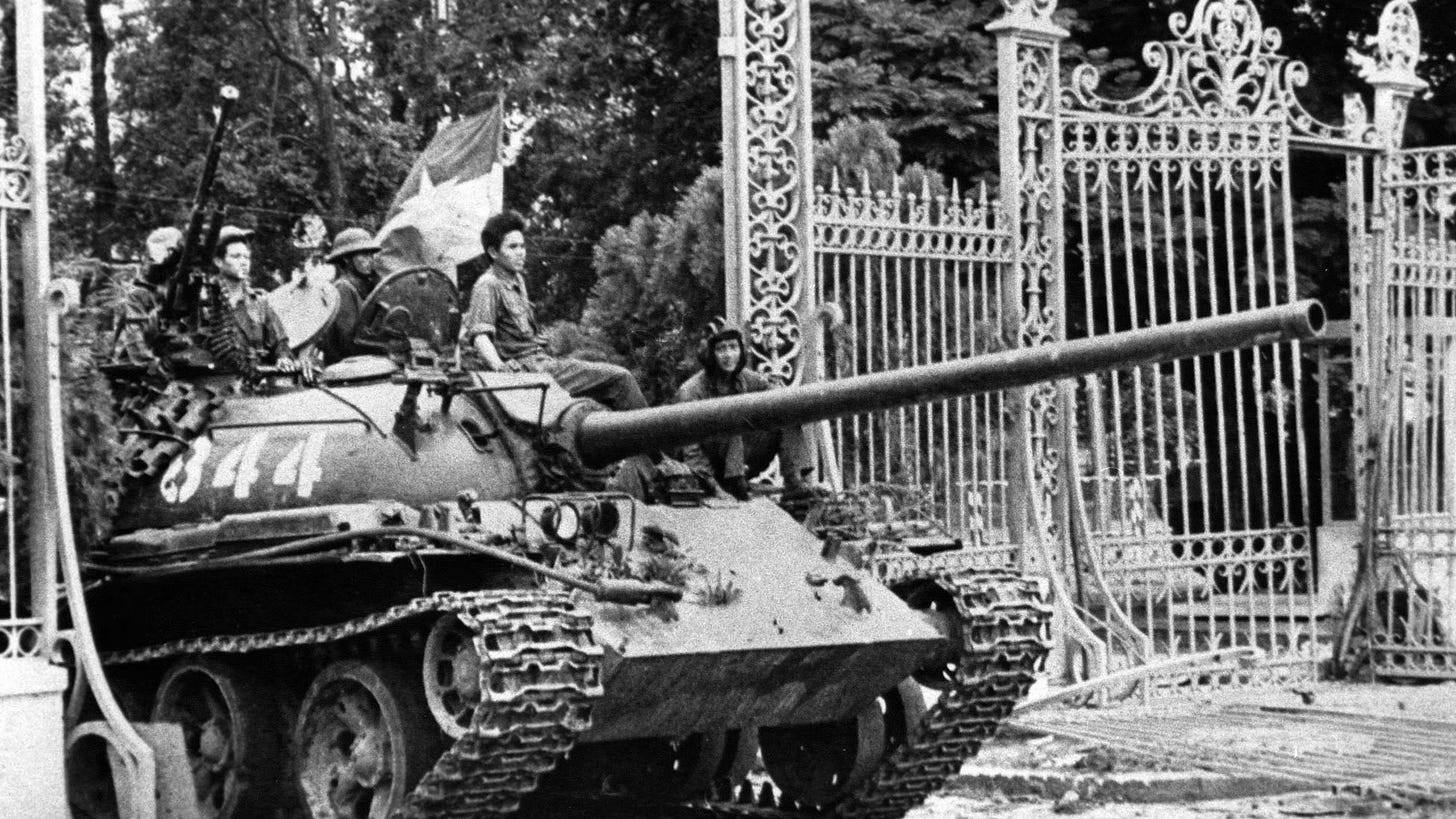
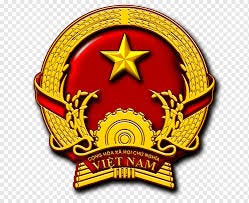
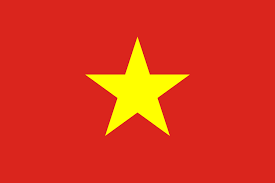
"THE SUN SHINES EVERYWHERE" poem written by HO CHI MINH
The sun shines on the mountains, And on the fields of grain, It shines on the rivers, And on the rolling plain. It shines on the rich man’s mansion, And on the poor man’s shack, On the soldiers with their weapons, And on the children’s pack. The sun shines on the rulers, And on the oppressed below, On the masters and their minions, And on the workers’ row. The sun shines on the mighty, And on the lowly born, On the proud and haughty, And on the humble torn. The sun shines on the just and unjust, On the strong and on the weak, It shines on the wise and foolish, On the proud and on the meek. The sun shines on the young and old, On the living and the dead, On the stories yet untold, And on the words unsaid. The sun shines on the earth, And on the heavens above, It shines on all that has worth, And on all that is love. The sun shines everywhere, On all that is bright and fair, On all that is just and true, And on all that is me and you.
Ho Chi Minh wrote "The Sun Shines Everywhere" in 1947, during his time as the leader of the Viet Minh. This was a critical period in Vietnam's history, as the country was struggling to free itself from French colonial rule. The poem was a reflection on the universal nature of the sun's shining, which Ho Chi Minh saw as a symbol of hope and light that shines on all people, regardless of their social status or station in life. The poem emphasizes the idea that everyone, regardless of their circumstances, is worthy of love and respect, and that the fundamental goodness and interconnectedness of all people can be a source of inspiration for revolutionary struggles.
Source: Thanks to Sony Thang on Twitter: ""THE SUN SHINES EVERYWHERE" poem written by HO CHI MINH: The sun shines on the mountains, And on the fields of grain, It shines on the rivers, And on the rolling plain. It shines on the rich man’s mansion, And on the poor man’s shack, On the soldiers with their weapons, And on… https://t.co/wEtFaNzBDr" / Twitter
April 30,1975 North Vietnamese capture Saigon
INTRODUCTION
April 30th is the historic day that marks the ending of two 20th century wars:
The Soviet defeat of the Nazi Regime and the end of World War II and the beginning World War III, aka, The Cold War era with the rise of the post-war US National Security State (USNSS) Empire and its subsequence defeat by North Vietnam.
Yet, even after this tragedy, the USNSS cold war empire kept its aggressive global expansionary strategies alive from the Vietnam catastrophe into future catastrophes from Central America into the Mideast and now today in its Ukraine proxy war with Russia along with its challenges against China over Taiwan ( deja vu back to the early anti-communist crusading days of the Truman Doctrine).
This time, the USNSS empire now confronts not a small Global South Vietnamese force, but two well advanced strategic competitors both armed with nuclear weapons and highly evolved militaries.
What I have tried to do here is merely give a summary of the past 70 years and argue that the USNSS empire remains, and the costs of that empire will eventually come home to haunt us as seen by its most recent disastrous wars in Iraq and Afghanistan. It seems that each American president seeks endless confrontations in order to maintain some idealized “American Exceptionalism” fantasy as a unipolar hegemon.
Is it merely imperial hubris or is it something deeper in the American system?
Like all empires, there is nothing that says that the USNSS empire will last.
How long will there be “American forever wars”?
The question remains: not when it will decay but how long and at what cost to the American people and the global community in an evolving new multipolar world?
The Vietnam Wars to the Mideast Wars -
Why is it difficult for Americans to Learn that War is a Racket?
The US Cold War Era of Anti-Independence Policies: Re-Colonization by Western Powers
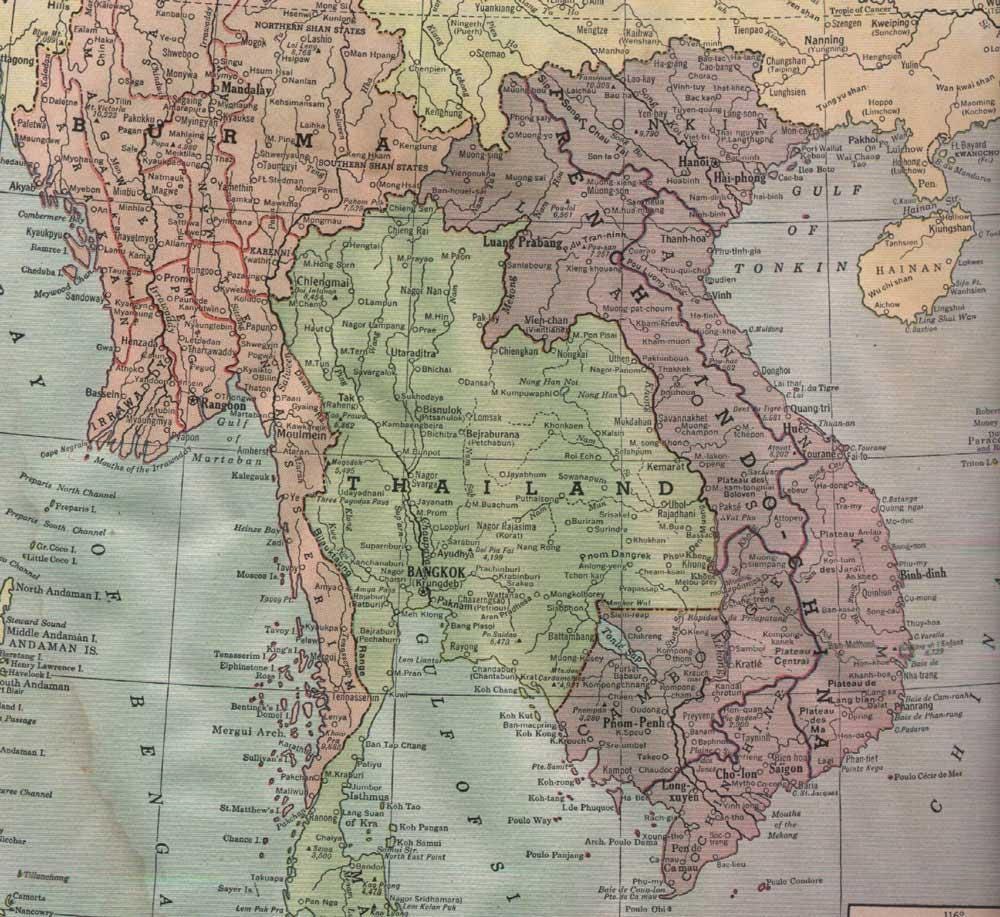
French Colonial invasion and reoccupation of Southeast Asia: Vietnam, Cambodia, Laos and the later US invasion that resulted in the US-Vietnam Wars costing the lives of over 3 million Vietnamese. Vietnamese nationalists under Ho Chi Minh fought a 30 year war for decolonization and national independence while the US supported anti-independence rightwing elites including French colonialists and corrupt South Vietnamese politicians.
[Note: Recent commentators say that US war in Afghanistan was America’s longest, this is not true. The US cold/hot wars against Southeast Asia started as early as 1945 when USNSS elites decided that "anti-communism” was worth an ideological crusade which ended in 1975 with the defeat of the US-backed South Vietnamese regime. “Anti-communism” official ideological foreign policy remains till this day, e.g., Cuba, North Korea, and China.]
In fact, as one former U.S. national security expert once replied after being asked about which side in the Vietnam War was the 'right side to be on', the expert responded, "We ARE the wrong side." What did he mean by this?
"Bombing Our Way to Victory."
President Johnson Begins Mass Retaliatory Bombing Raids
Against North Vietnamese Targets
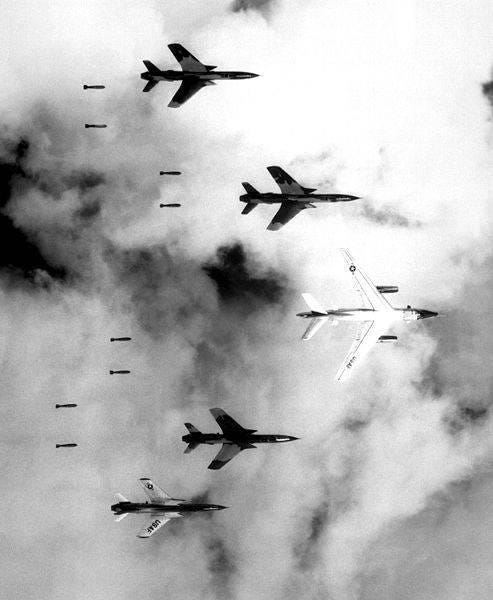
Over time, each US President escalates the war in order "to stop the spread of communism in Southeast Asia."
Mass carpet bombings of civilian and military targets.
Both Johnson and Nixon will be accused of war crimes by the international community.
The International War Crimes Tribunal organized by Bertrand Russell in 1966–1967 sought to investigate alleged violations of international law and the Nuremberg Principles by the United States in Vietnam. While the Tribunal successfully convened three sets of hearings in Stockholm, Sweden, Roskilde, Denmark, and, Tokyo, Japan, it was easily dismissed in most of Western Europe and the United States as an anti-American propaganda ploy. This article explores how the United States Government deployed the national security state and international diplomacy to discredit and disrupt the proceedings of the Russell Tribunal and ultimately contain the embarrassing damage caused by this first major international antiwar initiative during the Vietnam War.
Remembering the Russell Tribunal Tor Krever
* ‘The napalm and pellet bombs, the systematic destruction of a heroic people are a barbarous rehearsal. The starving and the suffering will no longer die in silence. We must discredit the arrogant demand that they protect our comfort with their quiet agony.
Corruptions of Empire
THE SECRET WARS OF THE CIA
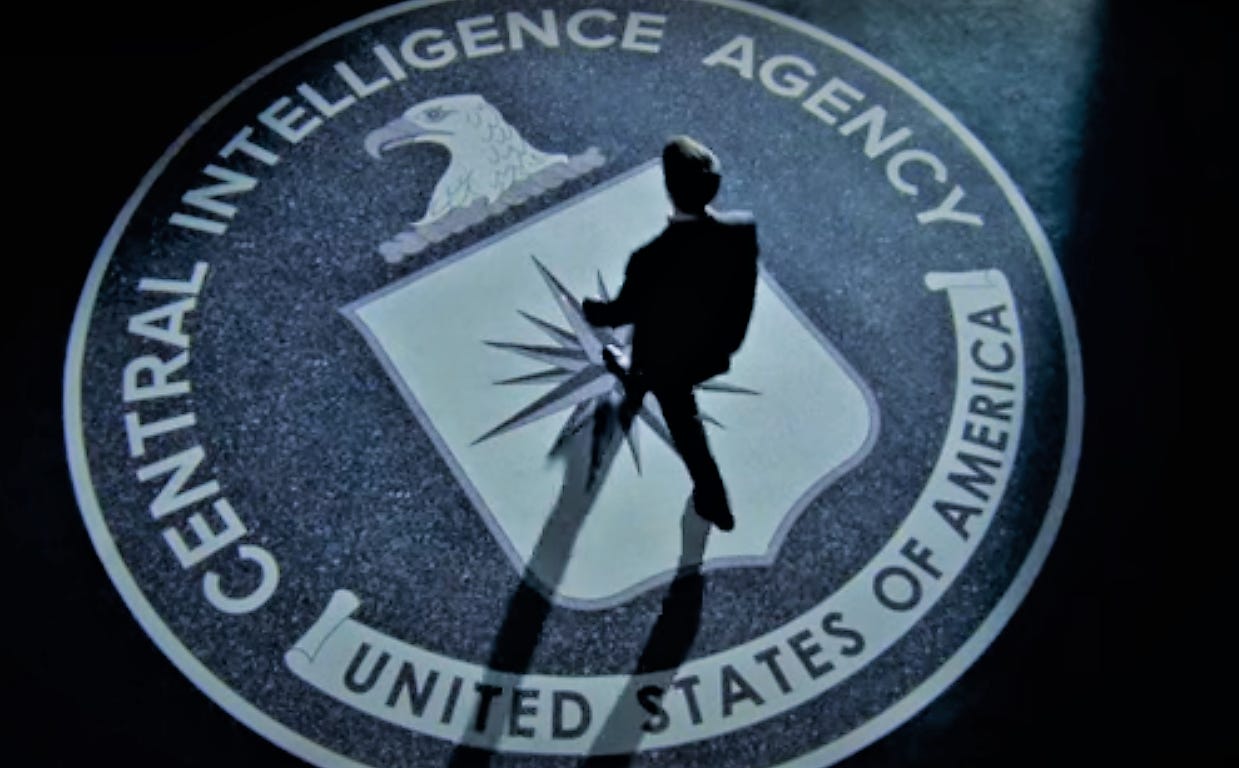
CIA covert operations, war crimes and Friendly Dictators in Vietnam and Beyond:
Also see related topic on US national security state empire
The Politics of Heroin During the Vietnam War
CIA funded many covert operations with drug money and gun running into Laos, Cambodia and Thailand and South Vietnam while committing war crimes, The notorious Phoenix Program run by CIA Officer William E. Colby who was Chief of Station in Vietnam in 1960 and, later, as Director was the field officer in charge of the operation.
U.S. "counterinsurgency" operations of secret assassinations, torture and terrorism were to continue in Latin America and the Middle East well after the US Vietnam defeat in the early 1970’s. By the 1980’s, the US under a series of administrations continued massive covert overseas operations.
The CIA's Vietnam Histories, The National Security Archive
Washington, D.C., August 26, 2009 - The Central Intelligence Agency participated in every aspect of the wars in Indochina, political and military, according to newly declassified CIA histories. The six volumes of formerly secret histories (the Agency's belated response to a Freedom of Information Act (FOIA) request by National Security Archive senior fellow John Prados) document CIA activities in South and North Vietnam, Laos, and Cambodia in unprecedented detail. The histories contain a great deal of new material and shed light on aspects of the CIA's work that were not well known or were poorly understood. The new revelations include:
The CIA and U.S. Embassy engaged in secret diplomatic exchanges with enemy insurgents of the National Liberation Front, at first with the approval of the South Vietnamese government, a channel which collapsed in the face of deliberate obstruction by South Vietnamese officials [Document 2 pp. 58-63].
As early as 1954 that Saigon leader Ngo Dinh Diem would ultimately fail to gain the support of the South Vietnamese people. Meanwhile the CIA crafted a case officer-source relationship with Diem's brother Ngo Dinh Nhu as early as 1952, a time when the French were still fighting for Indochina [Document 1, pp. 21-2, 31].
CIA raids into North Vietnam took place as late as 1970, and the program authorizing them was not terminated until April 1972, despite obtaining no measurable results [Document 5, pp. 349-372].
In 1965, a time when the South Vietnamese regime was again in conflict with the Buddhist majority, the CIA secretly funded Buddhist training programs [Document 2, p. 38].
CIA involvement in South Vietnamese elections goes beyond what has been previously disclosed, and matches the scope of the agency's controversial 1960s political action program in Chile [Document 2, pp. 51-58].
In the later period of the war, according to the CIA's own historian, Saigon leader Nguyen Van Thieu's mistrust of the United States increasingly focused on the CIA [Document 2, p. 87].
The CIA historian, contrary to neo-orthodox arguments regarding progress in the Vietnam war, concedes that U.S. pacification efforts failed in Vietnam—including the so-called "Phoenix" program—and traces this failure to several causes, including South Vietnamese lack of interest and investment in this key facet of the conflict [Document 3, p. xv-xvi].
The CIA was aware from the very early 1960s of the problems posed by Laotian drug trafficking to its Laos campaign, but not only took no action, it did not even make drug trafficking a reporting requirement until the Nixon administration declared war on drugs [Document 5, p. 535].
As the War Intensifies, US Forces and the CIA Begin Mass "Counterinsurgency Campaigns"
The Pentagon's "Strategic Hamlet Operation" and the C.I.A.'s "Operation Pheonix" torture, terror and assassination program targets Vietnamese officials and civilians sympathetic to the North creating a wave of systematic terror that eventually escalates into wholesale destruction of entire villages.
Strategic Hamlet Project: Systematically destroying “enemy infiltration” by creating “free fire zones.” The Pheonix Operation and a whole lot more….
The Phoenix Program
America's Use of Terror in Vietnam
"This shocking expose of the CIA operation aimed at destroying the Vietcong infrastructure thoroughly conveys the hideousness of the Vietnam War" ( Publishers Weekly ). In the darkest days of the Vietnam War, America's Central Intelligence Agency secretly initiated a sweeping program of kidnap, torture, and assassination devised to destabilize the infrastructure of the National Liberation Front (NLF) of South Vietnam, commonly known as the "Viet Cong." The victims of the Phoenix Program were Vietnamese civilians, male and female, suspected of harboring information about the enemy—though many on the blacklist were targeted by corrupt South Vietnamese security personnel looking to extort money or remove a rival. Between 1965 and 1972, more than eighty thousand noncombatants were "neutralized, " as men and women alike were subjected to extended imprisonment without trial, horrific torture, brutal rape, and in many cases execution, all under the watchful eyes of US government agencies. Based on extensive research and in-depth interviews with former participants and observers, Douglas Valentine's startling exposé blows the lid off of what was possibly the bloodiest and most inhumane covert operation in the CIA's history. The ebook edition includes "The Phoenix Has Landed, " a new introduction that addresses the "Phoenix-style network" that constitutes America's internal security apparatus today. Residents on American soil are routinely targeted under the guise of protecting us from terrorism—which is why, more than ever, people need to understand what Phoenix is all about.
Kill Anything That Moves: The Real American War in Vietnam
Americans have long been taught that events such as the notorious My Lai massacre were isolated incidents in the Vietnam War, carried out by just a few "bad apples." But as award-winning journalist and historian Nick Turse demonstrates in this groundbreaking investigation, violence against Vietnamese noncombatants was not at all exceptional during the conflict. Rather, it was pervasive and systematic, the predictable consequence of official orders to "kill anything that moves."
Drawing on more than a decade of research into secret Pentagon archives and extensive interviews with American veterans and Vietnamese survivors, Turse reveals for the first time the workings of a military machine that resulted in millions of innocent civilians killed and wounded-what one soldier called "a My Lai a month." Devastating and definitive, Kill Anything That Moves finally brings us face-to-face with the truth of a war that haunts America to this day.
Related ebook
The policy is later uncovered by U.S. Senate Intelligence investigations into atrocities and corruption within the U.S. intelligence community.
Murder in the name of war - My Lai
Lt. William Calley on Trial for My Lai Massacre
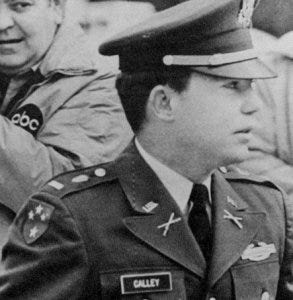
Vietnam killing spree revelations shock US
At the height of the Vietnam War, civilians were butchered by an army unit and the carnage was covered up. But this was not My Lai. This bloody massacre has only come to light in the past week - and not one of America's elite corps of reporters can claim the credit.
It was a huge scoop. Yet the newspaper that uncovered the atrocity was not the venerable New York Times or the Washington Post, still resting on its Watergate laurels. Nor was it the New Yorker, famed for its in-depth journalism. It was The Blade, a daily newspaper with a circulation of just 150,000 that serves the Ohio city of Toledo, by Lake Erie.
For four days last week, The Blade ran its tale of the massacre of innocent Vietnamese civilians by a US Army unit called Tiger Force. The story was immediately hailed as the discovery of a 'new My Lai', the infamous massacre of Vietnamese villagers that lifted the veil on wartime US brutality.
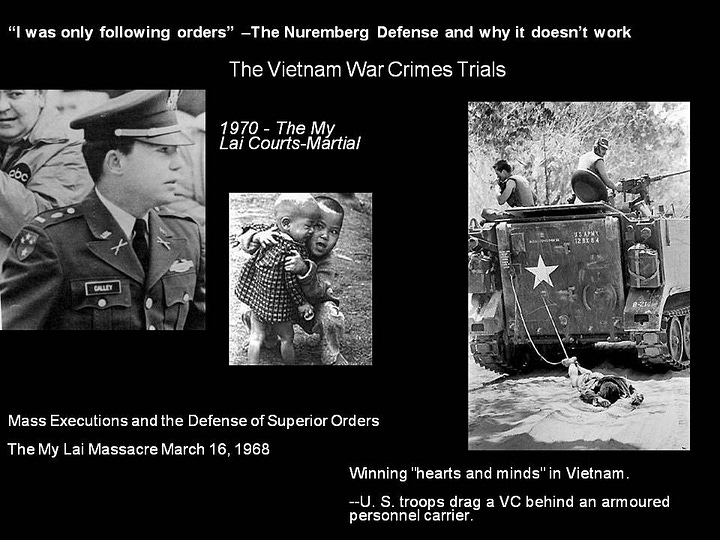
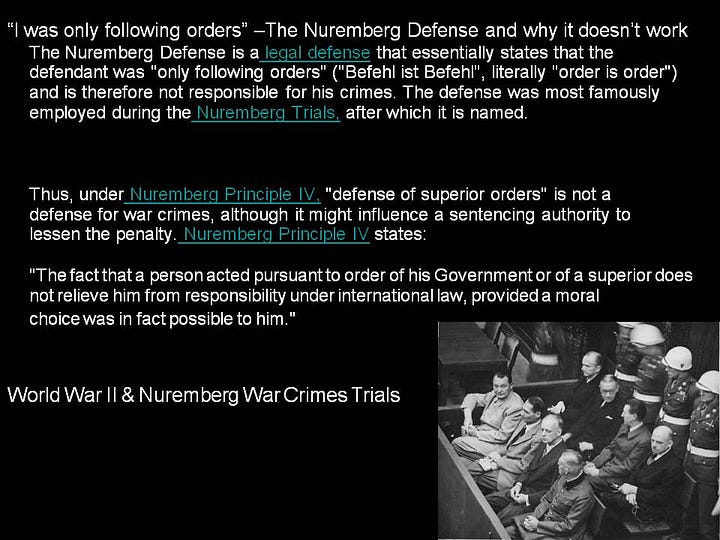
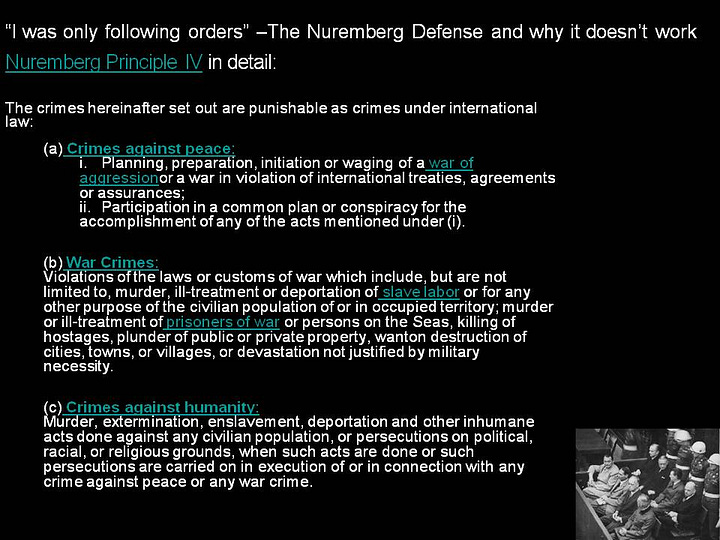
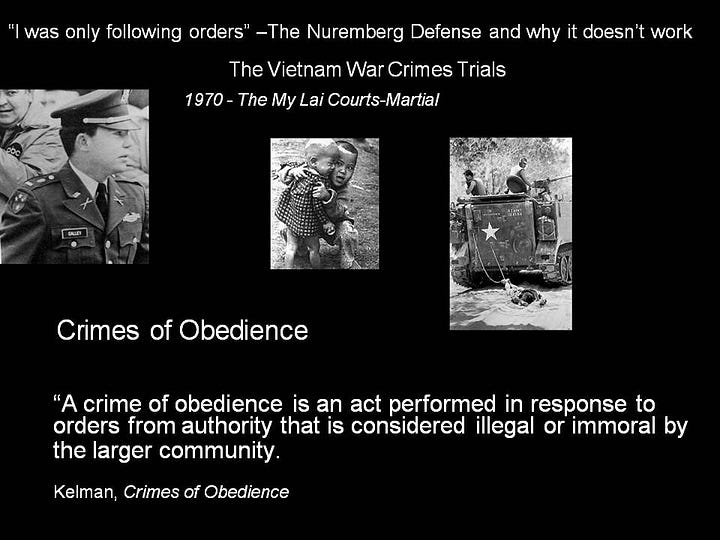
Michael D. Sallah, Mitch Weiss and Joe Mahr of The Blade, Toledo, OH - The Pulitzer Prizes
Many more My Lai’s (Tiger Force Massacres) occurred as the US deepened its involvement and US troop casualties and frustration intensified. With the increase of US forces came increased mass human right violations and war crimes and chain of command coverups of these atrocities which were later uncovered by investigative journalists much to the embarrassment of the US government which eventually led to the My Lai War Crimes Trials.
PBS American Experience, The My Lai Massacre | American Experience | Official Site | PBS
1968, Forty Years Later: My Lai Massacre Remembered by Survivors, Victims’ Families and US War Vets
Former Army Specialist Lawrence Colburn Remembers Helping to Stop the My Lai Massacre
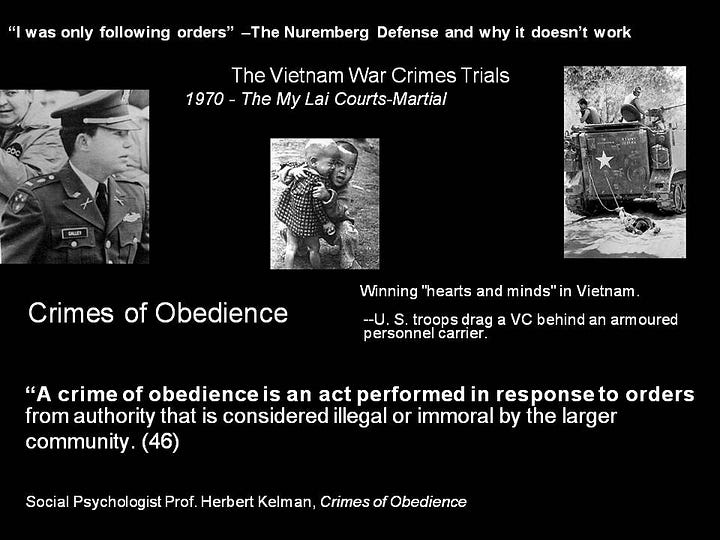
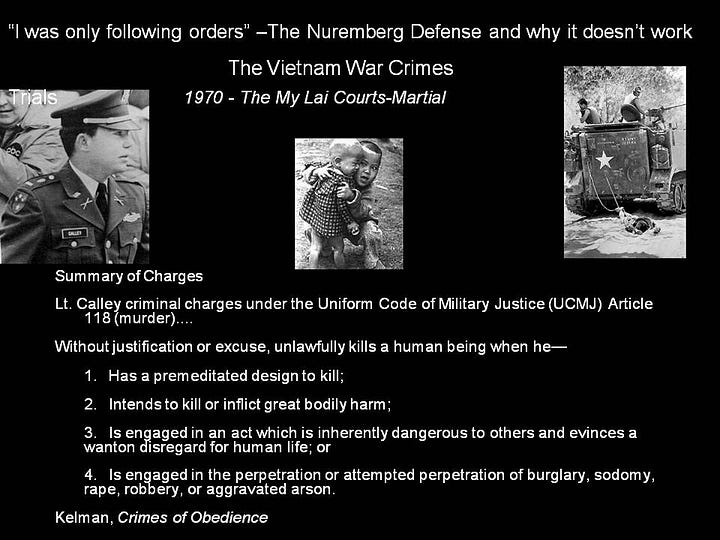
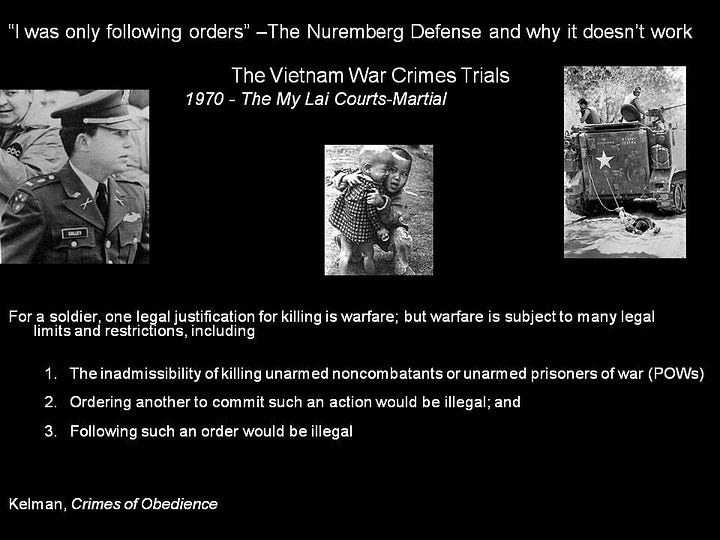
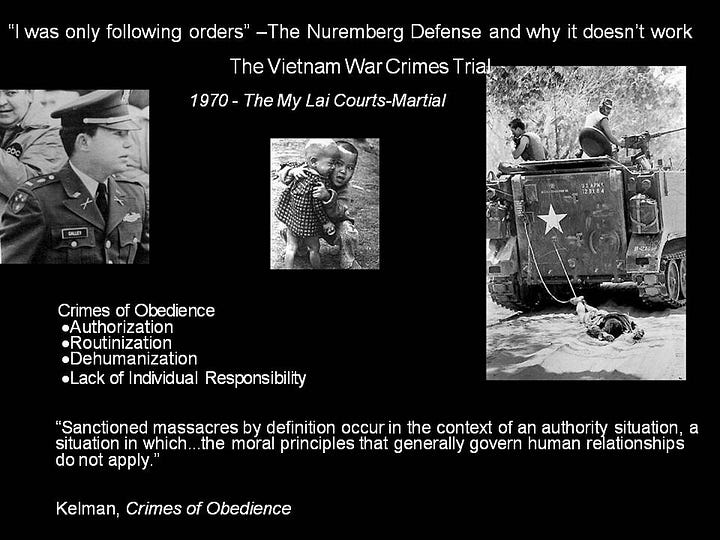
"Calley Apologizes for 1968 My Lai Massacre. "
Source: Calley Apologizes for 1968 My Lai Massacre. Democracy Now 8/24/09
Over forty-one years after the My Lai Massacre, when US troops killed more than 500 men, women and children in Vietnam, the former Army lieutenant who was convicted for his role in the killings has publicly apologized. William Calley was the only US soldier held legally responsible for the slayings. He was convicted on twenty-two counts of murder, and his sentence was later commuted by President Reagan. Last week, William Calley publicly apologized for the first time, saying, There is not a day that goes by that I do not feel remorse for what happened that day in My Lai." He added that he had been following orders. Democracy Now 8/24/09
My Lai 4: A Report on the Massacre and Its Aftermath
The Pulitzer Prize winner who first disclosed the massacre at My Lai 4 uncovers the full story of how those involved - from private to general - kept it secret. What he reveals is shocking - from the amorphous but very real "West Point Protective Association" to the fact that an extensive but closed investigation by the Army itself covered up another massacre by the same unit on the same morning.
"One of the most effective tools the [U.S.] government has in its training arsenal is racism. In the Army, the racism of the society as a whole is intensified. It has to be in order to get working class youth to carry out American policy in Vietnam. The veterans explained over and over again how they were trained not to consider the Vietnamese people human. One stated, 'We were just trained to kill gøøks, kill gøøks, kill gøøks!' The veterans found themselves explaining on more than one occasion that whenever they raped a Vietnamese woman or put a heat tablet in a child's sandwich (which has the effect of burning the membrane out of the throat, or if it gets into the stomach, to keep burning until it burns its way out), they did this to people they were trained to consider not human."
Source: (13) Sony Thang on X: ""One of the most effective tools the [U.S.] government has in its training arsenal is racism. In the Army, the racism of the society as a whole is intensified. It has to be in order to get working class youth to carry out American policy in Vietnam. The veterans explained over… https://t.co/turqd9FuTS" / X (twitter.com)
CIA Wars included U.S. "counterinsurgency" operations of secret assassinations, torture and terrorism were to continue in Latin America and the Middle East well after the Vietnam defeat.
The Politics of Heroin: CIA Complicity in the Global Drug Trade, Afghanistan, Southeast Asia, Central America by Alfred W. McCoy. Chicago: Lawrence Hill, 2003. 710 p.
Politics of Heroin in Southeast Asia good.pdf (renincorp.org)
The Politics of Heroin: CIA Complicity in the Global Drug Trade
Armies, Addicts and Spooks: the CIA in Vietnam and Laos
The Long Shadow of CIA Torture Research
From El Salvador to Iraq: Washington's man behind brutal police squads | US military | The Guardian
Revealed: Pentagon's link to Iraqi torture centres
"Learn from History", 31st Anniversary of the Assassination of Archbishop Oscar Romero
CounterPunch.org The Purposeful Killing of Civilians in War: Voices From Vietnam - CounterPunch.org
Vietnam 1964 - 1975, from the book, The CIAs Greatest Hits by Mark Zepezauer
No FOIA Request Needed: The Douglas Valentine Vietnam Collection | UNREDACTED
Decent Interval: An Insider's Account of Saigon's Indecent End Told by the CIA's Chief Strategy Analyst in Vietnam by Frank Snepp
The Pentagon Papers and the Secrets of the Vietnam War
Complete Pentagon Papers at Last! (gwu.edu)
Doing the Dirty Work of Empire
Winter Solider Testimonies from Vietnam to the Mideast Wars
When the Body bags start coming home, then the Anti-war & Anti-Imperialism Movements begin.
North Vietnam adopts a long-term strategy of infiltrating South Vietnam which forms the political and military basis for continued insurgency action against US forces.
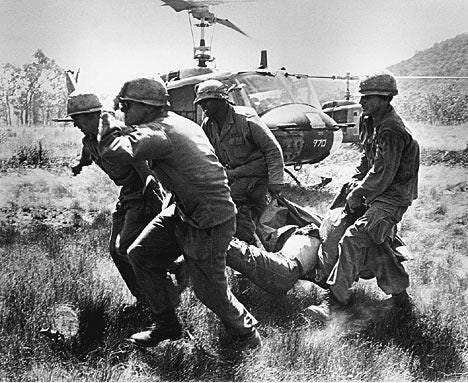
As the war intensifies, mass civilian casualties dramatically increase. Well over 2,000,000 Vietnamese will die.
Over time as US and Vietnamese casualties rise, the US escalates the Vietnam war deploying some half-million US troops.
North Vietnam adopts a long-term strategy of infiltrating South Vietnam which forms the political and military basis for continued insurgency action against US forces.
As the war intensifies, mass civilian casualties dramatically increase. Well over 2,000,000 Vietnamese will die. Over time as US and Vietnamese casualties rise, the US escalates the Vietnam war deploying some half-million US troops.
Vietnam: The Quiet Mutiny
John Pilger's first film, The Quiet Mutiny, made in 1970 for the British current affairs series World in Action, broke the sensational story of insurrection by American drafted troops in Vietnam. In his classic history of war and journalism, The First Casualty, Phillip Knightley describes Pilger's revelations as among the most important reporting from Vietnam. The soldiers' revolt – including the killing of unpopular officers – marked the beginning of the end for the United States in Indo-China.
Known as ‘grunts’, conscripted men complain bitterly to the camera about their given role as ‘frontline fodder’. One soldier describes how an officer who sent his men into danger ‘kind of got shot’. Even one of the ‘Donut Dollies’ - a female singing group sent to entertain the grunts – ‘kind of got shot’.
Pilger and his director, Charles Denton, camera operator George Jesse Turner and sound recordist Alan Bale base themselves on a remote American firebase codenamed ‘Snuffy’. Surrounded by jungle and an enemy they cannot see, the men of ‘Snuffy’ are determined to survive. They notch the days on their rifle butts, fire artillery into the darkness and call it ‘mad minutes’.
Pilger goes on patrol with a platoon of grunts who are ordered to ‘shoot everything that moves... including a chicken, because it might be a Vietcong chicken’. When they return to base, they report their ‘body count’ – including the chicken. More than half of all US Army deaths in Vietnam, says Pilger, are caused by ‘friendly fire’ – soldiers killing each other: mistakenly, accidentally or intentionally.
Much of The Quiet Mutiny's strength is its irony and black sense of humour, which were to become Pilger’s trademarks. His interviews with American officers who might have stepped out of the pages of Catch-22 could make viewers laugh in the middle of a film about war. There is the bored psyops (psychological operations) officer who plays a ‘Wandering Soul’ tape from a helicopter (‘the ghosts of the ancestors of the Vietcong exhorting them to surrender’) while throwing out whole boxes of leaflets. He muses that ‘maybe we're hoping to hit someone’ and produce a ‘direct result’.
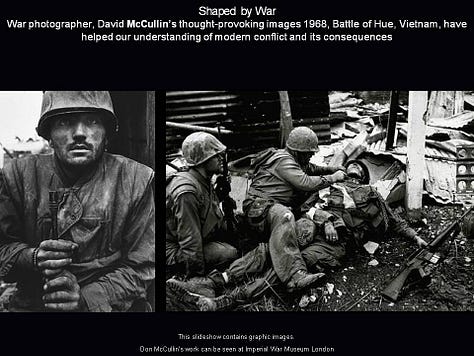
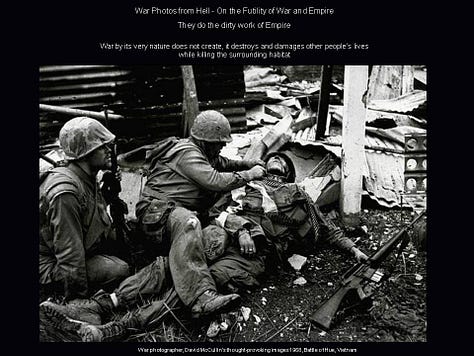
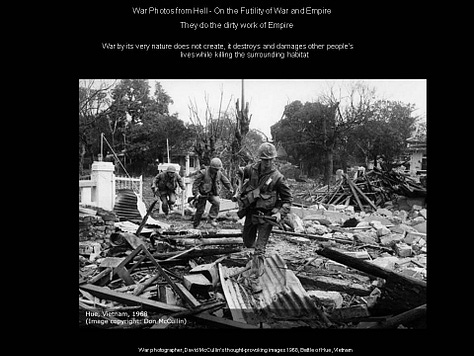
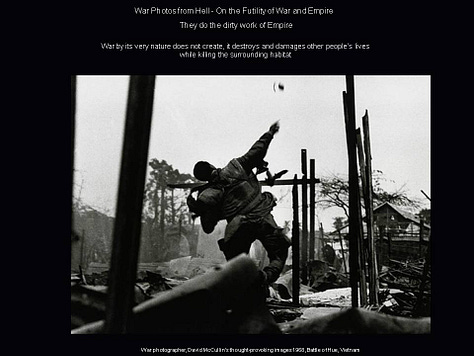
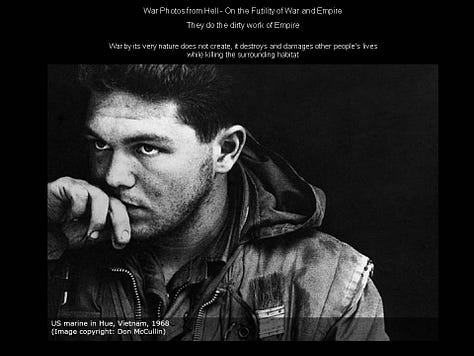
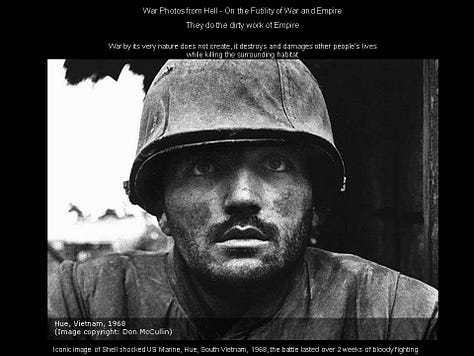
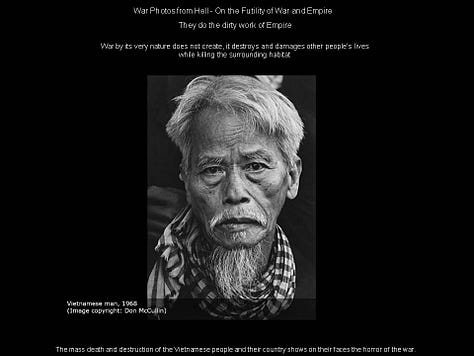
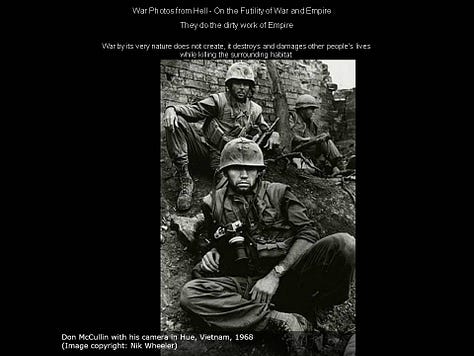

As US frontline troops bear the brunt of each President's policy promises "to end the war by Christmas" and to achieve "victory over communism," the US anti-war movement begins to expand as returning Vietnam combat veterans refused to fight. anymore and form the G.I. Right's anti-war movement Vietnam Veterans Against the War which reveals to the American public the horrors of the war during the "Winter Soldier Testimonies"

Testimony given in Detroit, Michigan, on January 31, 1971, February 1 and 2, 1971
Winter Soldier Documentary About Vietnam Veterans Against the War, VVAW Public Testimonies to America
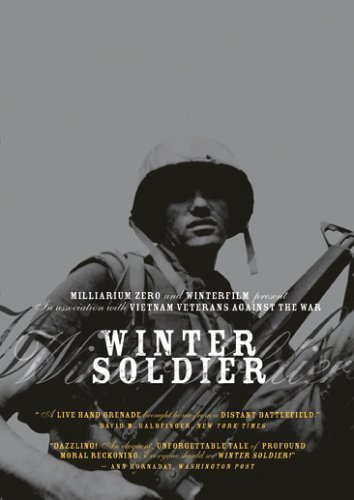
"Winter Soldier: Trailer"
For three days in 1971, former US soldiers who were in Vietnam testify in Detroit about their war experiences. Nearly 30 speak, describing atrocities personally committed or witnessed, telling of inaccurate body counts, and recounting the process of destroying a village. The atrocities are casual, seem routine, and are sanctioned or committed by officers. Images from the war illustrate the testimony; there's a side discussion among veterans about racism and a couple of interviews about the soldiers' self-realization. The testimony appears in the US Congressional Record on April 6 and 7, 1971. A "winter soldier" contrasts with Paine's "summer soldier and sunshine patriot."
It all started in 1967, with six Vietnam veterans marching together in a peace demonstration. Now, fifty-two years later, VVAW is still going strong-- continuing its fight for peace, justice, and the rights of all veterans.
Soldiers in Revolt: GI Resistance During the Vietnam War
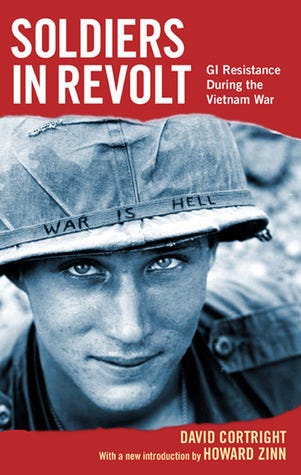
Soldiers in Revolt. documents one of the least known and most important aspects of the Vietnam War: the rebellion among U.S. soldiers opposed to the war. From the front lines to stateside military bases, the U.S. armed forces were wracked by widespread resistance, including combat refusals and mutinies. GIs produced more than 250 antiwar committees and underground newspapers to voice their discontent. A new chapter looks at the enduring imprint of this period on the U.S. military and the lessons that this era holds for the U.S. occupation of Iraq. NOTE: Prof. Cortright is also a life time member of the Veterans for Peace .
Legacy of GI Resistance - David Cortight
About Face: Veterans Against the War
Source: Legacy of GI Resistance (2 of 5) - David Cortight
David Cortright, professor of peace studies at Notre Dame University and author of Soldiers In Revolt – GI Resistance During The Vietnam War, notes the irony of being set on commitment to peace by the draft notice that arrived at his home 40 years ago, which led him to become what was then called a draft-induced volunteer. Cortright draws parallels between the GI resistance movements during the Vietnam war and today: war crimes hearings, ads and petitions, organizing on active-duty bases, and publications using whatever technology is at hand. “Then as now, we were lied to,” he says. “Then as now we realized that this war was wrong. Then as now we realized that our political leaders were placing us in impossible situations.” But the GI resistance movement played a crucial role in ending the Vietnam war because people in uniform refused to serve any longer, and the military machine began to break down. Because the power of the war makers depends on the consent of service people and the public, Cortright urges his listeners to keep organizing and resisting until this war is also over.
Monthly Review | Vietnam and the Soldiers’ Revolt
Vietnam and the Soldiers’ Revolt: The Politics of a Forgotten History
by Derek Seidman (Jun 01, 2016)
t has been nearly fifty years since the height of the Vietnam War—or, as it is known in Vietnam, the American War—and yet its memory continues to loom large over U.S. politics, culture, and foreign policy. The battle to define the war’s lessons and legacies has been a proxy for larger clashes over domestic politics, national identity, and U.S. global power. One of its most debated areas has been the mass antiwar movement that achieved its greatest heights in the United States but also operated globally. Within this, and for the antiwar left especially, a major point of interest has been the history of soldier protest during the war. This interest grew with the 2003 invasion of Iraq, when both dissident soldiers and antiwar civilians looked back to the legacy of Vietnam-era GI resistance as a usable history to help oppose the wars in Iraq and Afghanistan. David Cortright’s classic 1975 account of troop resistance, Soldiers in Revolt, was republished in 2005, and that same year, the documentary film Sir! No Sir! helped to popularize the hidden history of active-duty soldier protest.
Vietnamese Vietnam War Poster. Artist Unknown.
Derek Seidman is an assistant professor of history at D’Youville College in Buffalo. He is writing a book about the history of GI protest during the Vietnam War.
This article is part of an MR series on the 50th anniversary of the U.S. war in Vietnam.
It has been nearly fifty years since the height of the Vietnam War—or, as it is known in Vietnam, the American War—and yet its memory continues to loom large over U.S. politics, culture, and foreign policy. The battle to define the war’s lessons and legacies has been a proxy for larger clashes over domestic politics, national identity, and U.S. global power. One of its most debated areas has been the mass antiwar movement that achieved its greatest heights in the United States but also operated globally. Within this, and for the antiwar left especially, a major point of interest has been the history of soldier protest during the war. This interest grew with the 2003 invasion of Iraq, when both dissident soldiers and antiwar civilians looked back to the legacy of Vietnam-era GI resistance as a usable history to help oppose the wars in Iraq and Afghanistan. David Cortright’s classic 1975 account of troop resistance, Soldiers in Revolt, was republished in 2005, and that same year, the documentary film Sir! No Sir! helped to popularize the hidden history of active-duty soldier protest.
In 1969, The Military Thought It Had Eliminated Racism In Its Ranks. Then Troops Began Rioting
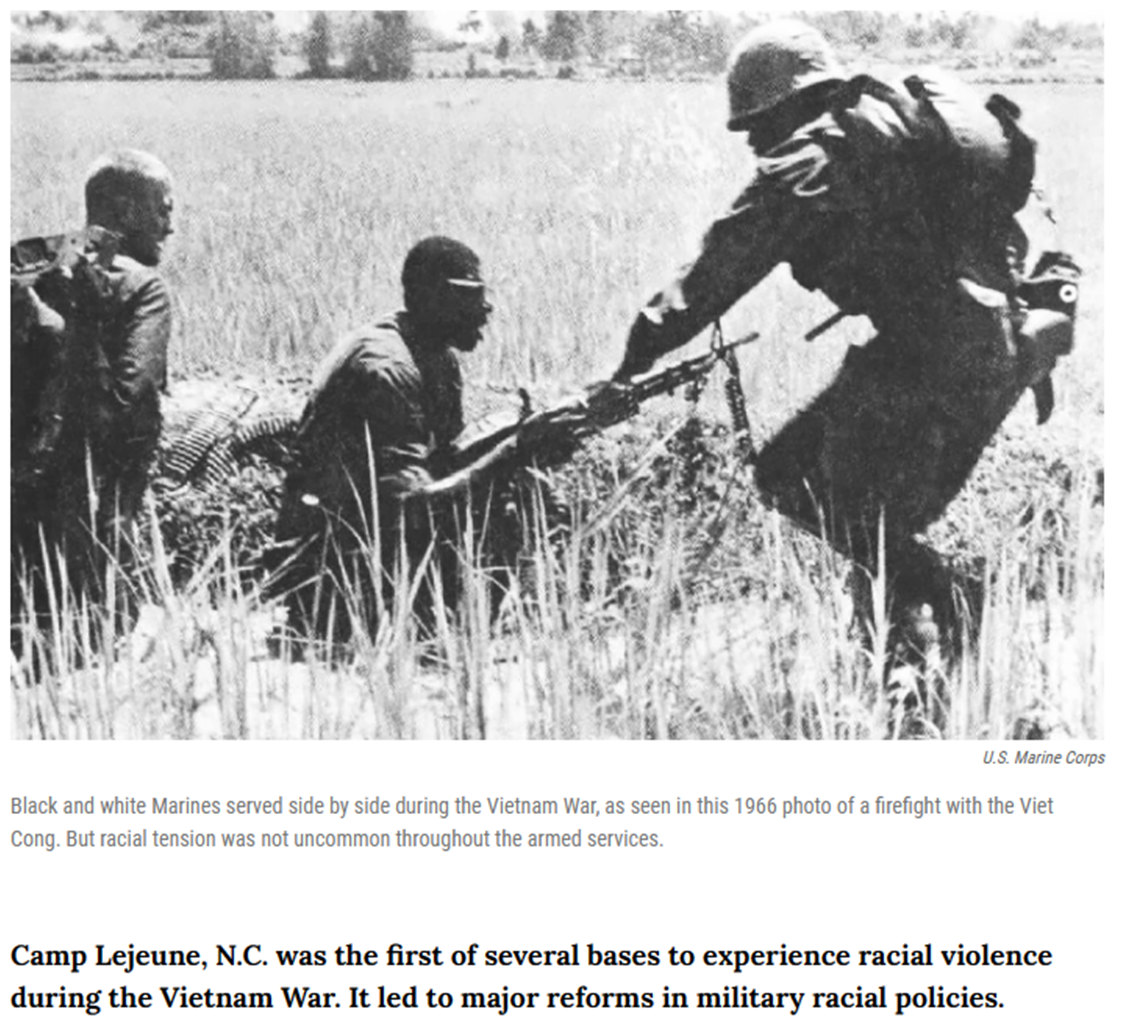
Black and white Marines served side by side during the Vietnam War, as seen in this 1966 photo of a firefight with the Viet Cong. But racial tension was not uncommon throughout the armed services.
Unfortunate Sons
Vietnam Anti-War Movements Comes Home to Heartland America
The 99% Fight and Die for the 1%, Why?
As a rule, the rich sons don't fight America's wars, its working-class sons.
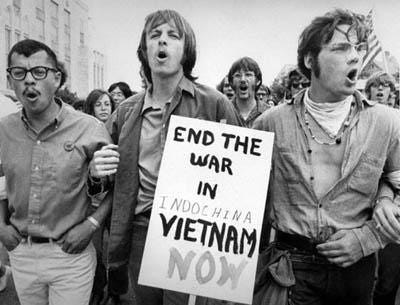

The Vietnam Anti-War Movements cast an array of Americans from the working class to students to Vietnam soldiers who refused to support or fight any more for 'a rich man's war.'
Direct democracy was in the streets, Americans protested and wanted to the war and the bloodshed to end.
Much of the anti-war protests came from service members who refused to fight.
Songs of Revolt
Here are some famous anti-war songs that expressed their outrage and protest to stop the war and end the fighting.
They are songs of revolt and rage that galvanized the anti-war movement of citizens and returning combat veterans.
Pay close attention to the lyrics of each song.
Fortunate Son
The Problem with people is that they 'hear the music' but 'don't LISTEN to its true meaning'.
John Fogerty's "Fortunate Son" tells the of the revolt of young men against war and the military draft.
Some folks are born made to wave the flag,
Ooh, they're red, white and blue.
And when the band plays "Hail to the Chief,"
Ooh, they point the cannon at you, Lord.
It ain't me, it ain't me; I ain't no senator's son. No.
It ain't me, it ain't me; I ain't no fortunate one. No.
Some folks are born silver spoon in hand,
Lord, don't they help themselves, oh.
But when the taxman comes to the door,
Lord, the house looks like a rummage sale, ya.
It ain't me, it ain't me; I ain't no millionaire's son. No.
It ain't me, it ain't me; I ain't no fortunate one. No.
Some folks inherit star-spangled eyes;
Ooh, they'll send you down to war.
And when you ask 'em, 'How much should we give?"
Ooh, they only answer, "More, more, more."
It ain't me, it ain't me; I ain't no military son.
It ain't me, it ain't me; I ain't no fortunate one.
It ain't me, it ain't me; I ain't no fortunate one.
It ain't me, it ain't me; I ain't no fortunate son.
Born in the USA
The Problem with people is that they 'hear the music' but 'don't LISTEN to its true meaning'.
"Bruce Springsteen - Born In The U.S.A. Official Music Video"
Born down in a dead man's town.
The first kick I took was when I hit the ground.
You end up like a dog that's been beat too much.
' Til you spend half your life just to cover it up, now…
Born in the U.S.A.
I was born in the U.S.A.
I was born in the U.S.A.
Born in the U.S.A., now… Got in a little hometown jam
So they put a rifle in my hands
Sent me off to a foreign land
To go and kill the yellow man Born in the U.S.A.
I was born in the U.S.A.
I was born in the U.S.A.
I was born in the U.S.A. Come back home to the refinery
Hiring man says, "Son if it was up to me…
Went down to see my V.A. man
He said, "Son don't you understand, now… I had a brother at Khe Sahn
Fight ‘n off the Viet Cong
They're still there, he's all gone
He had a woman in Saigon
I got a picture of him in her arms , now... Down in the shadow of the penitentiary
Out by the gas fires of the refinery
I'm ten years burn ‘n down the road
Nowhere to run, ain't got nowhere to go Born in the U.S.A.
I was born in the U.S.A., now...
Born in the U.S.A.
I'm a long gone Daddy in the U.S.A., now... Born in the U.S.A.
Born in the U.S.A.
Born in the U.S.A.
I'm a cool rock ’n Daddy in the U.S.A., now… 
During Vietnam War, the United States suffered 58,119 killed, 153,303 wounded, and 1,948 missing in action.
Combined the North Vietnamese Army and the insurgents suffered approximately 1,100,000 killed in action and an unknown number of wounded. It is estimated that between 2 to 4 million Vietnamese civilians were killed during the conflict. In the aftermath, Vietnam today still has countless land mines. and unexploded ordinance which remain scattered and hidden throughout the countryside. For the US, Vietnam represents the largest defeat of its own imperial legacy.
Rethinking the Teaching of the Vietnam War
A role play on the history of the Vietnam War that is left out of traditional textbooks.
The United Nations has declared this the Decade of Peace. The troubling irony is that teaching for peace must begin with a study of war. Unless we look carefully at the dynamics of war and come to grips with the root causes of global conflicts, we have no way to convincingly propose solutions-no way to imagine peace.
Sadly, when it comes to probing the root causes of the Vietnam War, not a single major U.S. history text glances back beyond the 1950s. Why was the U.S. involved in Vietnam?
As James Loewen points out in Lies My Teacher Told Me, his critique of 12 best-selling high school history texts, “Most textbooks simply dodge the issue. Here is a representative analysis, from American Adventures: Later in the 1950s, war broke out in South Vietnam. This time the United States gave aid to the South Vietnamese government.’ War broke out’ — what could be simpler!”
Reference recommendation: People’s History of the US, Chapter 18 Vietnam: The Impossible Victory.
From Vietnam to the Mideast and Back Again:
And the Beat Goes On... But Why?
Superpatriot War Propaganda
The Art of Mass Propaganda and "The War on Terrorism" Propaganda Campaign
Effective Mass Propaganda and the so-called "911 War on Terror."
“Where are those weapons of mass destruction, anyway?”
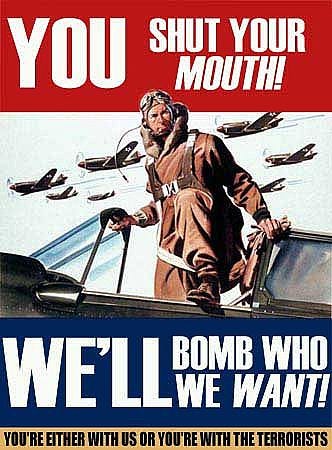
Counter: Total Cost of War on Terror
"Power tends to corrupt, and absolute power corrupts absolutely.
Great men are almost always bad men."
Lord Acton
Let our position be absolutely clear: An attempt by any outside force to gain control of the Persian Gulf region will be regarded as an assault on the vital interests of the United States of America, and such an assault will be repelled by any means necessary, including military force.
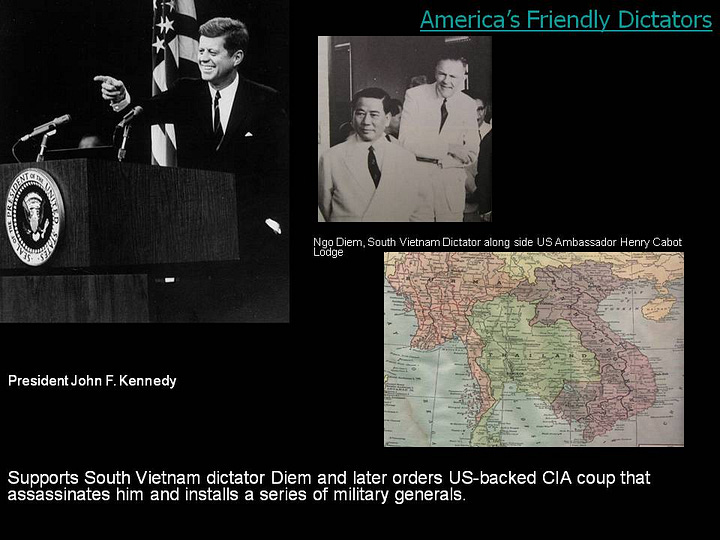
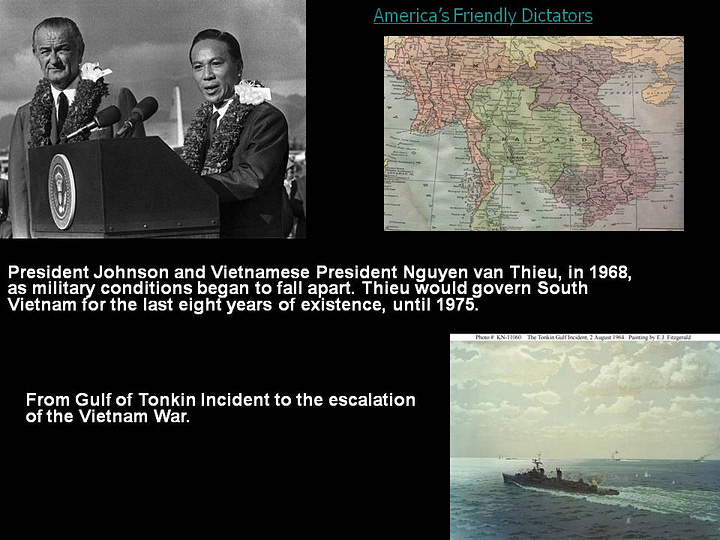
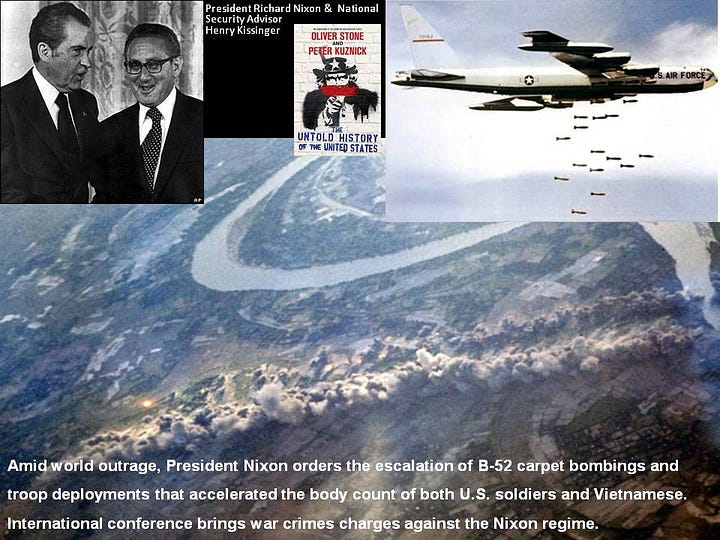
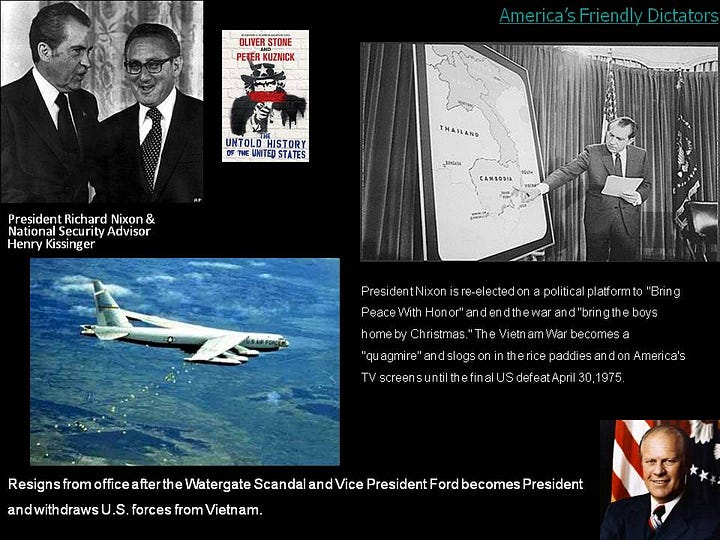
When presidents lie to make a war
Fifty years on we know the trigger for war with Vietnam was a fiction. Will it be another 50 before we know the truth about Iraq?
LBJ Tapes on the Gulf of Tonkin Incident.
Source: John Prados, The White House Tapes. (New York: The New Press, 2003)
On August 2, 1964, the American destroyer Maddox, on patrol off the coast of the Democratic Republic of Vietnam, was attacked by several North Vietnamese torpedo boats. The attack happened hours after South Vietnamese raiders struck at two targets on the North Vietnamese coast as part of a U.S. program of graduated covert pressure against the North that was known as Operations Plan (OPLAN)-34A. This marked the beginning of a series of events that has come to be called the Tonkin Gulf incident.
The Maddox was actually on an intelligence mission off the northern coast, carrying with a van of extra communications and electronics gear along with a complement of specialists from the Naval Security Group, a naval complement to the National Security Agency. Their task was to intercept North Vietnamese communications. The ship was in international waters when attacked, but had been inside territorial waters claimed by North Vietnam when Hanoi's torpedo boats were sent to sea. Vietnamese authorities have disclosed that the response was ordered by local commanders without reference to Hanoi. The Maddox did not expect any attack-the mission commander had been briefed in Taiwan previously that there would be none - but she was also completely unaware of the provocation to North Vietnam that had occurred simultaneously in the form of the OPLAN-34A strikes. There was no real surprise, however. The North Vietnamese torpedo boats' communications were intercepted, as well as the orders sending them out, and the craft were detected as they approached the U.S. warship. In the ensuing battle two of the three boats were sunk and the third badly damaged, with no losses to the Maddox. The action in the Tonkin Gulf took place in the afternoon local time, which was before dawn in Washington, and by early morning in the capital there was a scramble to decide what to do about the situation.
The Truth About Tonkin
Questions about the Gulf of Tonkin incidents have persisted for more than 40 years. But once-classified documents and tapes released in the past several years, combined with previously uncovered facts, make clear that high government officials distorted facts and deceived the American public about events that led to full U.S. involvement in the Vietnam War.
Types of Manipulative Power
“The War on Terrorism” or “The US War of Terrorism”
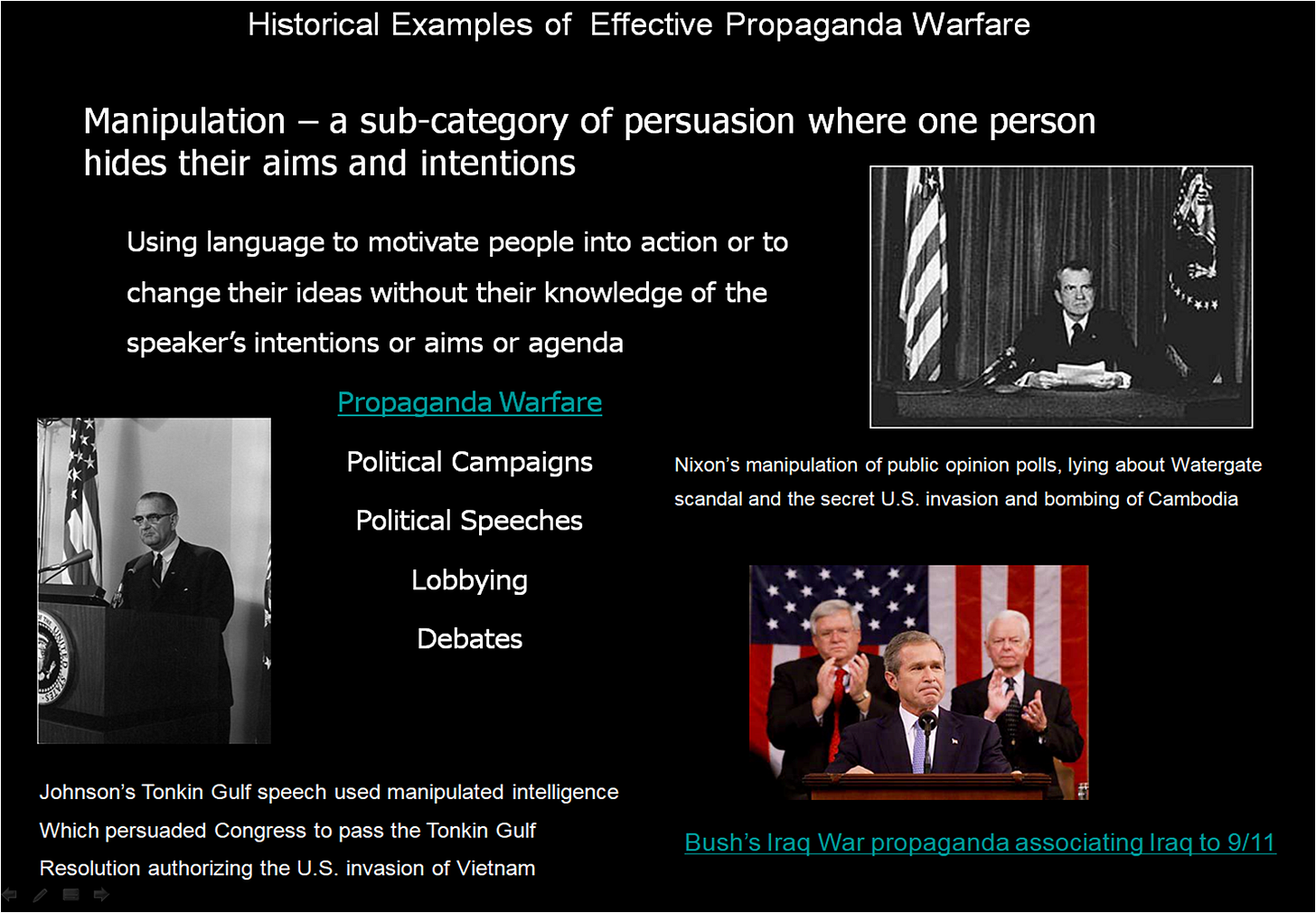
When the so-called “War on Terror” Propaganda Wears Thin
Declining use of 'war on terror'
As Britain's Secretary for International Development Hilary Benn says that the UK government no longer uses the phrase "war on terror", BBC News website world affairs correspondent Paul Reynolds looks at the use and now the disuse of this phrase.
The Bush administration is abandoning the phrase "war on terror" to better express the fight against al-Qaeda and other groups as an ideological struggle as much as a military mission.
The 911 Terrorist Attacks as a Pretext for Expanding US Power Globally
Manipulation - A Case Study: Propaganda and the Political Word Problems with the so called "War on Terrorism."
The Bush administration's strategy for the invasion and conquest and subsequent occupation of Iraq involved the following combination of Power:
Economic Power as Economic Warfare: Using economic sanctions to starve the Iraqi economy and its people of vital resources.
Military Force: The mass deployment of the entire array of US military power that included the Pentagon, the intelligence community, private military industrial corporations, and US allies' military power such as Britain's and other in the "Coalition of the Willing."
Propaganda Campaigns: The mass marketing of war against Iraq was a critical component for the entire operation. An effective slogan was needed in order to 'sell the war' to the American people and a world audience. Thus, Bush used a nonphysical use of power in which the agent exercising power over a second agent conceals the aims and intentions motivating the exercise of power. After the 911 attacks, official mass propaganda monopolized the term "war on terror"; yet over time, it began to lose its currency and became more of a problem than an effective propaganda tool.
"By accepting the facile cliche that the battle under way against terrorism is a battle against evil, by easily branding those who fight us as the barbarians, we, like them, refuse to acknowledge our own culpability. We ignore real injustices that have led many of those arrayed against us to their rage and despair." [Chris Hedges in Gurtov 23, Global Politics in the Human Interest.]
Manipulation - a sub-category of persuasion where one person hides their aims and intentions. Here language is used to motivate people into mass action or to change their ideas without their knowledge of the speaker’s intentions or aims or agenda.
Forms of Manipulation
Political Campaigns
Political Speeches
Political PropagandaPersuasion and mass manipulation are two other non-violent or non-coercive forms of power deployed in order to persuade people to believe and act a certain way that generally benefits the propagandist. The political and commercial propaganda, or what is normally called "marketing" is a form of propaganda that seeks to use sophisticated messages and powerful symbols to mobilize public opinion or persuade consumers to buy products or citizens to buy into US national security state wars.
Buying the War, Bill Moyers Journal
Four years ago on May 1, President Bush landed on the aircraft carrier USS Lincoln wearing a flight suit and delivered a speech in front of a giant "Mission Accomplished" banner. He was hailed by media stars as a "breathtaking" example of presidential leadership in toppling Saddam Hussein. Despite profound questions over the failure to locate weapons of mass destruction and the increasing violence in Baghdad, many in the press confirmed the White House's claim that the war was won. MSNBC's Chris Matthews declared, "We're all neo-cons now;" NPR's Bob Edwards said, "The war in Iraq is essentially over;" and Fortune magazine's Jeff Birnbaum said, "It is amazing how thorough the victory in Iraq really was in the broadest context.”
Joe Biden Was Instrumental in Launching the Iraq War
February 21, 2020
Source: Joe Biden Was Instrumental in Launching the Iraq War
Joe Biden Was Instrumental in Launching the Iraq War
STORY FEB 18, 2020
New Film Shows How Biden Played Leading Role in Push for U.S. to Invade Iraq
Lying for Empire: How to Commit War Crimes With a Straight Face by David Model
Truman, Eisenhower, Johnson, Nixon, Reagan, G. H. Bush, Clinton, George W. Bush. No president has been publicly tried for committing a war crime. Yet these presidents have committed them while invoking threats of Communism, terrorism and the loss of American lives. To win popular support for these foreign adventures, these presidents have lied to the American people, resulting in the loss of millions of innocent lives as in Vietnam or Iraq. These actions clearly violated international law and constituted war crimes. David Model is a professor of political science and economics at Seneca College in Toronto. He has previously written People Before Reversing the Corporate Agenda and Corporate Understanding and Challenging the New World Order .
Why Endless Wars for Empire?
From the Vietnam Wars to the Mideast Wars
Why is it difficult for Americans to Learn that War is a Racket?
America, Oil, and War in the Middle East
Let our position be absolutely clear: An attempt by any outside force to gain control of the Persian Gulf region will be regarded as an assault on the vital interests of the United States of America, and such an assault will be repelled by any means necessary, including military force.
“Great empires are not maintained by timidity.”
― Tacitus
“Veni, vidi, vici. (I came, I saw, I conquered.)”
― Julius Caesar
Dying to Forget: Oil, Power, Palestine, and the Foundations of U.S. Policy in the Middle East
Irene L. Gendzier presents incontrovertible evidence that oil politics played a significant role in the founding of Israel, the policy then adopted by the United States toward Palestinians, and subsequent U.S. involvement in the region. Consulting declassified U.S. government sources, as well as papers in the H.S. Truman Library, she uncovers little-known features of U.S. involvement in the region, including significant exchanges in the winter and spring of 1948 between the director of the Oil and Gas Division of the Interior Department and the representative of the Jewish Agency in the United States, months before Israel's independence and recognition by President Truman.
Gendzier also shows that U.S. consuls and representatives abroad informed State Department officials, including the Secretary of State and the President, of the deleterious consequences of partition in Palestine. Yet the attempt to reconsider partition and replace it with a UN trusteeship for Palestine failed, jettisoned by Israel's declaration of independence. The results altered the regional balance of power and Washington's calculations of policy toward the new state. Prior to that, Gendzier reveals the U.S. endorsed the repatriation of Palestinian refugees in accord with UNGA Res 194 of Dec. 11, 1948, in addition to the resolution of territorial claims, the definition of boundaries, and the internationalization of Jerusalem. But U.S. interests in the Middle East, notably the protection of American oil interests, led U.S. officials to rethink Israel's military potential as a strategic ally. Washington then deferred to Israel with respect to the repatriation of Palestinian refugees, the question of boundaries, and the fate of Jerusalem—issues that U.S. officials have come to realize are central to the 1948 conflict and its aftermath.
About the Author and Scholar
Irene L. Gendzier, Ph.D. (Columbia University, 1964; M.A., Columbia; B.A., Barnard College), is Professor Emerita in the Department of Political Science at Boston University, an Affiliate in Research at Center for Middle Eastern Studies at Harvard University and a research affiliate of the MIT Center for International Studies.
You'll understand easily why the US admin is complicit or even pushing for the Genocide in Gaza.
The Long Bloody Legacy of EMPIRES
1914 Mideast Imperial Map
Dividing the Political Map of the World into an Economic Map between the North and 'Global South' or 'Developing Countries' has a long and tragic history based on EMPIRE's conquests and colonialism, racism and xenophobia. [See this 1914 Mideast Imperial Map]
The imperial conquest and competition for the control over the world's fossil fuel, aka, oil and natural gas, reserves has one of main reasons for what has been called 'The Great Game of Empires.' You'll note the majority of these 'black gold reserves' lay in regions of The Global South spanning from the Mideast, throughout the Asia-Pacific basin and the Latin American continent. In our journey through this course, you will learn how the wars and interventions of the Global North have and still rage over this vital yet deadly commodity and the millions killed to control it for profits.
From the Middle East to Asia: Western Colonial Empires Carve Up the Global South
Sergeant Hollis’ War
"What's Democracy Got to Do with It?"
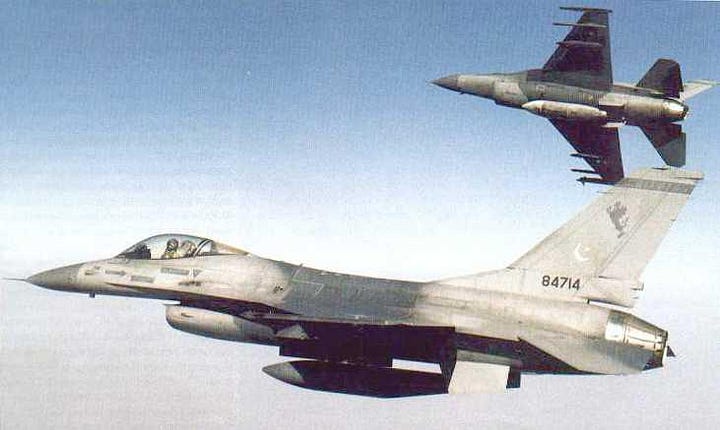
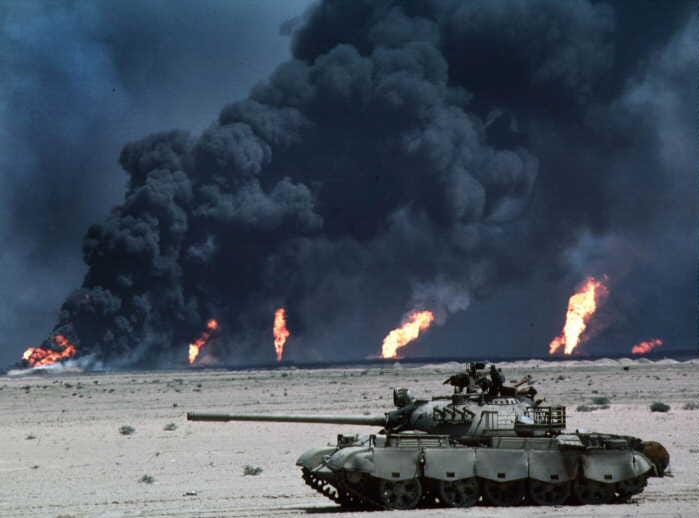
It wasn’t until our next to last night in Iraq that we’d find someone who could truly understand just how little America’s objectives had changed since Kennan’s time. *
After three intense days embedded with the U.S. Army in an area north of Baghdad, we are placed on a dangerous “presence patrol” that takes us into Samarra, a hotbed of anti-American violence. That night, after surviving the exercise without incident, we start talking to Sergeant Robert Hollis, a thirty-five-year-old tank commander. Standing in front of a poster of Britney Spears posing with NFL football players, he begins deconstructing the historical parallels between the Second Punic War and the battle he’s been fighting.
“The Romans took the fight to them,” he explains. “That’s what we’re doing here. They wouldn’t field a credible army on the field of battle, so we came into their homeland.”
Sgt. Hollis is something of legend in his division, as a fast-talking, hip-hop autodidact from Alabama who spouts off about the Romans any chance he can get. The other guys don’t seem to know whether what he’s talking about is pure bull, or pure genius. Either way, he cracks them up. Tonight, he’s getting serious, and some start listening in.
“The reality is even the Roman Empire had to fight to secure its way of life,” he says. “When America says liberation, we mean capitalism. It’s about globalization. It’s about expansion of markets. We have to stabilize new and emerging markets in order to secure resources.”
As he talks, a group of plainclothes Special Forces operatives lock and load their weapons and check their radio headsets.
He continues, “Can you tell mothers and brothers and sisters that your sons and daughters are dying for capital goods? No, you cannot. You have to make sure you tell them you are fighting for moral, ethical reasons.”
Then Sgt. Hollis offers a final bleak yet depressingly accurate assessment of the operation’s prospect for success.
“Will we win the hearts and minds of people? Maybe not in this generation. But you have to think in the long term. Maybe not in fifty years, maybe not in one hundred years. There’s no hate. The problem is one side must win; one side must lose. The war must be won in Afghanistan, and it must be won here to improve our way of life.”
The problem is not will we win, but what we will have become when we do.
Anthony Lappe, Stephen Marshal, “Sergeant Hollis’ War,” in True Lies, Guerrilla News Network pp.141-142, 2004.]
America Has a Lot to Learn From the Roman Empire's Fall - Truthdig
Related Study References:
Making the World Safe for Capitalism: How Iraq Threatened the US Economic Empire and had to be Destroyed by Christopher Doran
https://www.goodreads.com/en/book/show/13169477-making-the-world-safe-for-capitalism
The Iraq war defined the first decade of the twenty-first century – leading to mass protests and raising profound questions about domestic politics and the use of military force. Yet most explanations of the war have a narrow focus either on political personalities or oil.
JOURNAL ARTICLES AND MUCH MORE RESEARCH
https://www.jstor.org/stable/j.ctt183p5cm
America, Oil, and War in the Middle East Toby Craig Jones, The Journal of American History, Vol. 99, No. 1, Oil in American History (June 2012), pp. 208-218
https://academic.oup.com/jah/article-abstract/99/1/208/854761?redirectedFrom=fulltext
Middle Eastern Wars Have Always Been About Oil
https://www.globalresearch.ca/middle-eastern-wars-have-always-been-about-oil/5510640
2003-2013: Iraqi Resistance, America’s “Dirty War” and the Remaking of the Middle East
https://www.thenation.com/article/the-real-reason-americans-dont-care-about-the-costs-of-war/
Modern Imperialism
Neoimperialism and The Cold War 1945 - 1991
http://americanempireproject.com/category/books/
‘How to Hide an Empire’ Shines Light on America’s Expansionist Side
https://www.democracynow.org/2019/3/5/how_to_hide_an_empire_daniel
Rise of the Modern US National Security Empire
U.S. Global Containment Strategies and the Post-World War II Globalization of Corporate Capital
Dawning of the Cold War and the Rise of U.S. Strategic and Economic Supremacy
and the Rise of the US National Security State (USNSS) Presidential Doctrines.
U.S. Containment Policies were not only meant to "contain" the alleged Soviet threat of "world domination", which in reality was based on an exaggerated 'threat' conjured up by U.S. 'red scare' propaganda campaigns such as 'McCarthyism', but to contain the threat of national independence movements that threatened market access to U.S. multinational corporate interests in the South.
Many of the newly decolonized nations of the Global South fought national liberation struggles formed by local guerrilla communist movements and independence movements seeking to be free from historical colonial domination and capitalist market controls. [Read also Confessions of an Economic Hit Man ]. The cold war era was predominantly fought over the the Global South with the USNSS and its strategic alliances NATO, SEATO, CENTO and OAS as regional proxy allies mostly rightwing civilian or military regimes meant to suppress internal opposition especially from 'Wars of National Liberation and Decolonization’ movements in the Global South that threatened US access to strategic resources and markets.
The creation of the so-called global "communist conspiracy" or "falling domino theory" which stated that if Global South states were allowed to go down a unilateral path of free elections and independence then U.S. and western control of these states would be threatened. So, the early cold war "containment policy" outlined in various U.S. secret planning documents, principally National Security Council Memorandum 68, NSC 68, established a strategy for the expansion of the American military industrial complex which would keep America on a "permanent war footing" after World War II and provide an arms trade market for U.S. defense corporations. The strategy was to keep the U.S. capitalist market system from going into a post-war depression.
[See terms: ARMS TRADE; MILITARY INDUSTRIAL COMPLEX. ]
[References: Creating the “Red Scare” was a major propaganda strategy: see Frank Kofsky, Harry S. Truman and the War Scare of 1948: A Successful Campaign to Deceive the Nation; also See PHW Part 7, chapter 9 'The Cold War'; also read Untold History of the United States chapter 5 9]
Another major secret strategic plan was Policy Planning Study 23, PPS 23 by the head of the 1948 State Department's planning staff, George Kennan wherein he wrote:
[W]e have about 50% of the world's wealth, but only 6.3% of its population....In this situation, we cannot fail to be the object of envy and resentment. Our real task in the coming period is to devise a pattern of relationships which will permit us to maintain this position of disparity....To do so, we will have to dispense with all sentimentality and day-dreaming; and our attention will have to be concentrated everywhere on our immediate national objectives. We should cease to talk about vague and unreal objectives such as human rights, the raising of the living standards, and democratization. The day is not far off when we are going to have to deal in straight power concepts. The less we are than hampered by idealistic slogans, the better.
Kennan's strategic vision was meant to provide a rationale for aggressively expanding U.S. empire into the Global South. His planning document was kept secret from the American public because if disclosed would have revealed the true nature of presidential policies: the use of U.S. military power to support multinational corporate expansion into foreign markets. Instead, U.S. Presidents touted 'democratization' as mere sloganeering in their cold war propaganda statements in order to manipulate American public opinion and garner public support for dramatically increasing defense spending and expanding the new evolving national security state. [See herein related reports John Stockwell on CIA Secret Wars in the Global South and Confessions of an Economic Hit Man.
According to Prof. Chomsky’s analysis of early cold war planning,
PPS 23 was, of course, a top-secret document. To pacify the public, it was necessary to trumpet the idealistic slogans (as is still being done constantly), but here planners were talking to one another.
Along the same lines, in a briefing for US ambassadors to Latin American countries in 1950, Kennan observed that a major concern of US foreign policy must be the protection of our [i.e. Latin Americas] aw materials. We must therefore combat a dangerous heresy which, US intelligence reported, was spreading through Latin America: the idea that the government has direct responsibility for the welfare of the people.
US planners call that idea Communism, whatever the actual political views of the people advocating it. They can be Church-based self-help groups or whatever, but if they support this heresy, they’re Communists.
This point is also made clear in the public record. For example, a high-level study group in 1955 stated that the essential threat of the Communist powers (the real meaning of the term Communism in practice) is their refusal to fulfill their service role that is to complement the industrial economies of the West.
[pp. 9-10, What Uncle Sam Really Wants, Noam Chomsky, 1986 1992]According to James Petras, Globalization Unmasked, chapter 4:
From the 1930s to the mid-1970s, U.S. imperialism in Latin America was constantly challenged by nationalist, populist and democratic socialist regimes and movements. Generally, these challenges were reformist rather than revolutionary, in that they called into question elements of the imperialist project but no the whole system.
In the 1930s and 1940s, President Cardenas of Mexico nationalized U.S. petroleum interests, while Vargas in Brazil, Person in Argentina and the Popular Front in Chile Promoted national industry under protective trade barriers, initiating a widespread movement towards the nationalization of strategic industries in the region. In the 1950s, Guatemalas president Arbenz expropriated United Fruit land and redistribute it among the peasants, provoking a CIA-led coup against his administration a radical-nationalist revolution in Cuba that challenged imperial hegemony in the region. The 1960s and early 1970s saw the emergence of populist, nationalist and democratic regimes and movements through the continent. This long half century of social and political advance led to significant social and economic legislation that legalized trade unions, provided basic social benefits and extended public education and health are to substantial sectors of the industrial working class, public employees, and a in a few cases (Chile, 1970-73) the peasantry.
Intervention and Exploitation: US and UK Government International Actions Since 1945
Central America and Mexico | South America | Caribbean | Europe | Africa | Middle East | Asia | Australia and The Pacific Islands
US / UK Global Invasions, Interventions and Wars Against the World
Originally, the categories of First, Second and Third Worlds were used by the US and its allies during its cold wars against the Global South to designate the following:
First World aka "The North" or "The West" A term now rarely used that refers to the group of nation-states that possess advanced industrial economies. World system "core states"
" The North" or "The West", or "'First World' Economies" or "Economically Developed Countries" [EDCs] or "Industrialized 'Democracies'" These are generally "western" industrialized capitalist nations of the world (North America, Western Europe UK, France, Germany, EU members, Japan, New Zealand) that represent so-called "developed economies."
Second World Formerly communist industrial societies of Eastern Europe and the Soviet Union. World systems semi-periphery states
The Second World [Transitional Developing Countries "TDCs"] The term "Second World" or "Transitional Developing Economies" is a phrase that was used to describe the former soviet or "communist" states within the Soviet Union's sphere of influence (Russia/CIS/ Eastern Europe) or those countries that had centrally planned economies in Eastern Europe.
"The South", or Third & Fourth Worlds [Less Developing Countries "LDCs"] These are economies, such as some in South Asia, Latin America, and Africa, Sub-Saharan Africa, vary depending on level of national income (GNP). also see 3rd World Traveler on history of corporate powerLinks to an external site. ; Third World; Definitions and Descriptions.
Third World & Fourth World Societies in which industrial production is only developed to a limited degree. Many of these societies were former colonies of industrial states. The majority of the world's population (over 70 percent) live in these economic regions consisting of areas of in Asia, Africa, Middle East and Latin America. World systems peripheral states.
also see 3rd World Traveler on history of corporate power; Third World; Definitions and Descriptions.
Using the 'First, Second, Third or Fourth Worlds' categorization assumes another hierarchy and the false conception of 'worlds' as a division of humanity when in fact some scholars see one humanity divided up conceptually or ideologically. These categories were developed principally by 'western,' specifically, US political scientists and analysts during the cold war era to distinguish the growing number of post-colonial national liberation movements in Latin America, Africa and Asia that were forming new independent sovereign states under the rise of eastern nationalisms and were designated at different levels of economic development as 'poor emerging economies' and labeled 'Third or Fourth World' states or regions. This cold war era biased terminology was controlled primarily by US elites and strategists in their rationalizations for fighting 'communism' anywhere and everywhere which was actually a cover for fighting for access to strategic resources and controlling regional markets which was a throw back to the early US imperial 'gunboat diplomacy.'
Even today the US Pentagon strategists use actively use and cite the following conventional strategic map depicting US strategic command regions of the world. Note how little has changed since the days of empires.
Maps of US National Security State Empire
Even today the US Pentagon strategists use actively use and cite the following conventional strategic map depicting US strategic command regions of the world. Note how little has changed since the days of empires:
US EMPIRE’S WORLD WITH COMMANDERS AREAS OF RESPONSIBILITY
Map of Global US Military Bases (October 30, 2008)Links to an external site.Map of Global US Military Bases (October 30, 2008) This map shows the location of US military bases scattered around the world in 2007. The US has over 190,000 troops and 115,000 civilian employees dispatched in 909 military facilities in 46 countries. The military owns or rents 795,000 acres of land, and 26,000 buildings valued at USD 46 billion.
THE EVOLUTION AND EXPANSION OF THE US NATIONAL SECURITY STATE (USNSS) AND THE MILITARY INDUSTRIAL COMPLEX
Ask Prof Wolff: Why Do We Spend So Much on the US Military Industrial Complex?
The Business of War
Who waged hundreds of America’s wars?
"Why is the United States constantly going to war?"
Who are America's Friendly Dictators?
Throughout much of the 20th century and particularly during the Cold War era and right up until today, US President have staunchly supported anti-democratic regimes and their dictators in order to provide US military and economic access and control over the Global South and its natural resources and people.
America's Allies - THE FRIENDLY DICTATORS.
Meet the Friendly Dictators - three dozen* of America's most embarrassing "friends", a cunning crew of tyrants and corrupt puppet-presidents who have been rewarded handsomely for their loyalty to U.S. interests.
Traditional Dictators seize control through force and often are self-styled "Generals." Constitutional Dictators hold office through voting fraud or severely restricted elections and are frequently mouthpieces for the military juntas which control the ballot boxes.
Both types of dictators are covered here, along with a few tyrannical kings. but don't look for "enemy dictators" (communists and the like) in this set of cards. These are America's allies, strange and undemocratic as they may be.
US Friendly Fascists. have been at various times supported by western EMPIRES principally by both European and Japan and the US, see America's Friendly Dictators. list, and other western regimes in order to block non-aligned revolutionary anti-capitalist movements that threatened the strategic control of Core States.
Fascism: the Real Story by Michael Parenti also study Superpatriotism chapters 3 -4, 8- 10.
Washington Connection & Third World Fascism - E Herman and N Chomsky.
Trading with the Enemy - C Higham.
Blowback - C SimpsonLinks to an external site.
The Splendid Blond Beast - C Simpson.
Trilateralism - the Trilateral Commission and World Management.
Rise of western Fascism and Nazism and the Crisis of the Global Capitalist system:
What is Fascism - Benito Mussolini, 1932.
Throughout much of the 20th century and particularly during the Cold War era and right up until today, US President have staunchly supported anti-democratic regimes and their dictators in order to provide US military and economic access and control over the Global South and its natural resources and people.
America's Allies - THE FRIENDLY DICTATORS
A Short List of America's Friendly Dictator Allies
Many of the world's most repressive dictators have been friends of America. Tyrants, torturers, killers, and sundry dictators and corrupt puppet-presidents have been aided, supported, and rewarded handsomely for their loyalty to US interests.
Traditional dictators seize control through force, while constitutional dictators hold office through voting fraud or severely restricted elections, and are frequently puppets and apologists for the military juntas which control the ballot boxes. In any case, none have been democratically elected by the majority of their people in fair and open elections.
They are democratic America's undemocratic allies. They may rise to power through bloody ClA-backed coups and rule by terror and torture. Their troops may receive training or advice from the CIA and other US agencies.
US military aid and weapons sales often strengthen their armies and guarantee their hold on power. Unwavering "anti-communism" and a willingness to provide unhampered access for American business interests to exploit their countries' natural resources and cheap labor are the excuses for their repression, and the primary reason the US government supports them. They may be linked internationalIy to extreme right-wing groups such as the World Anti-Communist League, and some have had strong Nazi affiliations and have offered sanctuary to WWll Nazi war criminals.
They usually grow rich, while their countries' economies deteriorate and the majority of their people live in poverty. US tax dollars and US-backed loans have made billionaires of some, while others are international drug dealers who also collect CIA paychecks. Rarely are they called to account for their crimes. And rarely still, is the US government held responsible for supporting and protecting some of the worst human rights violators in the world.
Abacha, General Sani ----------------------------Nigeria
Amin, Idi ------------------------------------------Uganda
Banzer, Colonel Hugo ---------------------------Bolivia
Batista, Fulgencio --------------------------------Cuba
Bolkiah, Sir Hassanal ----------------------------Brunei
Botha, P.W. ---------------------------------------South Africa
Branco, General Humberto ---------------------Brazil
Cedras, Raoul -------------------------------------Haiti
Cerezo, Vinicio -----------------------------------Guatemala
Chiang Kai-Shek ---------------------------------Taiwan
Cordova, Roberto Suazo ------------------------Honduras
Christiani, Alfredo -------------------------------El Salvador
Diem, Ngo Dihn ---------------------------------Vietnam
Doe, General Samuel ----------------------------Liberia
Duvalier, Francois --------------------------------Haiti
Duvalier, Jean Claude-----------------------------Haiti
Fahd bin'Abdul-'Aziz, King ---------------------Saudi Arabia
Franco, General Francisco -----------------------Spain
Hitler, Adolf ---------------------------------------Germany
Hassan II-------------------------------------------Morocco
Marcos, Ferdinand -------------------------------Philippines
Martinez, General Maximiliano Hernandez ---El Salvador
Mobutu Sese Seko -------------------------------Zaire
Noriega, General Manuel ------------------------Panama
Ozal, Turgut --------------------------------------Turkey
Pahlevi, Shah Mohammed Reza ---------------Iran
Papadopoulos, George --------------------------Greece
Park Chung Hee ---------------------------------South Korea
Pinochet, General Augusto ---------------------Chile
Pol Pot---------------------------------------------Cambodia
Rabuka, General Sitiveni ------------------------Fiji
Montt, General Efrain Rios ---------------------Guatemala
Salassie, Halie ------------------------------------Ethiopia
Salazar, Antonio de Oliveira --------------------Portugal
Somoza, Anastasio Jr. --------------------------Nicaragua
Somoza, Anastasio, Sr. -------------------------Nicaragua
Smith, Ian ----------------------------------------Rhodesia
Stroessner, Alfredo -----------------------------Paraguay
Suharto, General ---------------------------------Indonesia
Trujillo, Rafael Leonidas -----------------------Dominican Republic
Videla, General Jorge Rafael ------------------Argentina
Zia Ul-Haq, Mohammed ----------------------Pakistan
And What Does the US National Security State and the CIA’s “Secret Wars” have to do with them?
CIA Secret Wars included U.S. "counterinsurgency" operations of secret assassinations, torture and terrorism were to continue in Latin America and the Middle East well after the Vietnam defeat.
Corruptions of Empire
THE SECRET WARS OF THE CIA
CIA covert operations, war crimes and Friendly Dictators in Vietnam and Beyond
John Stockwell on CIA Secret Wars in the Global South.
John R. Stockwell is a former CIA officer who became a critic of United States government policies after serving in the Agency for thirteen years serving seven tours of duty. After managing U.S. involvement in the Angolan Civil War as Chief of the Angola Task Force during its 1975 covert operations, he resigned and wrote In Search of Enemies, a book which remains the only detailed, insider's account of a major CIA "covert action."
"John Stockwell CIA Secret Wars"
THE SECRET WARS OF THE CIA, Lecture
As a Marine, Major Stockwell was CIA paramilitary intelligence case officer in the Congo Crisis, Vietnam & the Angolan War of Independence. Beginning a career in '64, he spent six years in Africa, Chief of Base in the Katanga during the Bob Denard invasion in '68, then Chief of Station in Bujumbura, Burundi in '70, before being transferred to oversee Vietnamese Tay Ninh province intelligence operations. He was awarded a CIA Medal of Merit for keeping his post open until Saigon's '75 fall.
In December of 1976, Stockwell resigned from the CIA, opposed to the methods & results of CIA paramilitary operations in the Third World & testified before Congressional committees. Two years later, he wrote the exposé 'In Search of Enemies', about that experience & its implications. He claimed the CIA was counterproductive to national security & that its secret wars afforded no benefit. The CIA made the Angolan MPLA to be an enemy despite the fact the MPLA wanted relations with the USA & hadn't committed aggressive acts.
In 1978, on TV's '60 Minutes', he claimed CIA Director William Colby & National Security Advisor Henry Kissinger had systematically lied to Congress about CIA operations. Stockwell was one of the 1st professionals to leave the CIA to go public. The CIA retaliated by suing him in the 4th District Court in Washington DC. Part of the suit intended to eliminate the possibility of selling the story for the purpose of making a movie & required future publications be submitted for CIA review.
Unable to afford contesting the case, Stockwell filed for bankruptcy in Austin, TX. After the litigation was processed thru bankruptcy, the CIA dropped the suit. His book is useful for researchers & journalists interested in uncovering information about the conduct of US foreign policy in Africa & Asia. For example, the book tells of a CIA officer having Patrice Lumumba's body in his car trunk one night in then Elizabethville, Congo. Stockwell mentions in a footnote that at the time he didn't know the CIA was documented as having repeatedly tried to arrange Lumumba's assassination. His concerns were that, although many CIA colleagues had integrity, the organization harmed national security & its secret wars harmed innocents.
The Secret Wars of the CIA lecture - part I (1987)
The Secret Wars of the CIA lecture - part II (1987)
CIA Support of Death Squads, by Ralph McGehee, Posted on RemarQ, 9 October 1999
U.S. Troops and Heroin in Southeast Asia
The Politics of Heroin: CIA Complicity in the Global Drug Trade by Alfred W. McCoy
Covert Action | National Security Archive (gwu.edu)
COVERT OPERATIONS FAIL MORE OFTEN THAN NOT, SO WHY DO LEADERS ORDER THEM?
CovertAction Magazine | Exposing Covert Action Since 1978
NATIONAL SECURITY WHISTLEBLOWERS
CovertAction Magazine | Exposing Covert Action Since 1978
Philip Burnett Franklin Agee was a Central Intelligence Agency (CIA) case officer and writer, best known as author of the 1975 book, 'Inside the Company: CIA Diary', detailing his experiences in the CIA.
Agee joined the CIA in 1957, and over the following decade had postings in Washington, D.C., Ecuador, Uruguay and Mexico. After resigning from the Agency in 1968, he became a leading opponent of CIA practices. A co-founder of CovertAction Quarterly, he died in Cuba in January 2008.Dirty Work: The CIA in Western Europe
The CIA And The Cult Of Intelligence by Victor L. Marchetti, John D. Marks
Decent Interval: An Insider's Account of Saigon's Indecent End Told by the CIA's Chief Strategy Analyst in Vietnam by Frank Snepp
Hidden Terrors: The Truth About U.S. Police Operations in Latin America
by A.J. LangguthThe Pentagon Papers and the Secrets of the Vietnam War
Complete Pentagon Papers at Last! (gwu.edu)
US President's Authorize Torture and Terrorism
Chain of Command: The Road from 9/11 to Abu Ghraib by Seymour M. Hersh
Pulitzer prize-winning reporter Seymour Hersh joins us in our firehouse studio to talk about his new book, Chain of Command: The Road from 9/11 to Abu Ghraib. The book takes a look behind the public story of President Bush’s “war on terror” and into the lies and obsessions that led America into Iraq. Hersh provides a new account of the Abu Ghraib prisoner abuse scandal that he exposed last spring and of where, he believes, responsibility for the scandal ultimately lies. [includes rush transcript]
A U.S. court martial in Baghdad last weekend sentenced a soldier to eight months in jail for maltreating and conspiring to maltreat Iraqi detainees at Abu Ghraib prison.
Specialist Armin J. Cruz confessed to forcing three naked inmates at Abu Ghraib jail to crawl along a floor before making them simulate sex acts. Cruz was spotted in a photo taken during abuses committed in October. He is the eighth American soldier to be charged over the abuses but the first from military intelligence.
Cruz pleaded guilty to conspiracy and maltreatment of prisoners and has agreed to testify against others charged in more serious cases of mistreatment at the U.S.-run prison west of Baghdad.
https://www.democracynow.org/2004/9/14/chain_of_command
Psychologists Collaborated with CIA & Pentagon on Post-9/11 Torture Program, May Face Ethics Charges
A Torturer’s Confession: Former Abu Ghraib Interrogator Speaks Out.
Former Abu Ghraib Interrogator: Because of Trump & Cruz, Door Still “Wide Open” for U.S. to Torture.
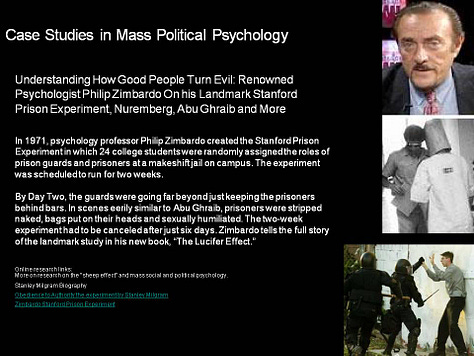
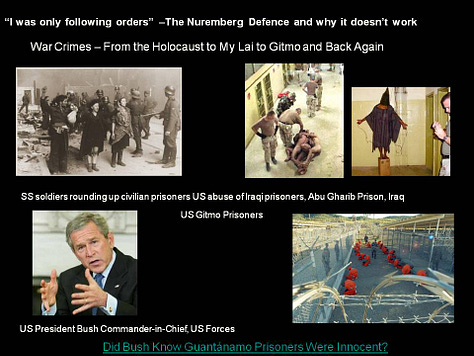
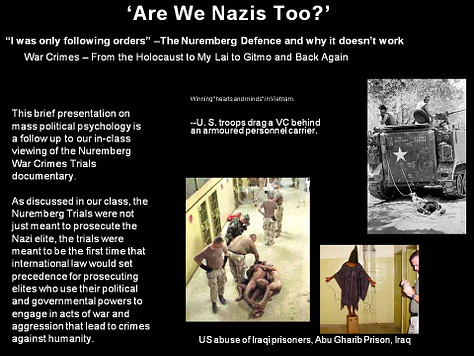
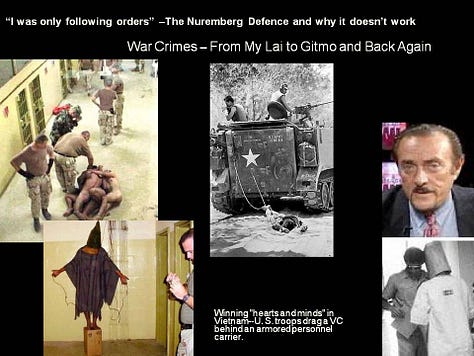
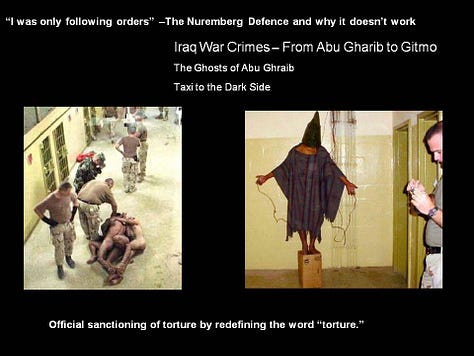
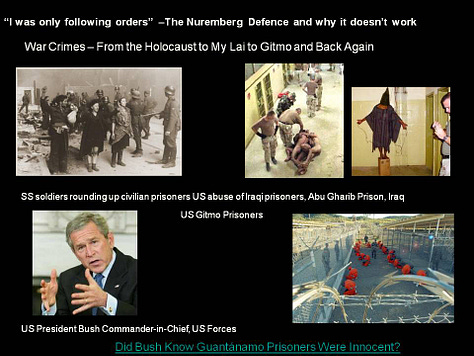
Former Abu Ghraib Interrogator: Because of Trump & Cruz, Door Still “Wide Open” for U.S. to Torture
A Torturer’s Confession: Former Abu Ghraib Interrogator Speaks Out
American Torture: From the Cold War to Abu Ghraib and Beyond
Alfred McCoy, Back to the Future in Torture Policy - TomDispatch.com
From Vietnam War Resistance and the Mideast: More Soldiers in Revolt
Rules of Engagement
Jason Lemieux Rules of Engagement
Adam Kokesh Rules of Engagement
Jason Hurd Rules of Engagement
Hart Viges Rules of Engagement
Winter Soldier | Iraq Veterans Against the War (ivaw.org)
Winter Soldier on the Hill: War Vets Testify Before Congress
“What Have We Been Doing?”: Decorated Veteran Aaron Hughes to Return War Medals at Anti-NATO Protest
Revolt of the Generals - Like General Butler, Today's Generals Dissent
Major General John Batiste Gives Congressional Testimony Condemning Senior Bush Administration Official's Mismanagement of the Iraq War
Major General John R.S. Batiste at the DPC Hearing
Sep 25, 2006
Major General John R.S. Batiste, U.S. Army (Ret.) was senior military assistant to then-Deputy Secretary of Defense Paul Wolfowitz and commander of the 1st Infantry Division, and served in Iraq in 2004 and 2005. This is his testimony from the DPC hearing on Capitol Hill.
Caitlin Johnstone: Tens of millions of people displaced by the ‘War On Terror’, the greatest scam ever invented
A new report from Brown University’s Costs of War project has found that at least 37 million people have been displaced as a result of America’s so-called “war on terror” since 9/11.
That is a conservative estimate of a number that may actually be somewhere between 48 million to 59 million.
That number, “at least 37 million”, happens by pure coincidence to be the exact same number of Americans reported to suffer from food insecurity because their government spends their wealth and resources killing and displacing people overseas.
This inconvenient revelation, which was actually reported on by the New York Times for once, is causing conniptions for all the right people, with the Washington Post’s neoconservative war propagandist Josh Rogin ejaculating, “The @nytimes should be ashamed for running this as ‘analysis.’ Blaming the U.S. for the displacement of 7 million Syrians is crazy and dishonest. Way to launder anti-American propaganda.”
Sure Josh, it’s not like the extremist forces who flooded Syria with the goal of toppling Damascus were backed by the US and its allies and sprung into existence as a direct result of the regional destabilization caused by western interventionism in the name of fighting terror. Oh wait no that’s exactly what happened.
Costs of War: After 9/11 Attacks, U.S. Wars Displaced at Least 37 Million People Around the World
As the United States marks 19 years since the September 11 terrorist attacks that killed nearly 3,000 people, a new report finds at least 37 million people in eight countries have been displaced since the start of the so-called global war on terrorism since 2001. The Costs of War Project at Brown University also found more than 800,000 people have been killed since U.S. forces began fighting in Afghanistan, Iraq, Syria, Pakistan and Yemen, at a cost of $6.4 trillion to U.S. taxpayers. “The U.S. has played a disproportionate role in waging war, in launching war and in perpetuating war over the last 19 years,” says report co-author David Vine, a professor of anthropology at American University
Official review exposes how US reconstruction of Afghanistan was built on death, fraud and lies 19 Aug, 2021
Where has the money gone? - Report
The bulk of the money spent in Afghanistan has been on counter-insurgency operations, and on the needs of troops such as food, clothing, medical care, special pay and benefits.
The U.S. Still Spends More on Its Military Than Over 144 Nations Combined
https://watson.brown.edu/costsofwar/
Afghanistan war cost more than $2T and 240,000 lives, report
The Costs of War Project estimates nearly $300 billion spent so far on caring for Afghanistan veterans. (Cpl. Alejandro Pena/Marine Corps)
16 Aug, 2021
Afghanistan's President Ashraf Ghani addresses the nation in a message in Kabul, Afghanistan August 14, 2021. © Afghan Presidential Palace/Handout via REUTERS
The Western-backed former Afghan leader, Ashraf Ghani, departed his country with so much money that it couldn’t all fit on his helicopter, and he was forced to leave some cash at the airport, the Russian Embassy in Kabul has said.
Speaking to RIA Novosti, its spokesman Nikita Ishchenko dubbed Ghani’s escape an “eloquent characterization” of the fall of the “regime.”
“Four cars were stuffed with money. [They] tried to fit all the money on the helicopter, but not all of it fit. Some of the money was left lying on the tarmac,” he explained, without elaborating how he obtained the information.
Costs of the Afghanistan war, in lives and dollars
At just short of 20 years, the now-ending U.S. combat mission in Afghanistan was America’s longest war. Ordinary Americans tended to forget about it, and it received measurably less oversight from Congress than the Vietnam War did. But its death toll is in the many tens of thousands. And because the U.S. borrowed most of the money to pay for it, generations of Americans will be burdened by the cost of paying it off.
Here’s a look at the U.S.-led war in Afghanistan, by the numbers, as the Taliban in a lightning offensive take over much of the country before the United States’ Aug. 31 deadline for ending its combat role and as the U.S. speeds up American and Afghan evacuations.
Much of the data below is from Linda Bilmes of Harvard University’s Kennedy School and from the Brown University Costs of War project. Because the United States between 2003 and 2011 fought the Afghanistan and Iraq wars simultaneously, and many American troops served tours in both wars, some figures as noted cover both post-9/11 U.S. wars.
American service members killed in Afghanistan through April: 2,448.
U.S. contractors: 3,846.
Afghan national military and police: 66,000.
Other allied service members, including from other NATO member states: 1,144.
Afghan civilians: 47,245.
Taliban and other opposition fighters: 51,191.
Aid workers: 444.
Journalists: 72.
At just short of 20 years, the now-ending U.S. combat mission in Afghanistan was America’s longest war. Ordinary Americans tended to forget about it, and it received measurably less oversight from Congress than the Vietnam War did. But its death toll is in the many tens of thousands. And because the U.S. borrowed most of the money to pay for it, generations of Americans will be burdened by the cost of paying it off.
Here’s a look at the U.S.-led war in Afghanistan, by the numbers, as the Taliban in a lightning offensive take over much of the country before the United States’ Aug. 31 deadline for ending its combat role and as the U.S. speeds up American and Afghan evacuations.
Much of the data below is from Linda Bilmes of Harvard University’s Kennedy School and from the Brown University Costs of War project. Because the United States between 2003 and 2011 fought the Afghanistan and Iraq wars simultaneously, and many American troops served tours in both wars, some figures as noted cover both post-9/11 U.S. wars.
THE LONGEST WAR:
Percentage of U.S. population born since the 2001 attacks plotted by al-Qaida leaders who were sheltering in Afghanistan: Roughly one out of every four.
American service members killed in Afghanistan through April: 2,448.
U.S. contractors: 3,846.
Afghan national military and police: 66,000.
Other allied service members, including from other NATO member states: 1,144.
Afghan civilians: 47,245.
Taliban and other opposition fighters: 51,191.
Aid workers: 444.
Journalists: 72.
AFGHANISTAN AFTER NEARLY 20 YEARS OF U.S. OCCUPATION:
Percentage drop in infant mortality rate since U.S., Afghan and other allied forces overthrew the Taliban government, which had sought to restrict women and girls to the home: About 50.
Percentage of Afghan teenage girls able to read today: 37.
Date Congress authorized U.S. forces to go after culprits in Sept. 11, 2001, attacks: Sept. 18, 2001.
Number of times U.S. lawmakers have voted to declare war in Afghanistan: 0.
Number of times lawmakers on Senate Appropriations defense subcommittee addressed costs of Vietnam War, during that conflict: 42
Number of times lawmakers in same subcommittee have mentioned costs of Afghanistan and Iraq wars, through mid-summer 2021: 5.
Number of times lawmakers on Senate Finance Committee have mentioned costs of Afghanistan and Iraq wars since Sept. 11, 2001, through mid-summer 2021: 1.
PAYING FOR A WAR ON CREDIT, NOT IN CASH:
Amount President Harry Truman temporarily raised top tax rates to pay for Korean War: 92%.
Amount President Lyndon Johnson temporarily raised top tax rates to pay for Vietnam War: 77%.
Amount President George W. Bush cut tax rates for the wealthiest, rather than raise them, at outset of Afghanistan and Iraq wars: At least 8%.
Estimated amount of direct Afghanistan and Iraq war costs that the United States has debt-financed as of 2020: $2 trillion.
THE WARS END. THE COSTS DON’T:
Amount Bilmes estimates the United States has committed to pay in health care, disability, burial and other costs for roughly 4 million Afghanistan and Iraq veterans: more than $2 trillion.
Period those costs will peak: after 2048.
New Multipolar World Arising
What the Historical Record of USNSS Intervention seems to reveal
Wherever Americans go, catastrophe is sure to follow…
There was once a saying by an American army officer in Vietnam who was cited as saying something similar back then:
“Wherever Americans go, communism is sure to follow…” April 30, 1975 seemed to have proven that saying correct. What he meant was that USNSS hegemony was premised on its own strategic selfish interests in order to gain access to resource rich markets in the Global South while supporting corrupt rightwing torture-terror regimes. Today, the strategy no longer can be maintained with a straight face. The gig is up on USNSS empire.
Yet the USNSS empire remains an atrocity generating institution. A rogue empire swaggering around the global in search of new enemies to target along with coveted strategic resources in which to enrich the imperial homeland.
But for how long now that since the US-backed Ukraine “Euromaidan Color Coup”, aka, “Color Revolution” of 2014 and the relentless expansion of NATO eastward?
2022 was the year the old USNSS unipolar world self-declared US “rules based order” started changing into today’s emerging multipolar/multilateral world under the aegis of the Russian-China Eurasian Alliance with its Global South partners following suit.
Both Russia and China along with the Global South know too well both Sgt. Hollis’ war and Butler’s imperial experience as a foot soldier doing the dirty work of US empire. History is returning with a vengeance.
The Global South has a long memory.
Maybe its time to end empire and become a true democracy.
Maybe Butler was correct… remember Past is Prologue.
"War is a Racket"
by Major General Smedley Butler on US Empire & Interventionism
Left to right -Capt F.H. Delano, SgtMaj John H. Quick, LtCol W.C. Neville, Col J.A. Lejeune, and Maj S.D. Butler in Vera Cruz, Mexico
Smedley Darlington Butler, Major General -United States Marine Corps [Retired], was born in West Chester, Pa., July 30, 1881, educated at Haverford School, married Ethel C. Peters, of Philadelphia, June 30, 1905. He was awarded two congressional medals of honor, for capture of Vera Cruz, Mexico, 1914, and for capture of Ft. Riviere, Haiti, 1917.
He was also awarded the Distinguished Service Medal in 1919. He joined the Marine Corps when the Spanish American War broke out, earned the Brevette Medal during the Boxer Rebellion in China, saw action in Central America, and in France during World War I was promoted to Major General. Smedley Butler served his country for 34 years, yet he spoke against American armed intervention into the affairs of sovereign nations. Throughout his life, Butler demonstrated that true patriotism does not mean blind allegiance to government policies with which one does not agree. In Oct. 1, 1931 General Butler retired
War Is a Racket (Excerpt)
Smedley Butler on Interventionism
-- Excerpt from a speech delivered in 1933, by Major General Smedley Butler, USMC.
War is just a racket. A racket is best described, I believe, as something that is not what it seems to the majority of people. Only a small inside group knows what it is about. It is conducted for the benefit of the very few at the expense of the masses.
I believe in adequate defense at the coastline and nothing else. If a nation comes over here to fight, then we'll fight. The trouble with America is that when the dollar only earns 6 percent over here, then it gets restless and goes overseas to get 100 percent. Then the flag follows the dollar and the soldiers follow the flag.
I wouldn't go to war again as I have done to protect some lousy investment of the bankers. There are only two things we should fight for. One is the defense of our homes and the other is the Bill of Rights. War for any other reason is simply a racket.
There isn't a trick in the racketeering bag that the military gang is blind to. It has its "finger men" to point out enemies, its "muscle men" to destroy enemies, its "brain men" to plan war preparations, and a "Big Boss" Super-Nationalistic-Capitalism.
It may seem odd for me, a military man to adopt such a comparison. Truthfulness compels me to. I spent thirty- three years and four months in active military service as a member of this country's most agile military force, the Marine Corps. I served in all commissioned ranks from Second Lieutenant to Major-General. And during that period, I spent most of my time being a high class muscle-man for Big Business, for Wall Street and for the Bankers. In short, I was a racketeer, a gangster for capitalism.
I suspected I was just part of a racket at the time. Now I am sure of it. Like all the members of the military profession, I never had a thought of my own until I left the service. My mental faculties remained in suspended animation while I obeyed the orders of higher-ups. This is typical with everyone in the military service.
I helped make Mexico, especially Tampico, safe for American oil interests in 1914. I helped make Haiti and Cuba a decent place for the National City Bank boys to collect revenues in. I helped in the raping of half a dozen Central American republics for the benefits of Wall Street. The record of racketeering is long. I helped purify Nicaragua for the international banking house of Brown Brothers in 1909-1912 (where have I heard that name before?). I brought light to the Dominican Republic for American sugar interests in 1916. In China I helped to see to it that Standard Oil went its way unmolested.
During those years, I had, as the boys in the back room would say, a swell racket. Looking back on it, I feel that I could have given Al Capone a few hints. The best he could do was to operate his racket in three districts. I operated on three continents.
WAR IS A RACKET. IT ALWAYS HAS BEEN.
Related news/sources:
Rise of the US Cold War, continue reading:
U.S. National Security State Imperialism Interference and Exploitation






